In latе 2019, U.S. govеrnmеnt agеnciеs facеd onе of thе most sophisticatеd cybеrattacks in history whеn Russian intеlligеncе dеployеd a Trojan virus through a third-party nеtwork managеmеnt solution. Thе attackеrs еxploitеd unvеrifiеd softwarе, gaining briеf rеmotе accеss to sеnsitivе data, highlighting thе dangеrs of unchеckеd digital vulnеrabilitiеs. Whilе largе-scalе brеachеs likе this arе rarе, sеcurity incidеnts happеn еvеry day. This is whеrе VAPT (Vulnеrability Assеssmеnt and Pеnеtration Tеsting) plays a crucial rolе. Implеmеnting VAPT is a smart, proactivе stratеgy to idеntify and fix potеntial wеaknеssеs—hеlping protеct your businеss from bеcoming anothеr data brеach statistic.
Let’s examine what VAPT implies in the framework of cybersecurity, its fundamental ideas, benefits, and beginner tips.
What is VAPT?
Using a variety of tools or approaches, vulnerability assessment and penetration testing (VAPT) in cybersecurity is a technique used to find and evaluate security vulnerabilities throughout systems and programs. Offering a holistic approach to enhance the general security posture, VAPT is an umbrella term linking two elements of security: detection (vulnerability assessment) and defense (penetration testing).
At a glance, types of VAPT‘s tenets are as follows:
Cybersecurity has three approaches (principles) to VAPT. Let’s rapidly get these:
White box testing
The test has a complete understanding of how the system’s components—source code, documents, inner structures, workflow—perform. This lets testers construct a granular analysis based on the results and perform tests considerably more swiftly.
Black box testing
The tester in this case is completely unaware of the features, codes, design, and architecture. The aim is to simulate actual malicious attacks; the tester creates an infiltration and evaluates the system’s reactions.
Gray box testing
Gray box testing provides some information to the tester about the application, so a balance must be struck between the two. The theory is to find errors caused by a wrong setup. Want to improve your network defenses? Get an External Network VAPT Report and learn important findings.
Read more about White box pentesting, Black box pentesting and Gray box pentesting.
Why is VAPT essential, and what are its benefits?
VAPT helps IT teams spot vulnerabilities in current and new networks, apps, and assets. Usually carried out before new releases/products that are accessible for use at scale are sent out, this exercise helps to determine if they are ready. Malicious players seek loopholes to attack IT systems and compromise their confidentiality and integrity.
Every day, new defense systems are introduced to counter constantly changing threats. Cybercriminals become adept at circumventing traditional VAPT guidelines and finding the latest ways to access protected systems as cyber defenses become more advanced. Your team has to remain ahead in the game by using future-first VAPT solutions to prevail against harmful cyber criminals.
VAPT in cyber security is no longer merely to keep Cybercriminals away. Alarmed by the staggering number of incidents all around, legislative systems and laws have added several security-related requirements; VAPT is one of them. PCI DSS stipulates a need to regularly conduct VAPT and show a security posture, including technical measures based on the results of the VAPT study.
One of the best habits is to fix gaps as discovered instead of acting afterward. Proactively correcting hazards in your product with VAPT assessment helps you avoid having to handle them after a breach attempt. An IBM research reveals that many companies learned this the hard way since 57% of them had to raise their service cost to make up for the damage brought by a data breach.
Types of Vulnerability Assessment and Penetration Testing
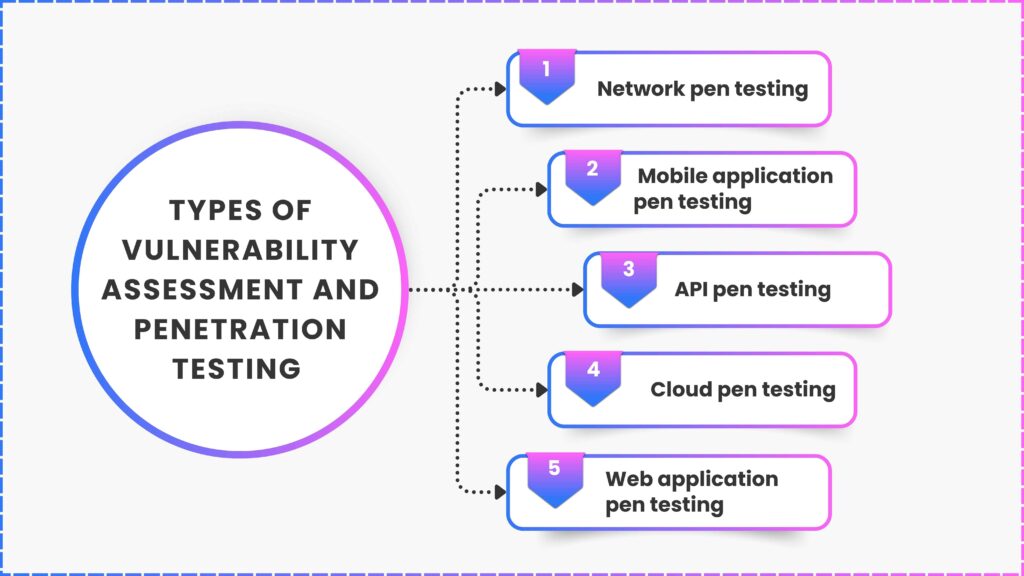
A general phrase with several applications throughout your IT environment, Vulnerability Assessment and Penetration Testing is among the most often included assets in the scope of a VAPT instance:
1. Network pen testing
Network pen testing offers knowledge about the security vulnerabilities of your company’s network and related systems, including routers, firewalls, DNS, etc. Searching the network for flaws reveals deficits, including firewall strength, compliance needs, and security concerns in confidential information.
2. Mobile application pen testing
Mobile application pen testing finds weaknesses and flaws in native, hybrid, and progressive web applications. A good pen test exposes problems, including misconfigured platform security mechanisms, unsafe data storage, weak authentication methods, low code quality, reverse engineering, and much more.
3. API pen testing
One helps to check if an application programming interface can resist a variety of attacks. Common API security testing look for shortcomings, such as excessive data exposure, security misconfiguration, inadequate asset management, inadequate monitoring, and SQL injections, can be addressed.
4. Cloud pen testing
Cloud penetration testing assesses the shortcomings of the components in your cloud infrastructure, including system settings, encryption, passwords, databases, and more. The Cloud service providers like Microsoft Azure and AWS offer policies allowing their clients to undertake security evaluations.
5. Web application pen testing
Web application pen tests assist would-be evaluators in assessing the overall posture of your databases, backend code bases, etc. Security teams can address other issues, from cross-site scripting, SQL injections, file uploads, unauthenticated access, caching server attacks, etc.
Download our Sample Penetration Testing Report to understand how vulnerabilities are reported and mitigated.
Latest Penetration Testing Report
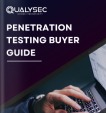
How to get started with VAPT?
You can begin VAPT both internally and externally. VAPT can be run internally by an internal resource from your organization, and the overall business environment will be scanned for the associated VAPT security weaknesses. External vulnerability scans will be provided by a contractor organization that specializes in vulnerability penetration testing of secured systems. The way VAPT runs stays the same in either case.
The VAPT process has a variety of steps to follow, and each is described here:
Define pre-test strategies
Prior to beginning your VAPT instance, it is a good practice to define the different details of the instance and assign business process owners to those details. The details are:
- Who is responsible for what?
- What operating system will you use?
- What type of testing (black/gray/white box) is provided for you?
- Do you fully understand the expectations of the client or your expectations (if this is an internal run)?
- Have you established a process for the prioritization of vulnerabilities based on risk levels? Have risk levels been assigned?
- Have you established a timeline for the execution of each phase?
- What security controls will you be putting into place to mitigate the runtime gaps?
- After completing the discovery of answers to these questions, you can begin testing.
Start scanning
Scanning is a critical part of VAPT cyber security and allows your team to see how the system or application may respond to various intrusion attempts. For scanning, you can select either static or dynamic analysis.
With Static Analysis, you analyze code or application binaries for vulnerabilities in one single swoop, without executing any code. You want to do this as early as possible in the development process.
Dynamic Analysis can be run whenever the system is up and running, with the intent to find errors in real-time, therefore exposing vulnerabilities that static testing cannot find. It takes longer to perform because of both functional and non-functional testing. Dynamic analysis is running during the later stages of development.
Engage
Now it is time for the engagement. At this point, pen testers are focusing on penetrating your system through cross-site scripting, SQL injection, exploitation scripts, custom scripts, backdoors, and so on. Testers are trying to get access to sensitive data, corrupting data, and/or trying to encrypt the data so that authorized individuals cannot access it. They can also leverage compromised systems to connect to even more systems.
Analyze
Now that you have a clear picture of your risks, you can work with your team or VAPT testing Companies to understand your gaps.
- What was the weakest point of entry?
- What levels of threats are they?
- What systems have the most vulnerabilities?
- What data is most susceptible to a breach?
- How much data can you lose in an incident?
- How long did it take to compromise the target system?
- How long does our incident management plan take now that it resumes business continuity?
Working through these questions should help your security administrators establish a solid posture.
Set up guardrails
The last phase of VAPT is remediation. It’s time to assemble your tools, build the walls, and reinforce them. Implementing security best practices that span technology, physical security, and administrative controls is an excellent way to strengthen your posture. Some recommended best practices, to name a few areas to strengthen, include management of access, ongoing monitoring, compliance automation, anti-malware solutions, encryption, sandboxes, and cloud security.
How to choose a VAPT provider?
Before you decide on your VAPT partner, consider the following aspects:
Specify your requirements, goals, and customer expectations. Exemplified by the elements like IT infrastructure, data type, and compliance standards to look at.
Find out if your partner has a track record of successfully helping launch similar businesses or products. Certification, look for the relevant certification, for example: Certified Ethical Hacker (CEH), Offensive Security Certified Professional (OSCP), or Certified Information Systems Security Professional (CISSP).
Examine your partner’s tools, technologies, and methodologies. Ask specific questions about the guides, scanners, frameworks, and processes they employ to provide end-to-end coverage.
Before you agree to the contract, examine their reporting capabilities too. Because a report can easily make or break your product. You want a detailed report listing vulnerabilities (with a C-level summary).
Conclusion
Are you aware that one of the most effective methods to increase your security roadmap is embedding a compliance framework with a full-considered set of best practices, processes, and strategies?
Qualysec, a cybersecurity company specializing in process-based penetration testing, is not only able to monitor your IT environment for VAPT information security gaps, but also can help document evidence and recommend ways you can address security loopholes.
We perform tests periodically for third-party solutions and patch vulnerabilities with defined SLAs, once we become aware of them. Additionally, we work with some of the most credible VAPT partners globally who have worked with hundreds of customers to improve security posture.
Talk to our Cybersecurity Expert to discuss your specific needs and how we can help your business.
FAQ
1. What does VAPT stand for?
VAPT stands for Vulnerability Assessment and Penetration Testing. It is a security testing process that identifies vulnerabilities in systems, networks, or applications and then attempts to exploit them to determine how effective an organization’s current security defenses are.
2. What is the difference between VAPT and Pentest?
The difference between VAPT and Pentest lies in the two disciplines. VAPT consists of both Vulnerability Assessment (where weaknesses can be found) and Penetration Testing (with a focus on finding and exploiting the weaknesses). At its simplest level, Pentesting is the “testing” component in VAPT, centered on simulating attacks to assess the security of systems or networks; VAPT more generally supports risk analysis as it can operate with open thought concepts and provide a more thorough investigation overall.
3. Who can do VAPT testing?
VAPT testing should take place, ideally, with people who have cold and/or logical expertise (to find, exploit, analyze, and deliver findings for review) in a variety of fixed and unfixed settings. Cybersecurity settings exist with no other thinking process, and use nothing other than Extreme, lateral, and situational thinking. People in different skill sets (ethical hacking, true expert networking, systems analysis, chainsaw artist, etc.) would be ideal. These professionals generally reside in a cybersecurity firm or an internal IT team and also usually have greater qualifications, such a CEH, OSCP, or CISSP.
4. What is the difference between VAPT and SOC?
VAPT operates by testing out vulnerabilities on a scheduled basis, whereas a Security Operations Center, or SOC, effectively continuously monitors networks 24/7 to detect, analyze, and respond to security threats to all technology linked to an organization.

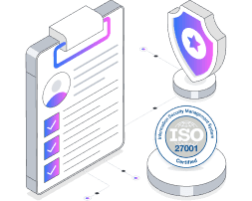



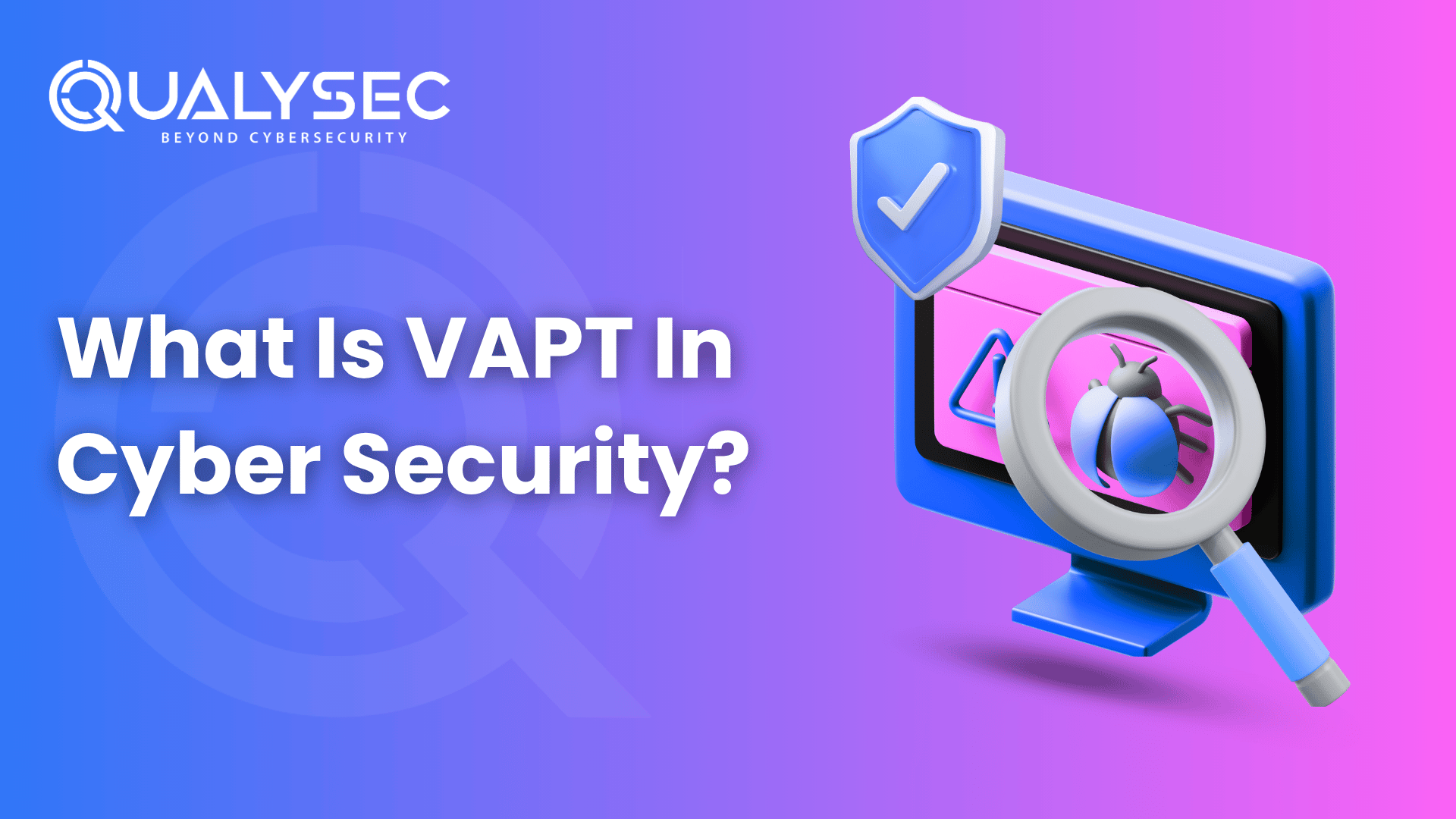




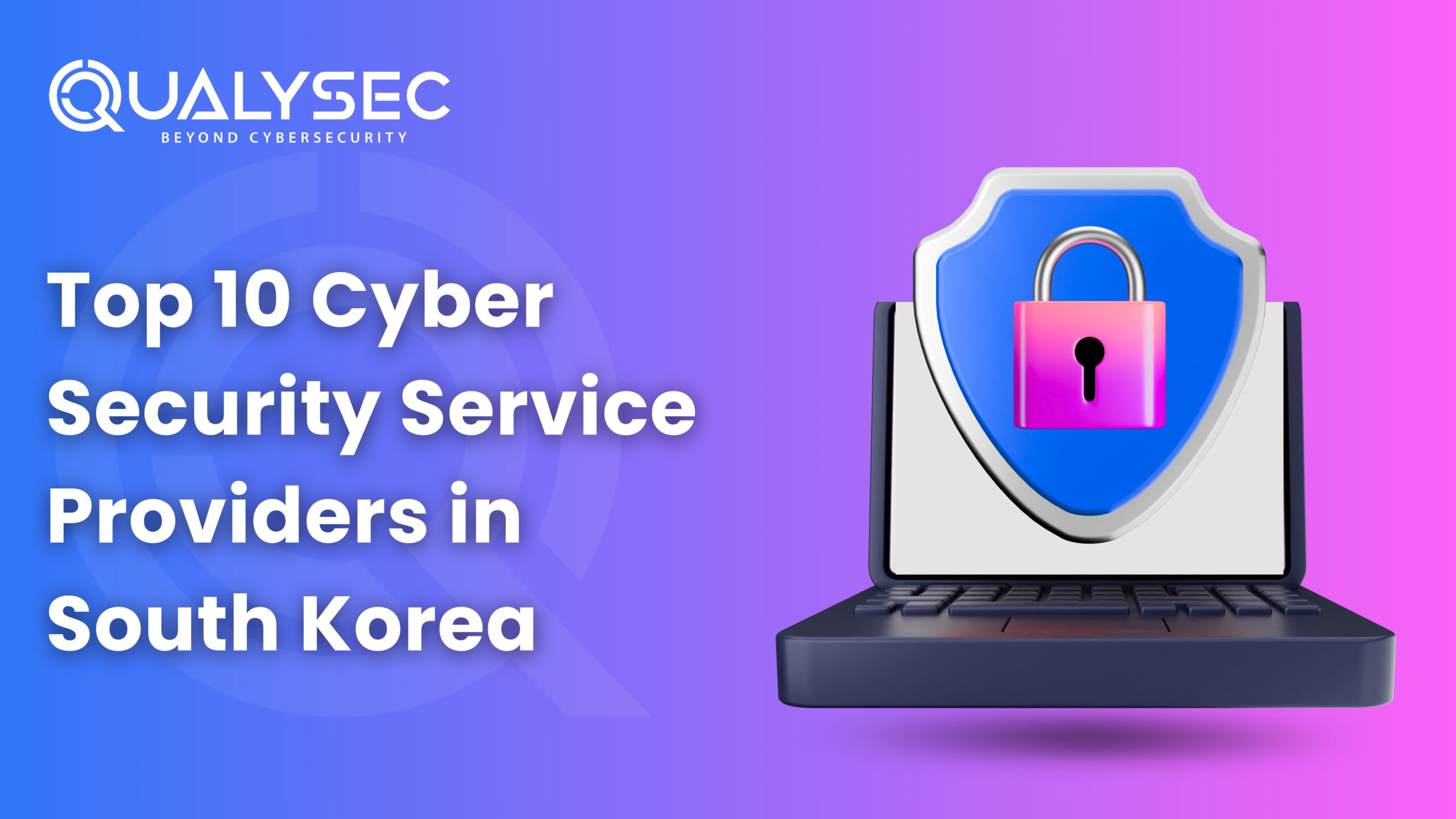

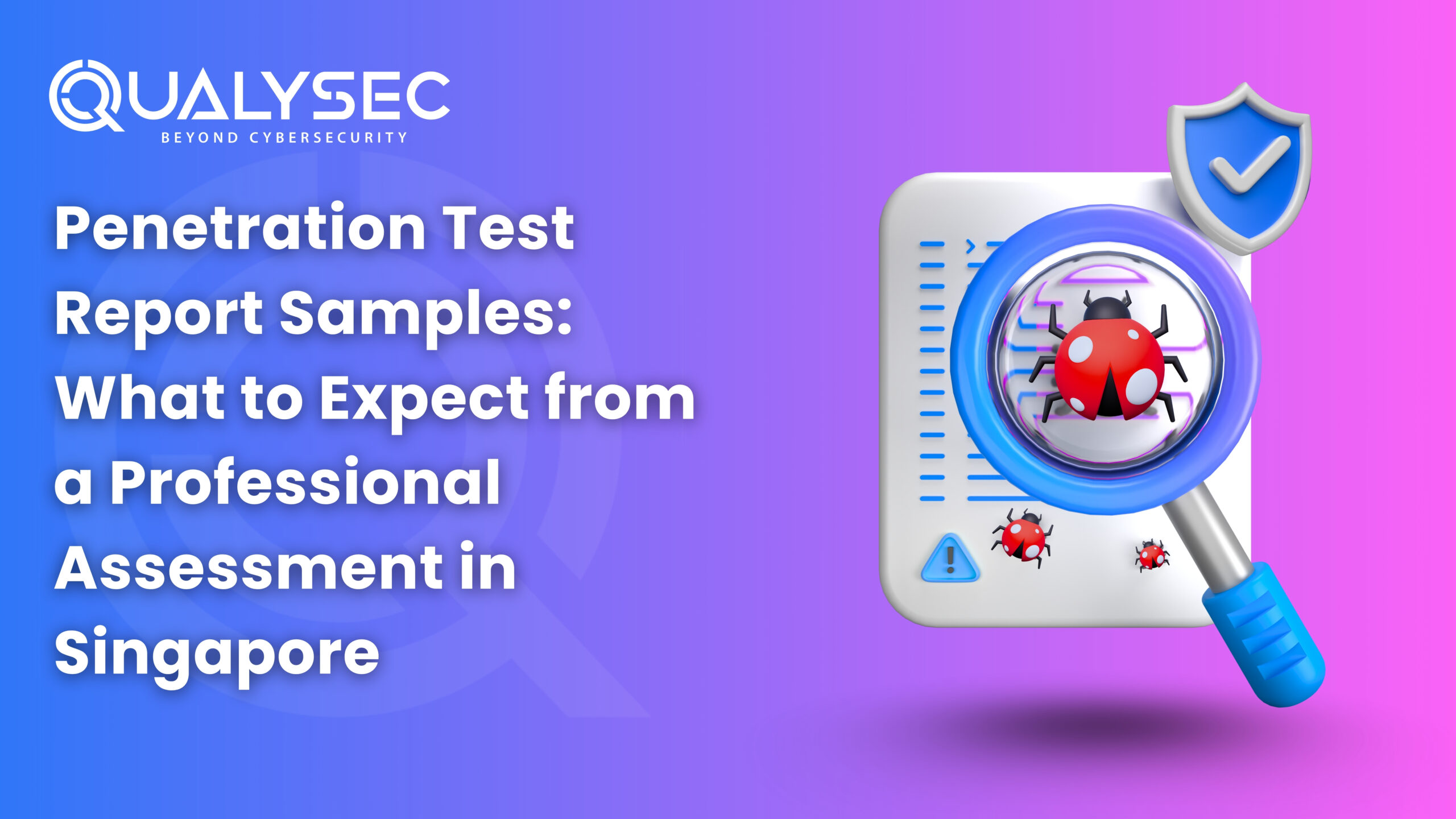

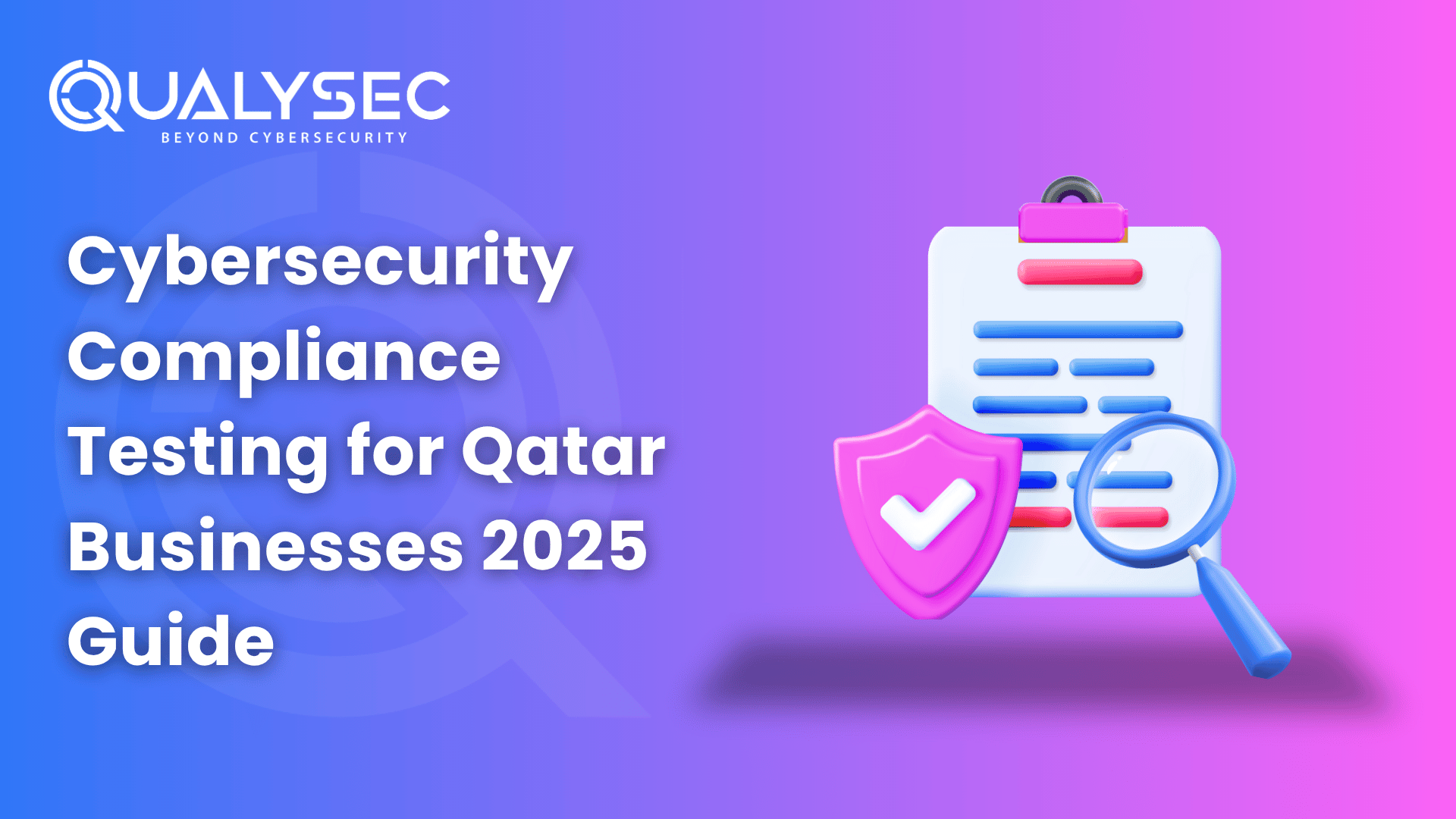
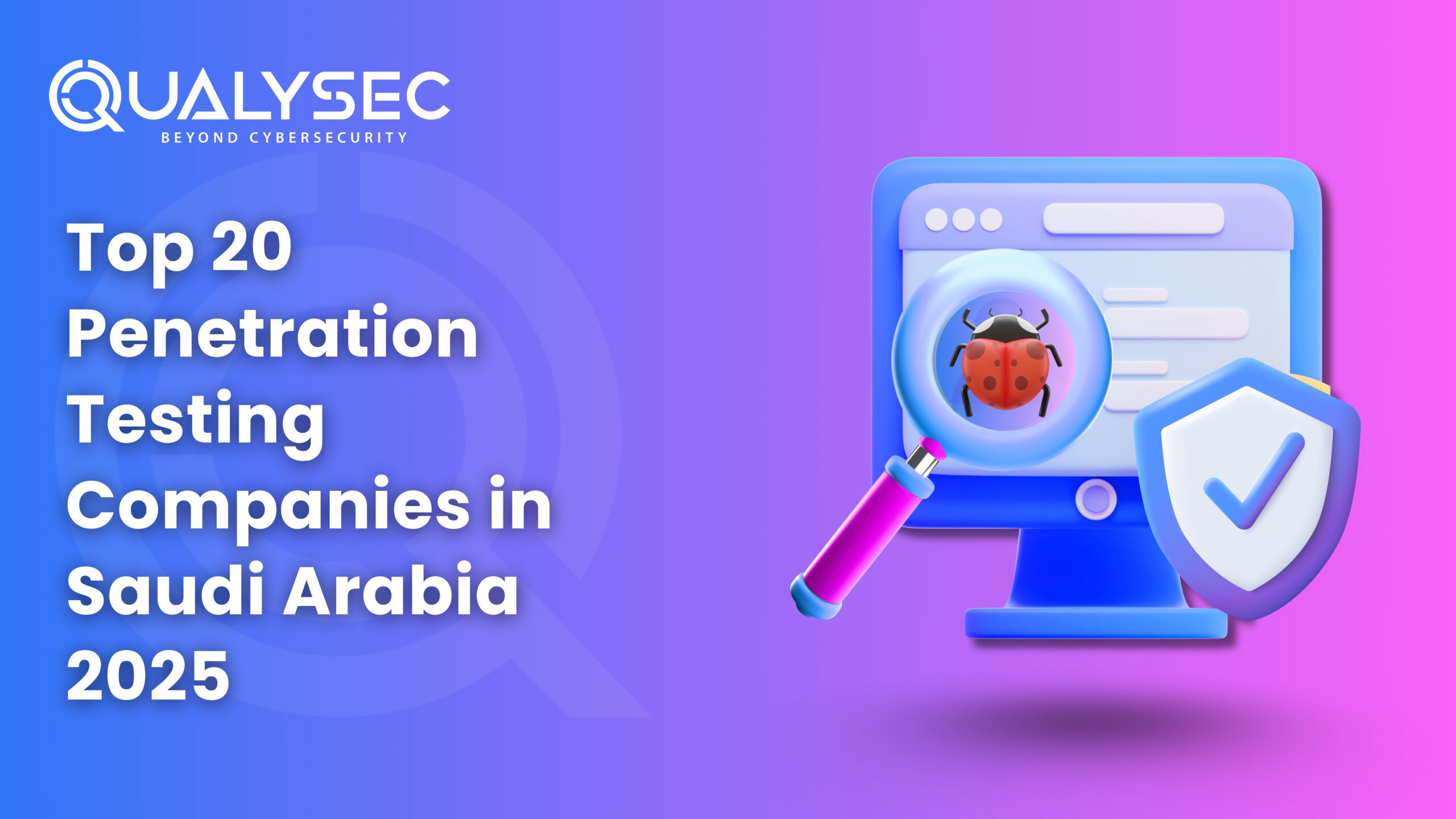
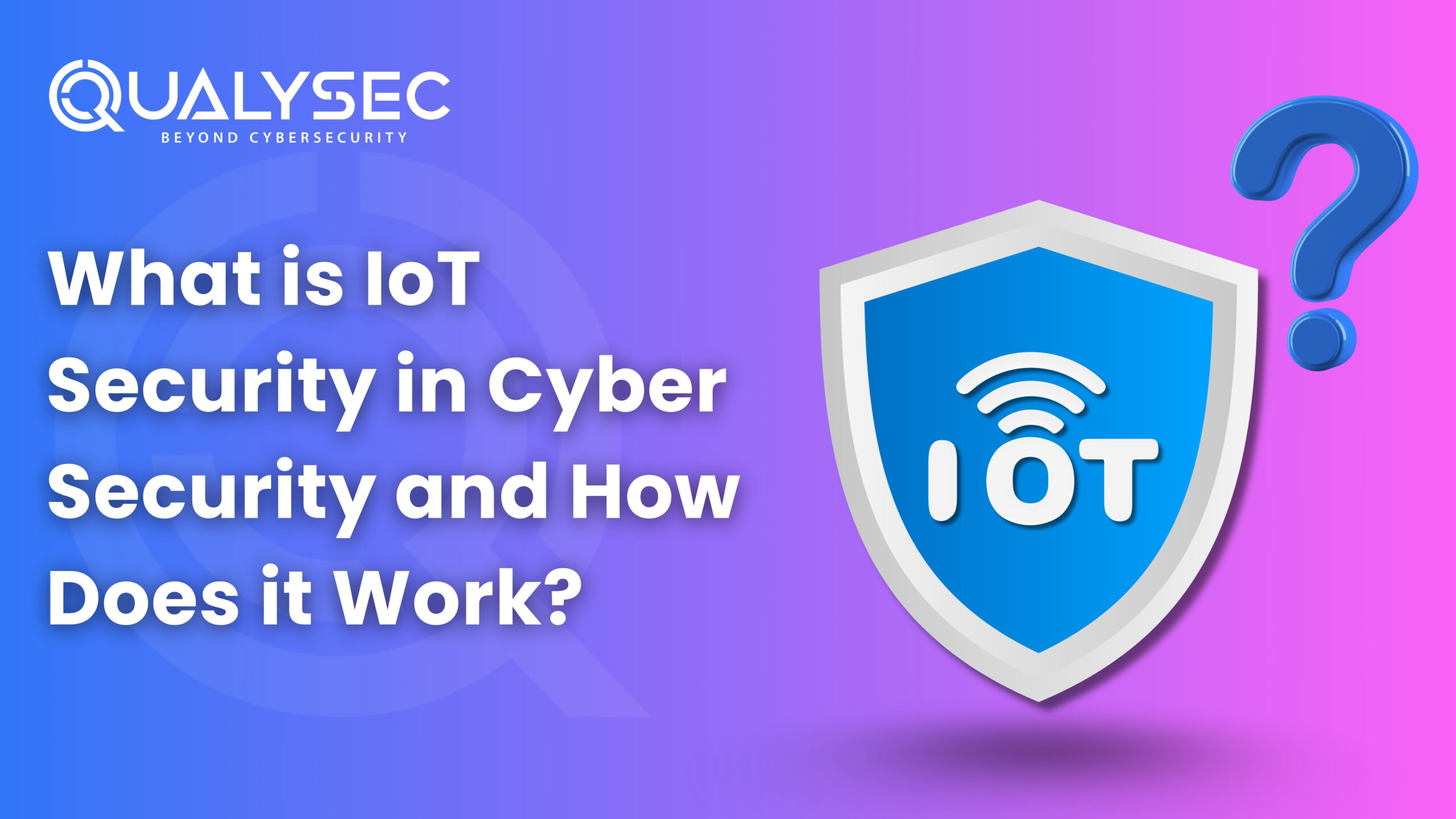
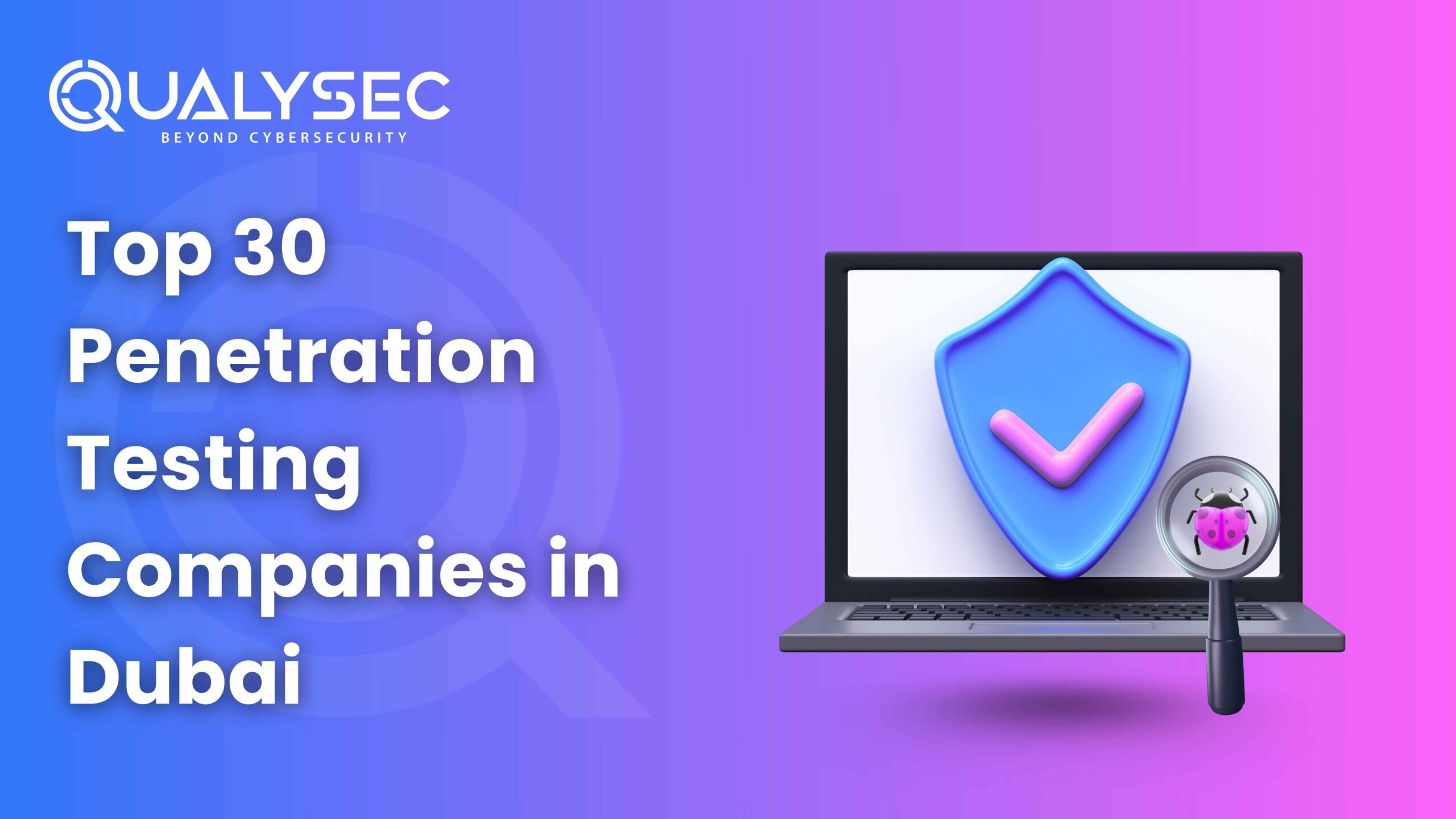

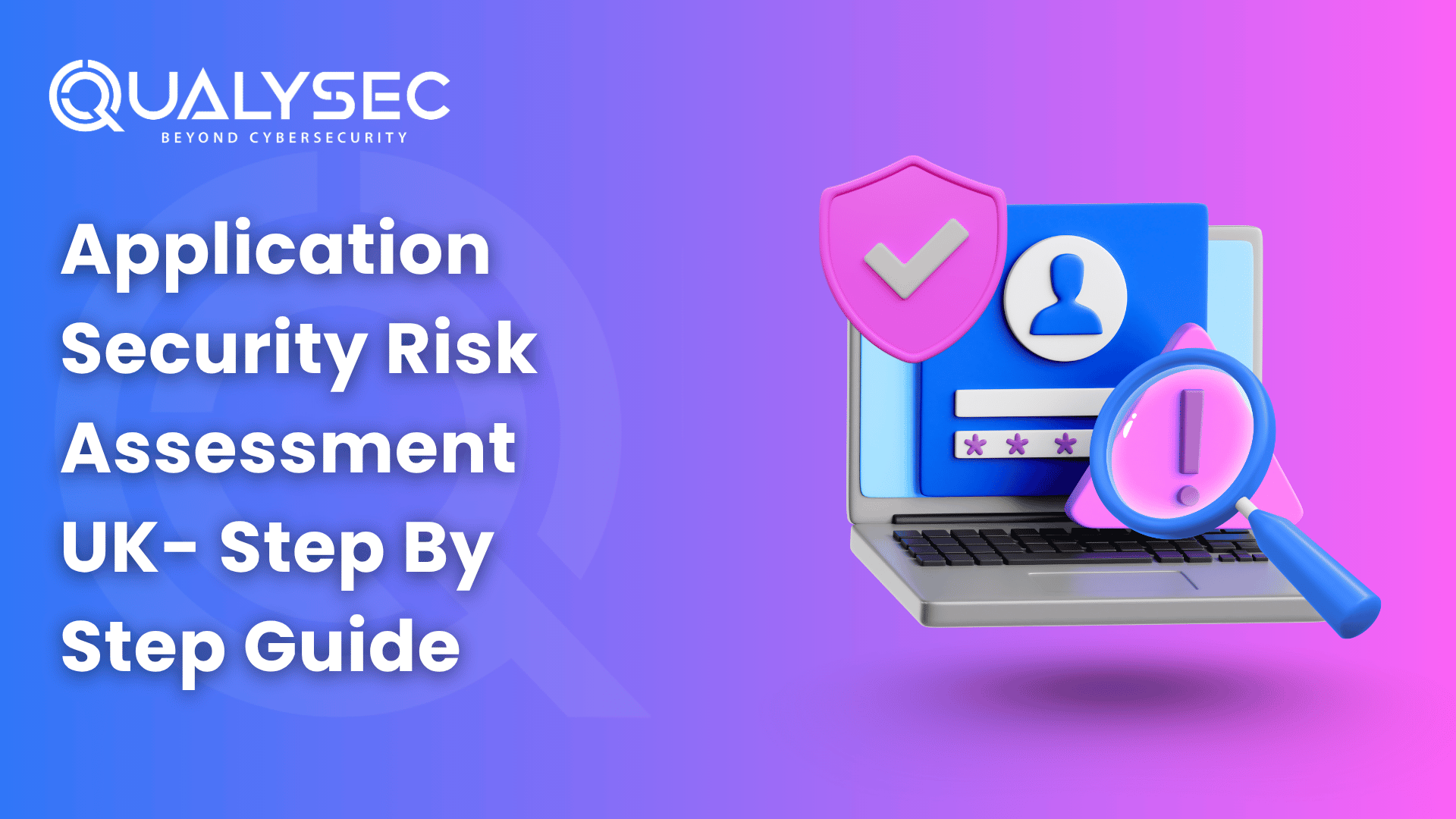


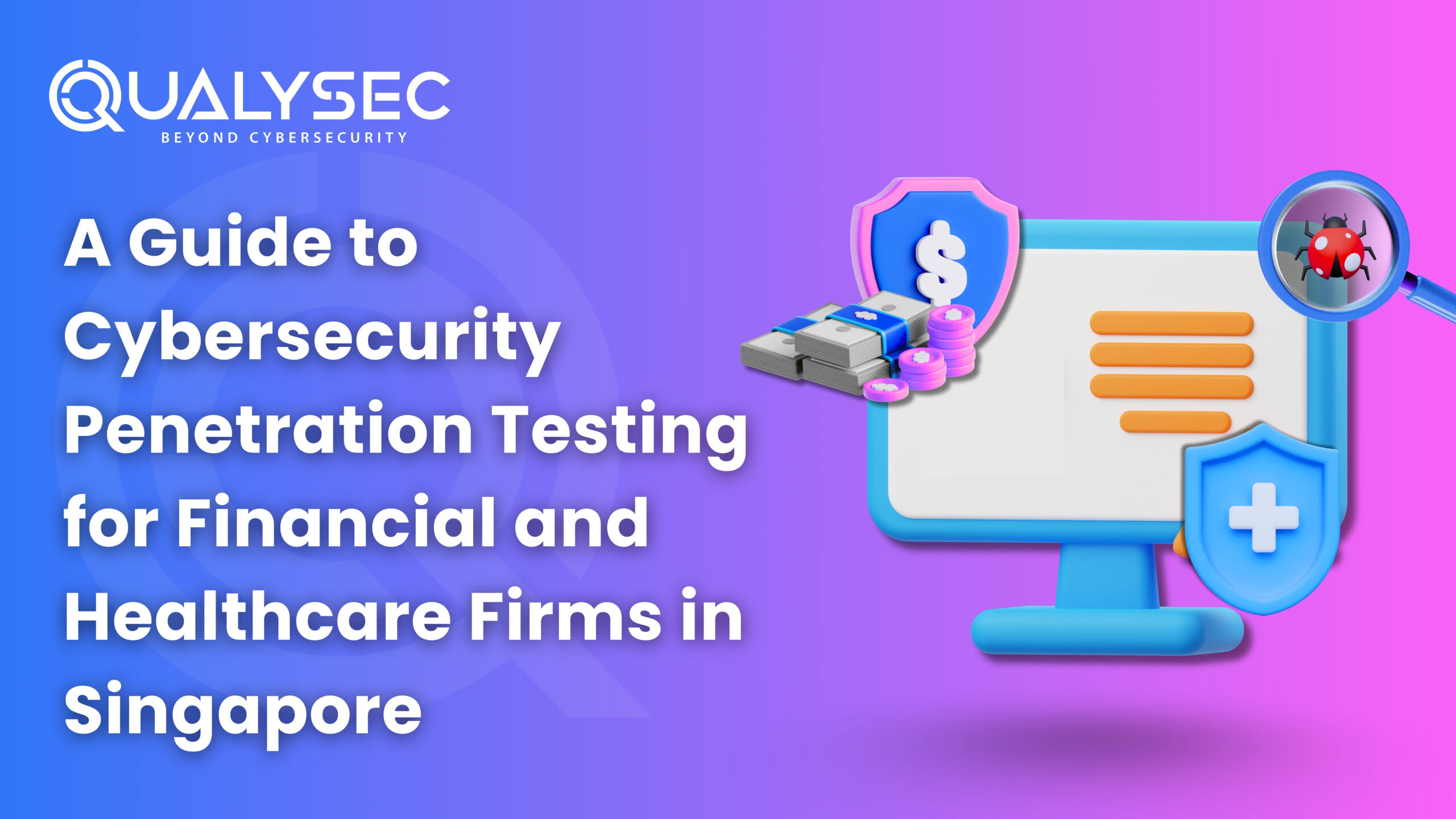

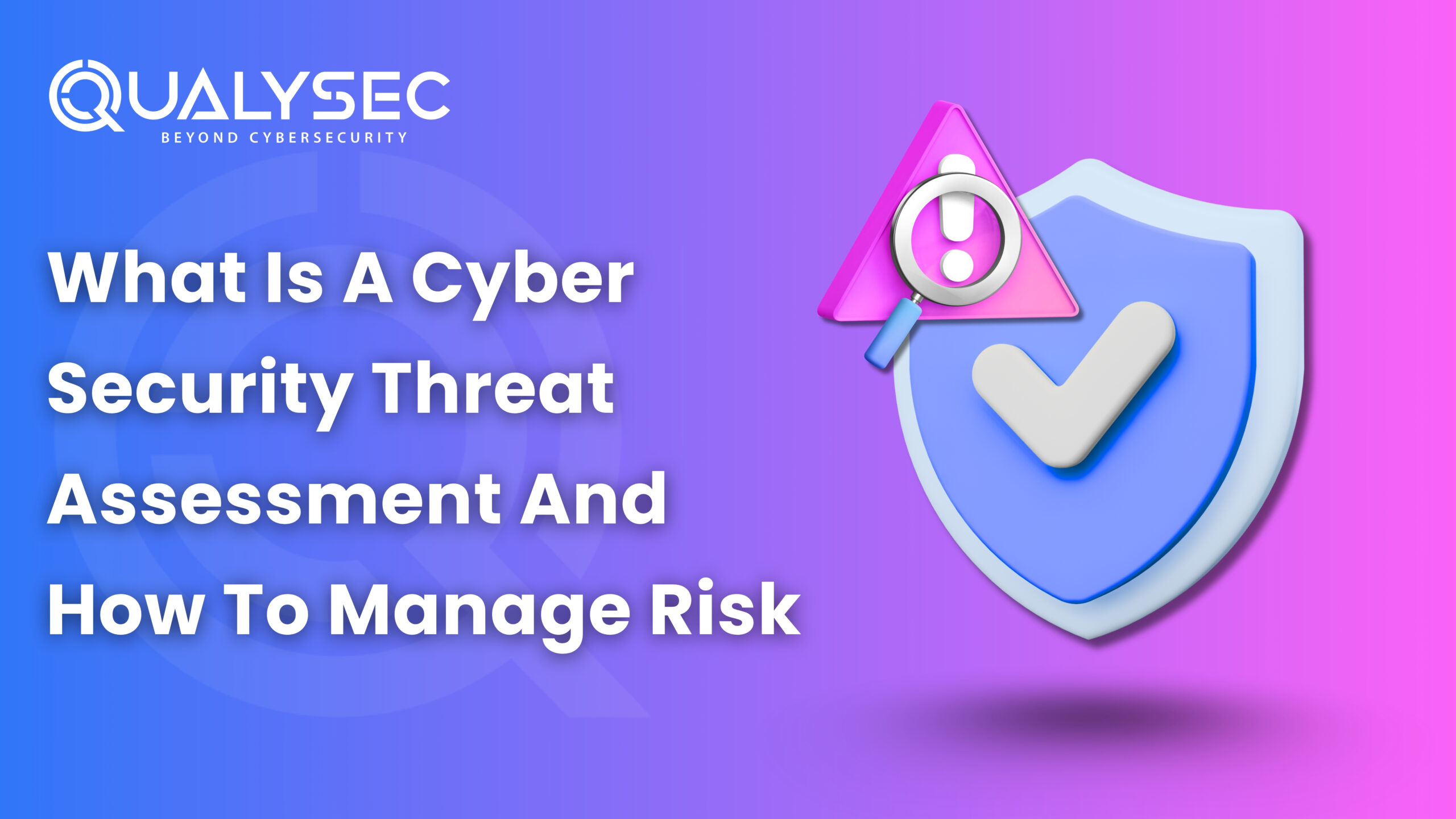



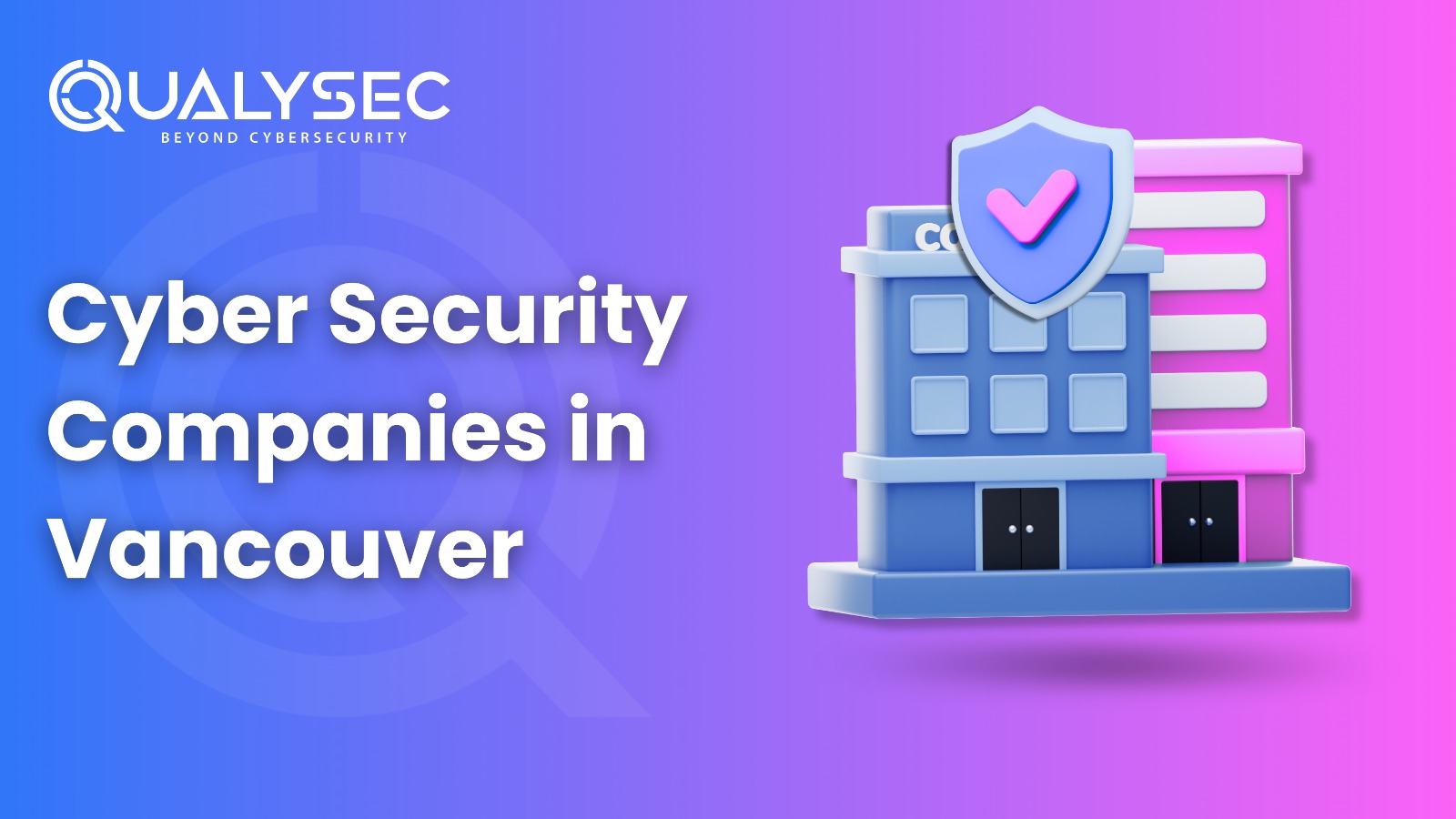
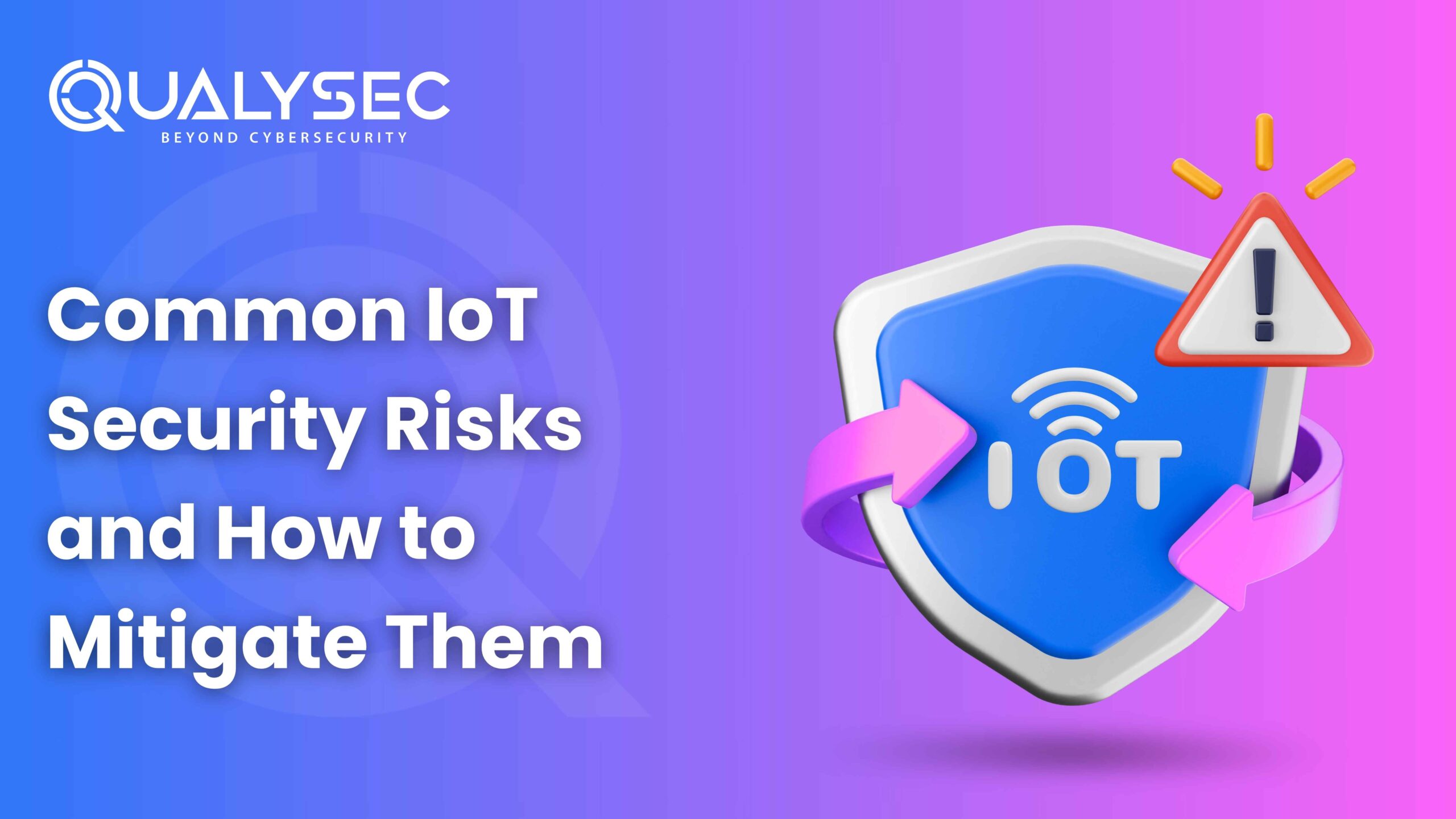
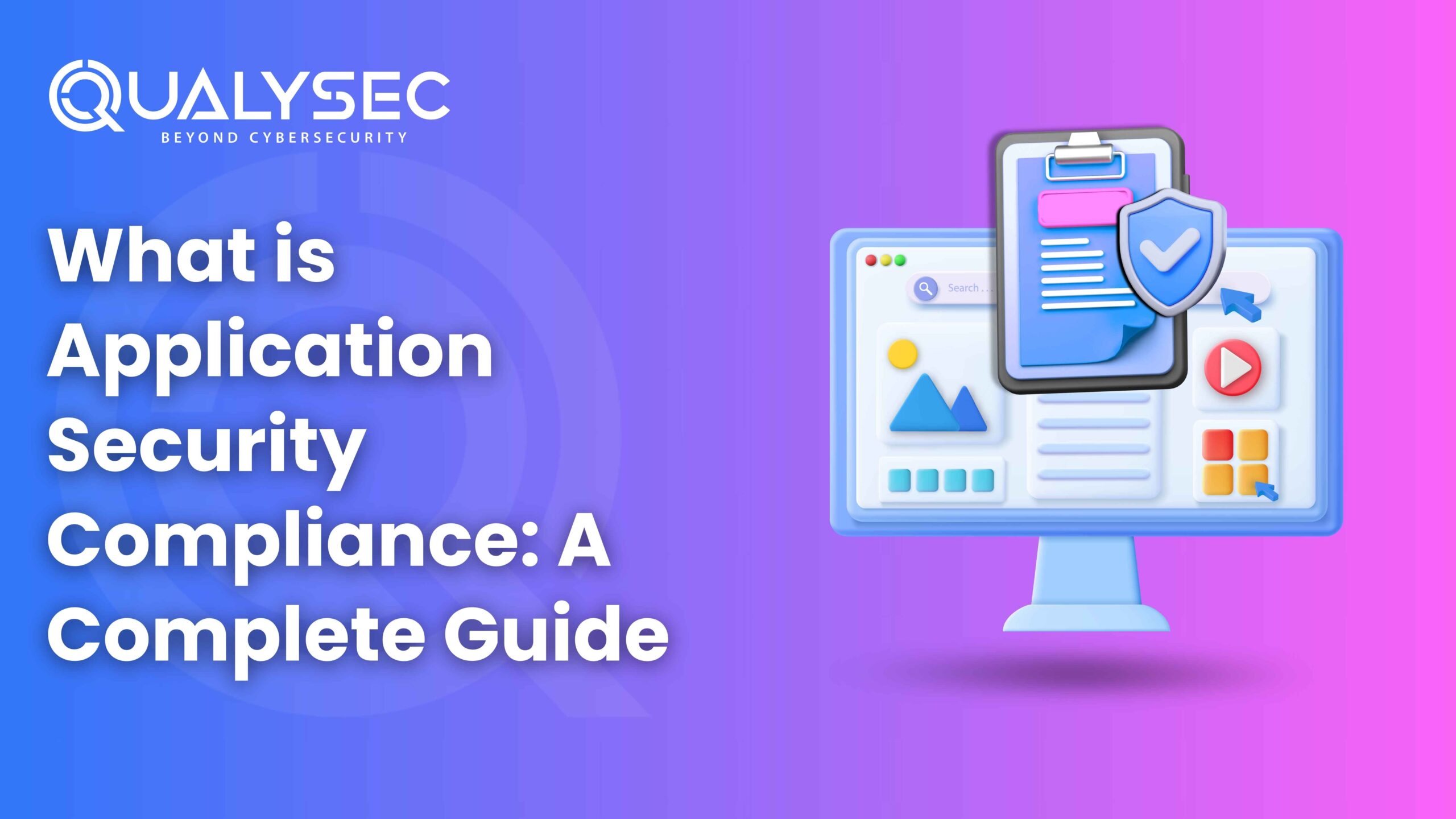
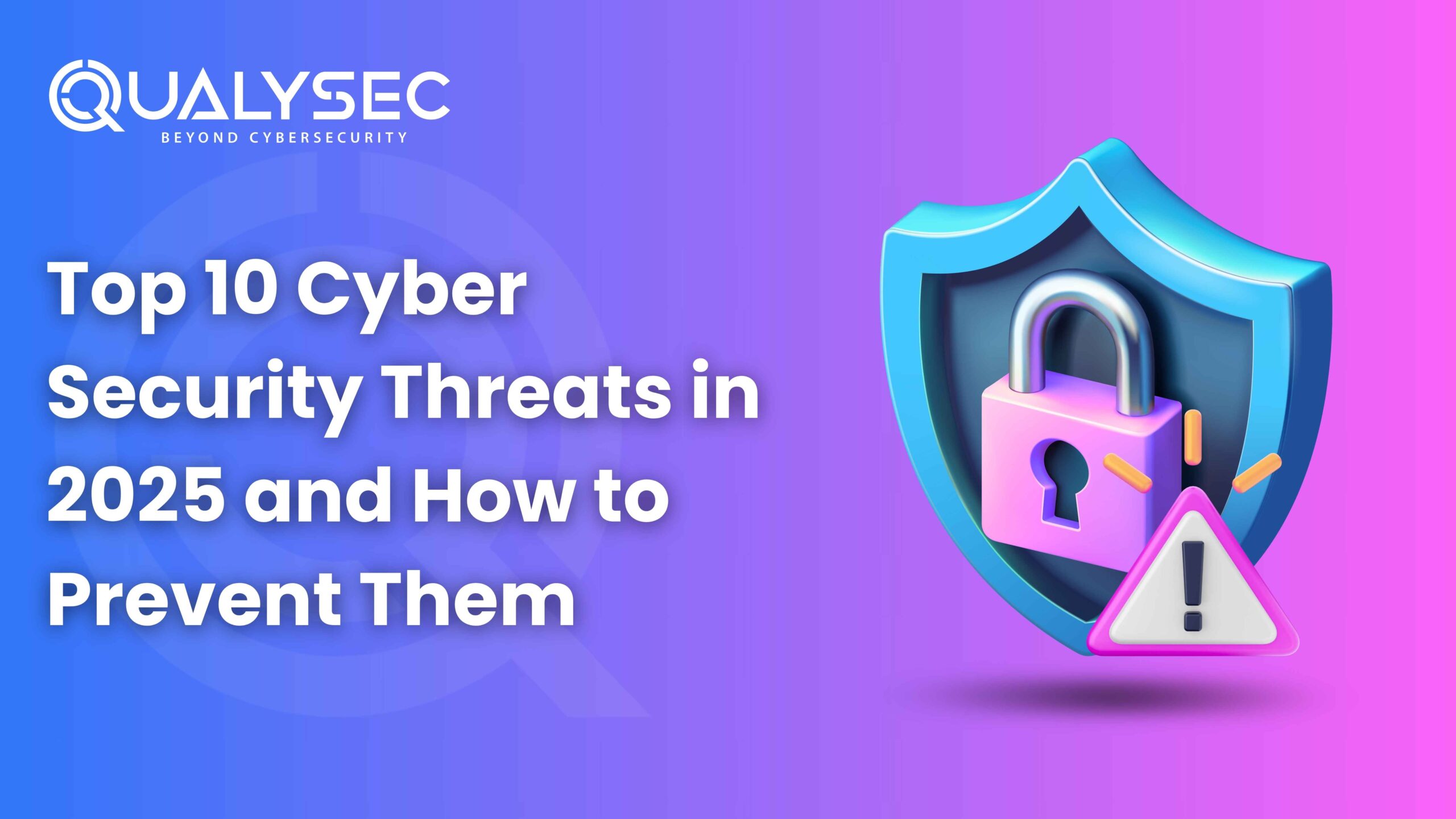
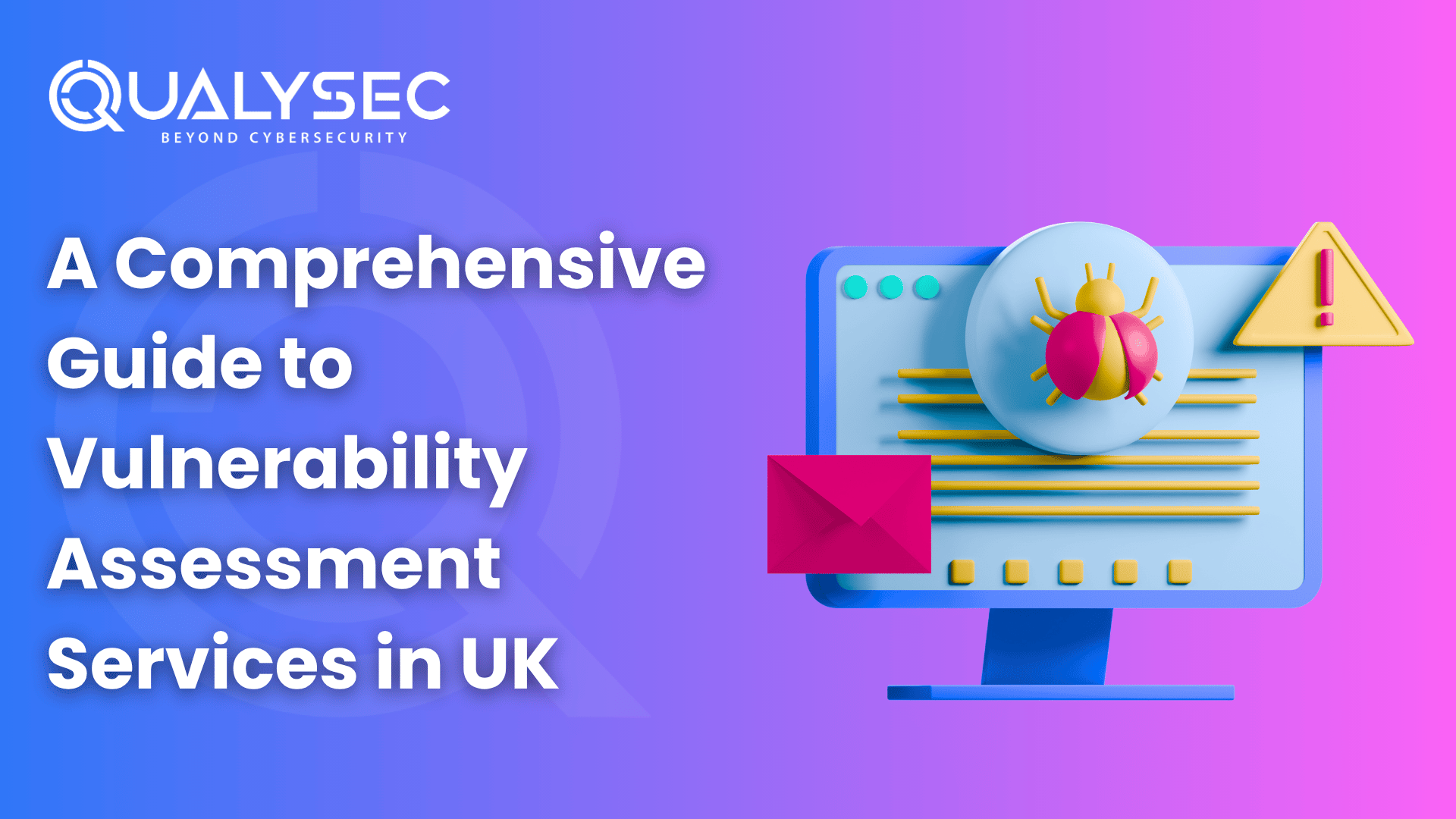
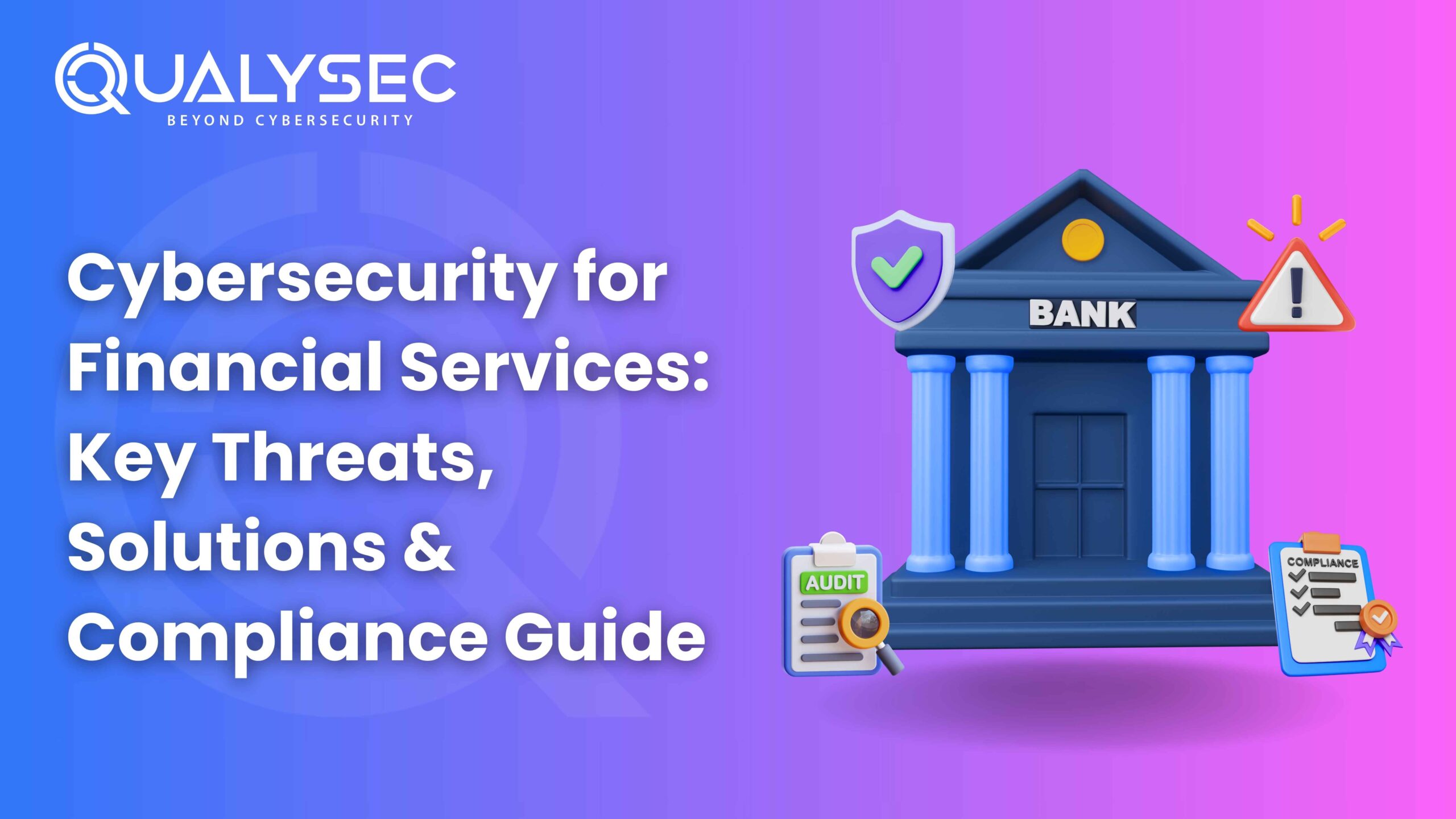
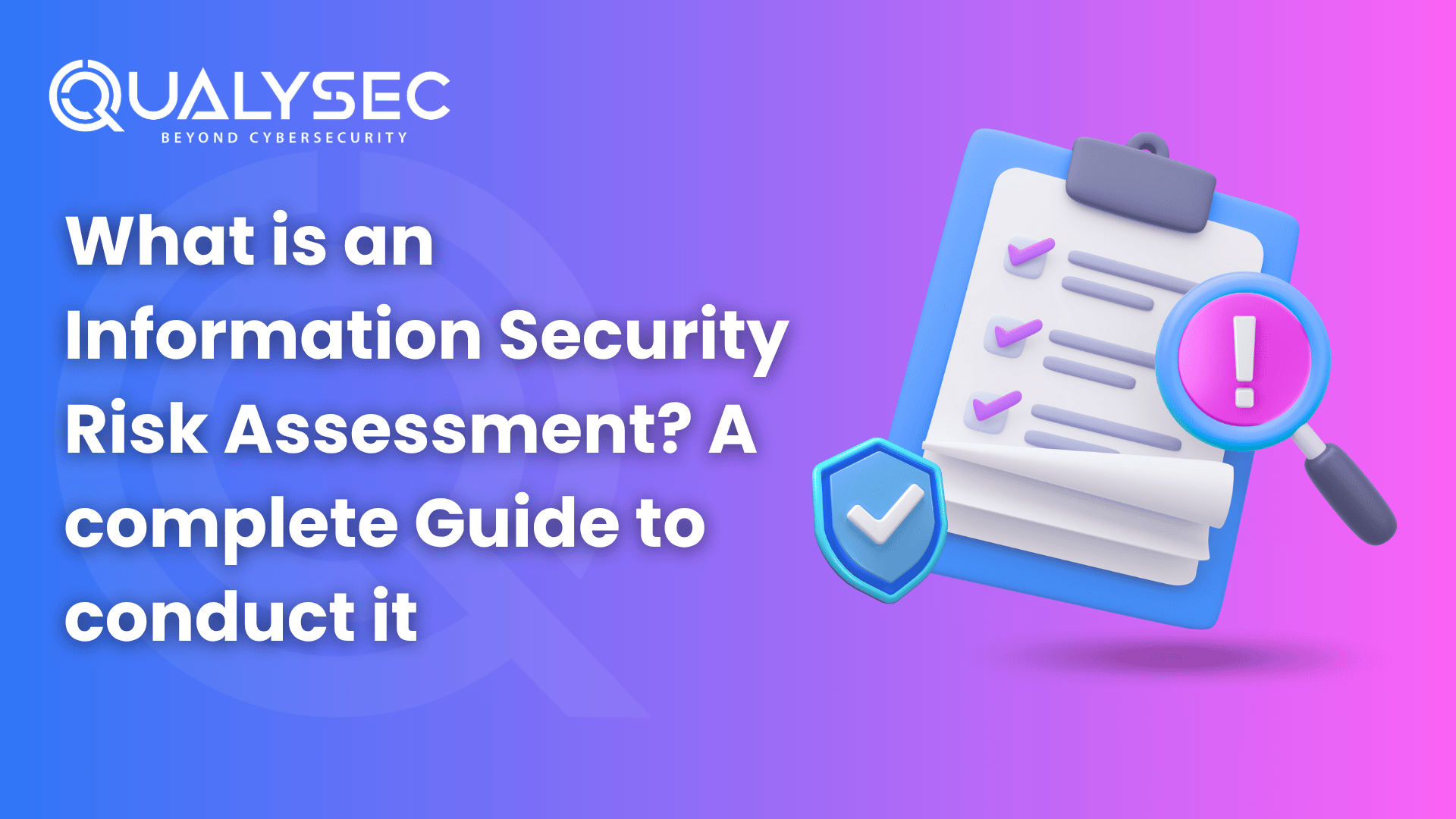
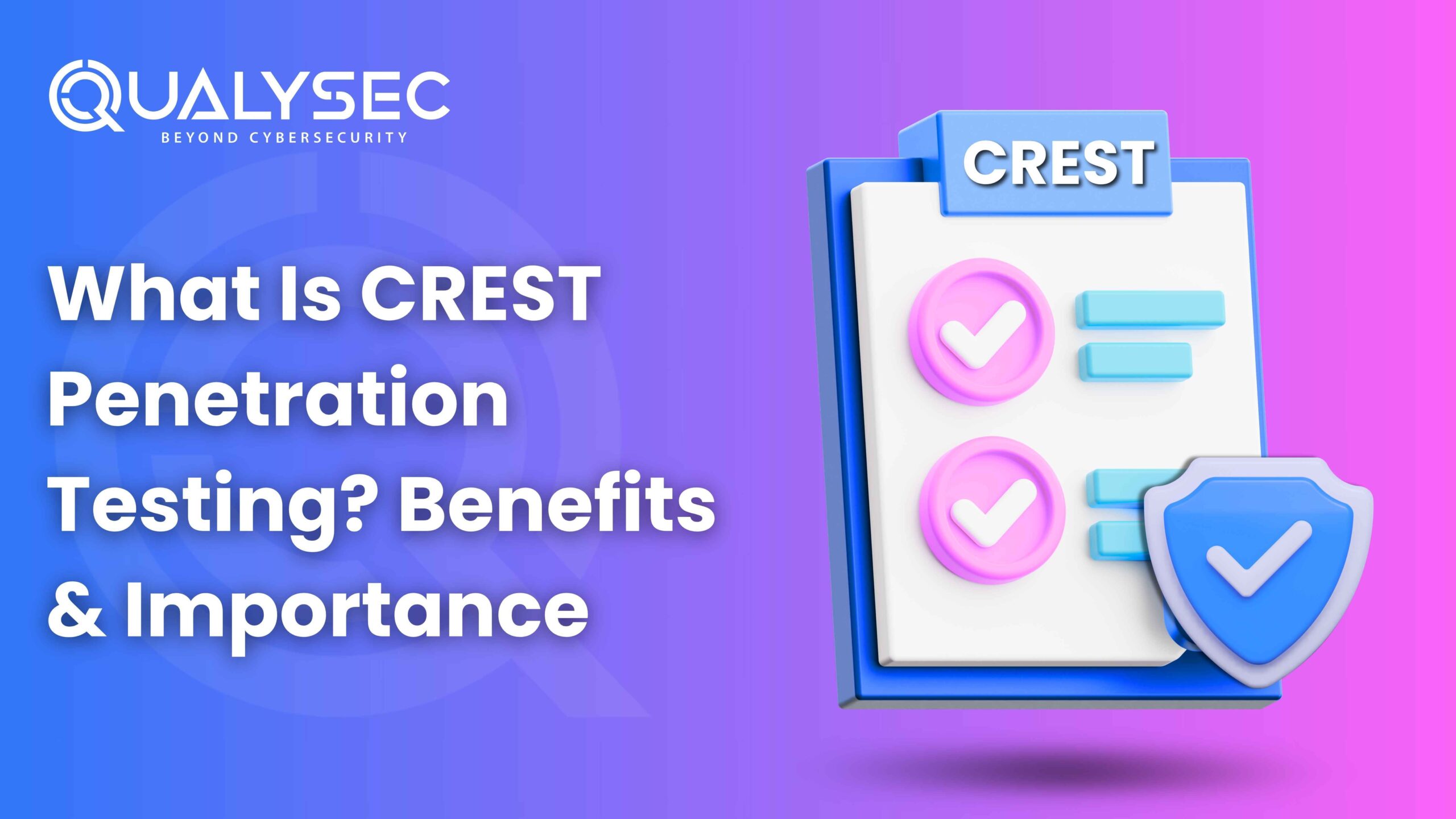
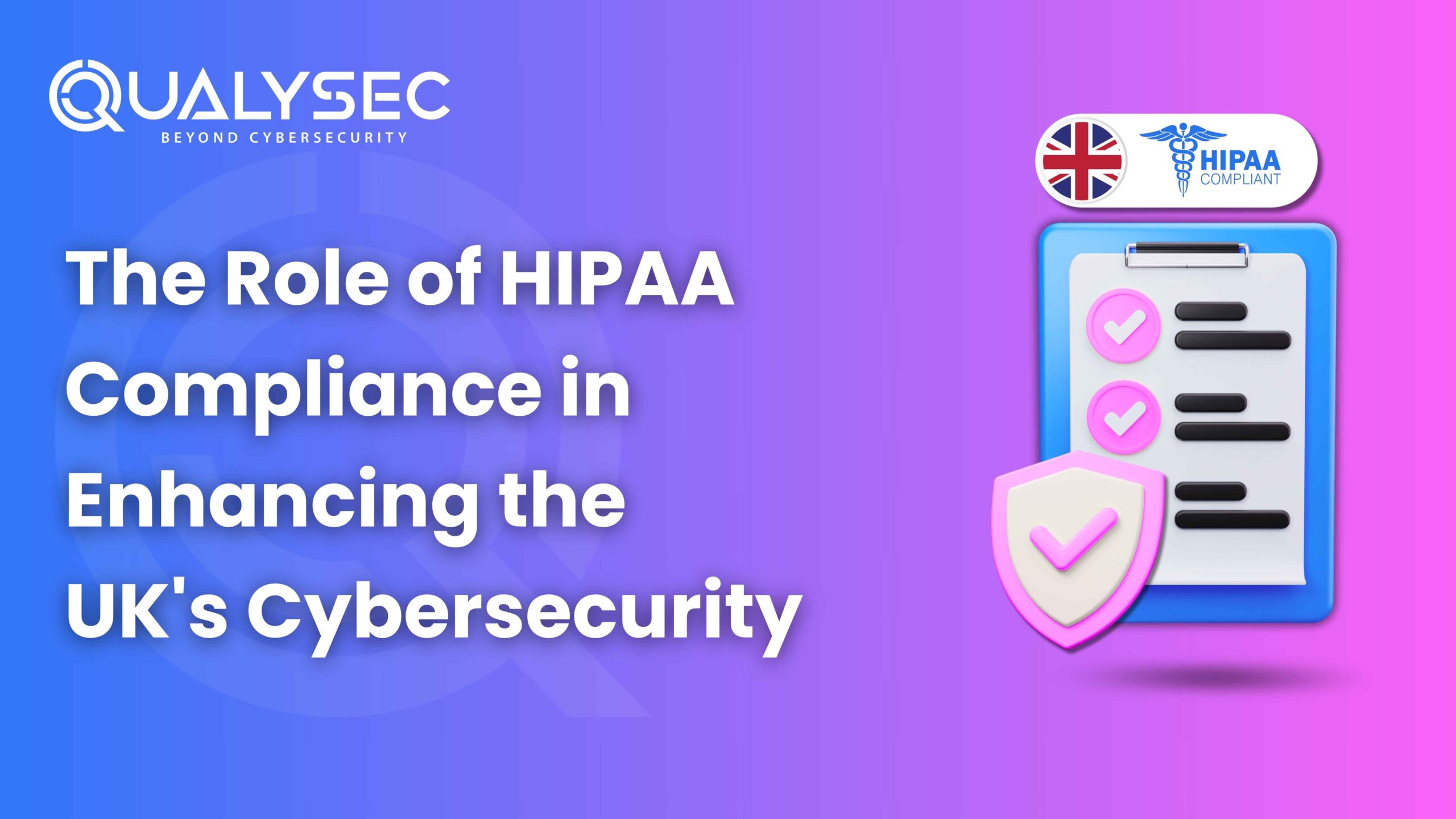


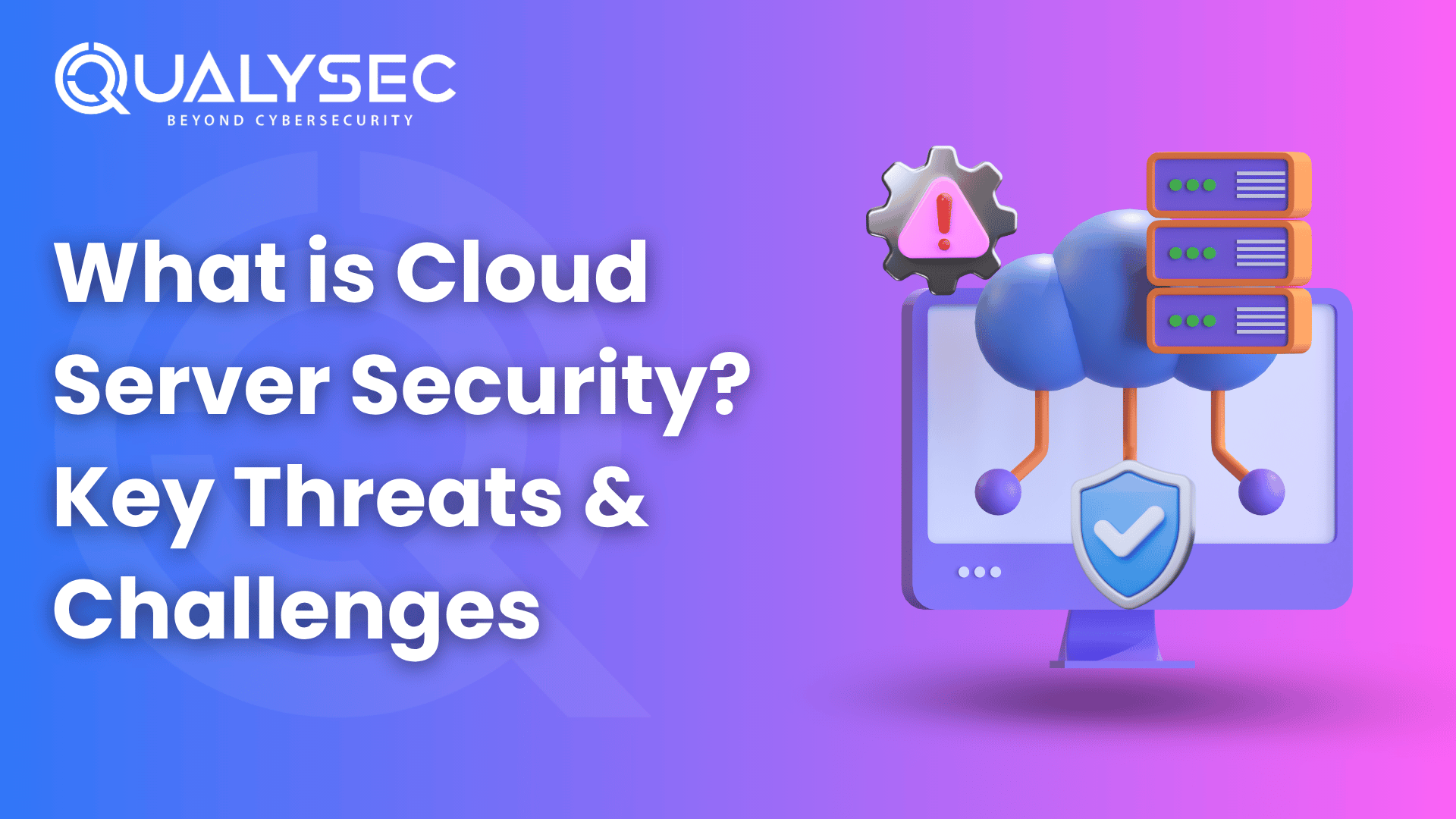
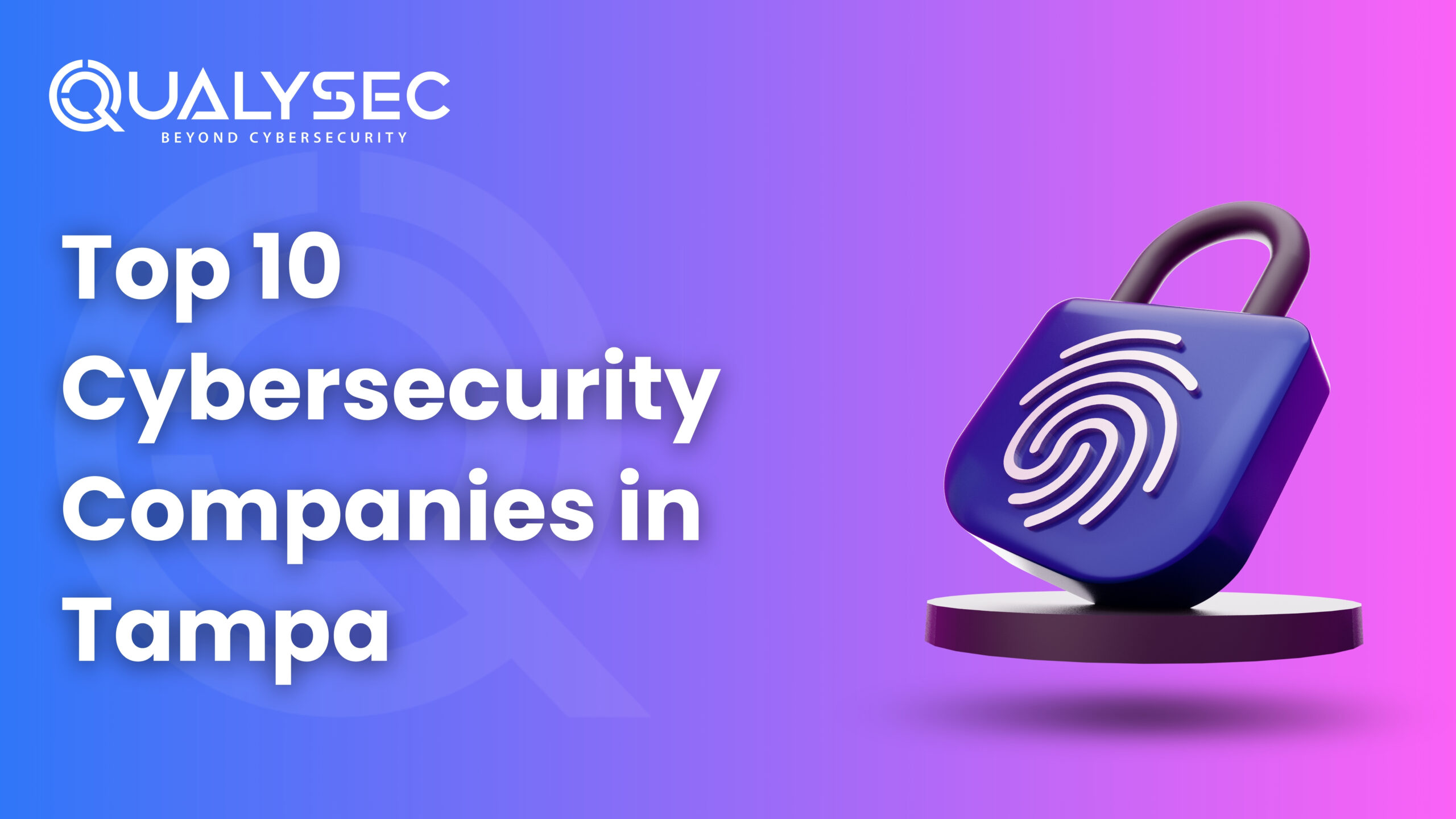

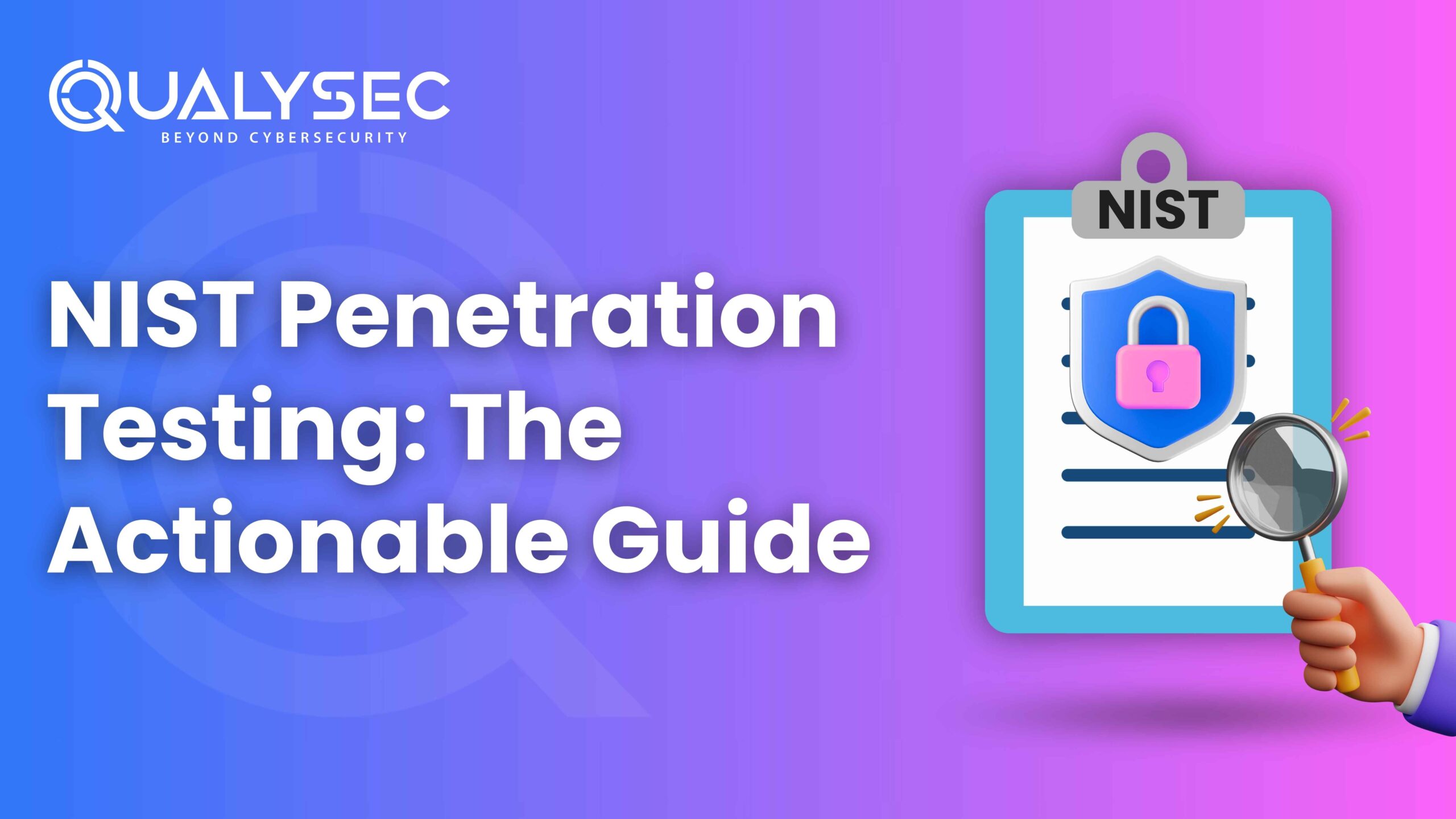

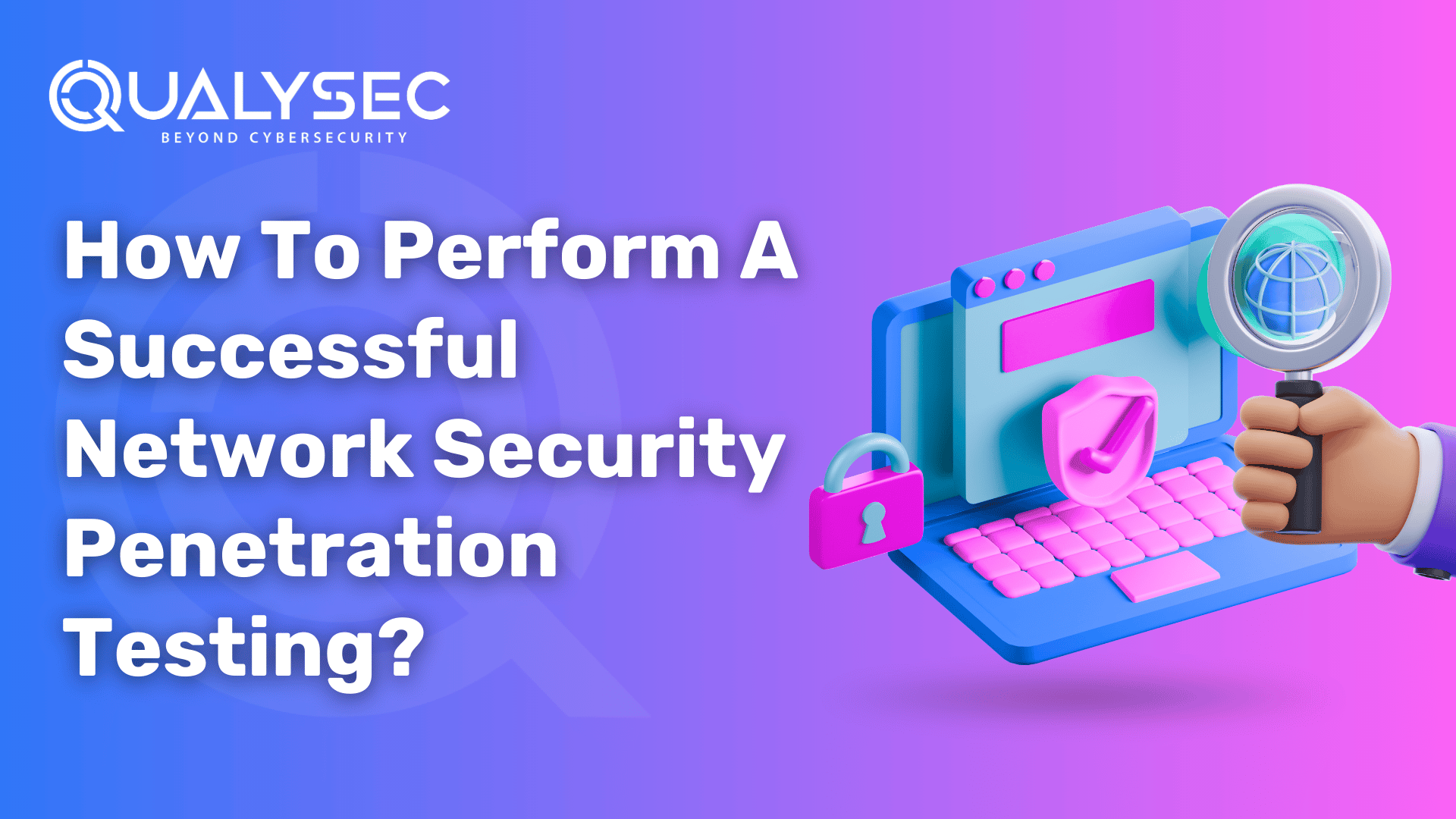
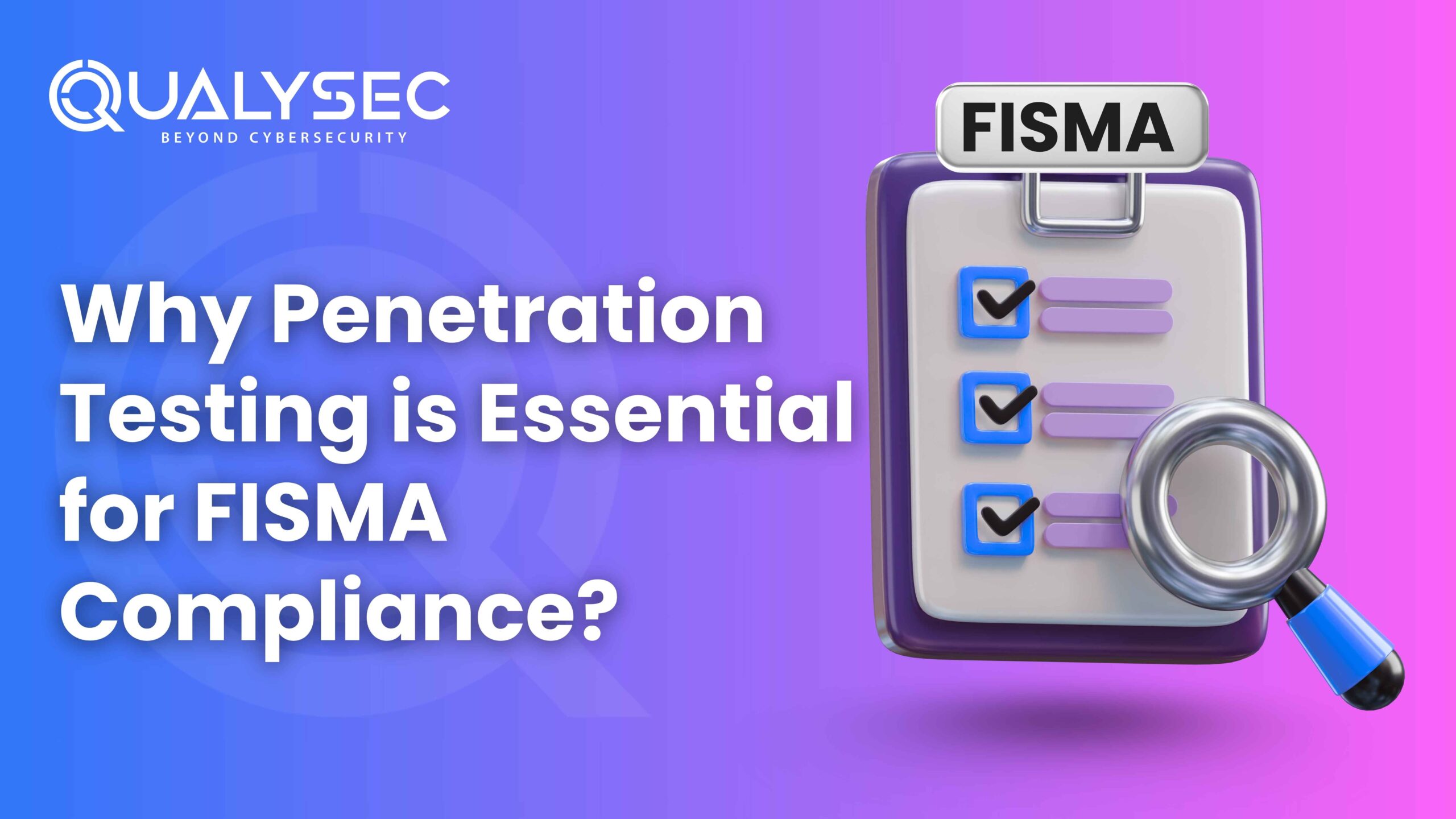
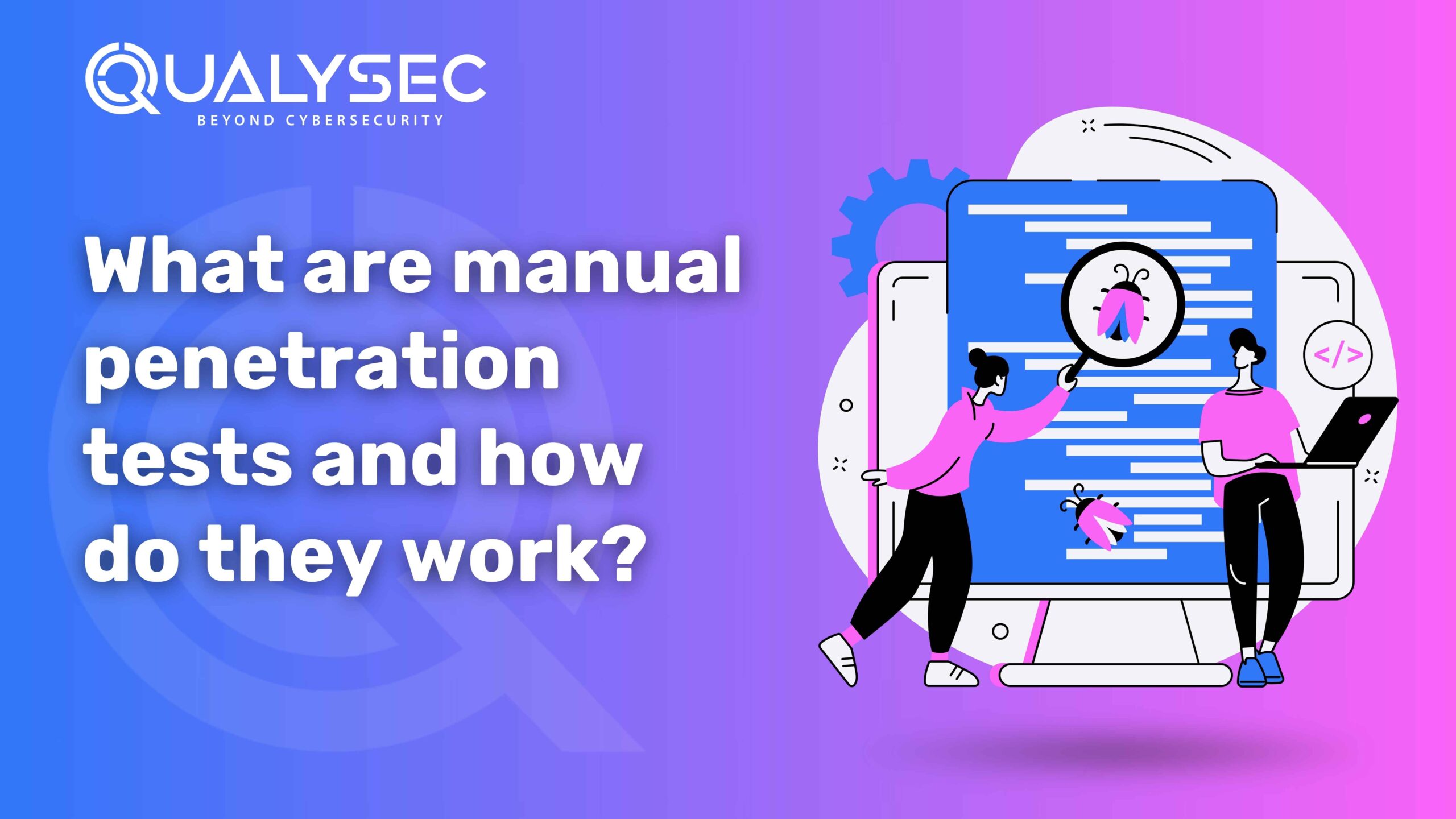
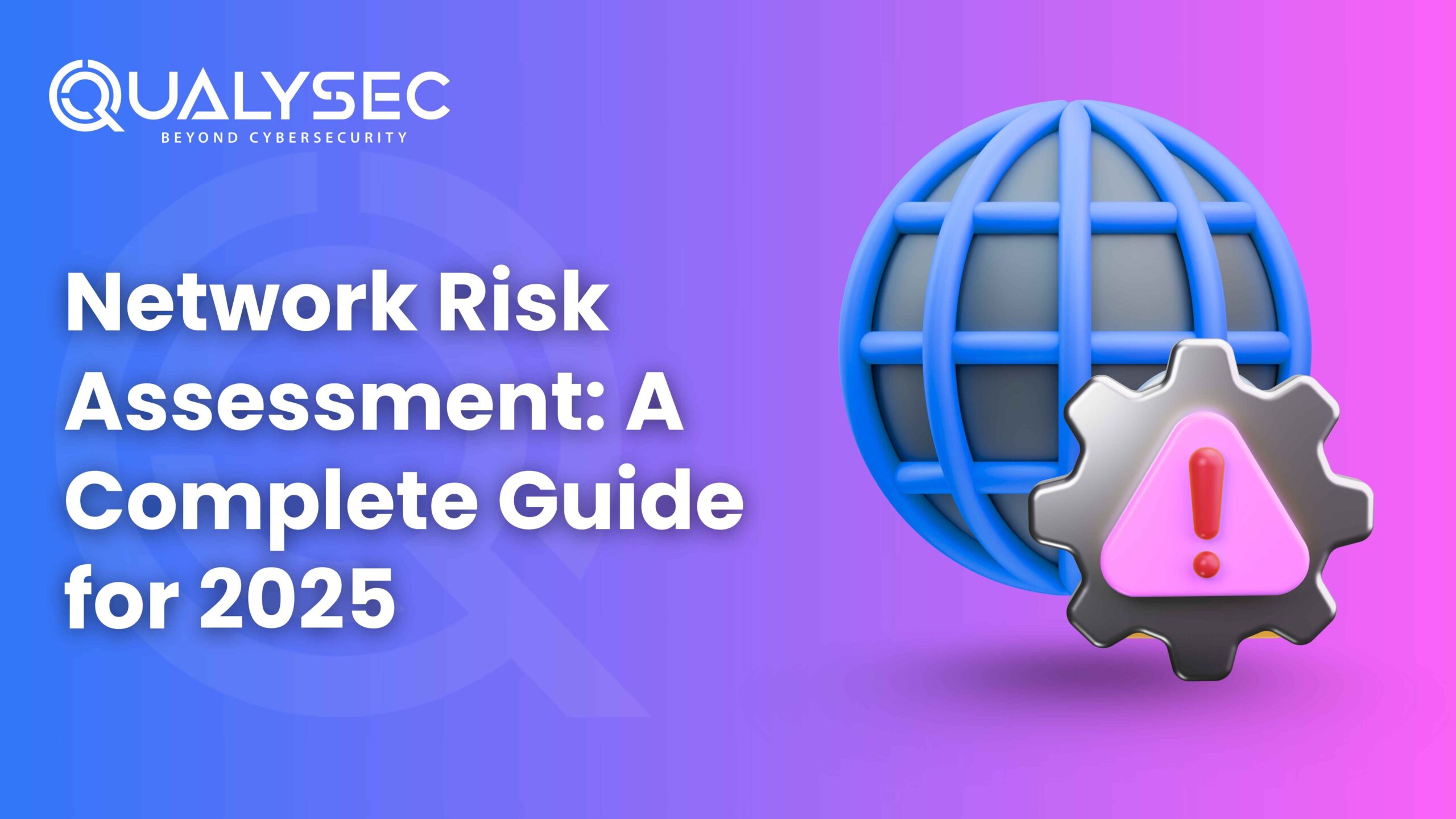
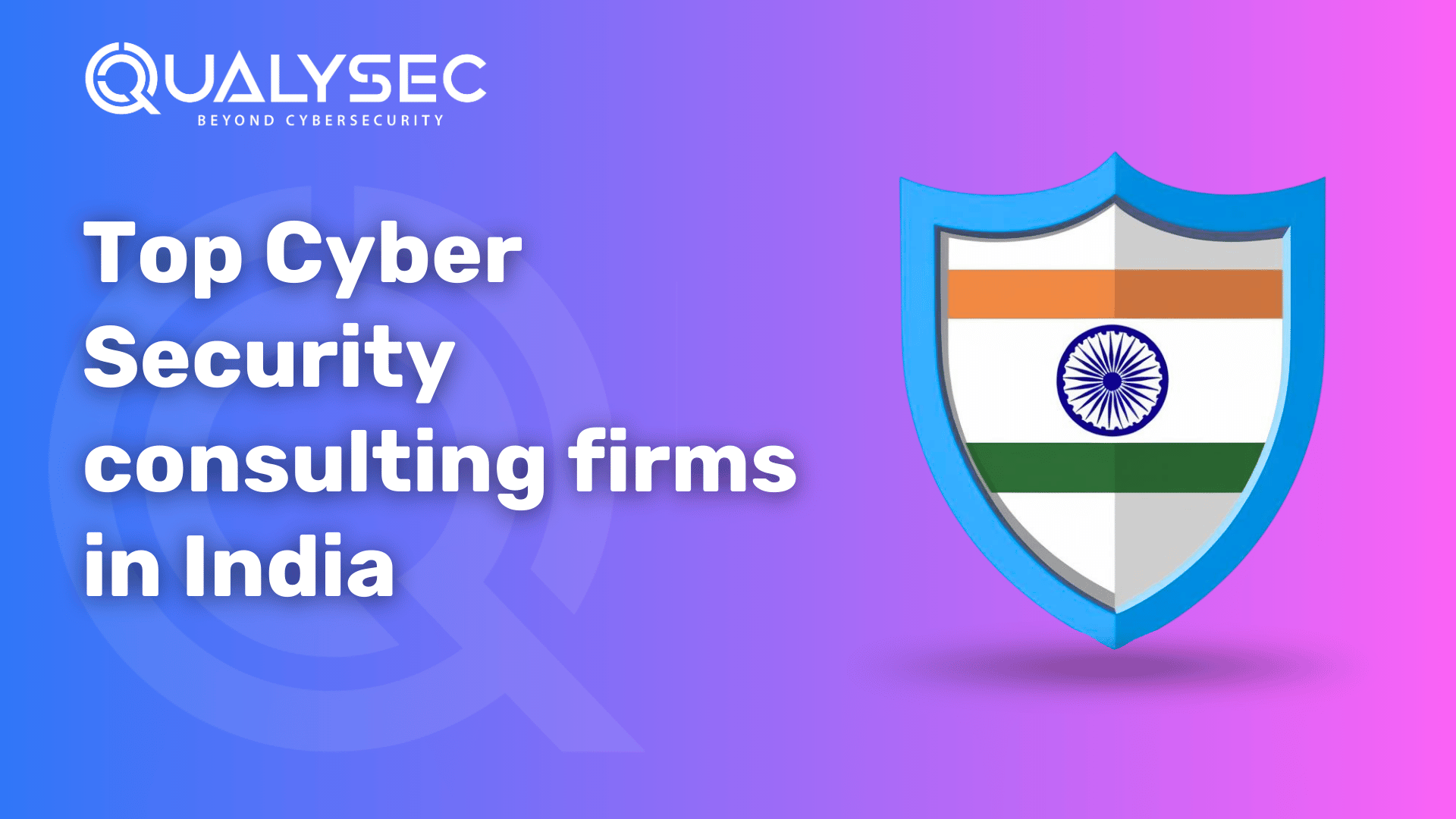


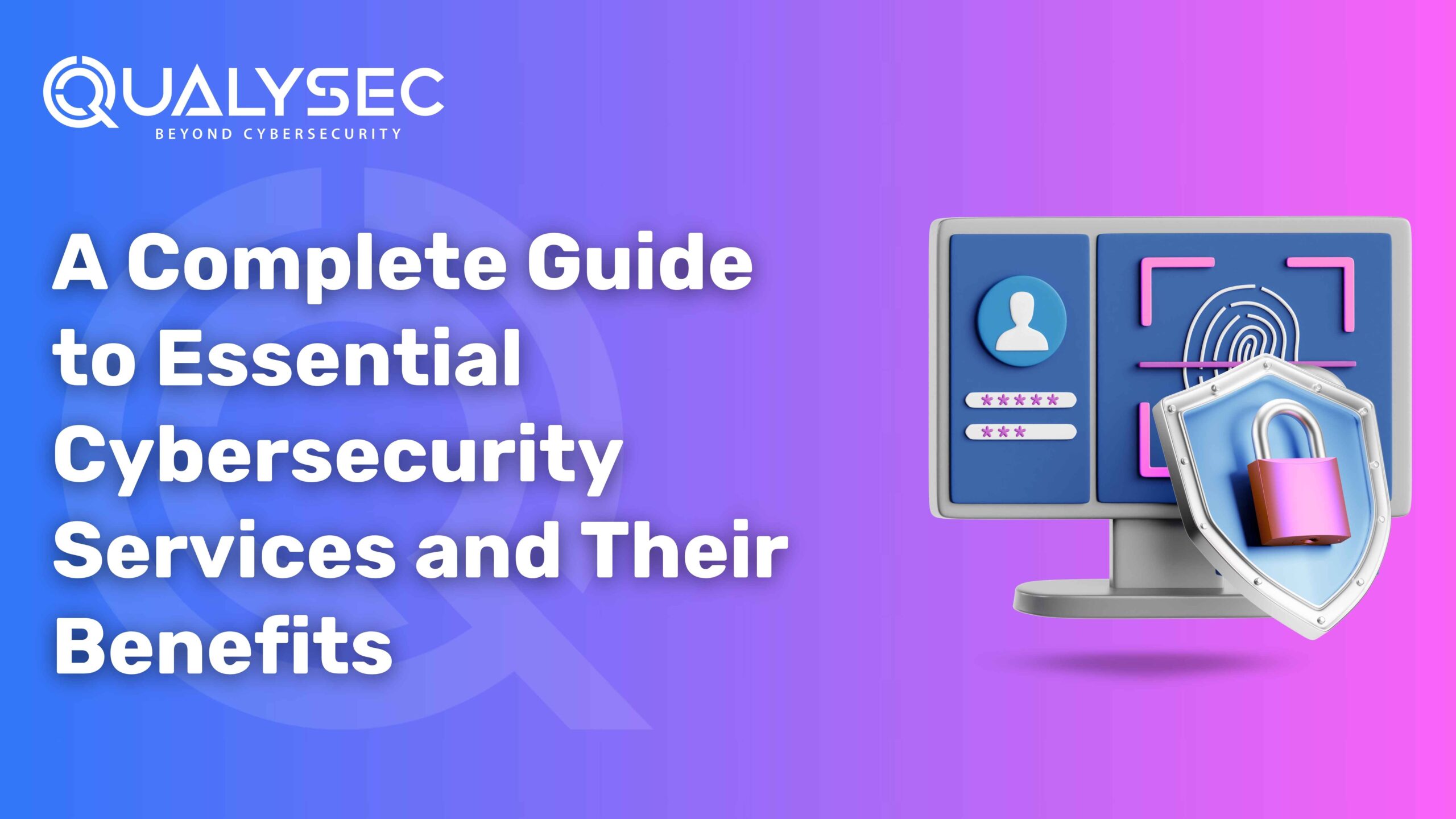
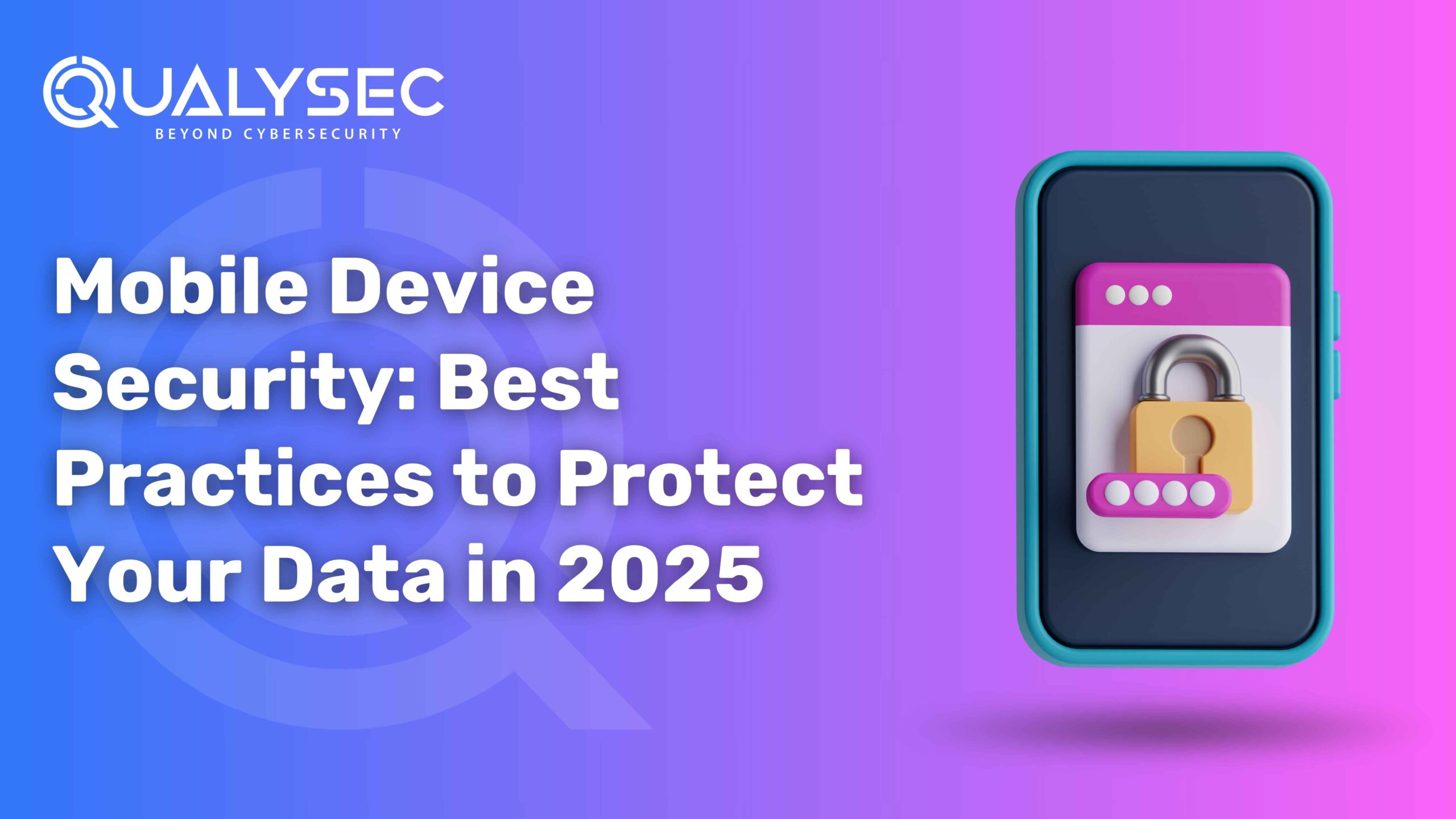
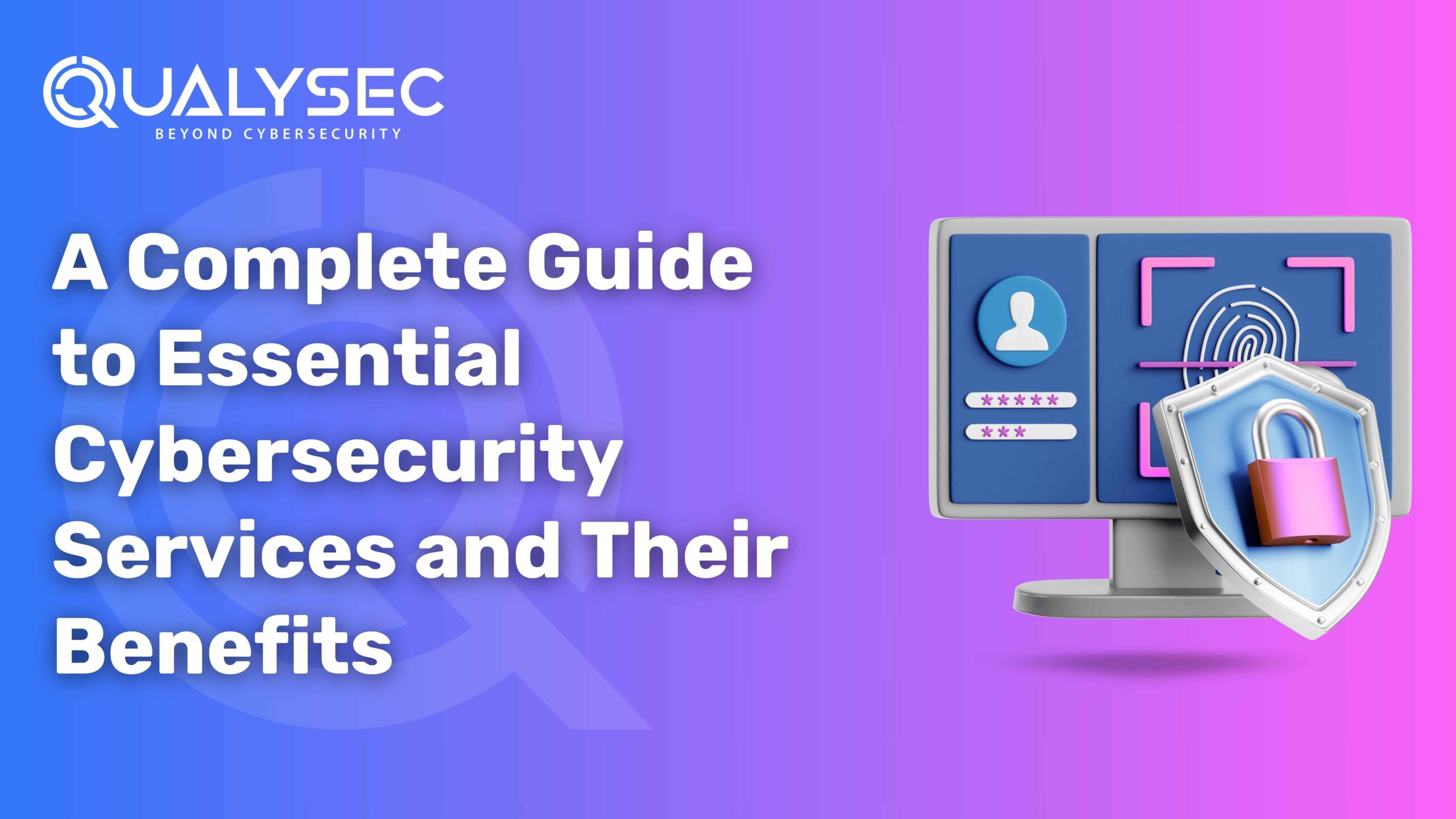
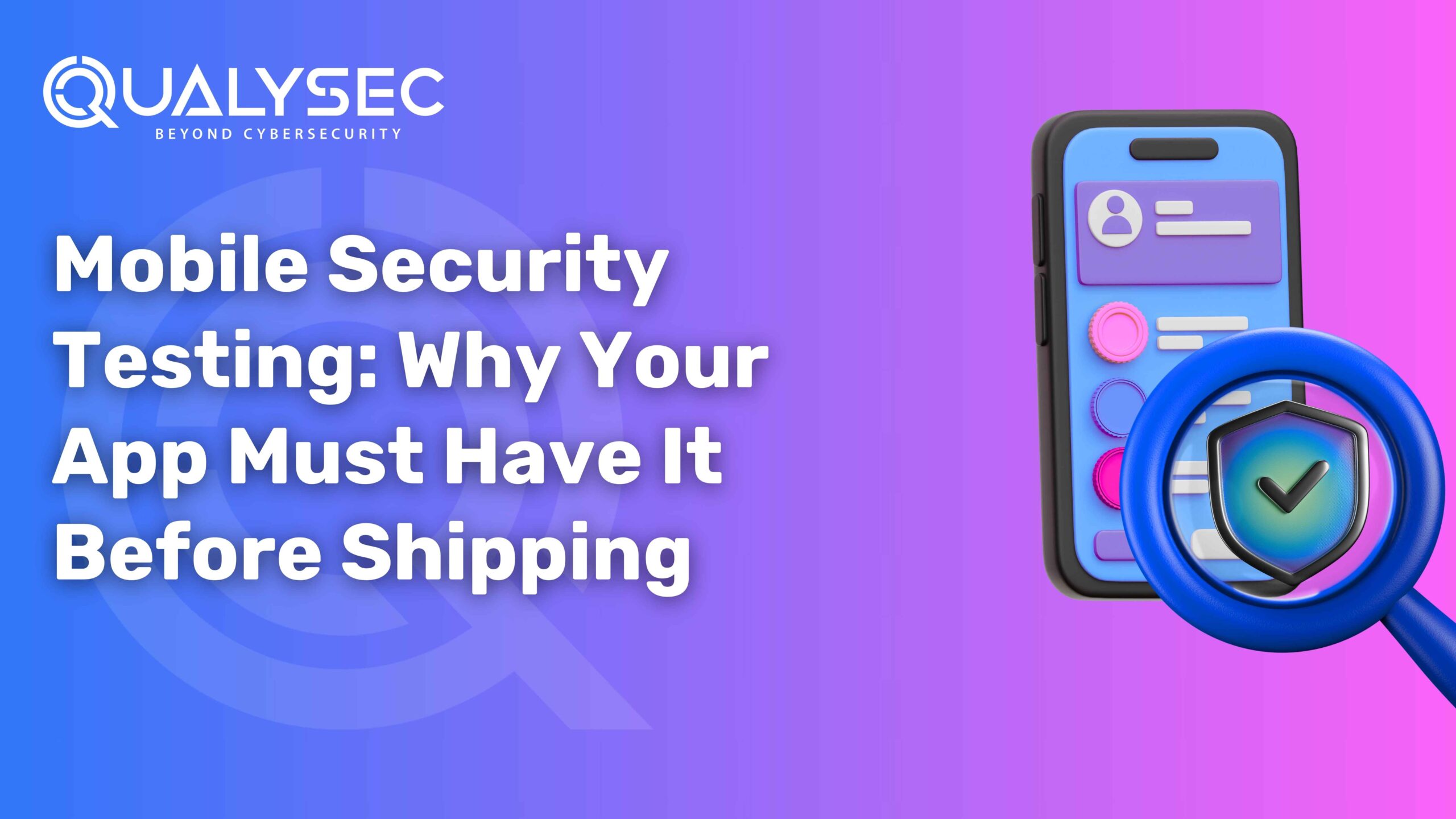

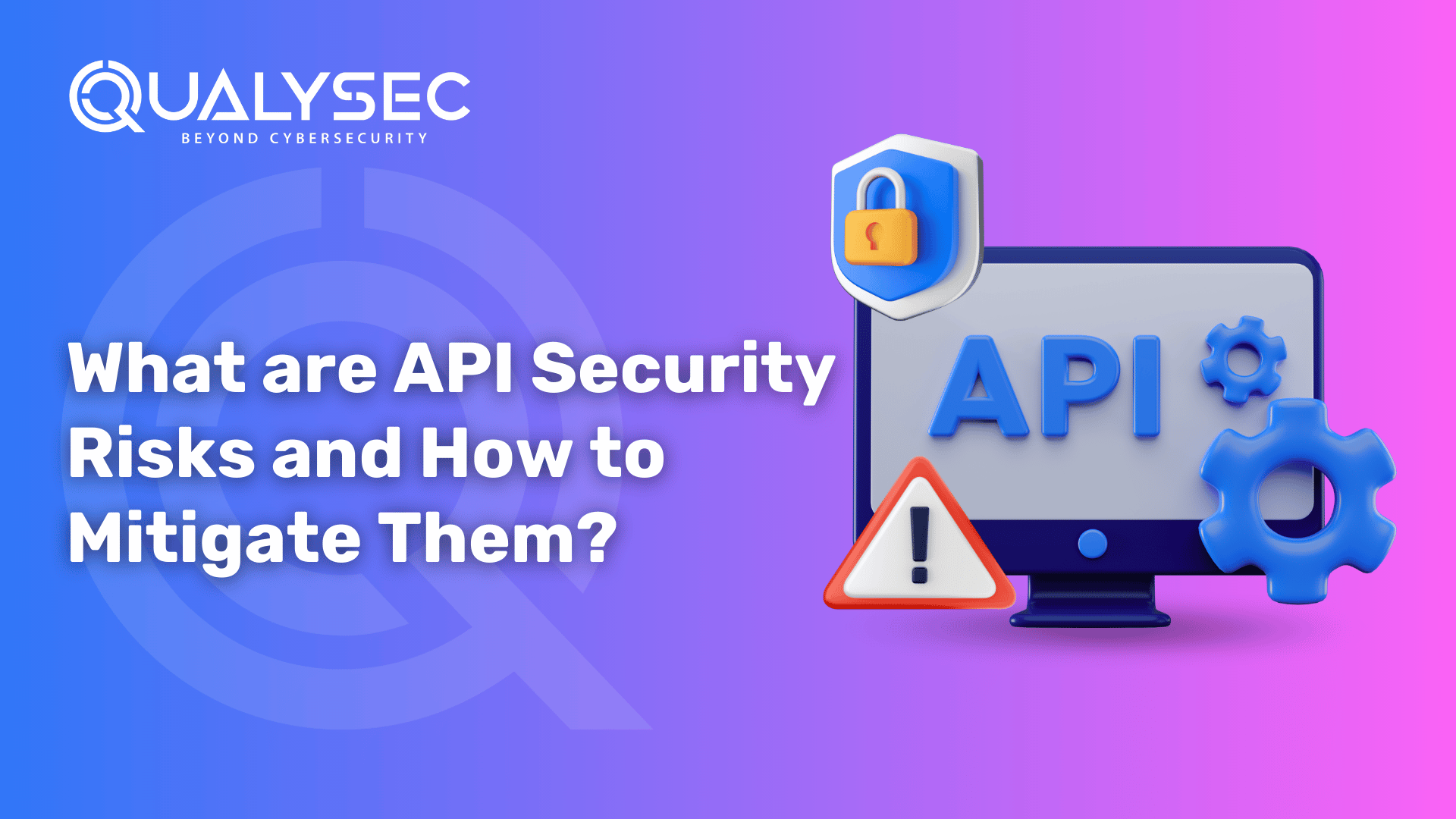

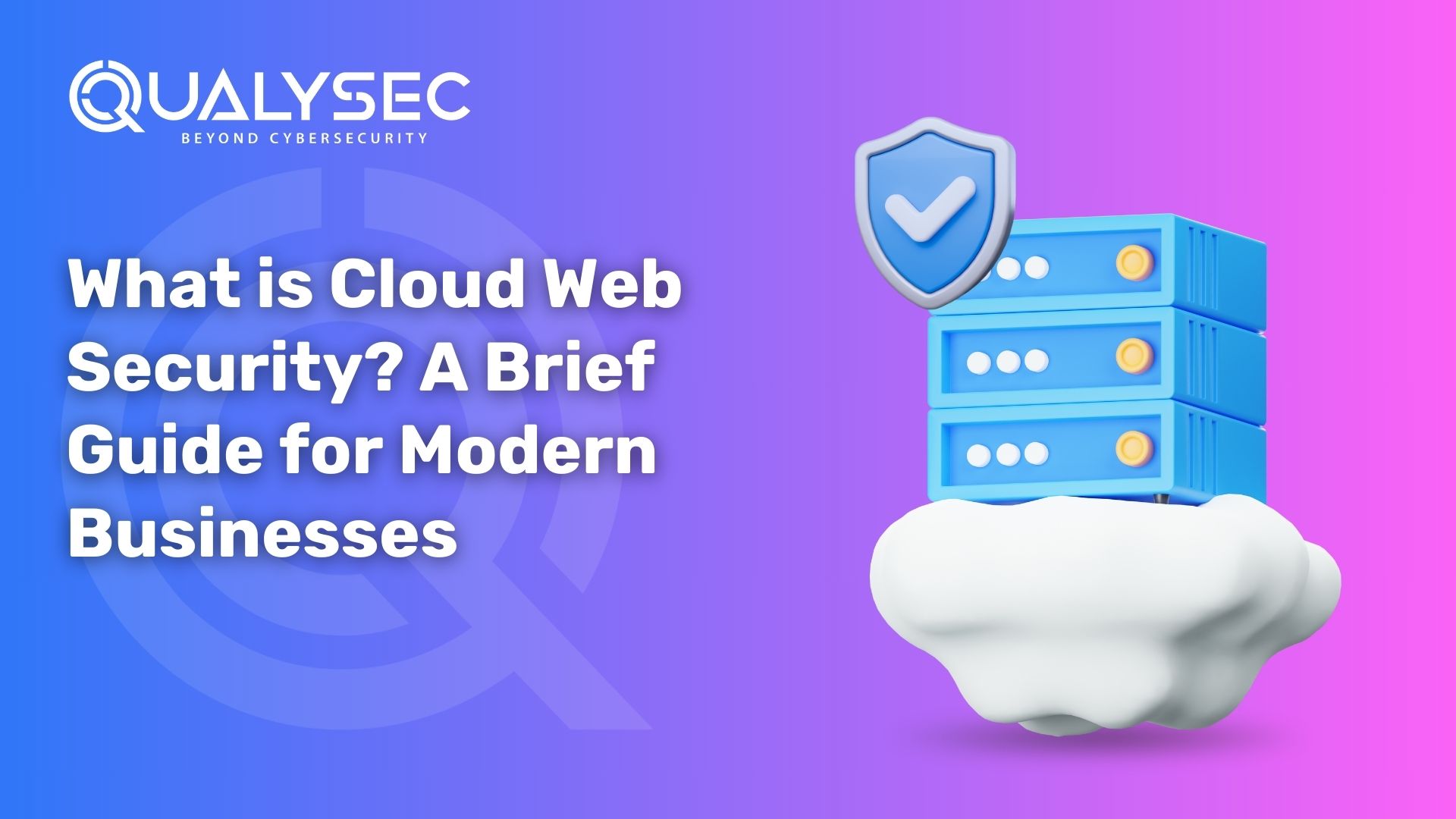
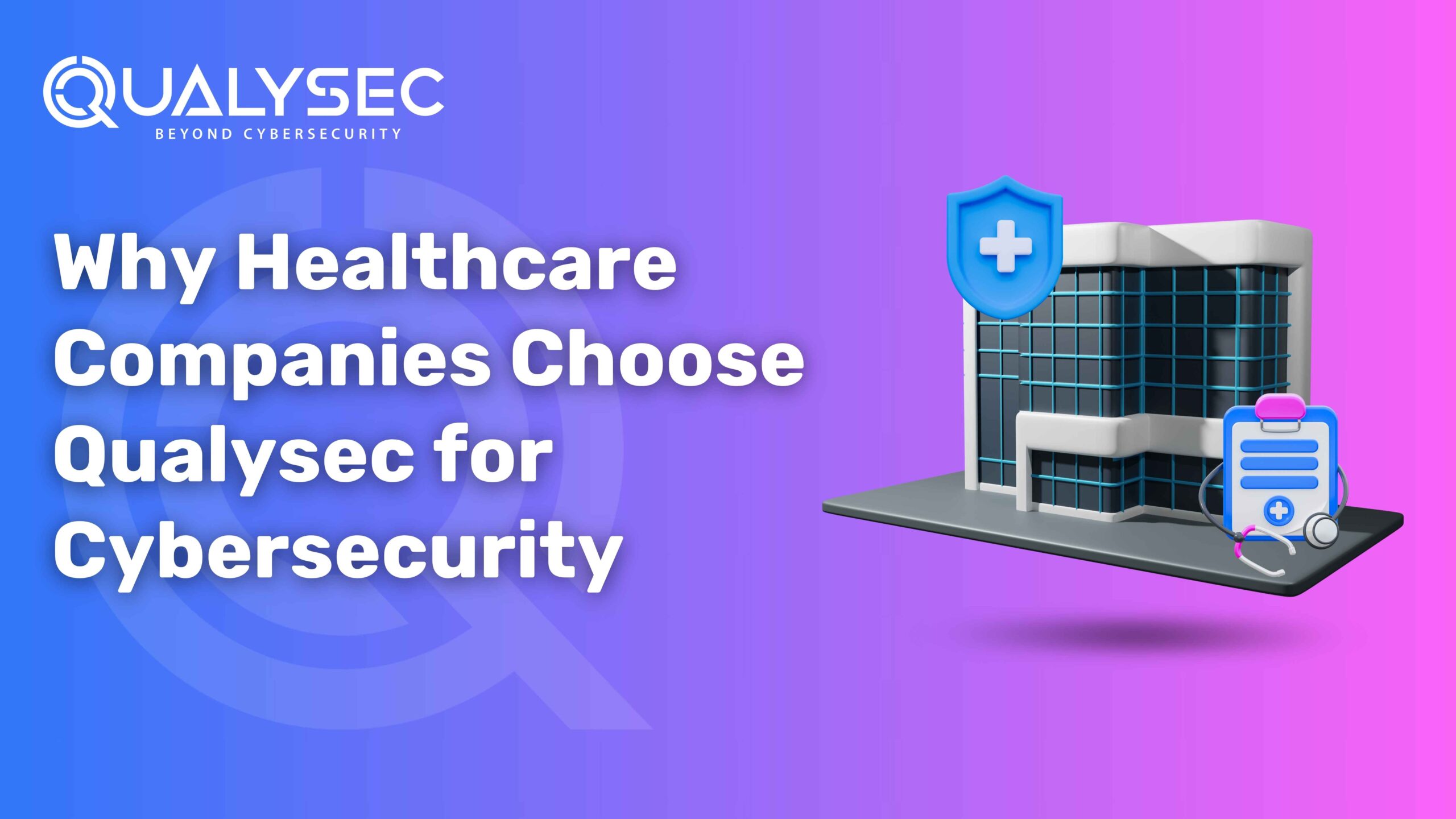
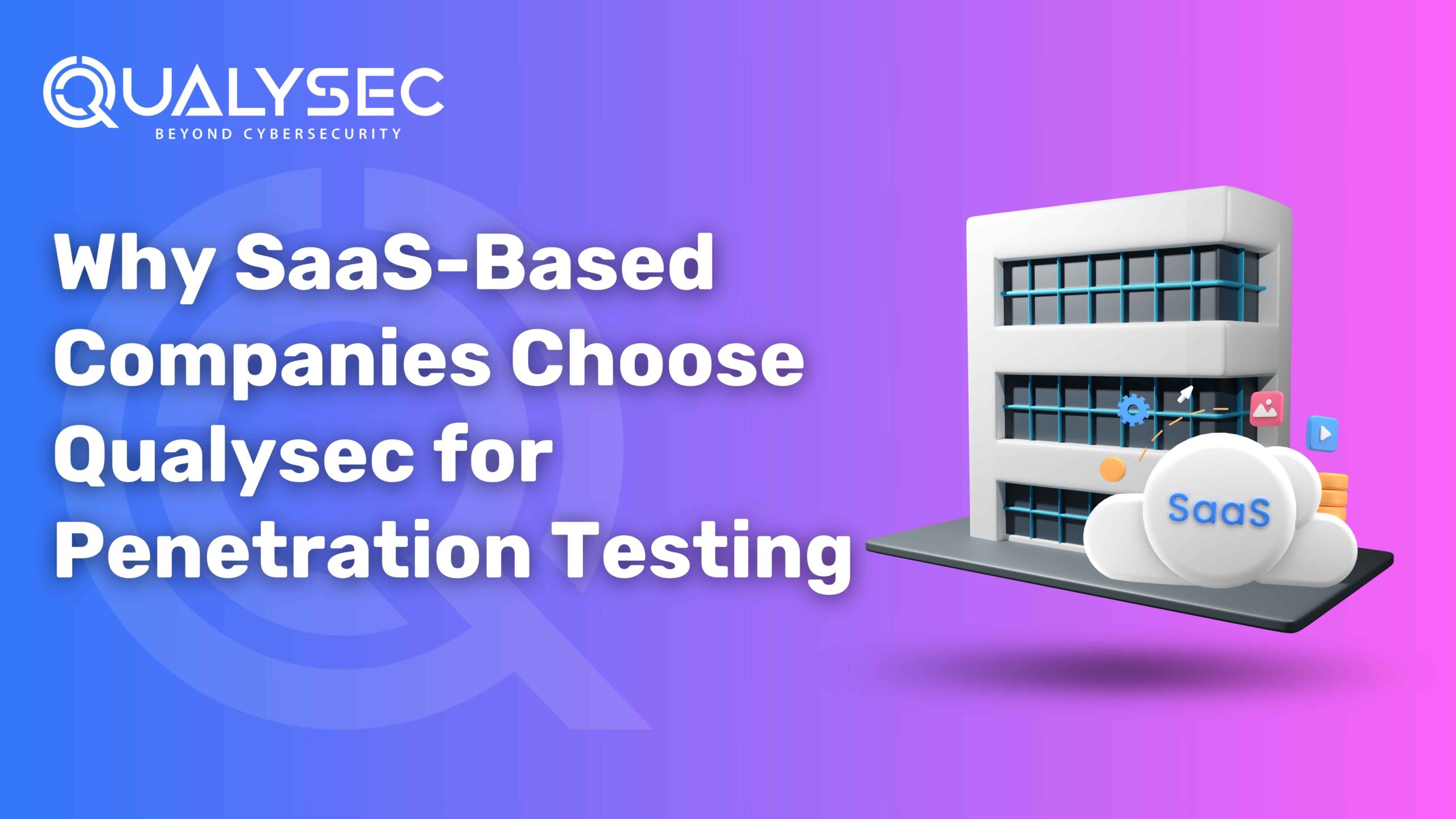
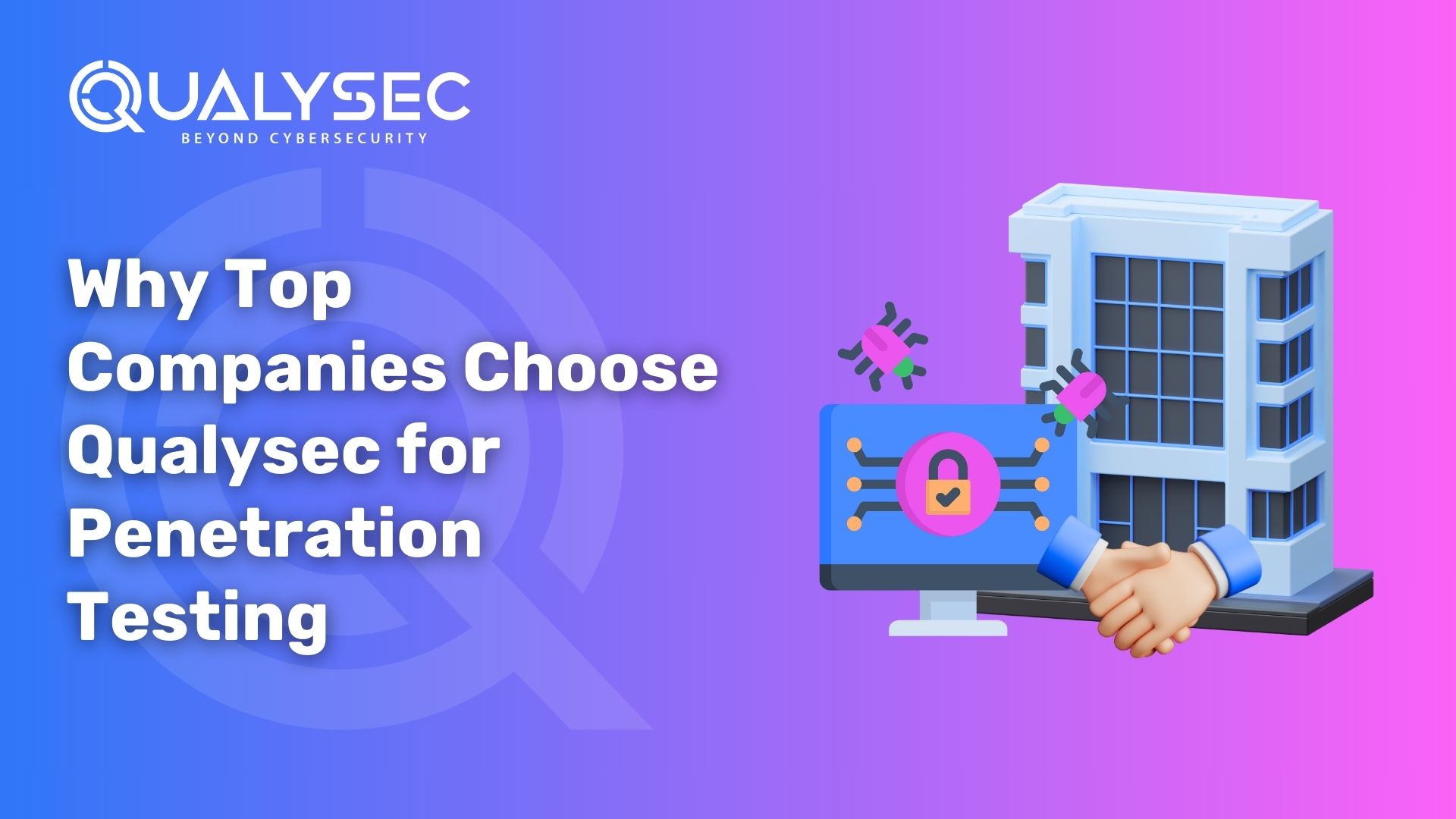
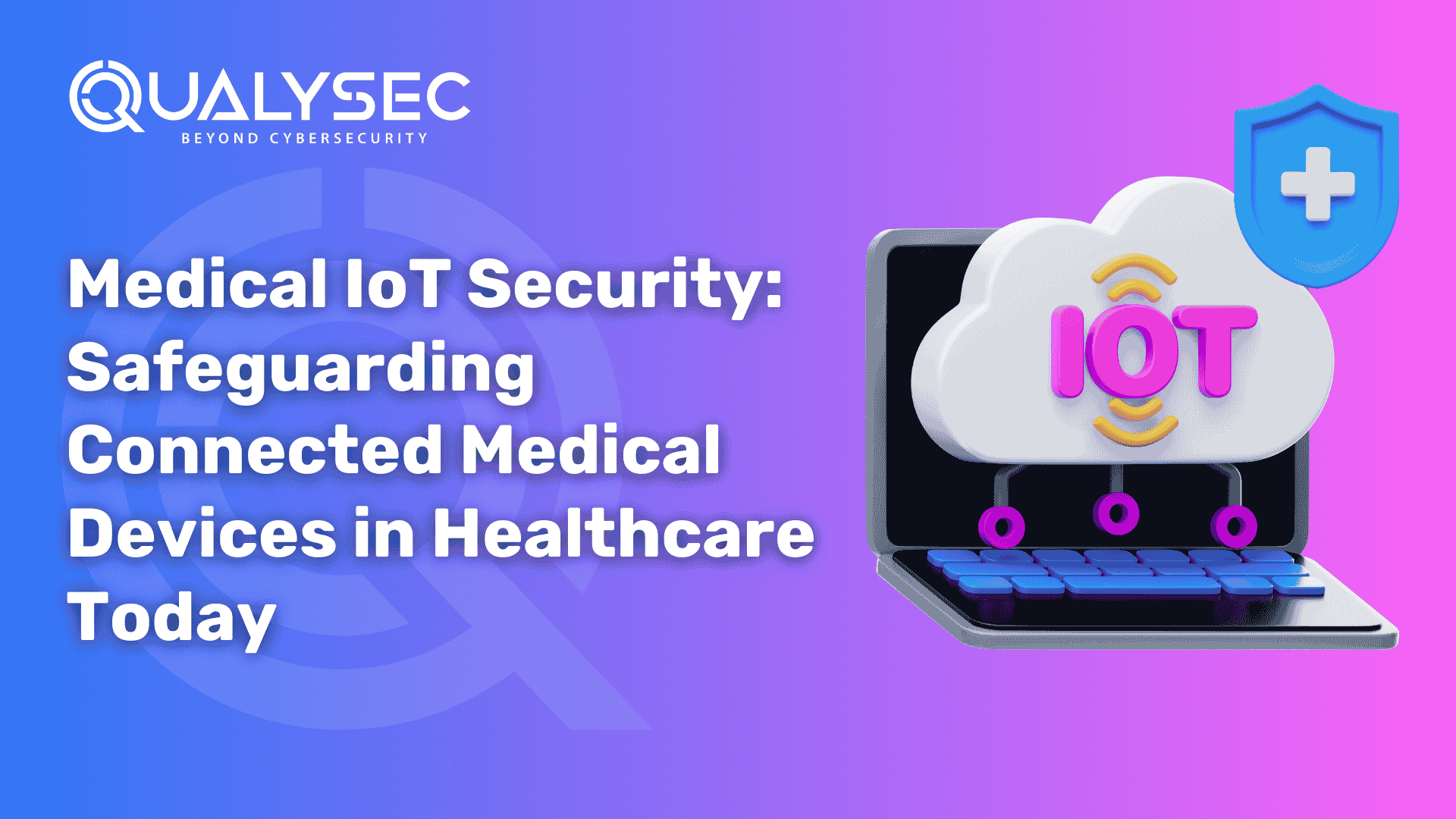
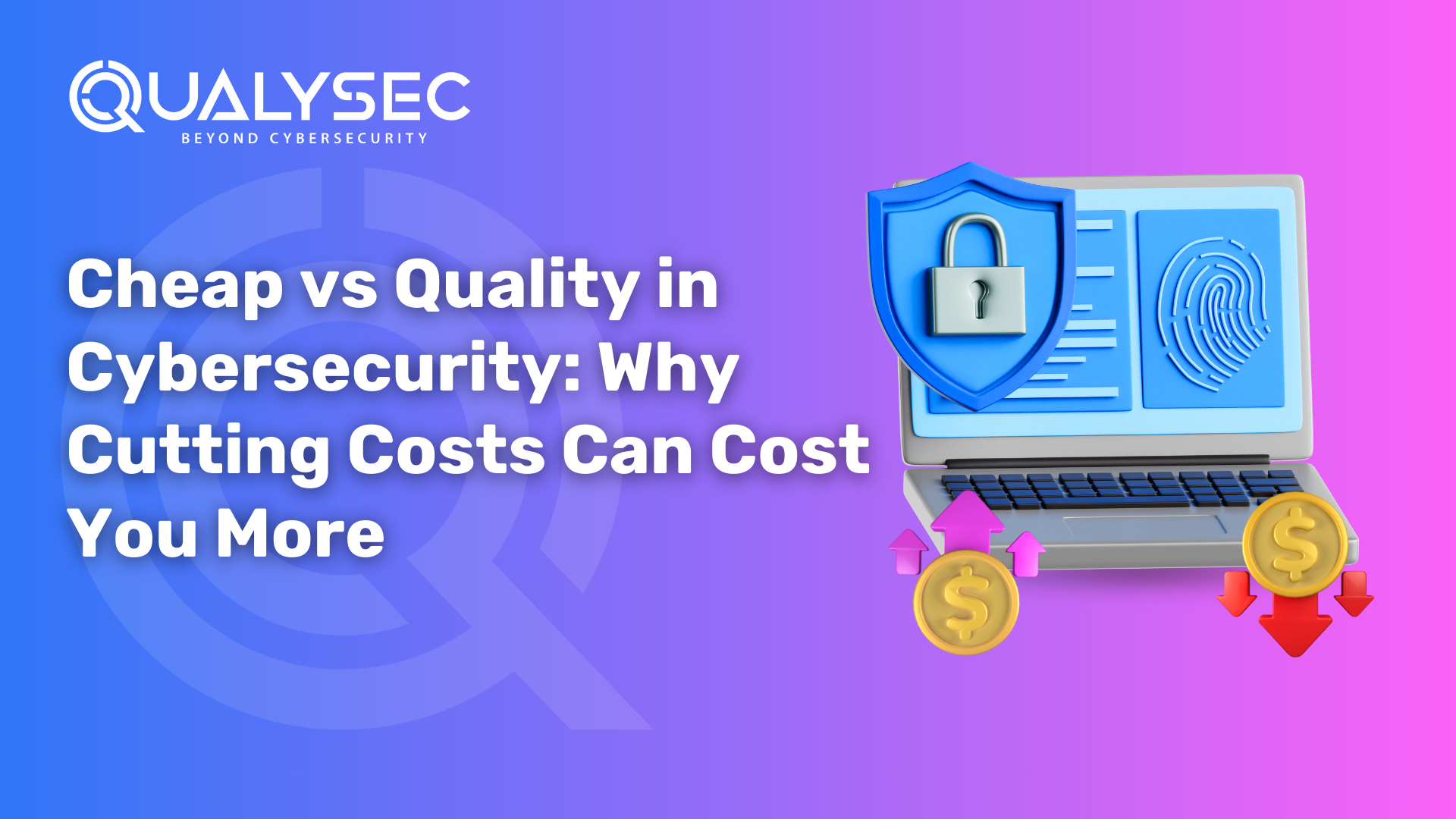
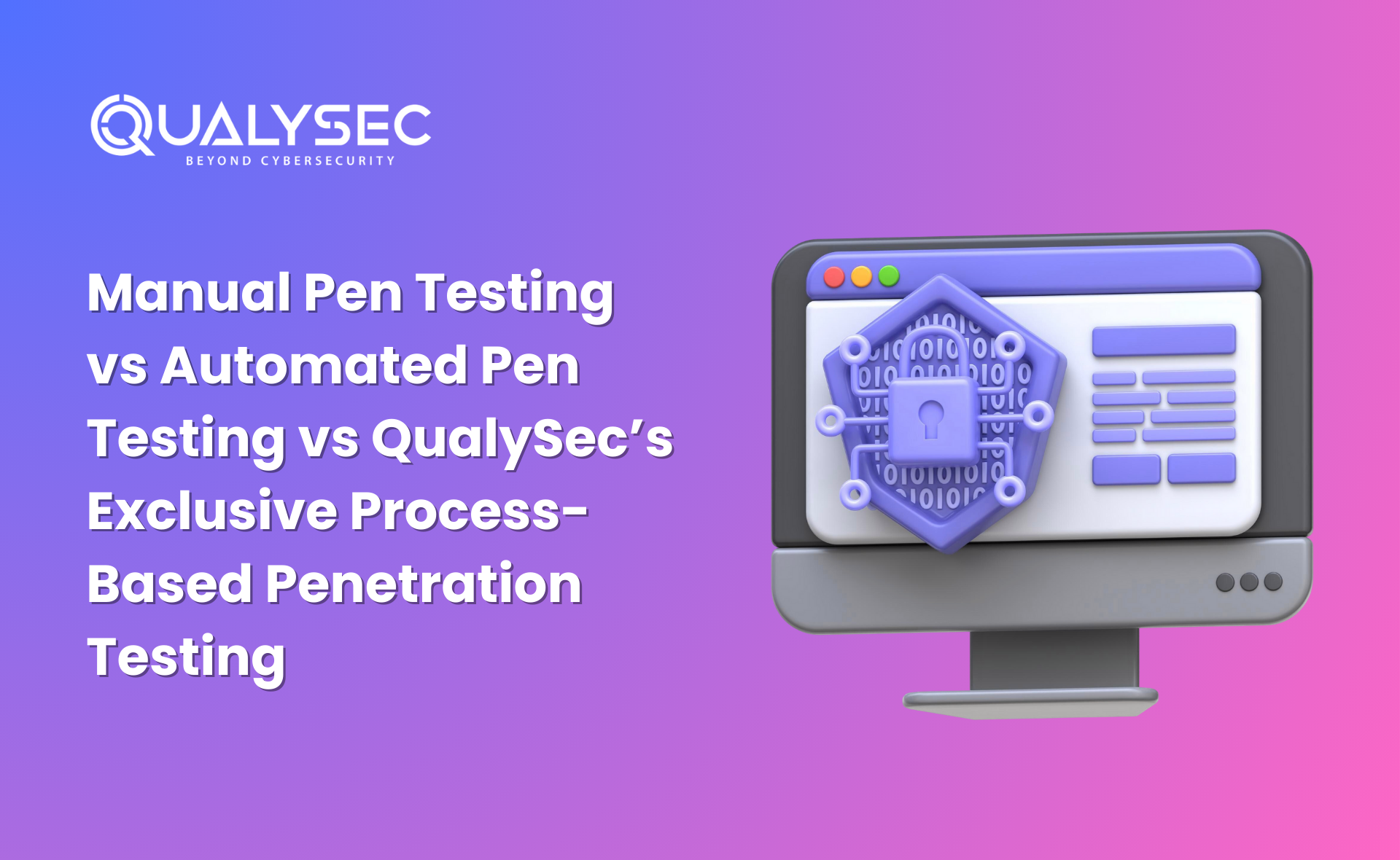
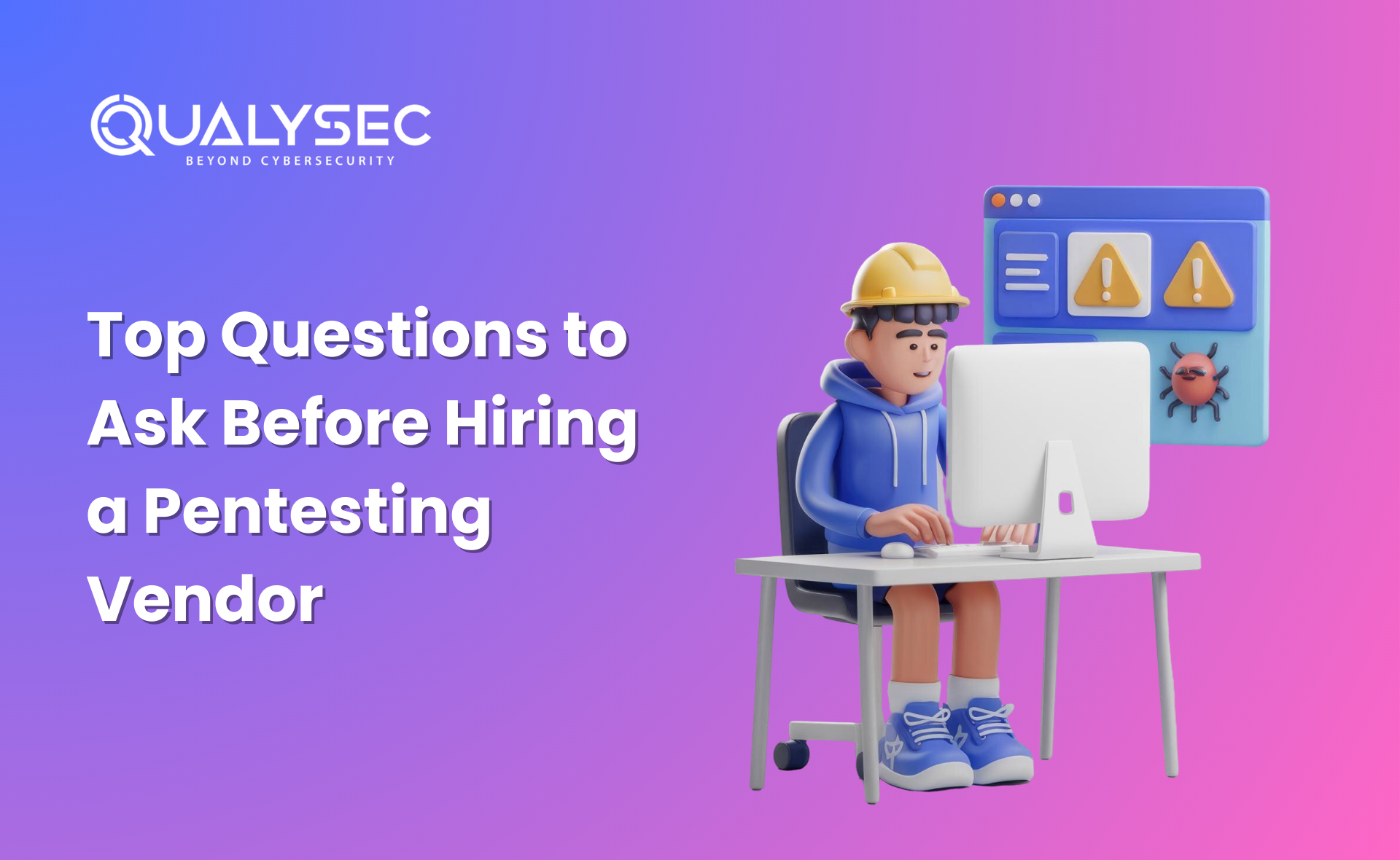
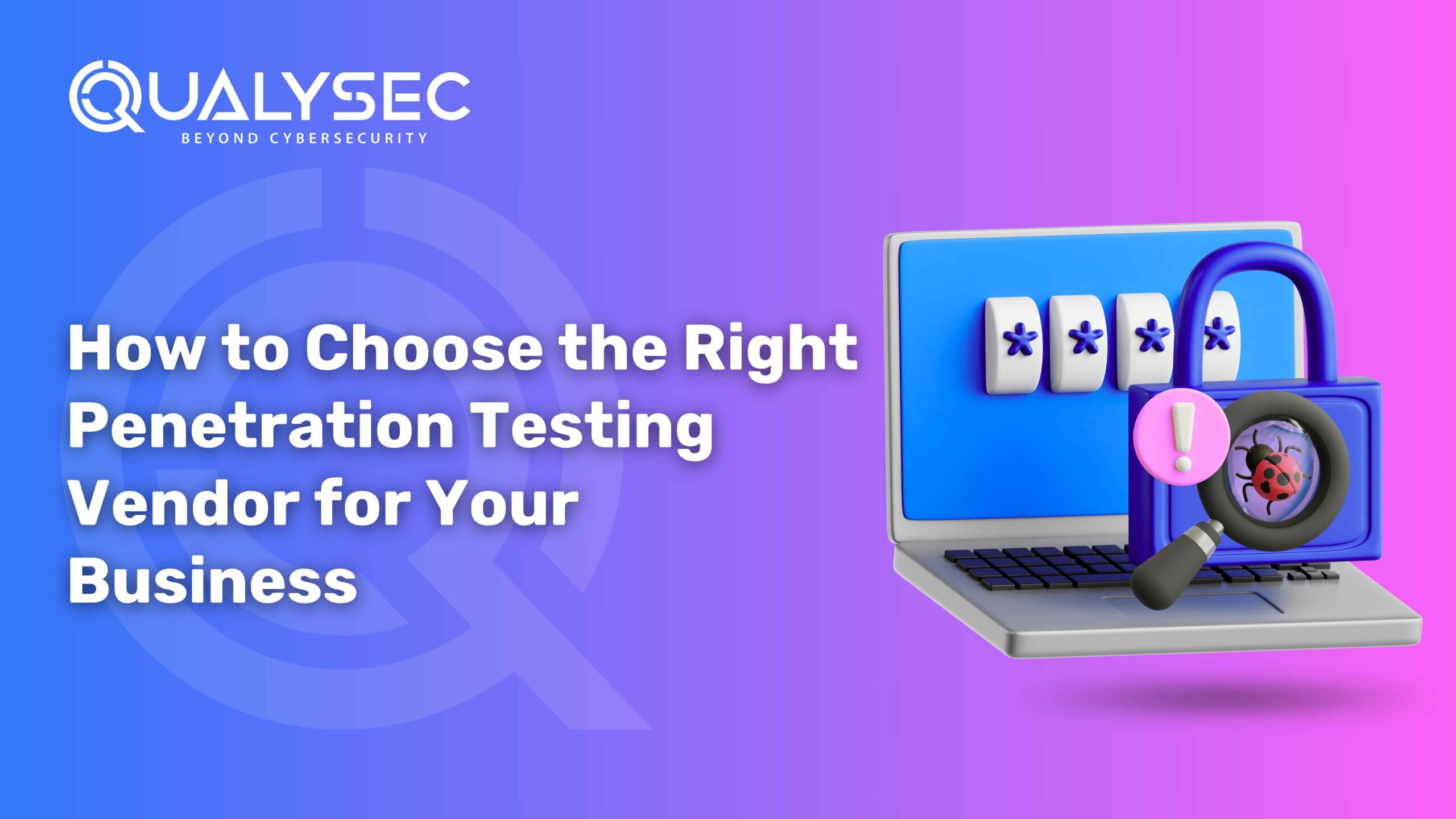


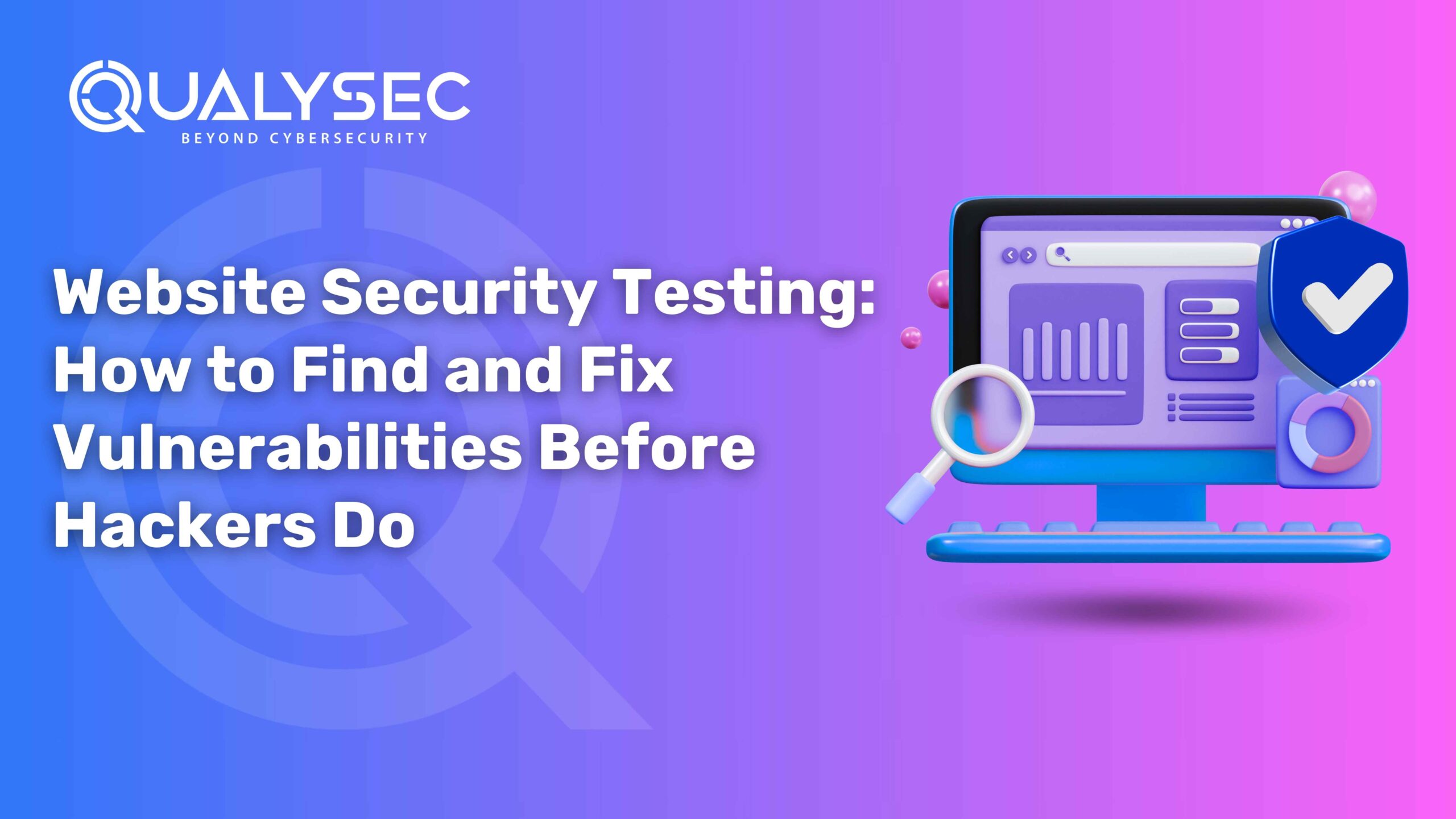
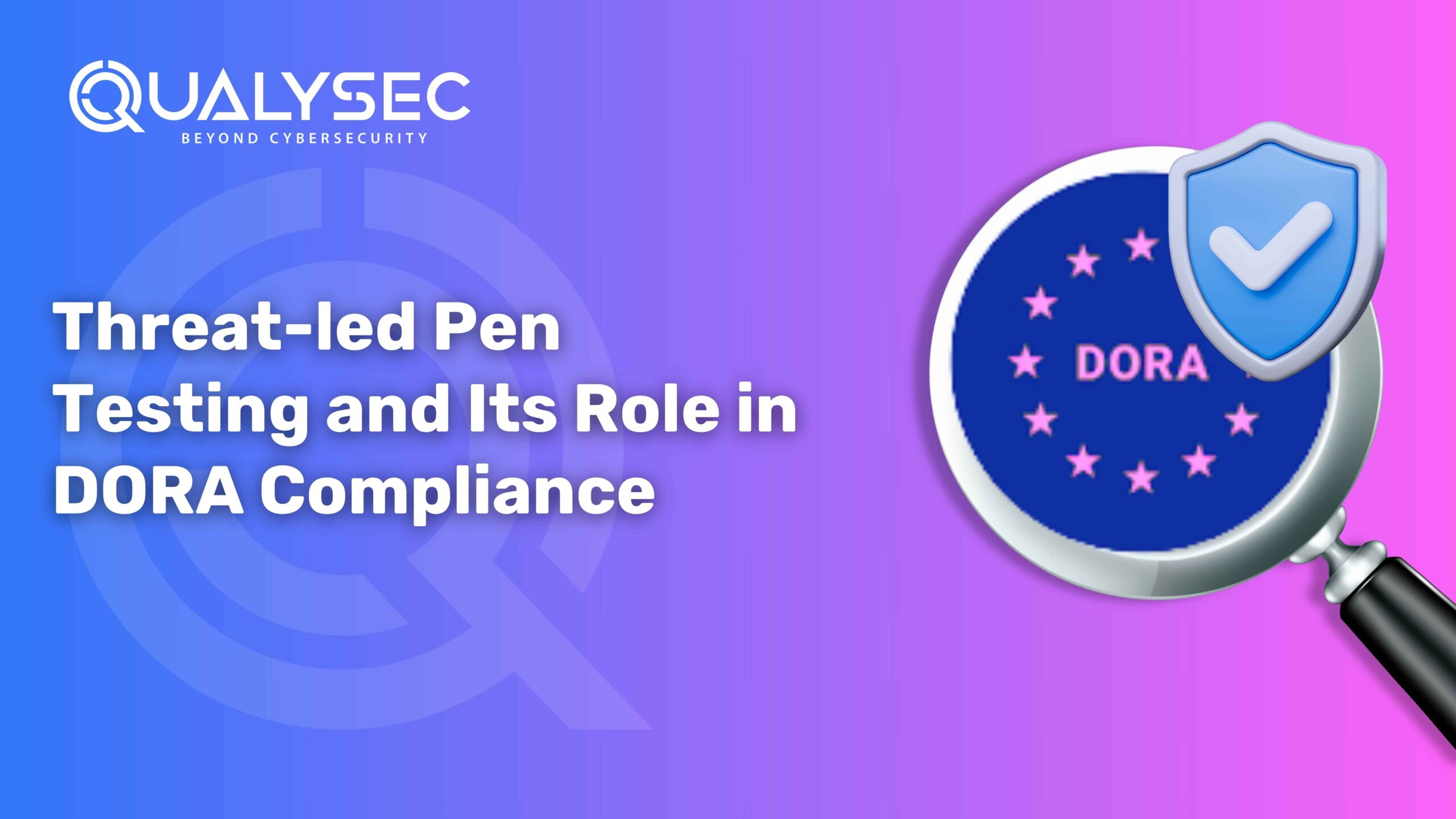



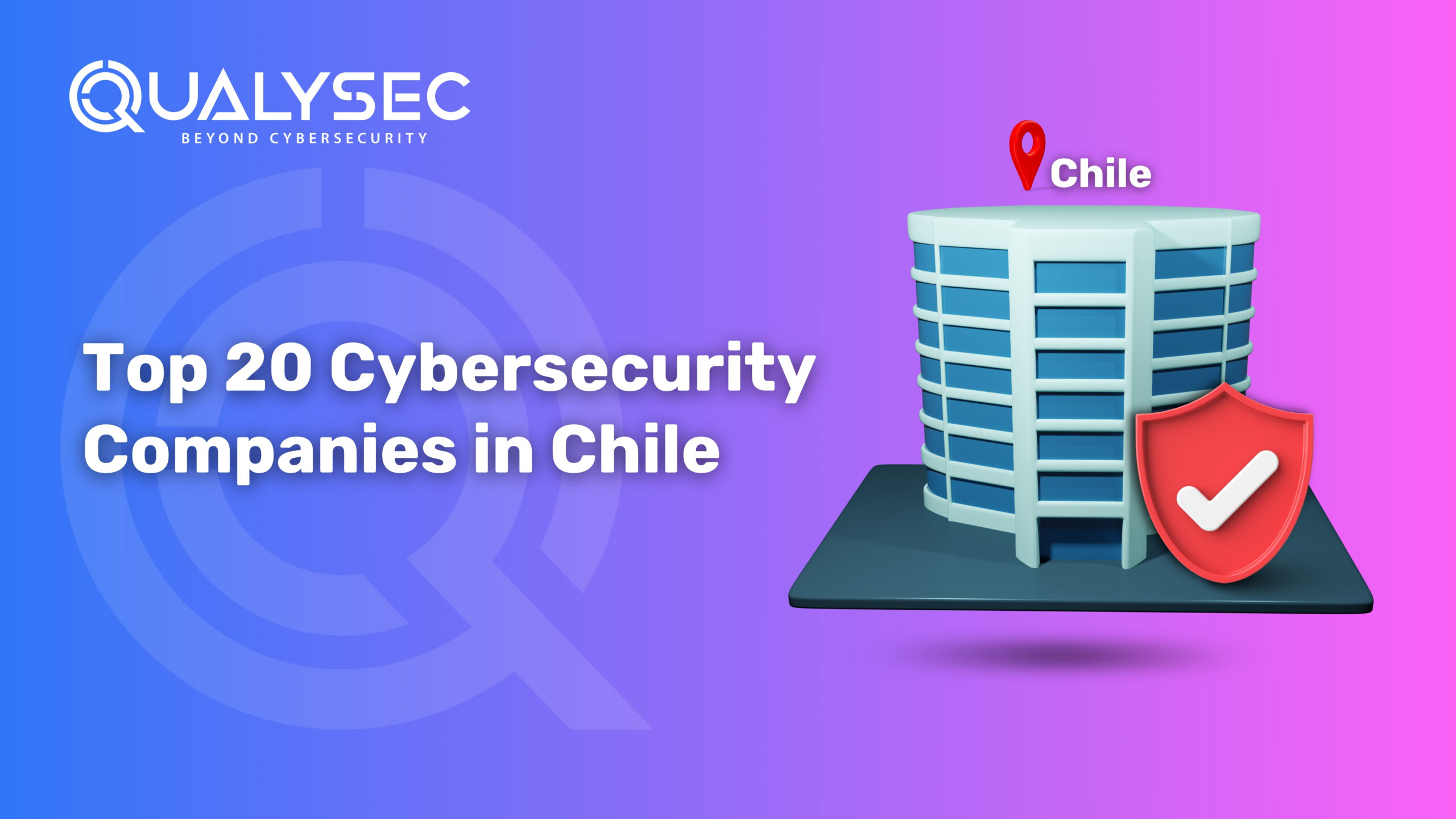




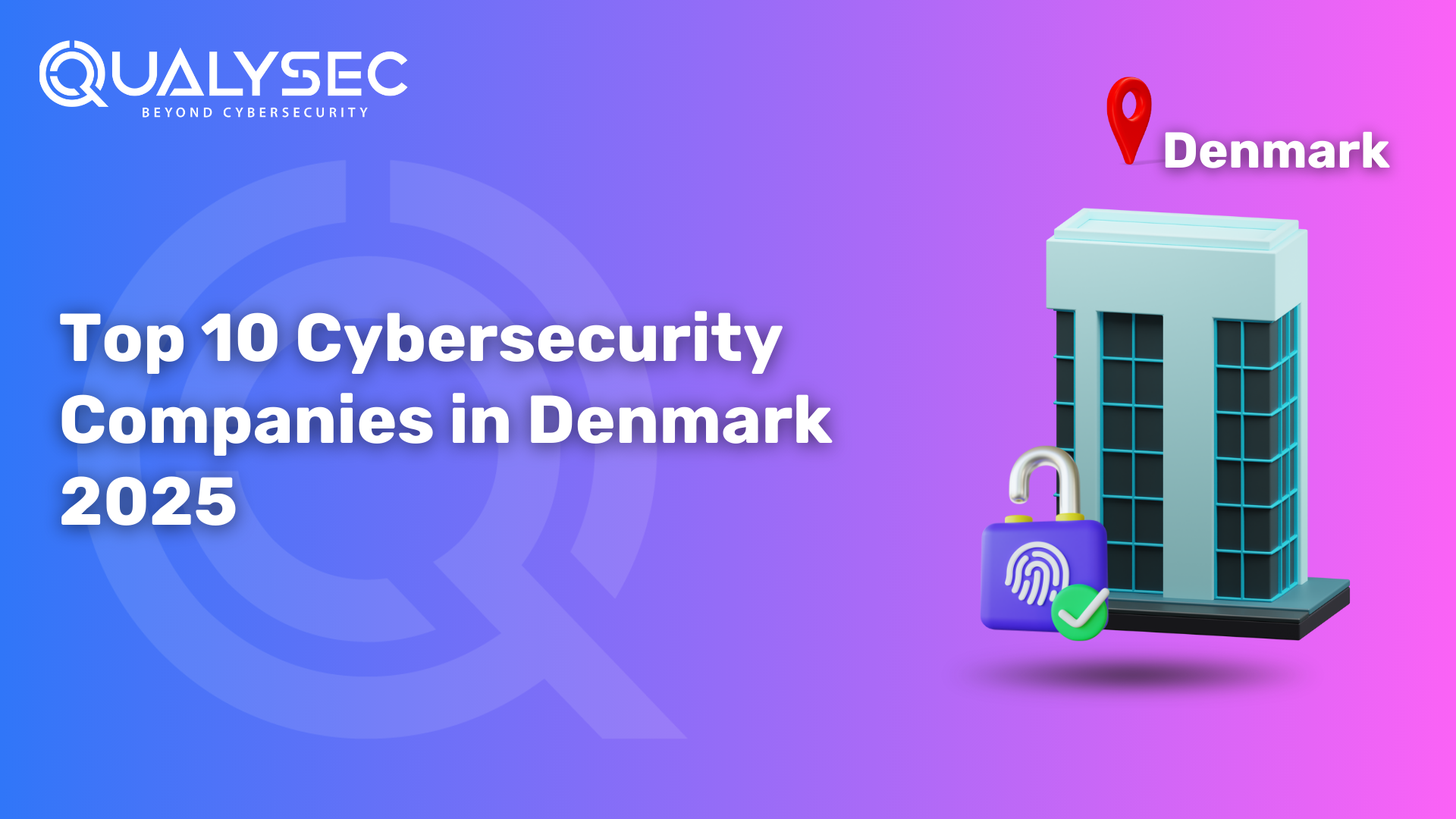
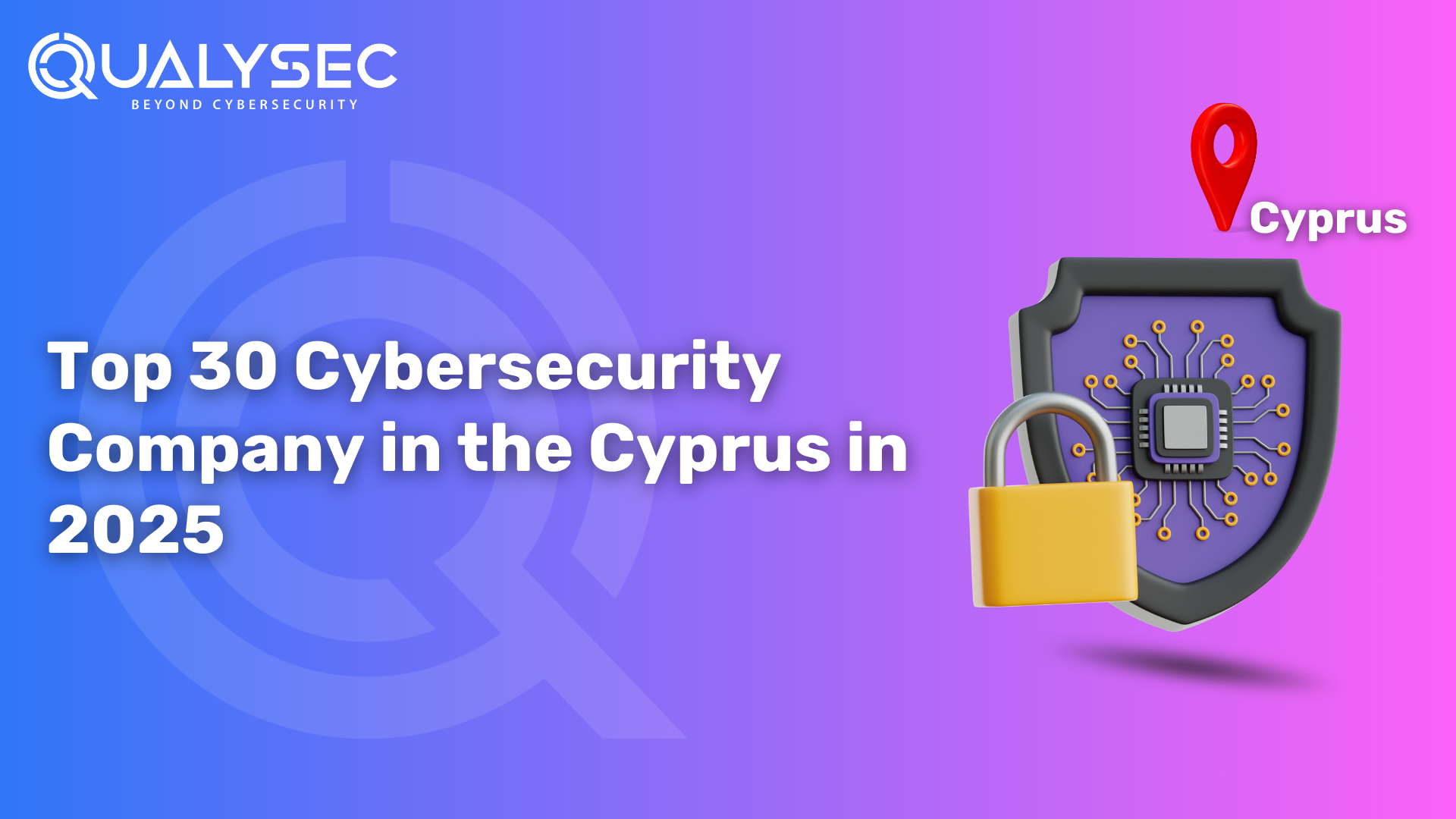


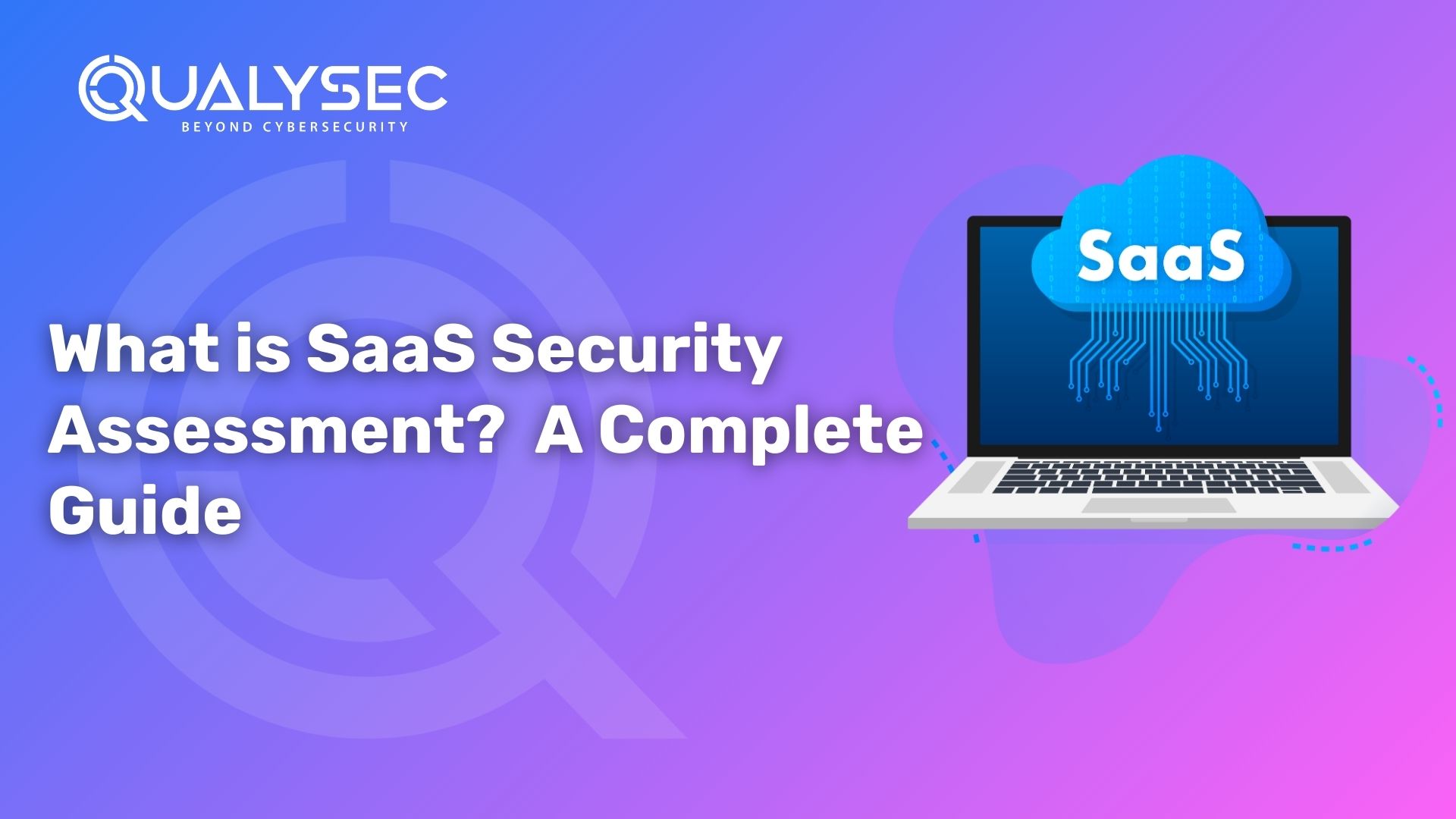
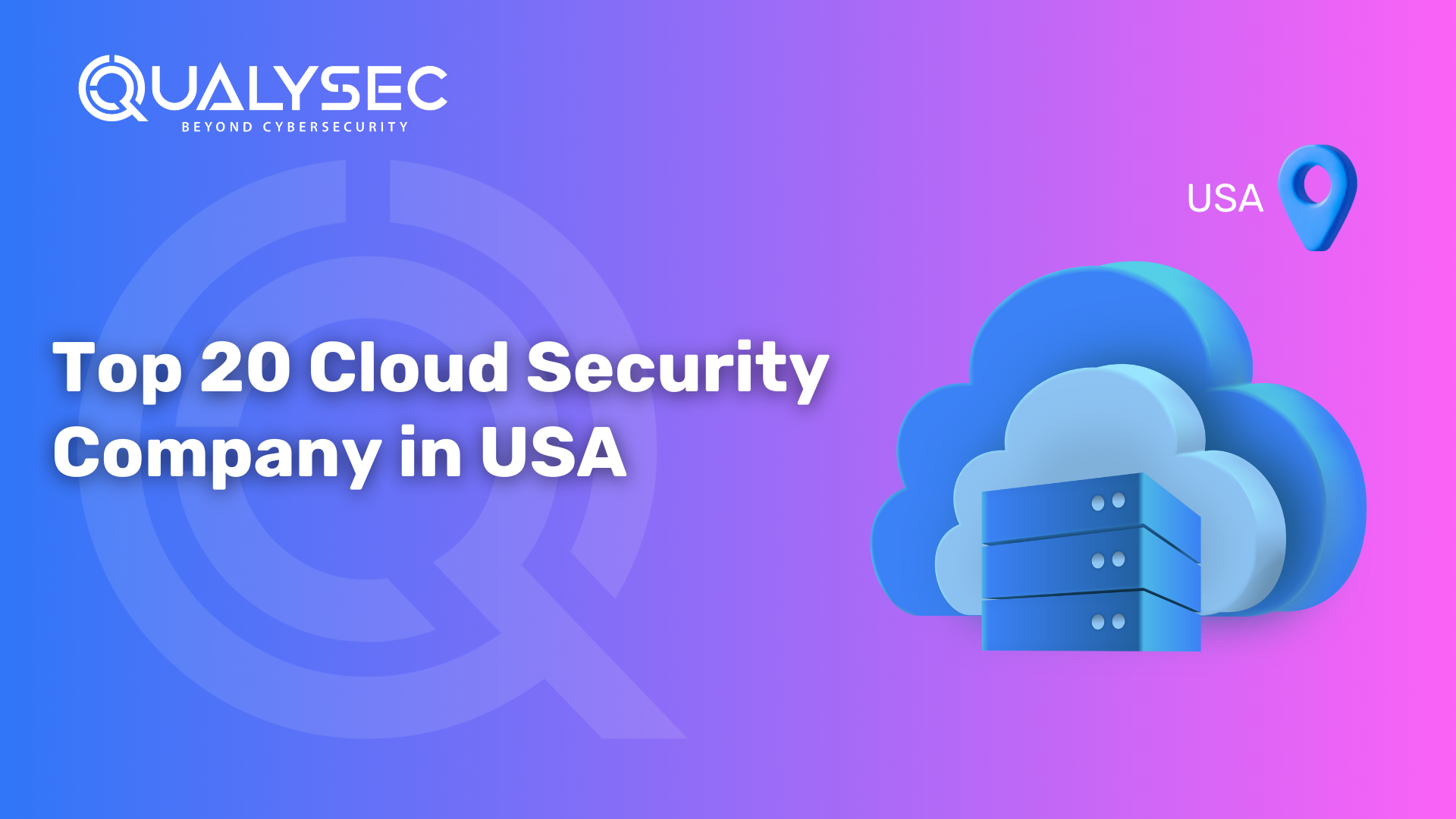


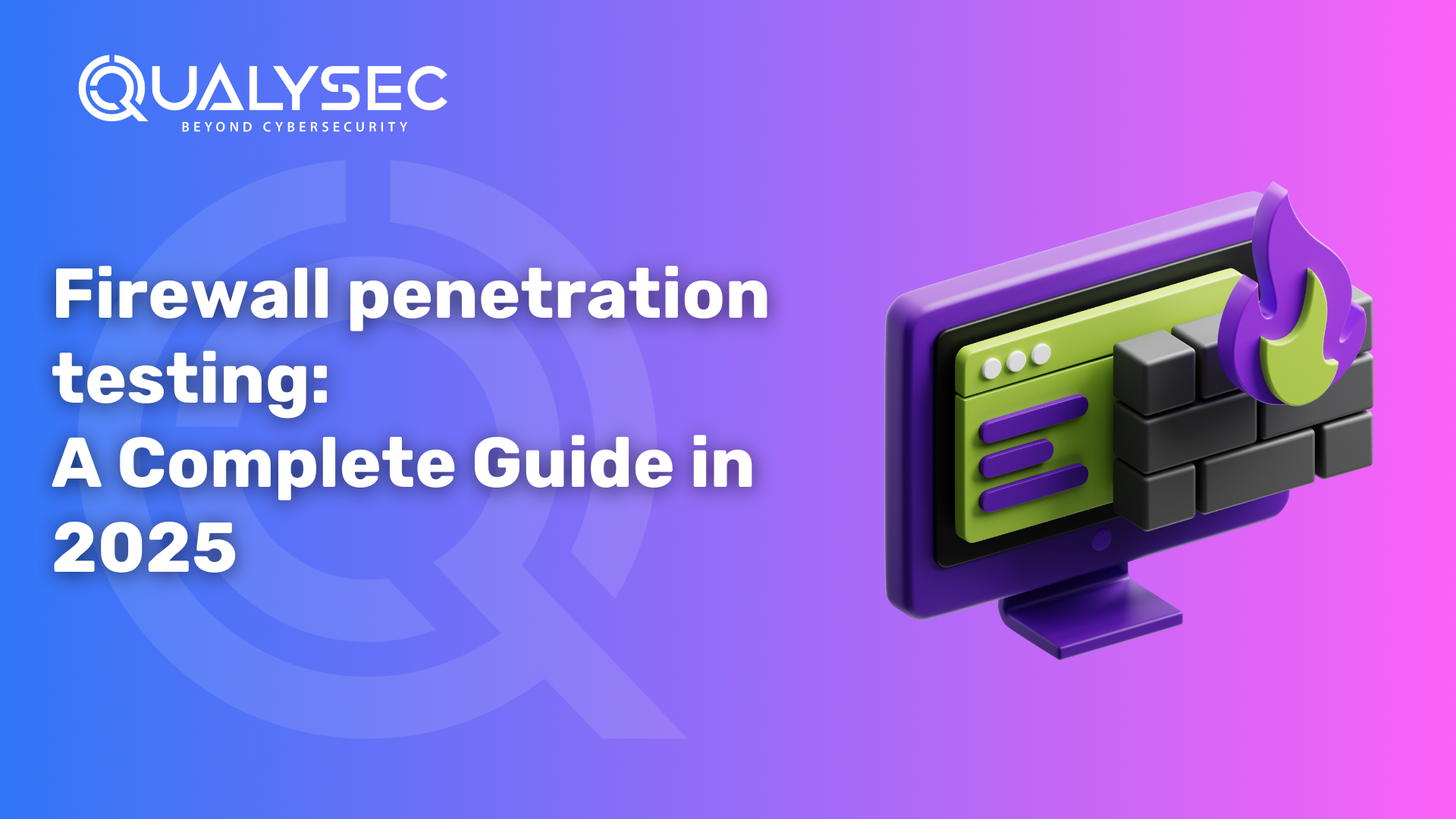
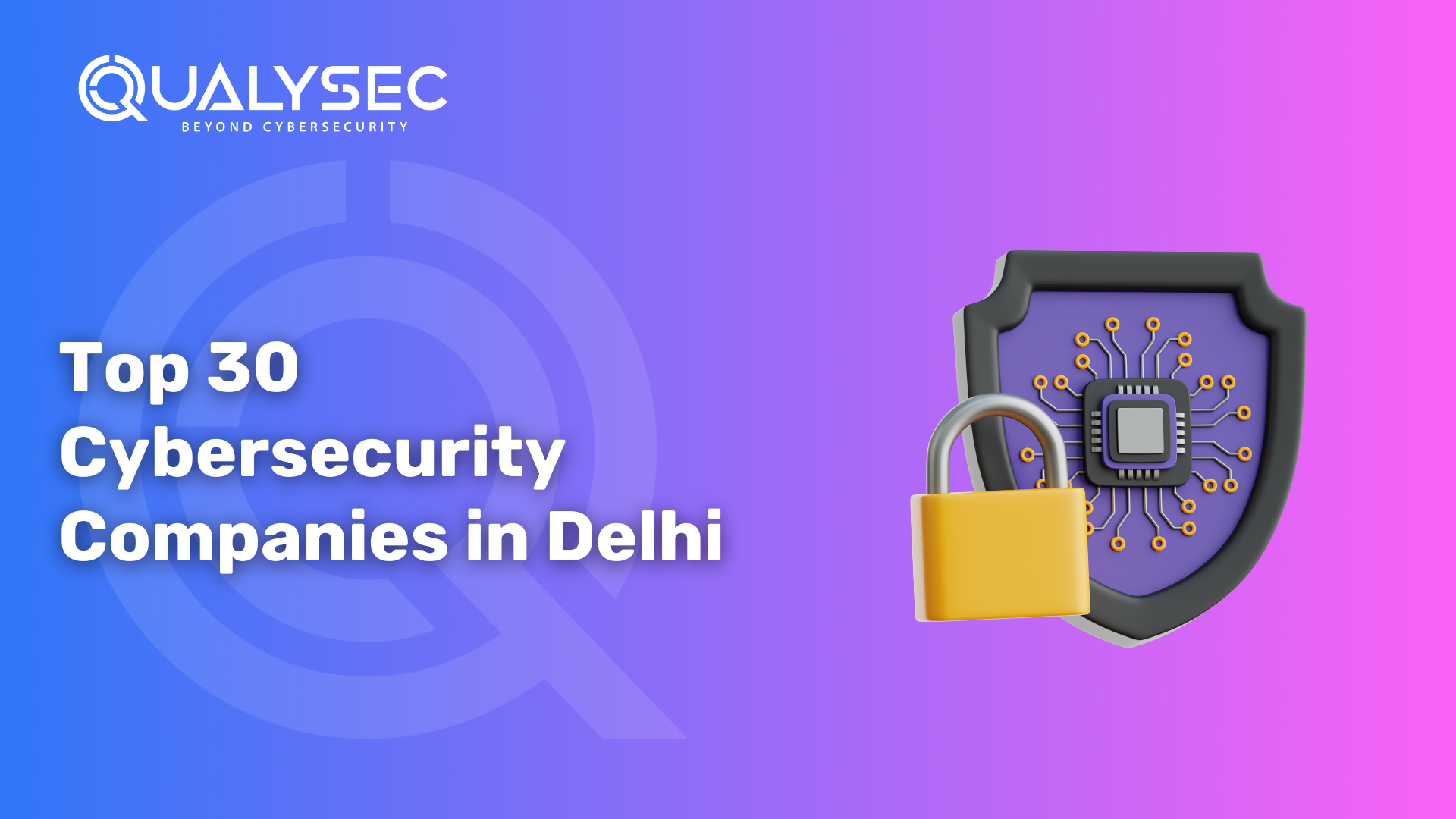







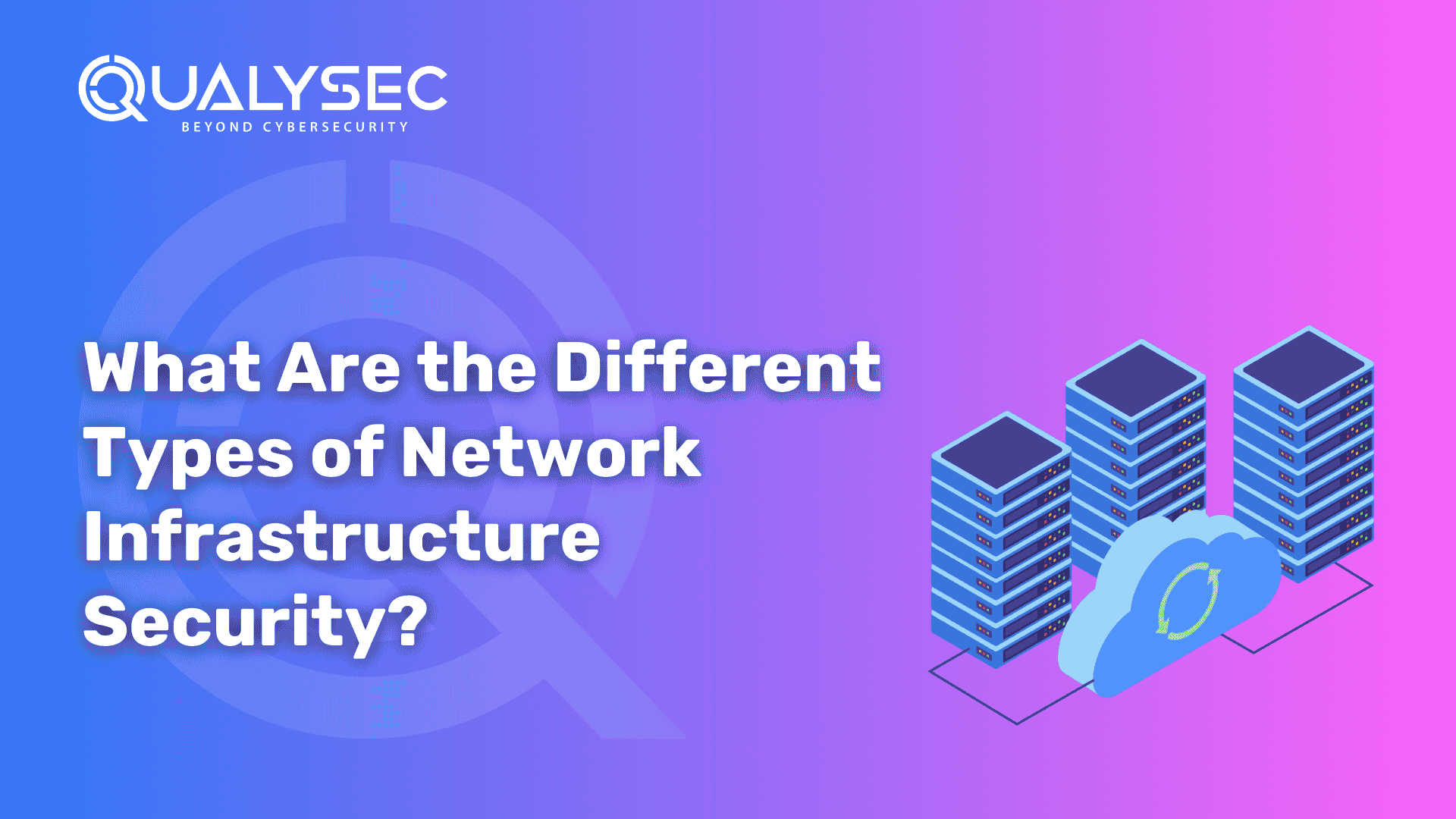




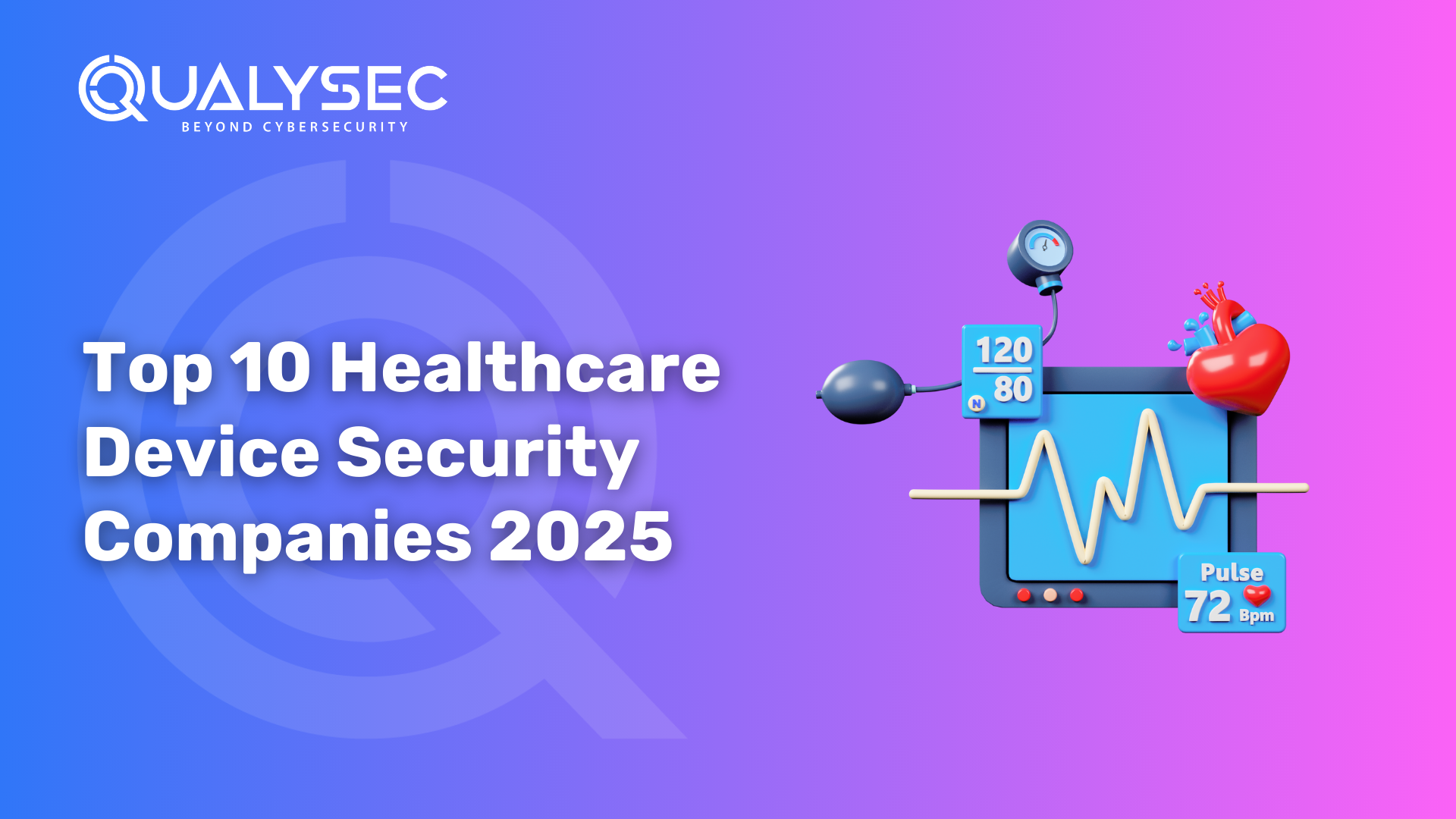
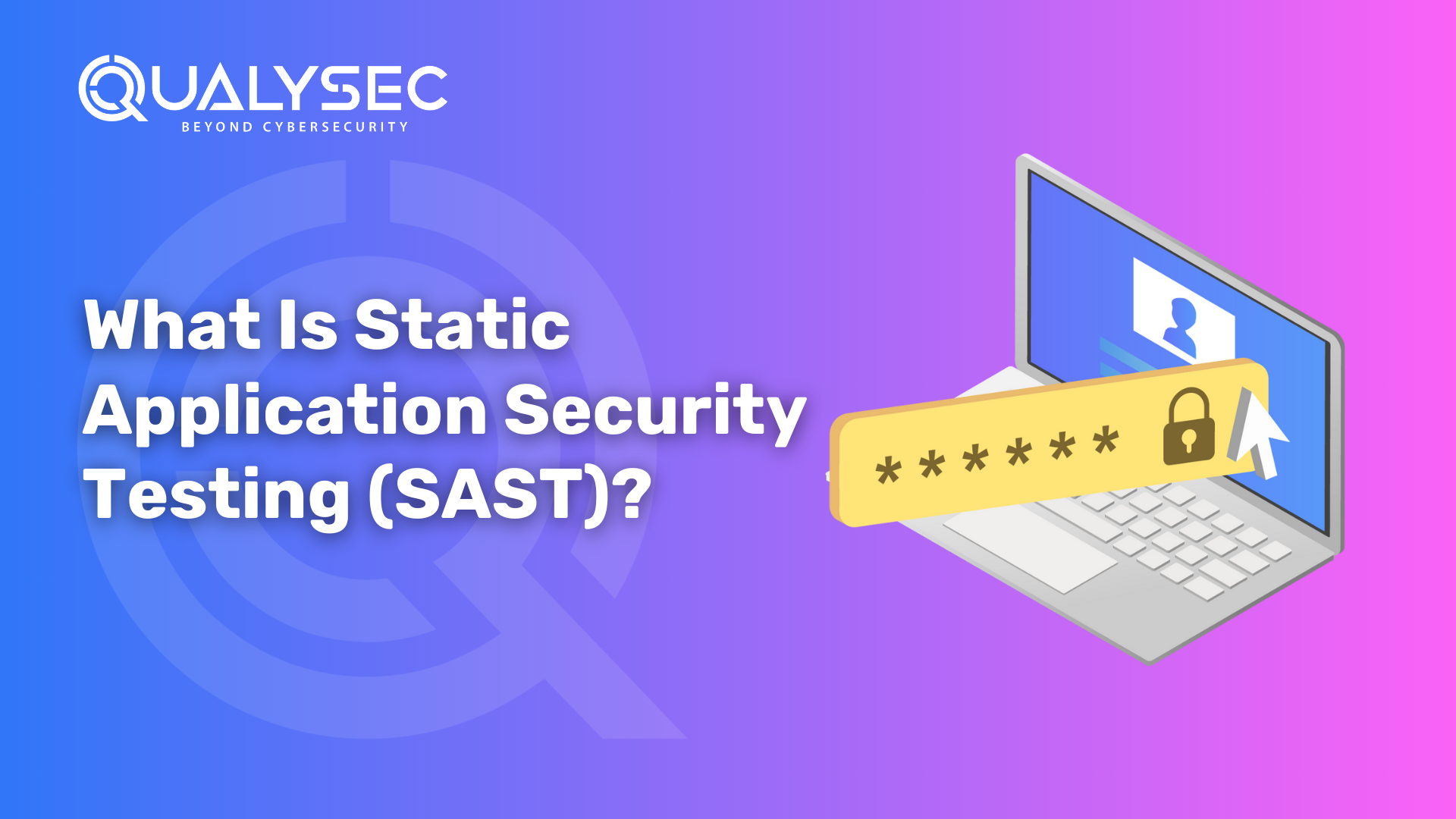

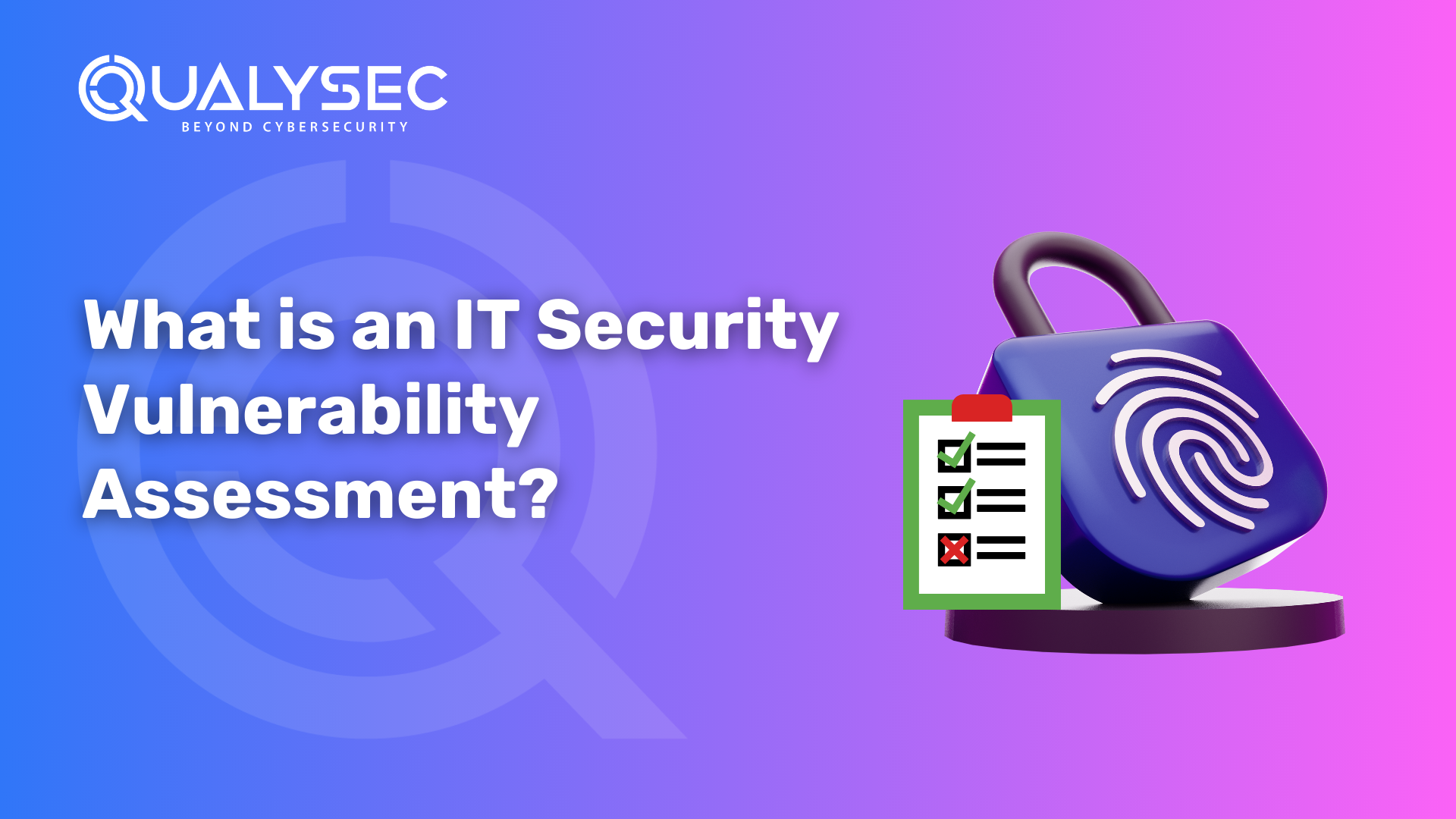


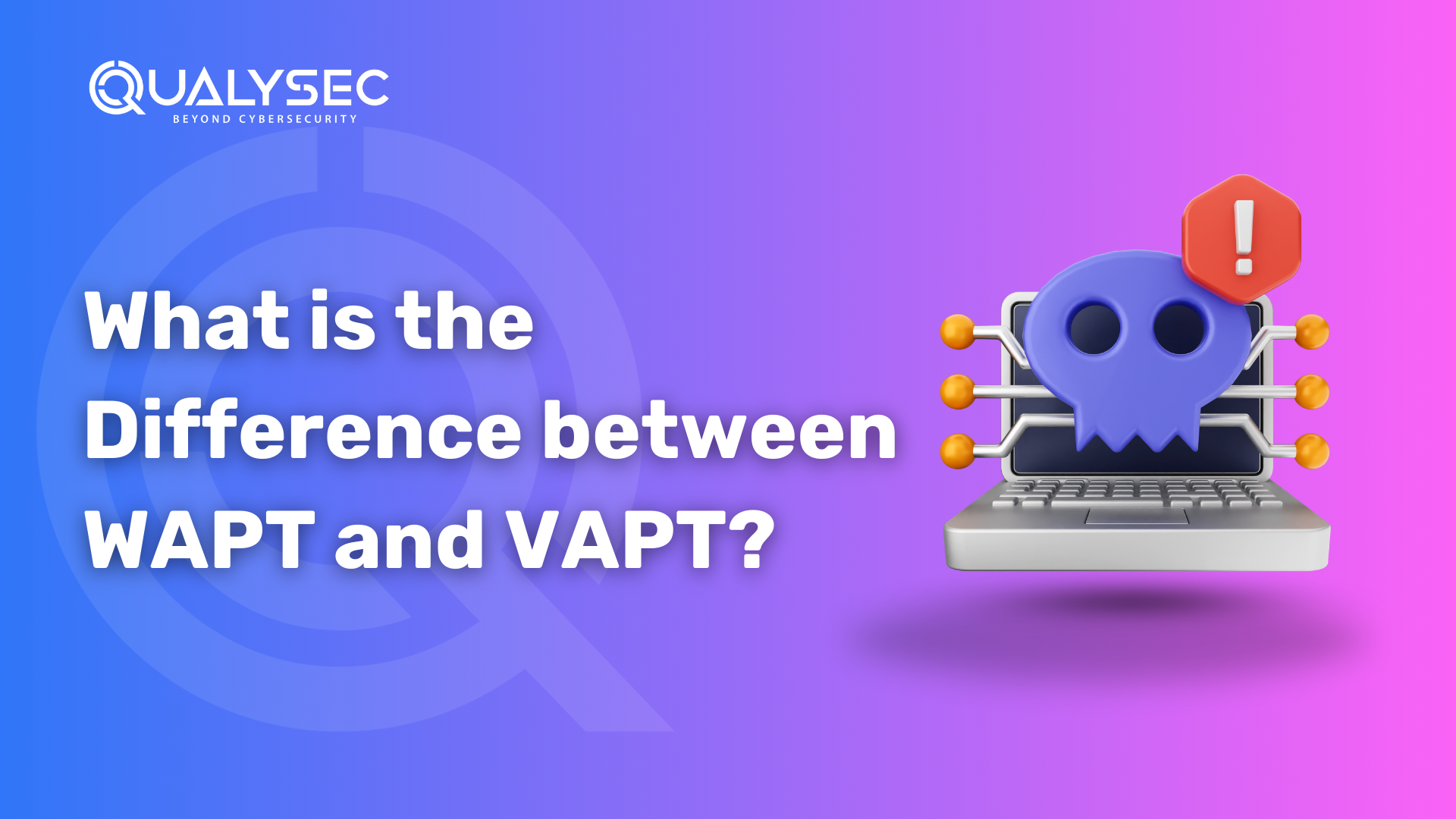
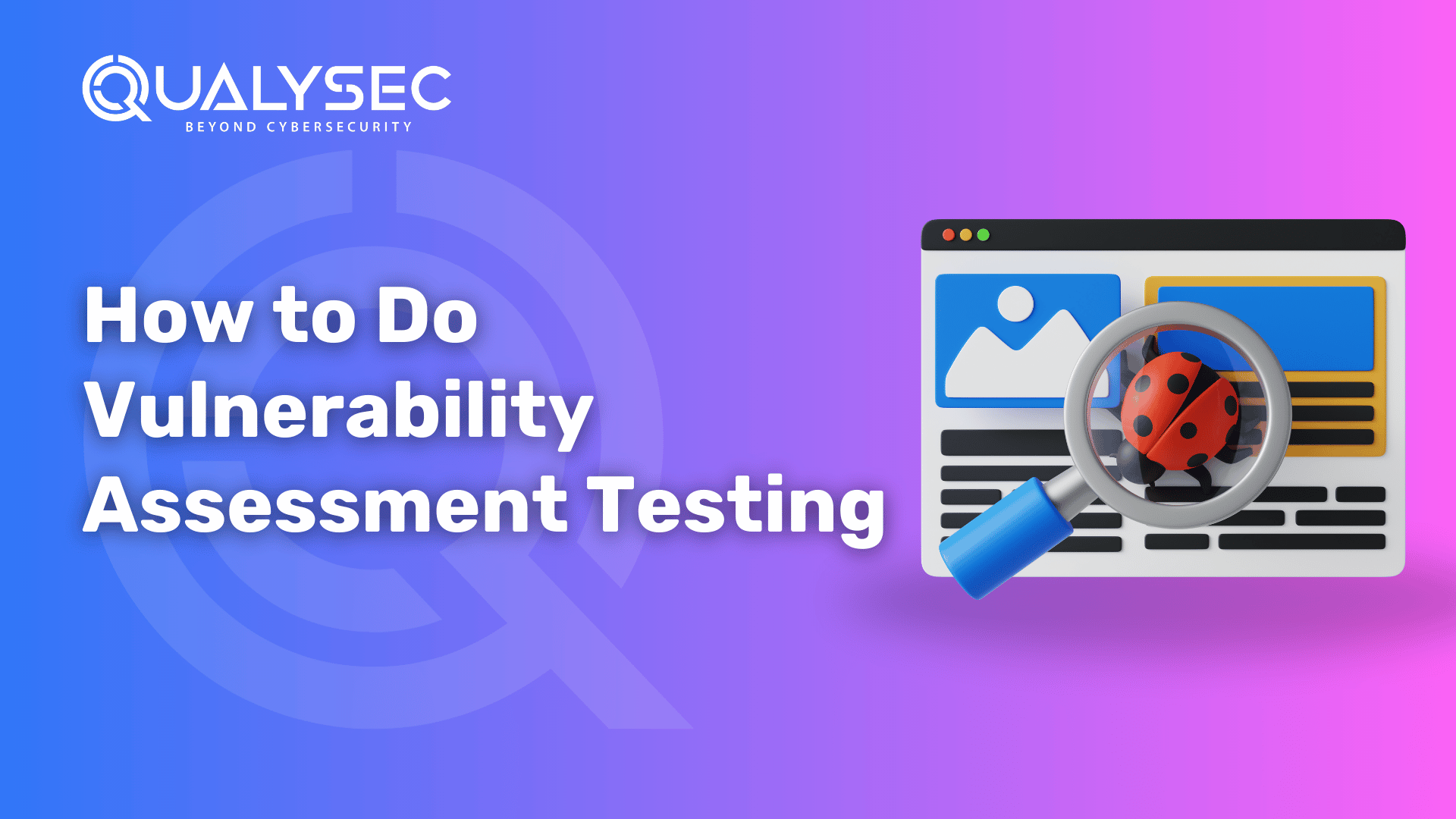
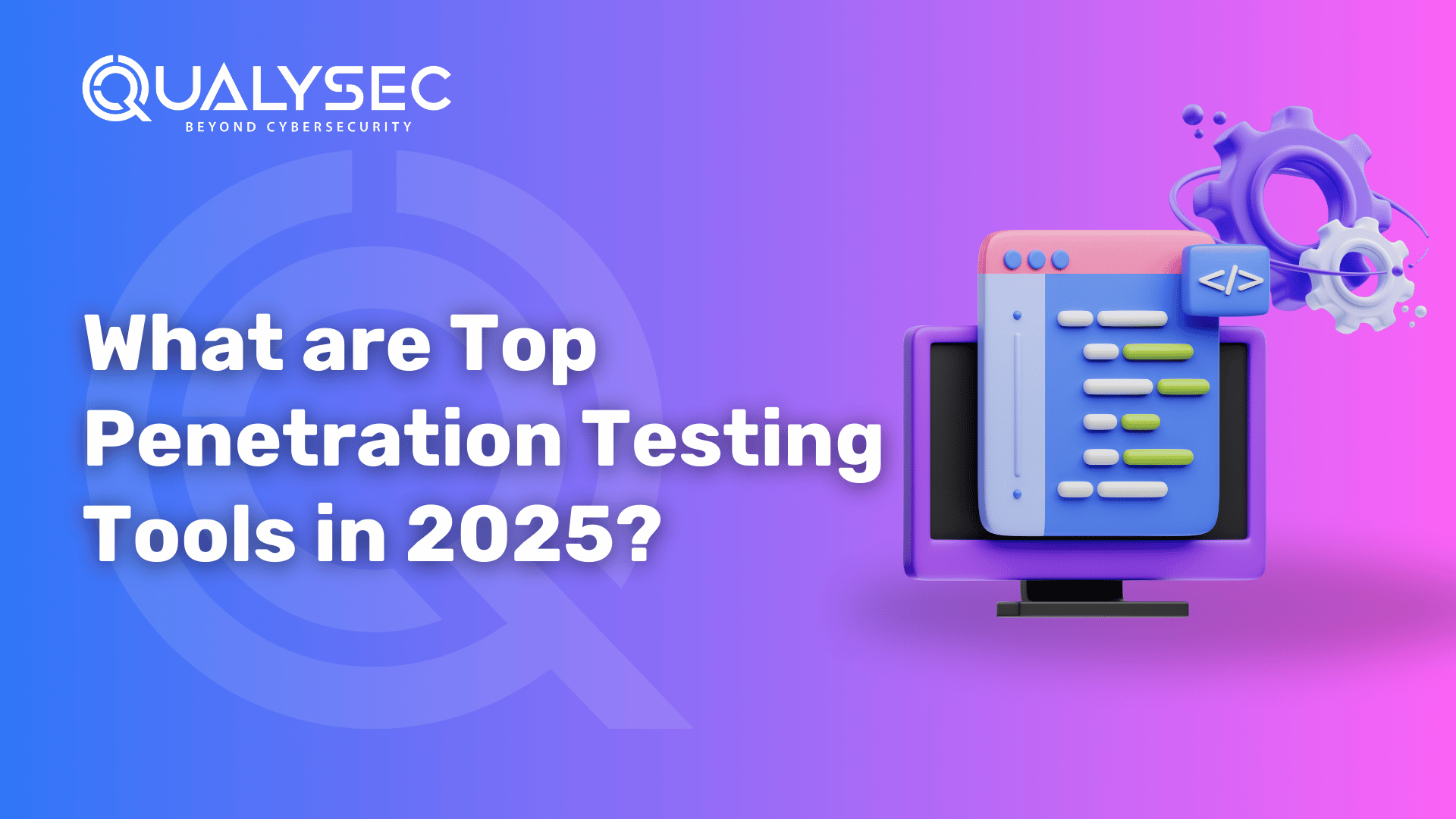
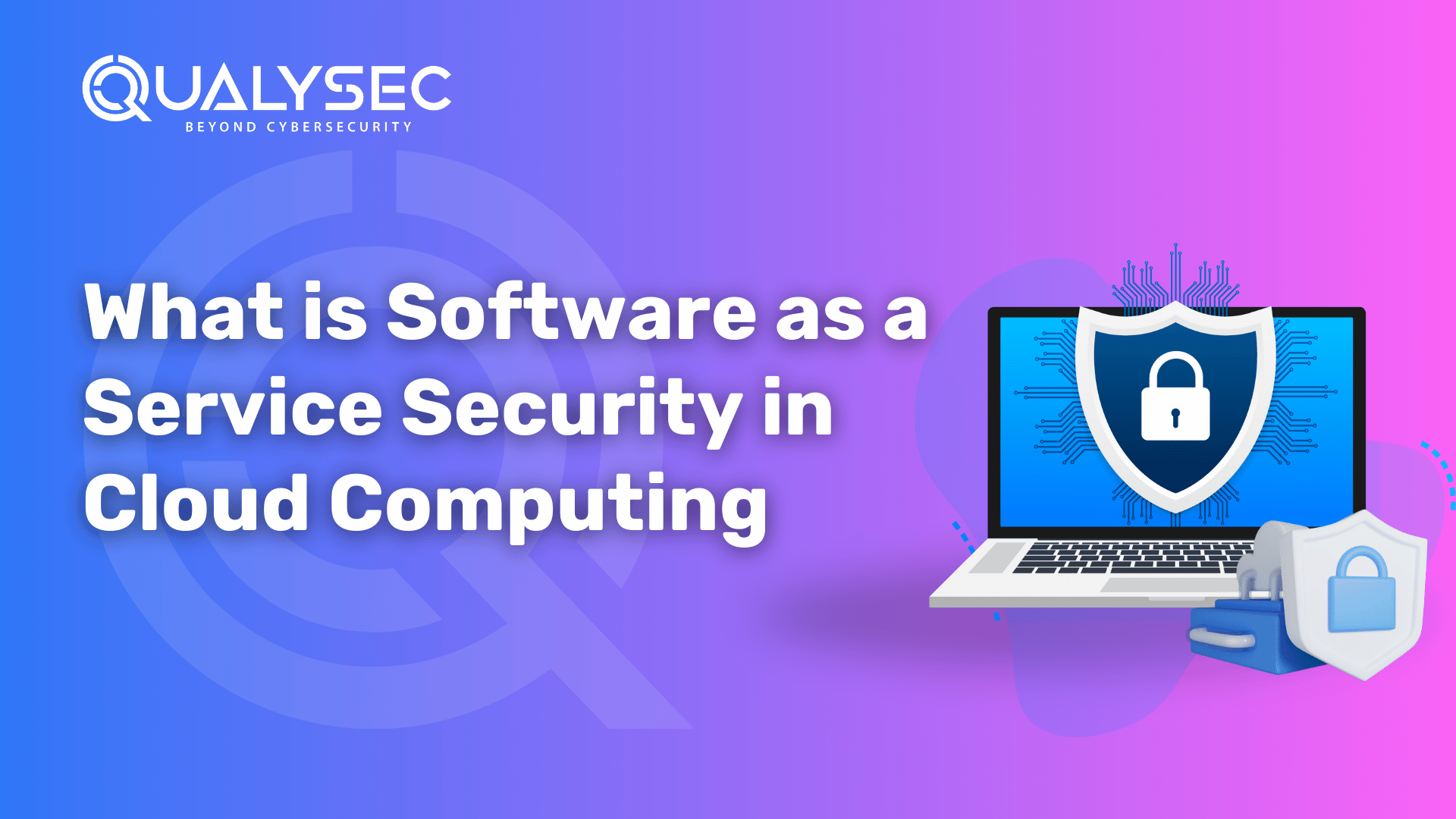
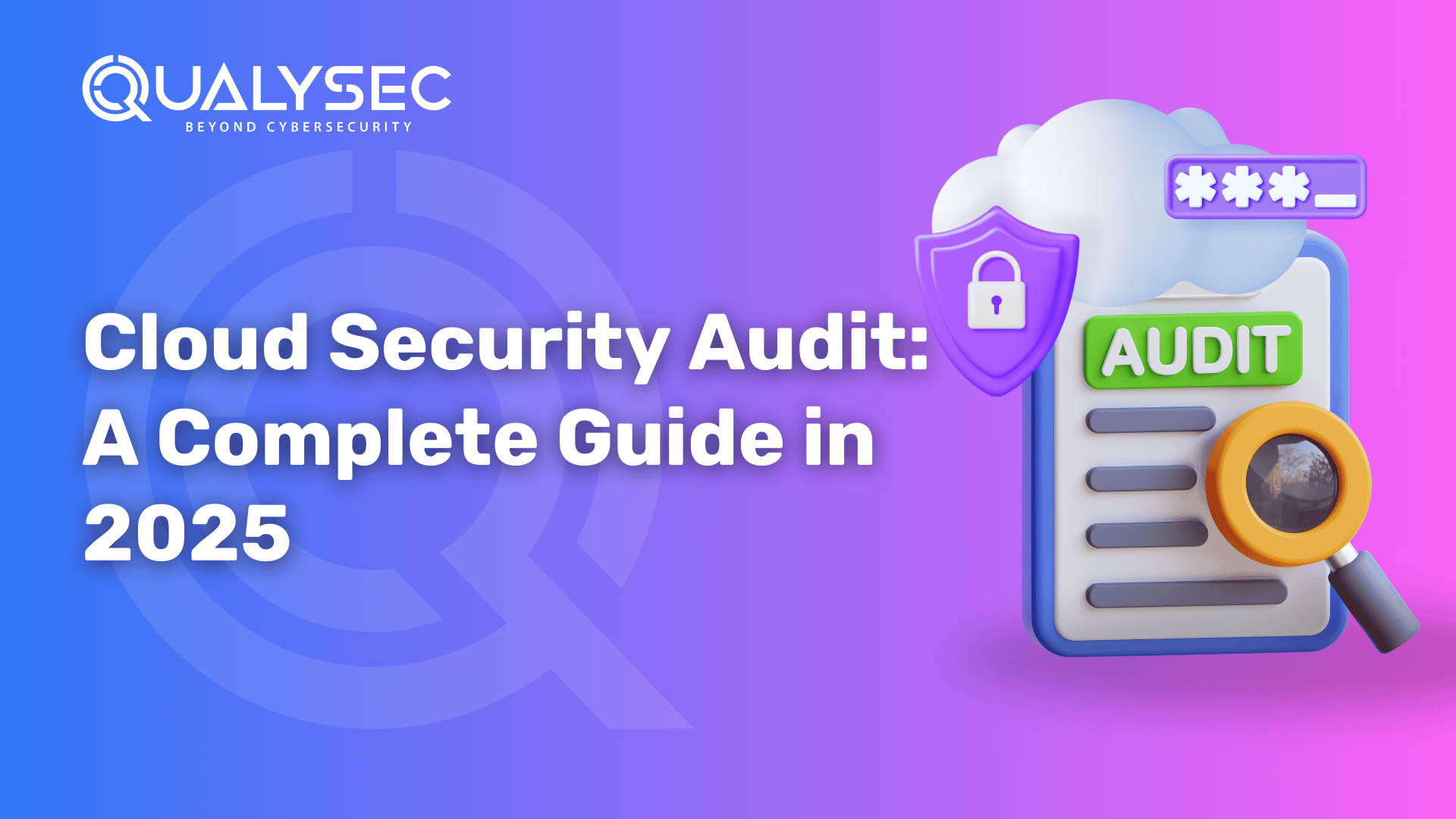

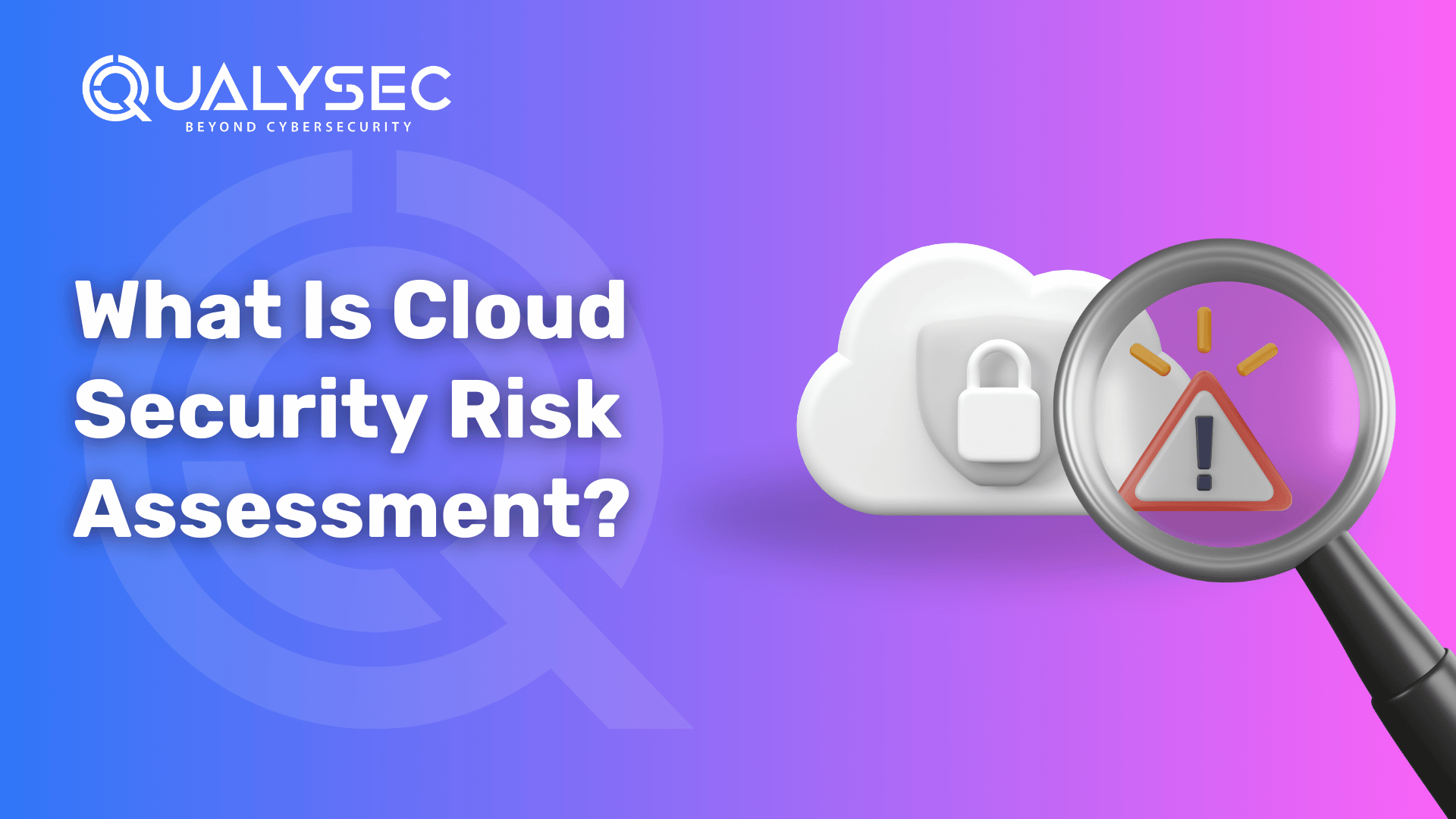
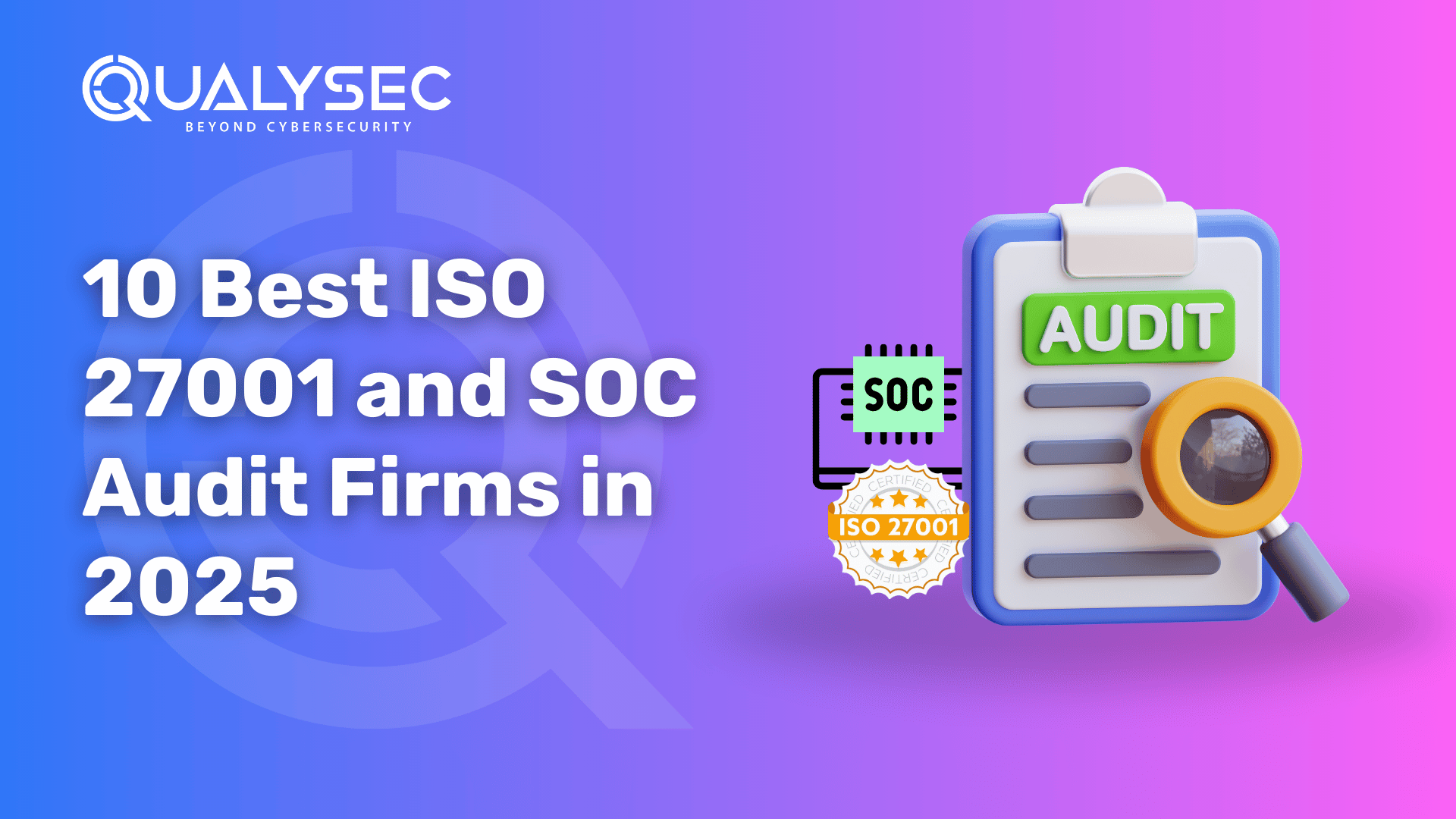


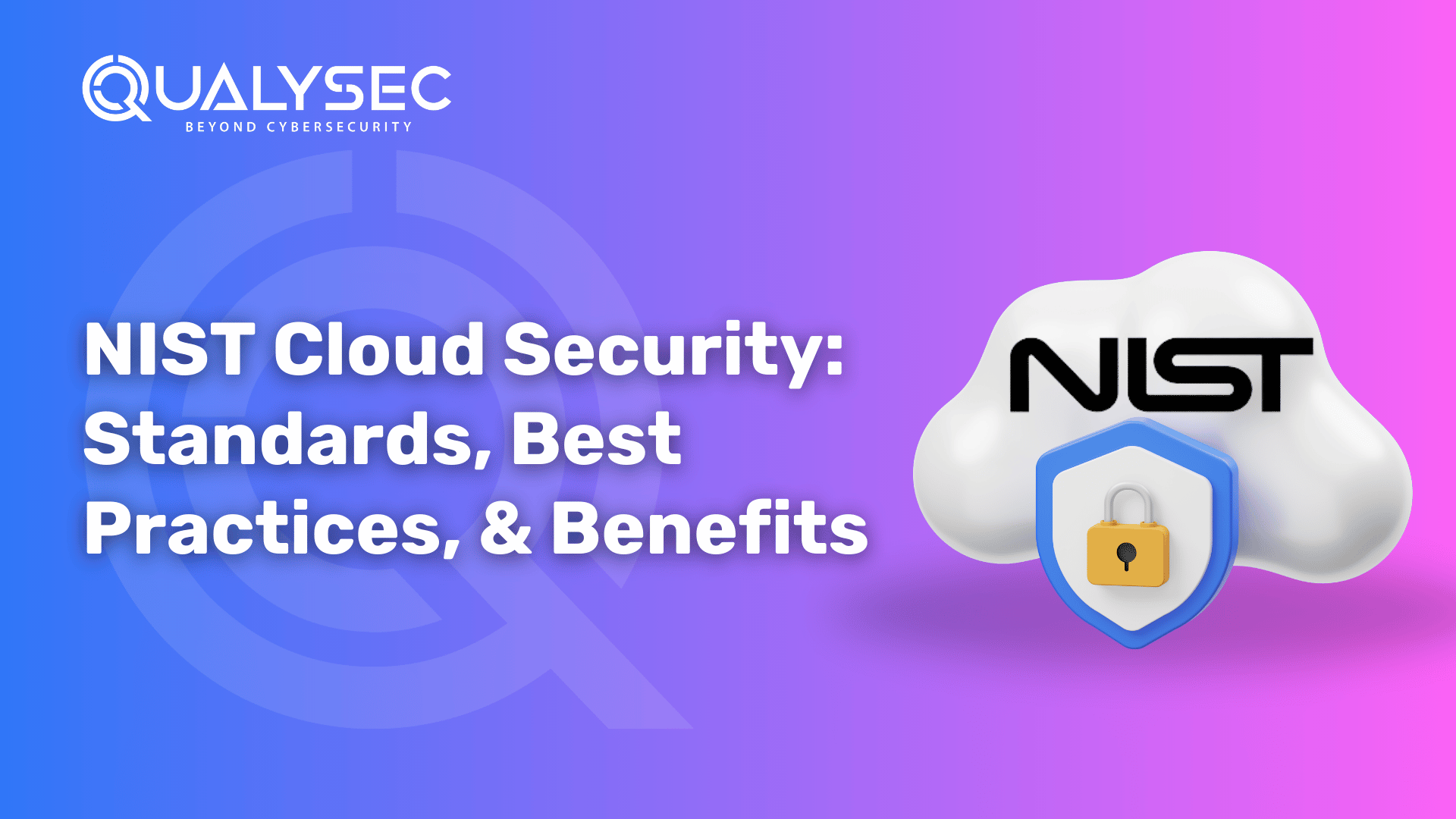

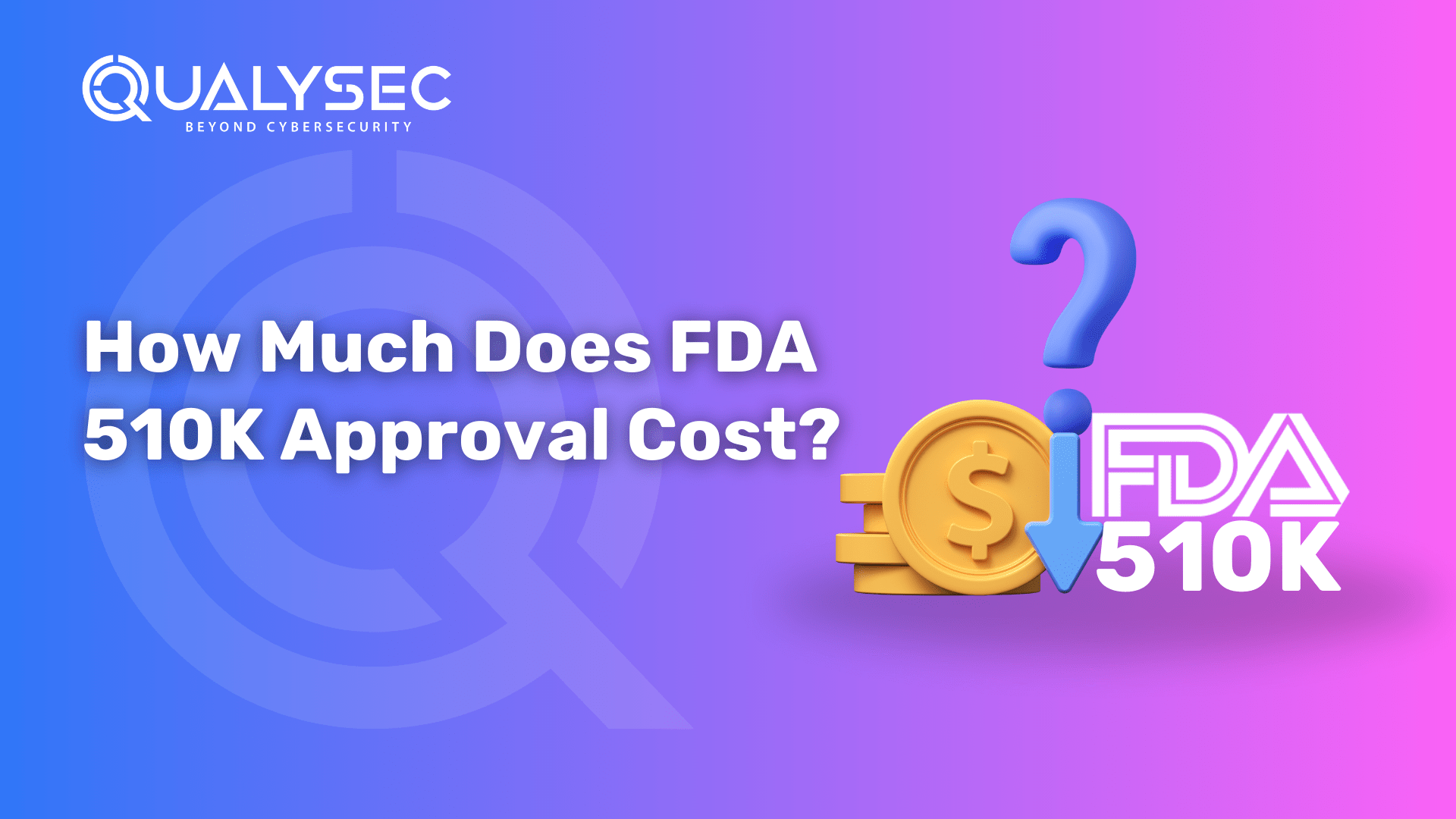
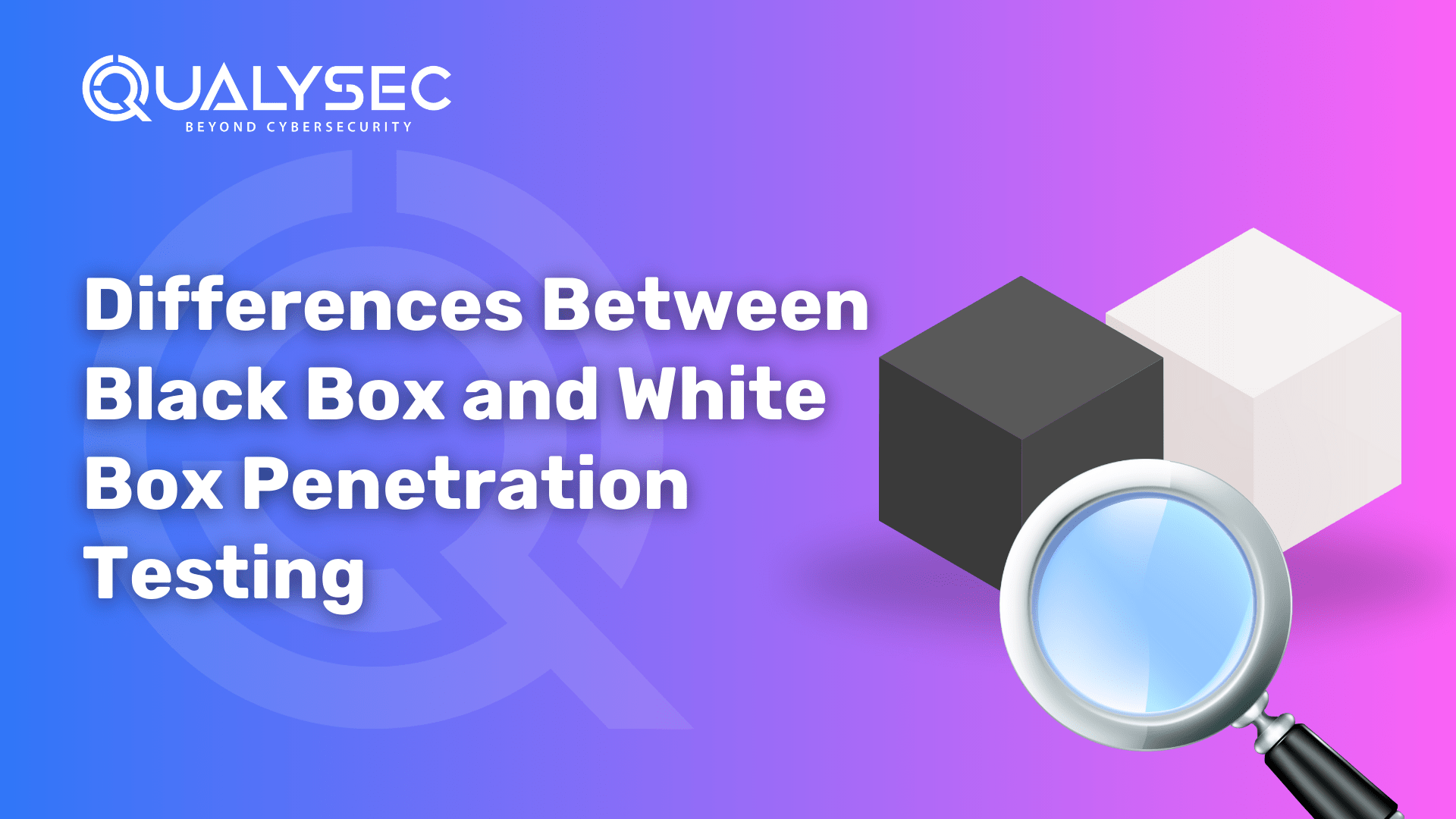
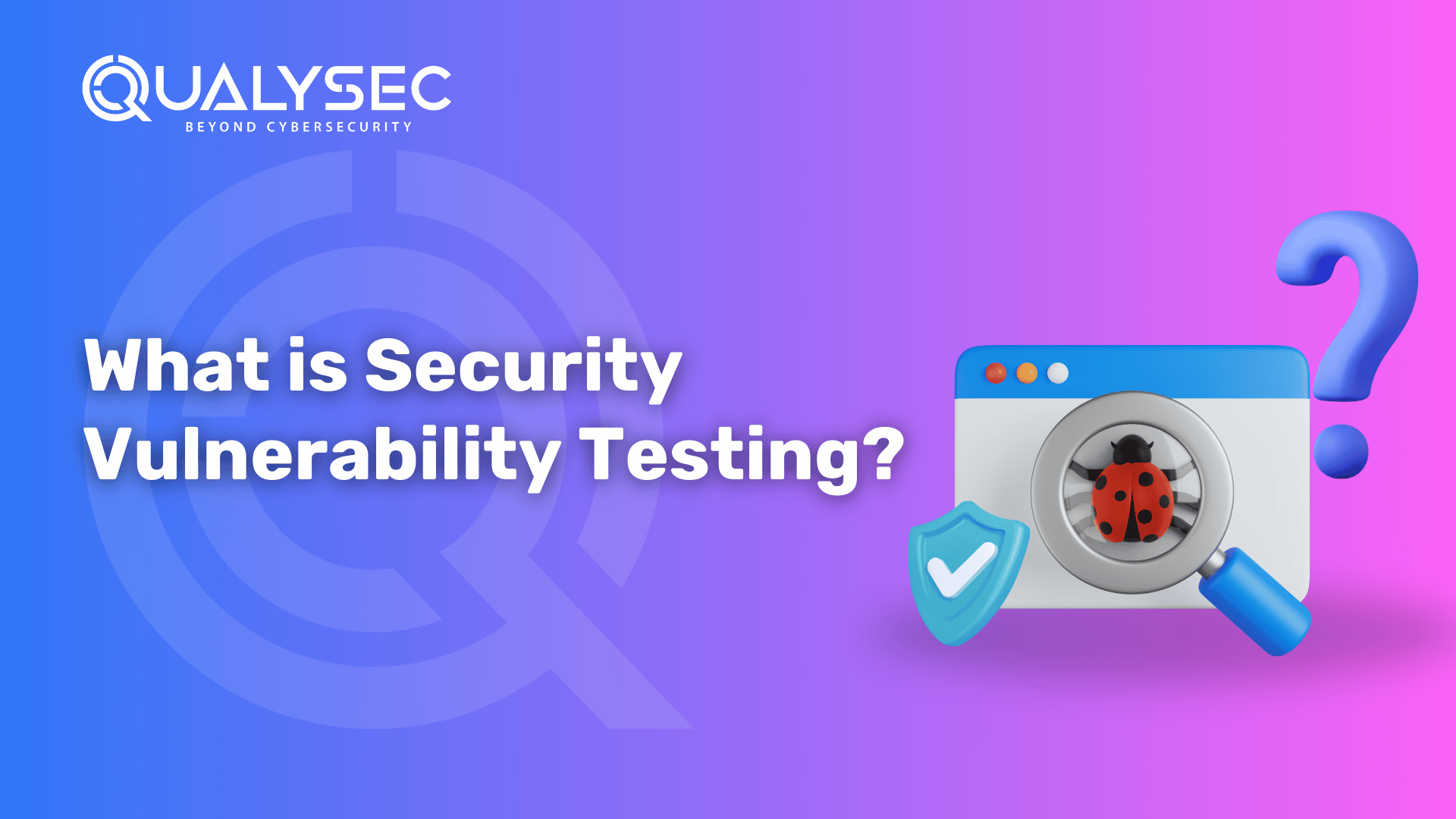
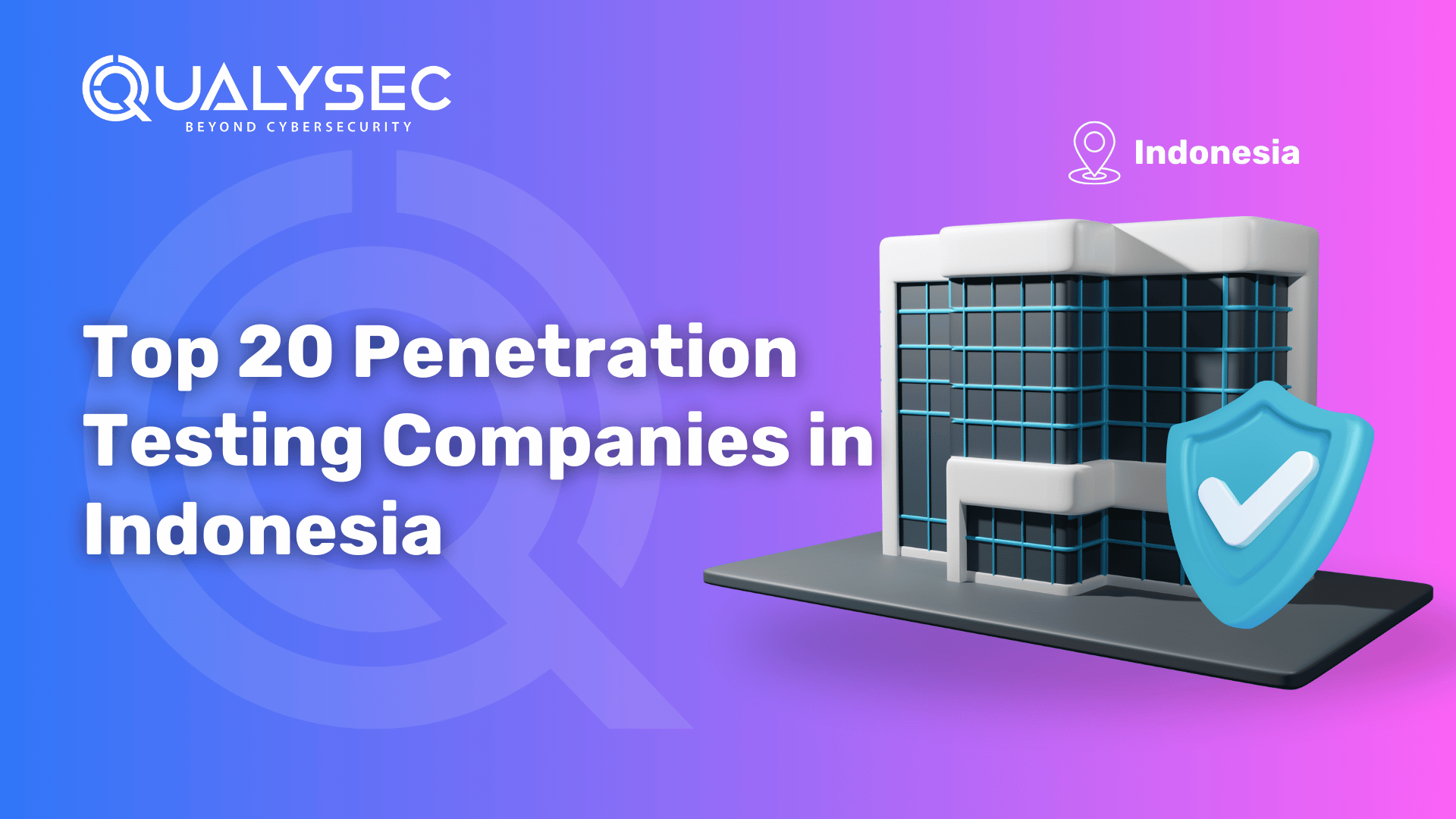
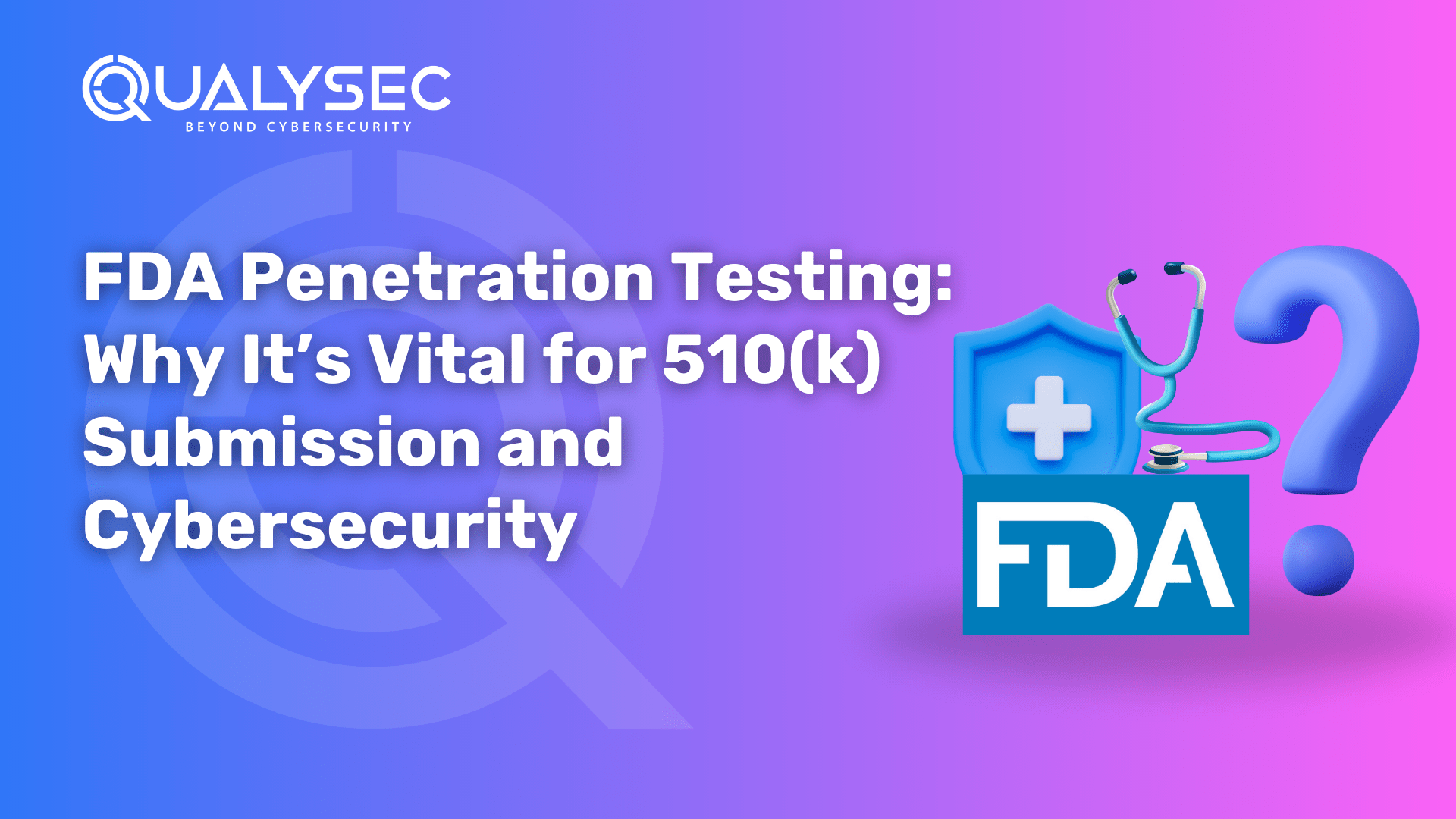

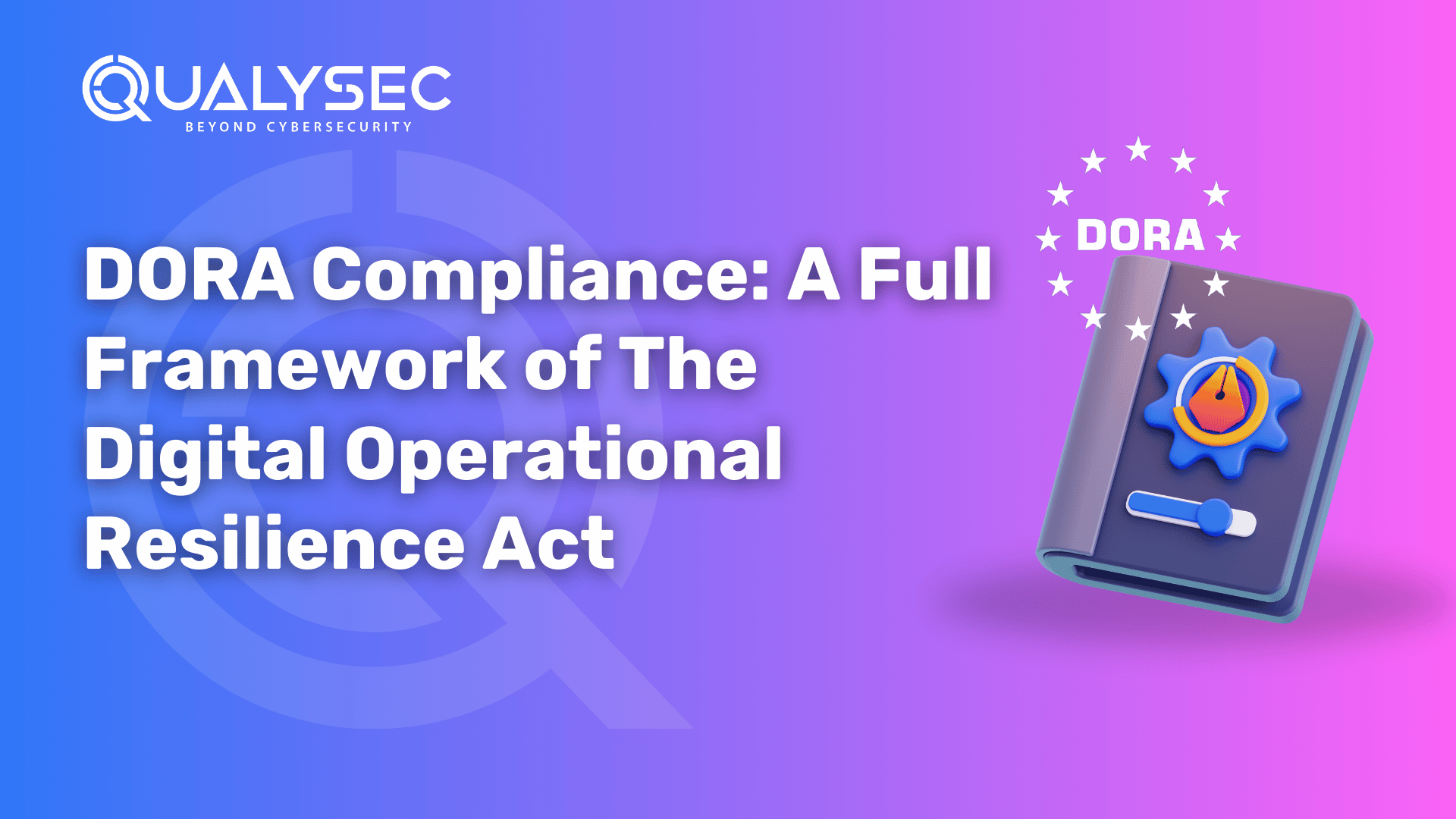

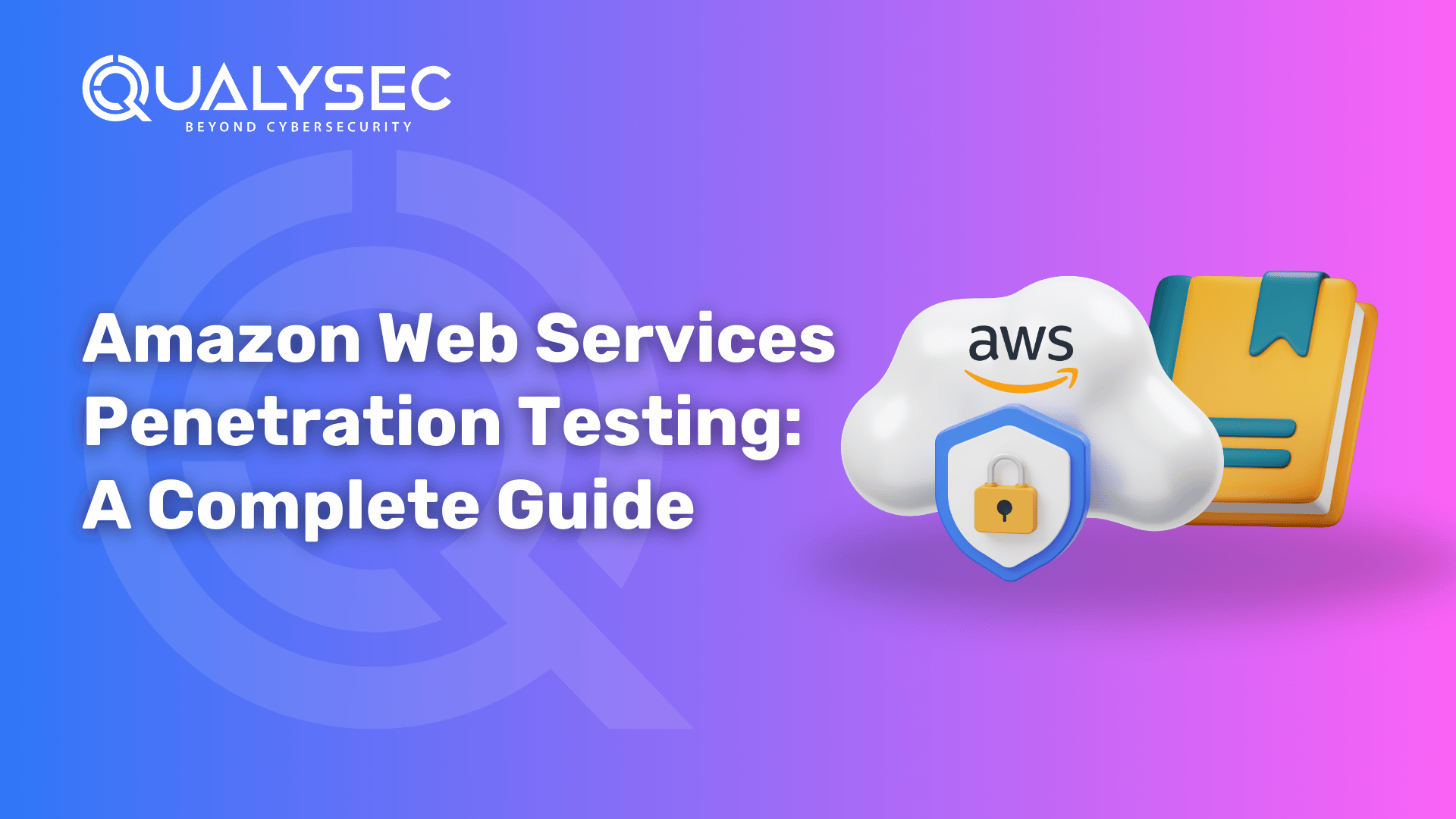
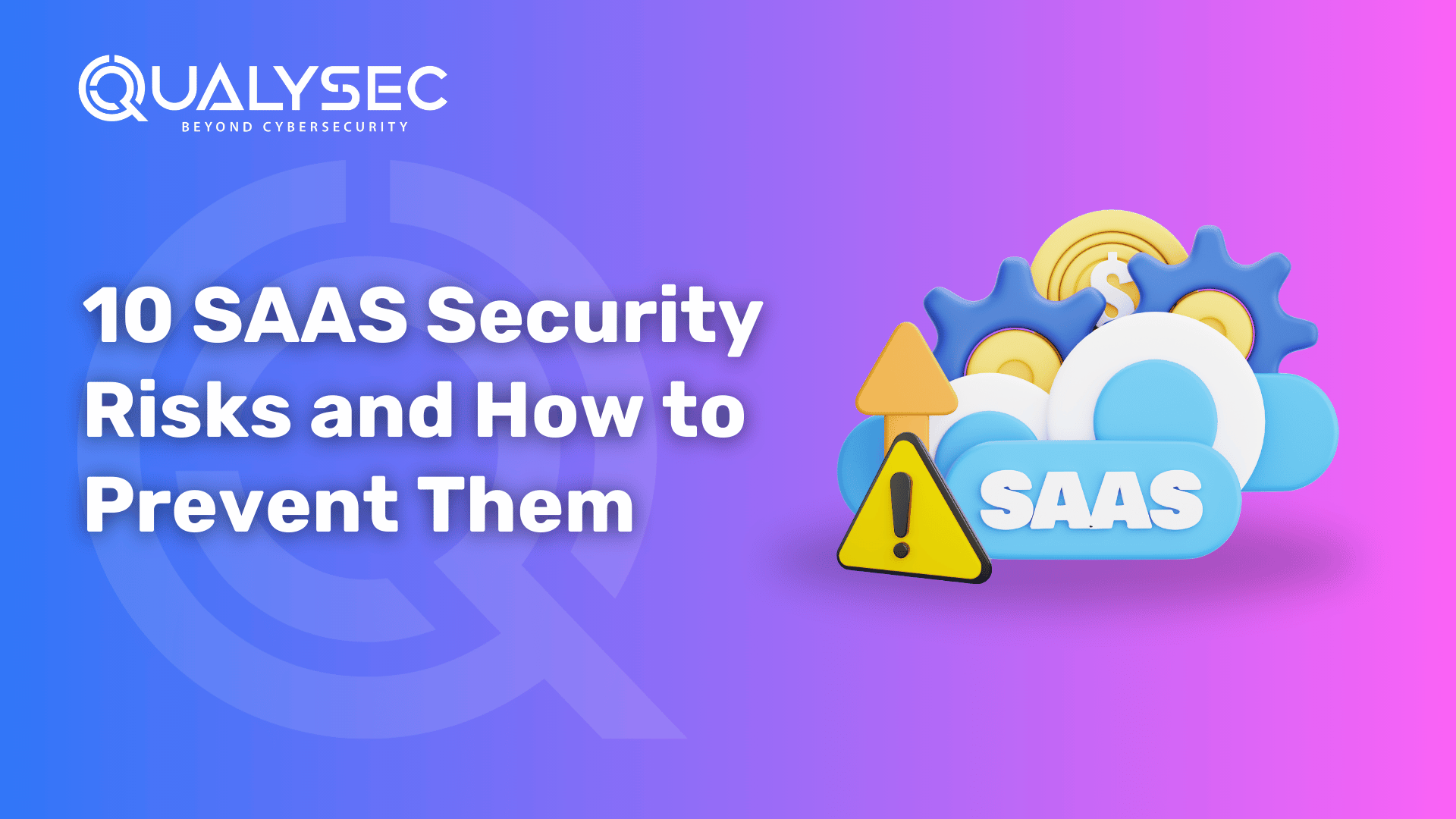

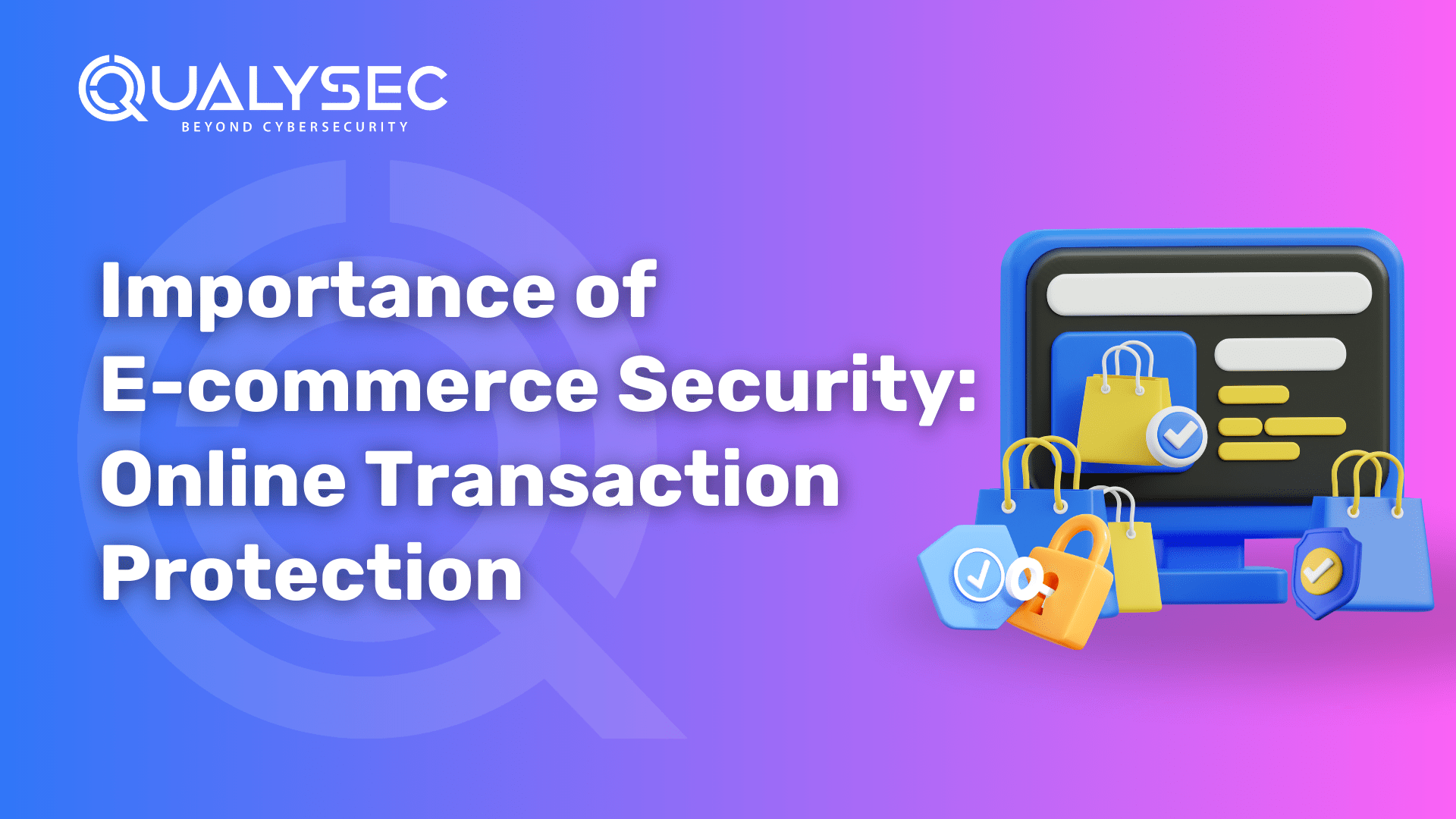
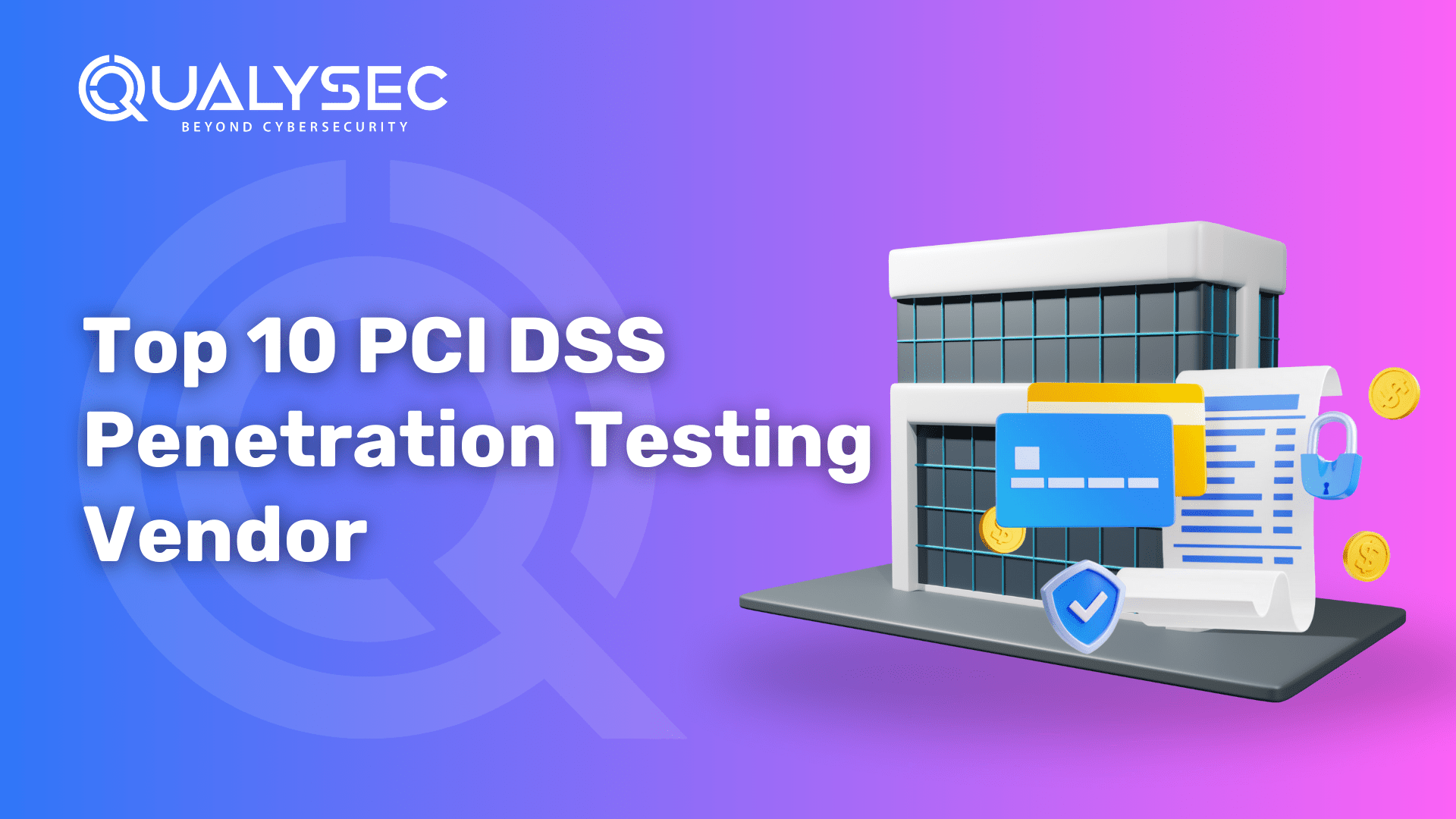
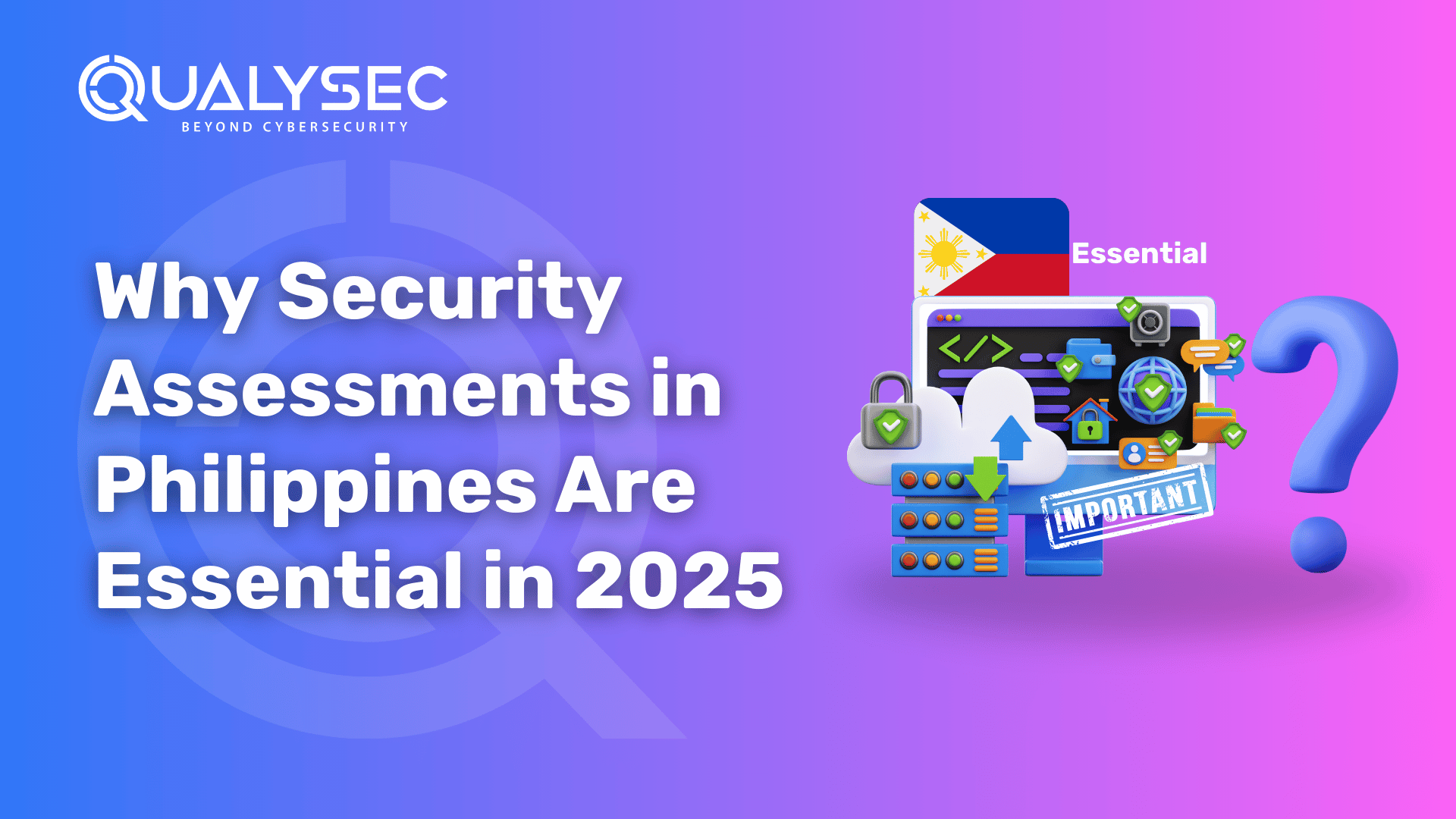
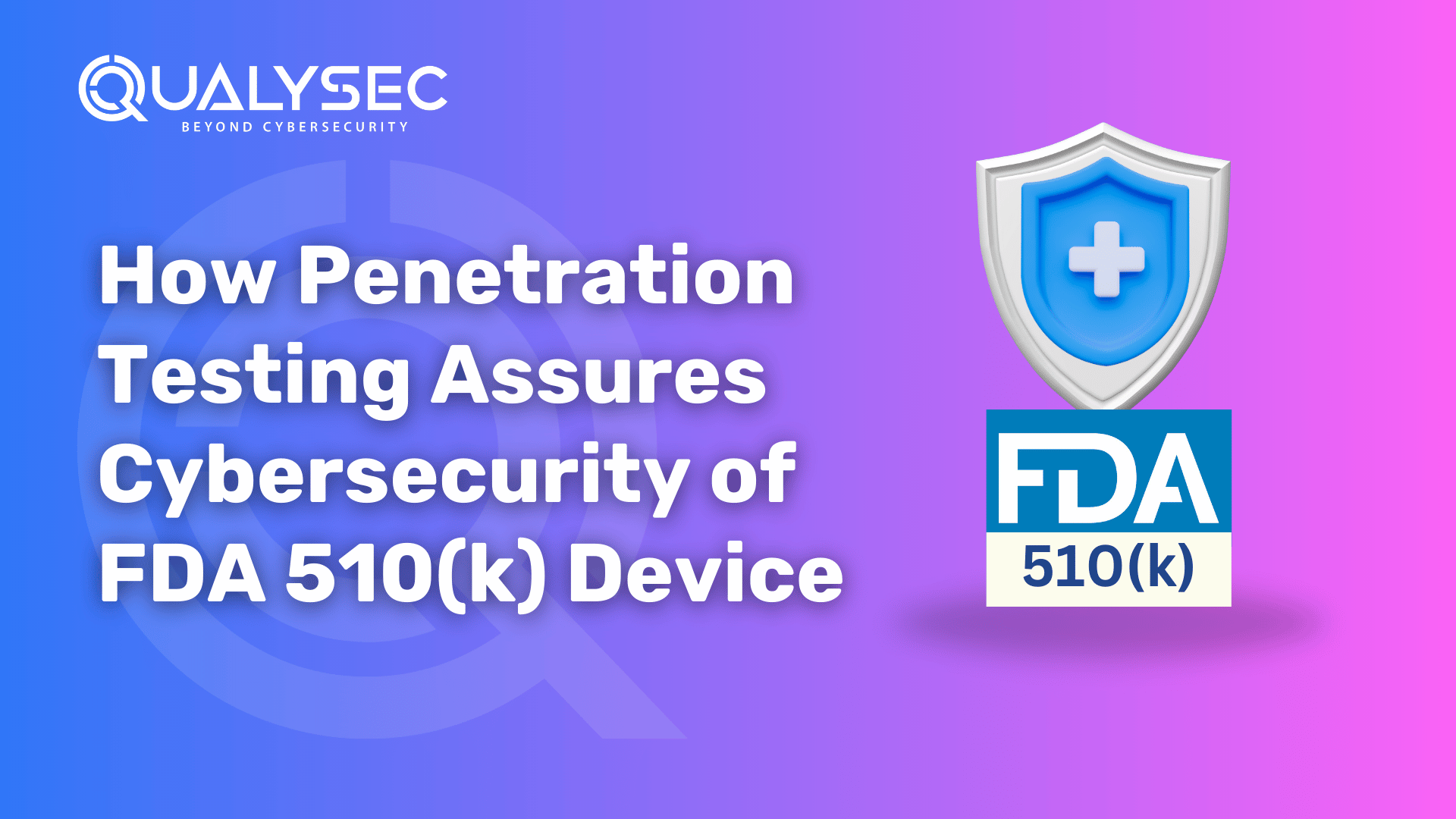
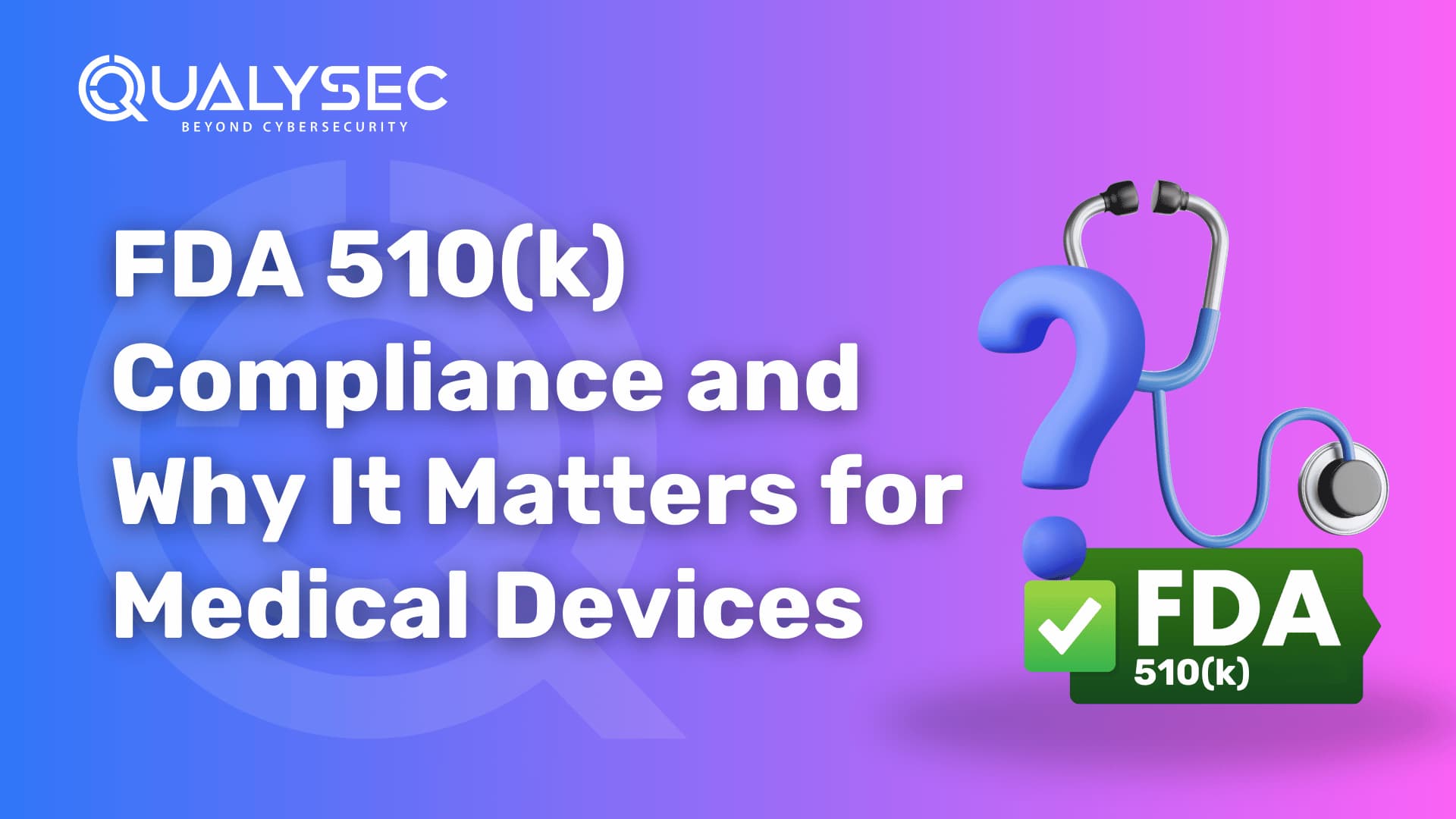
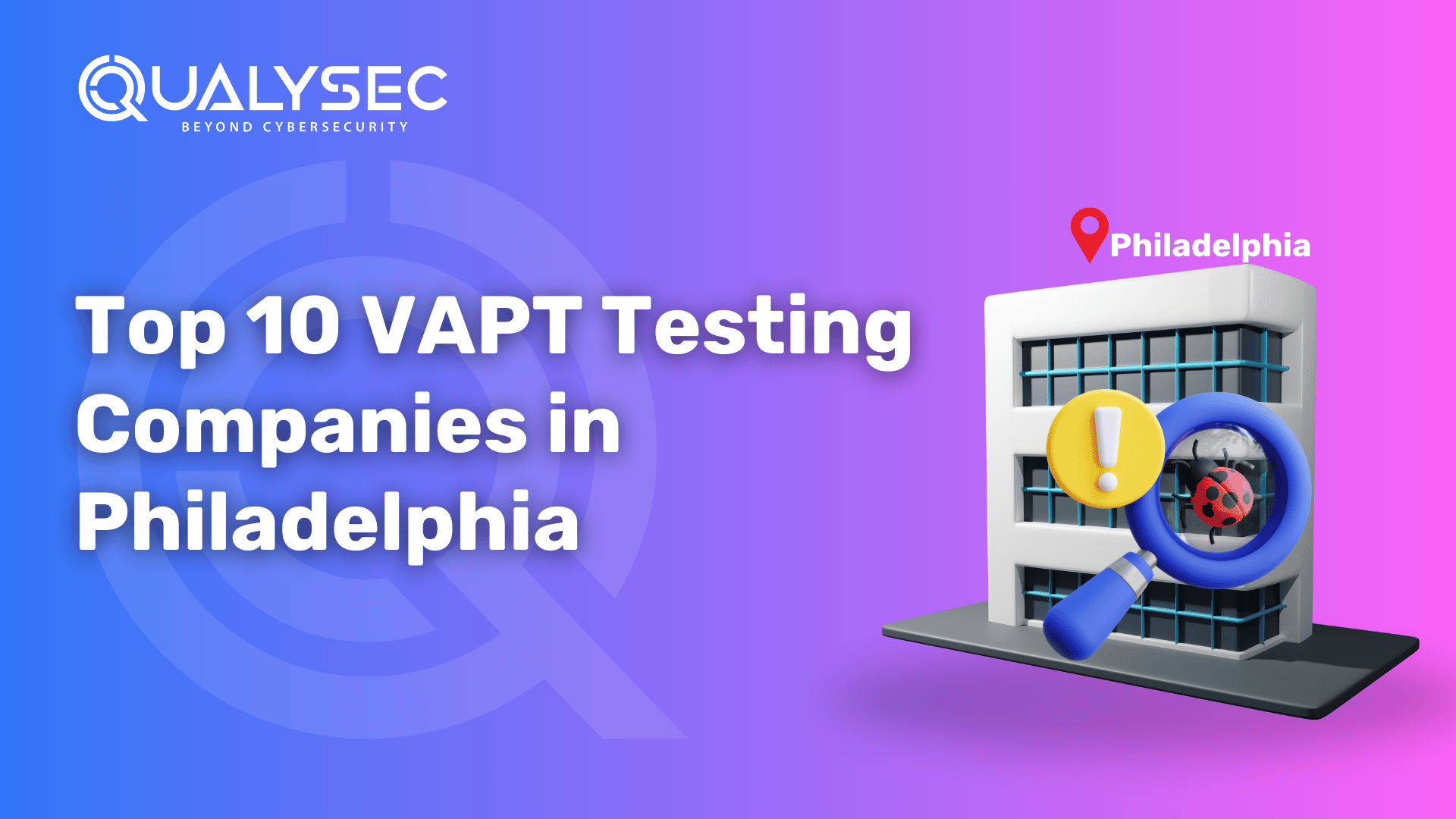


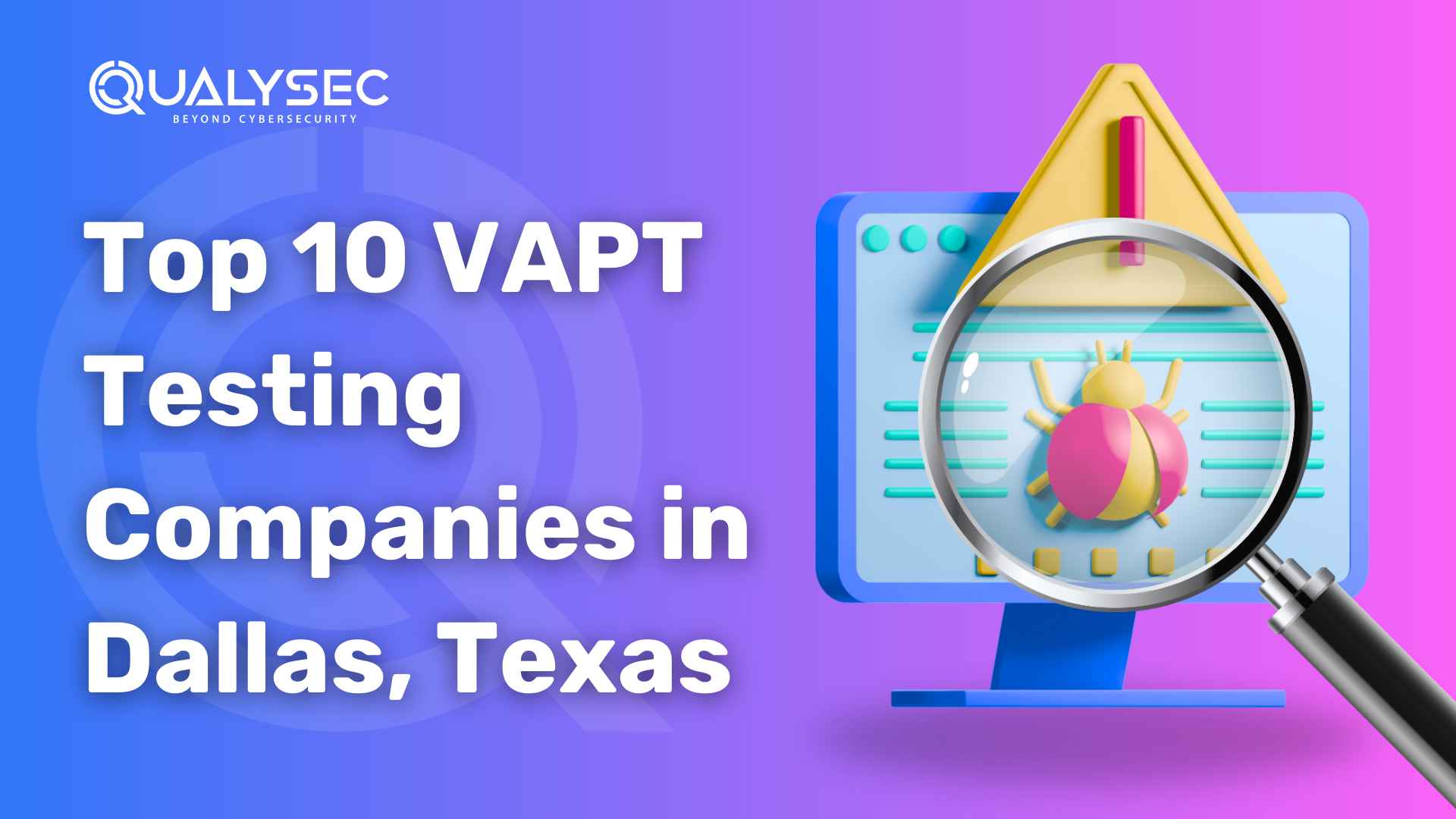
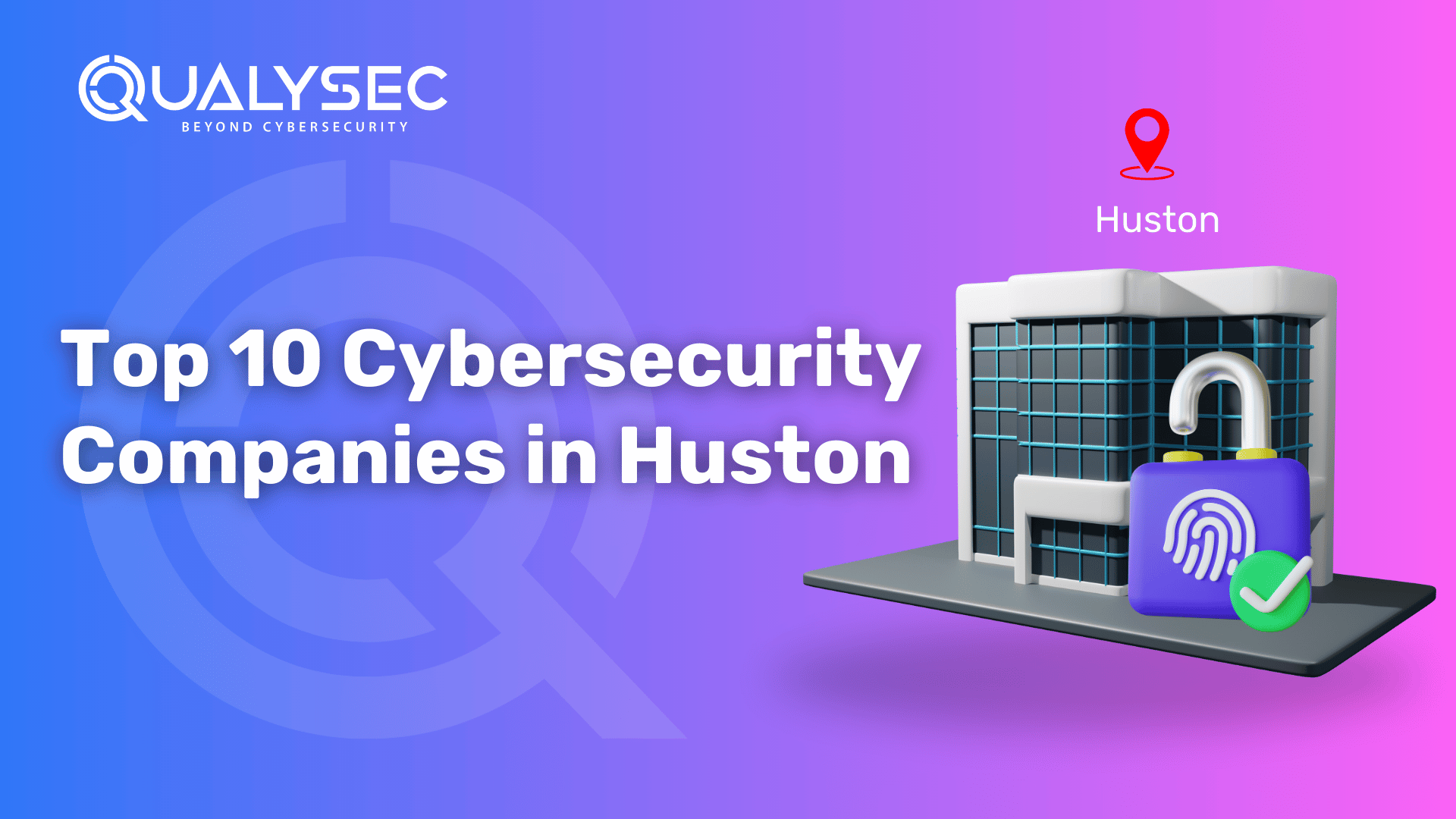
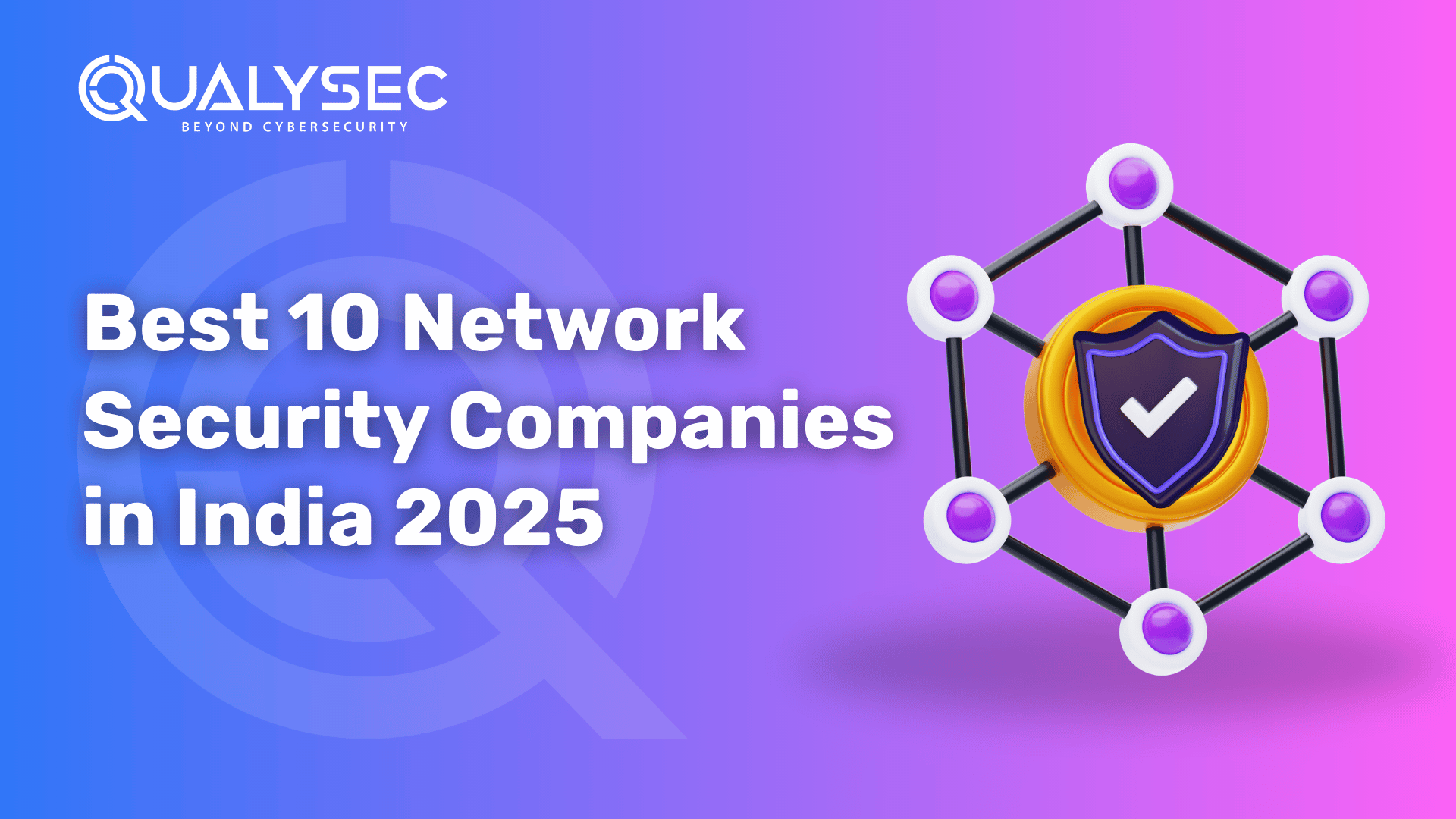

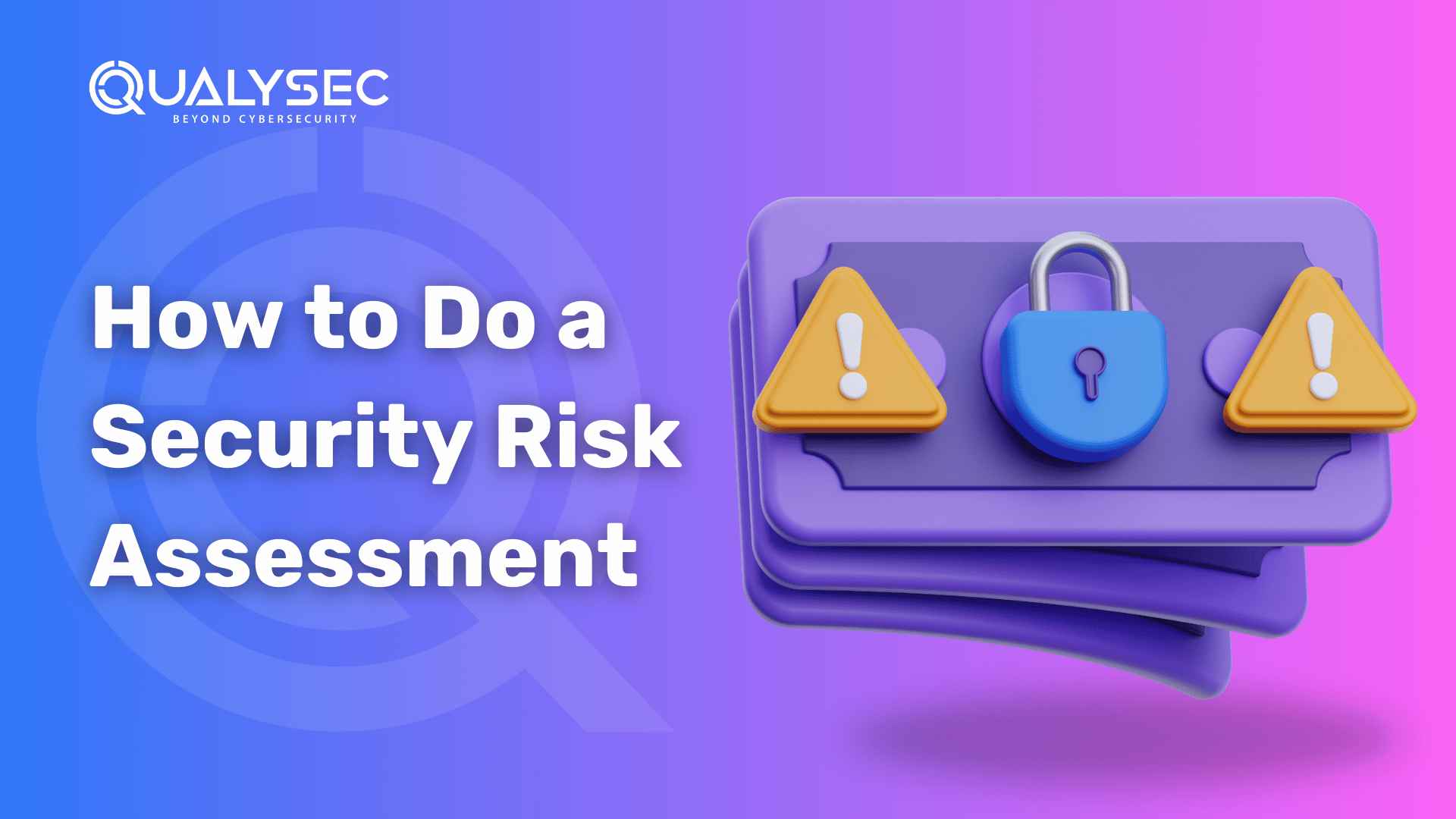
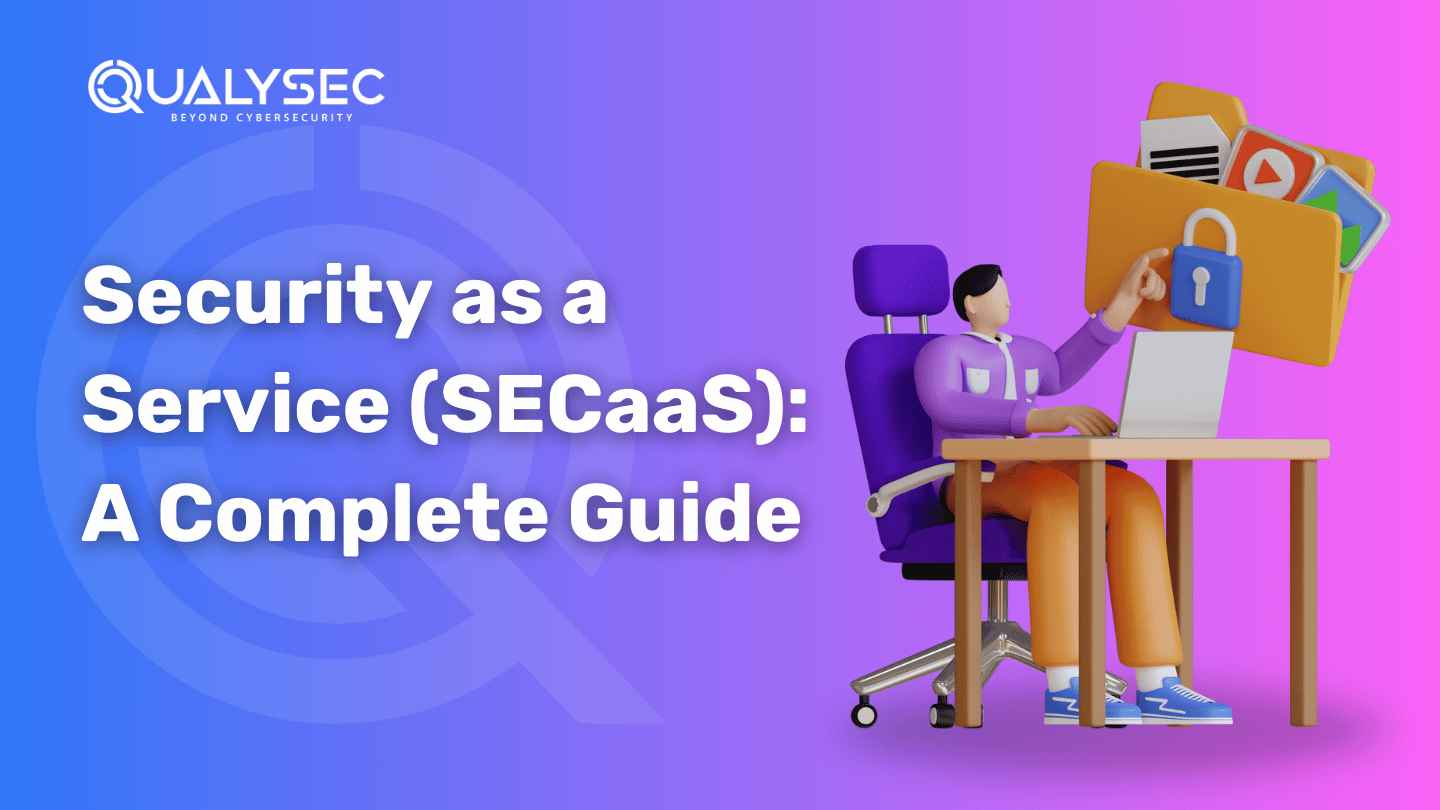
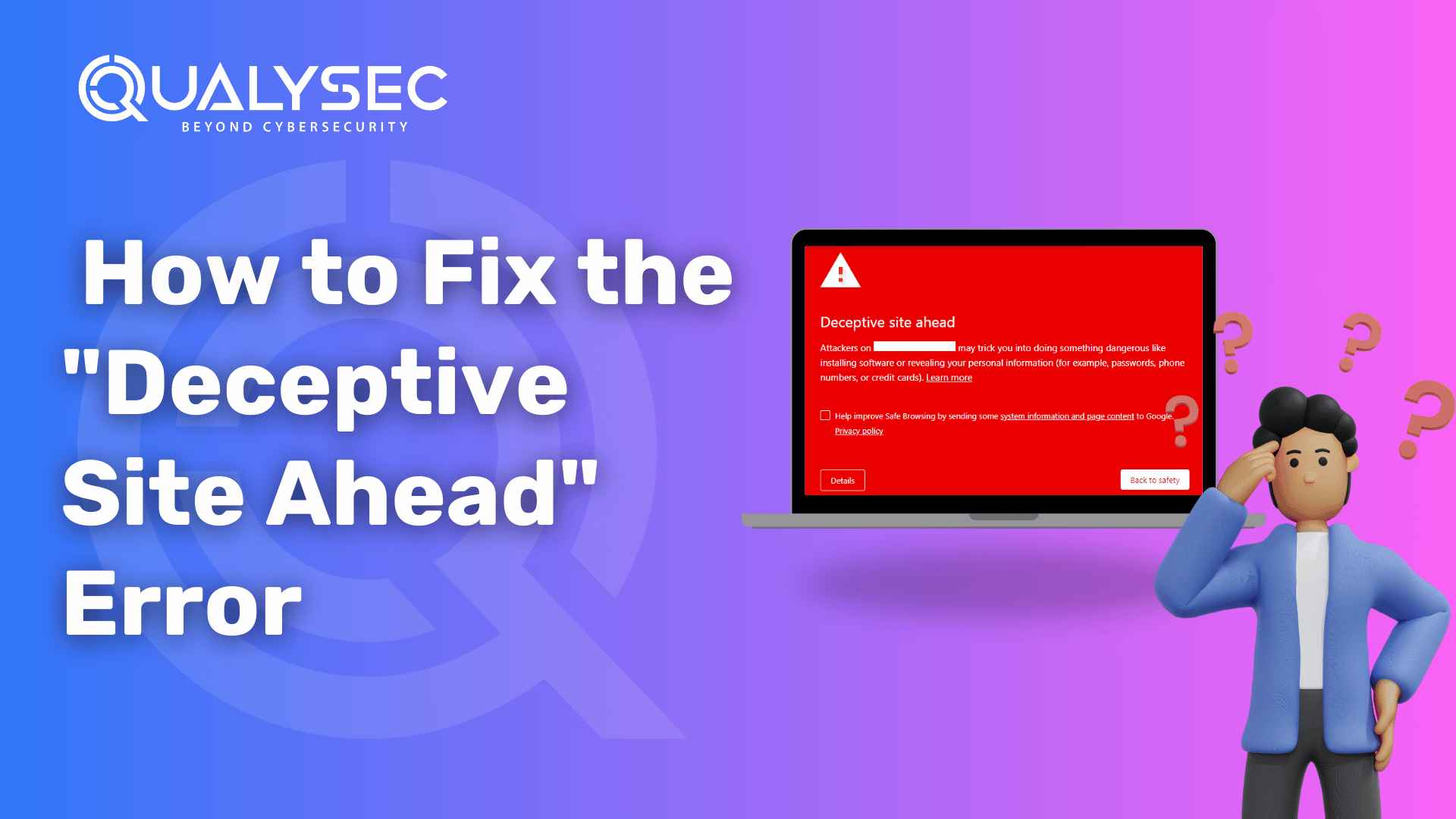
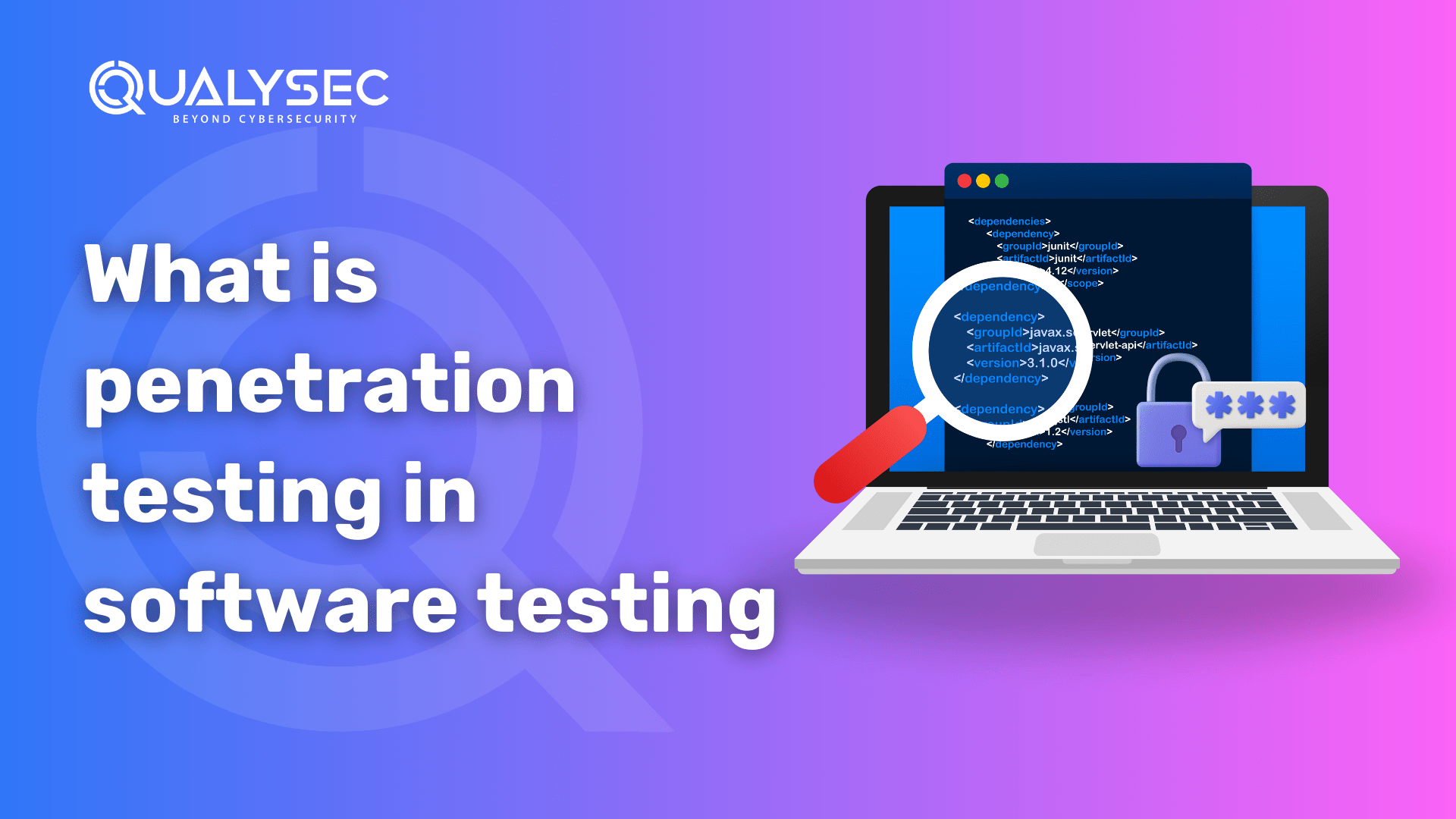
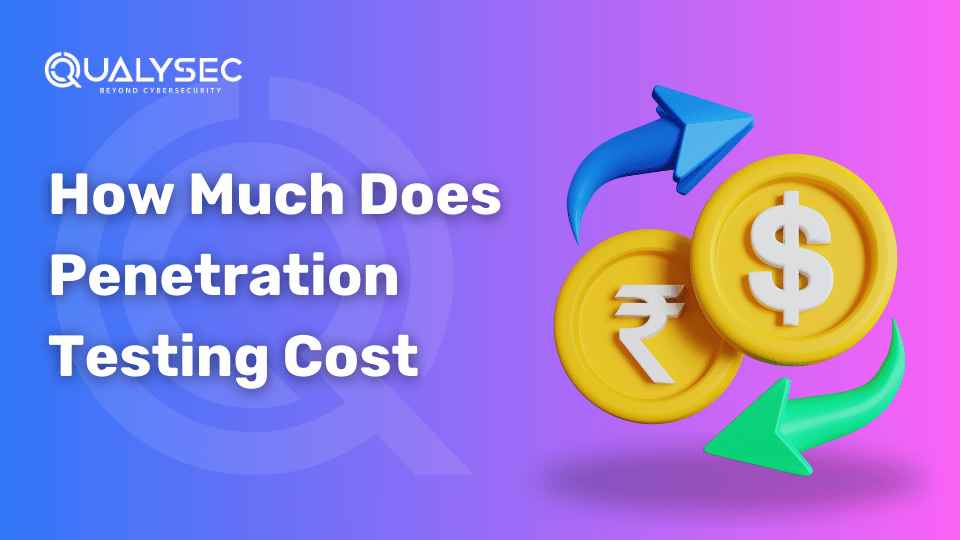

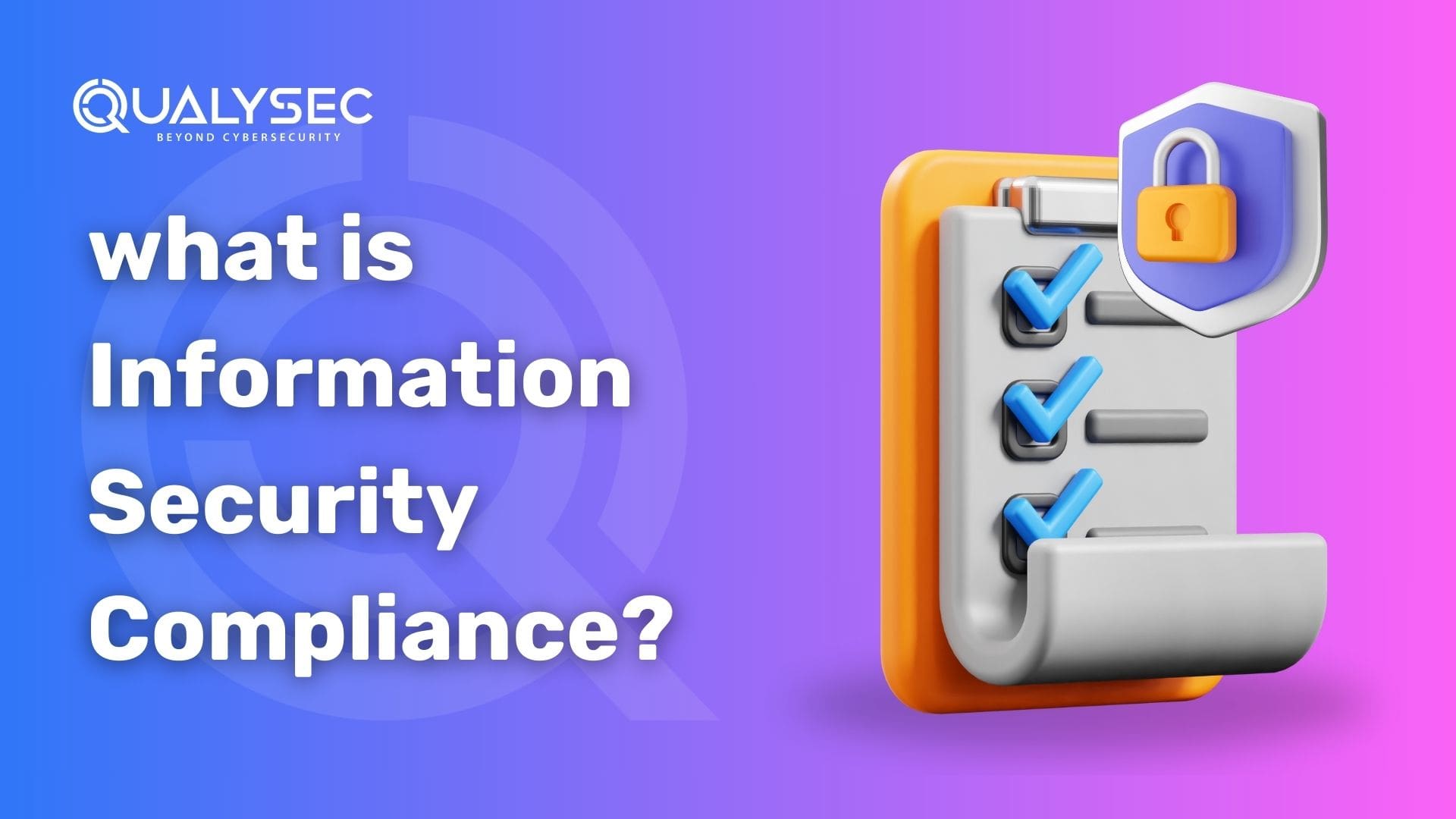
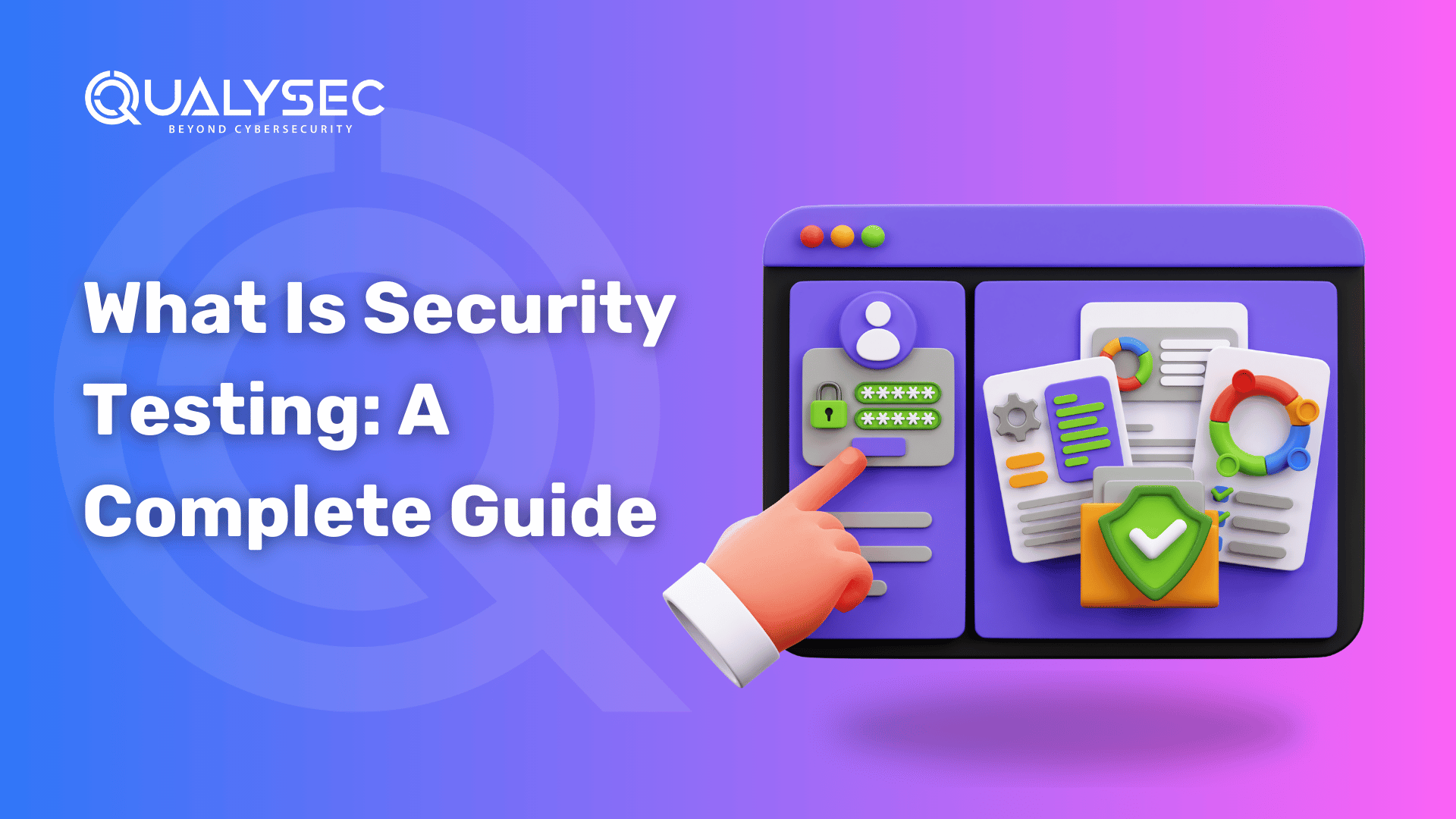
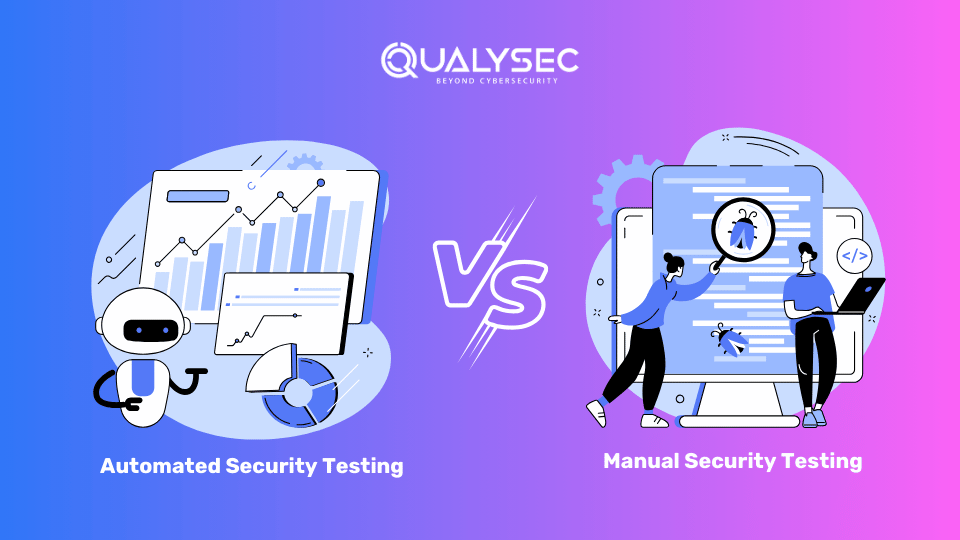
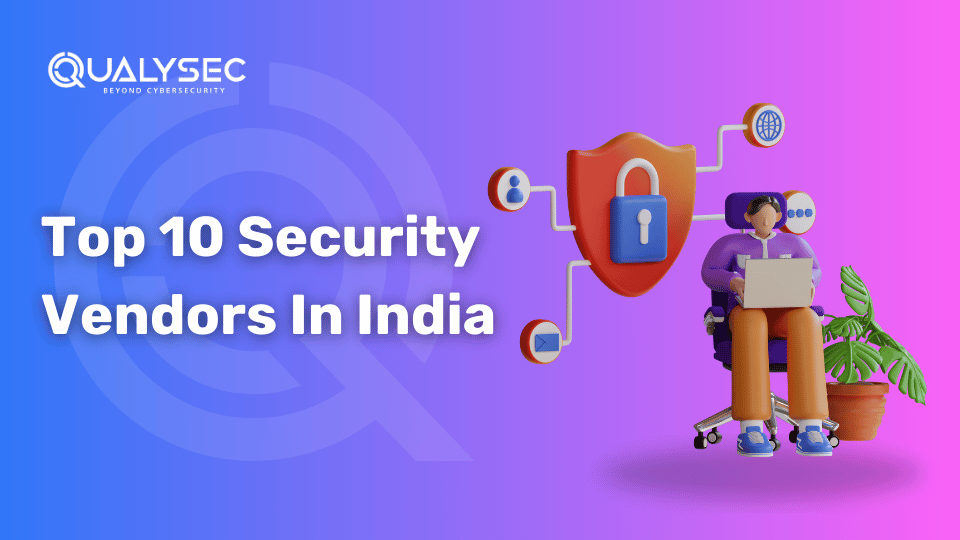
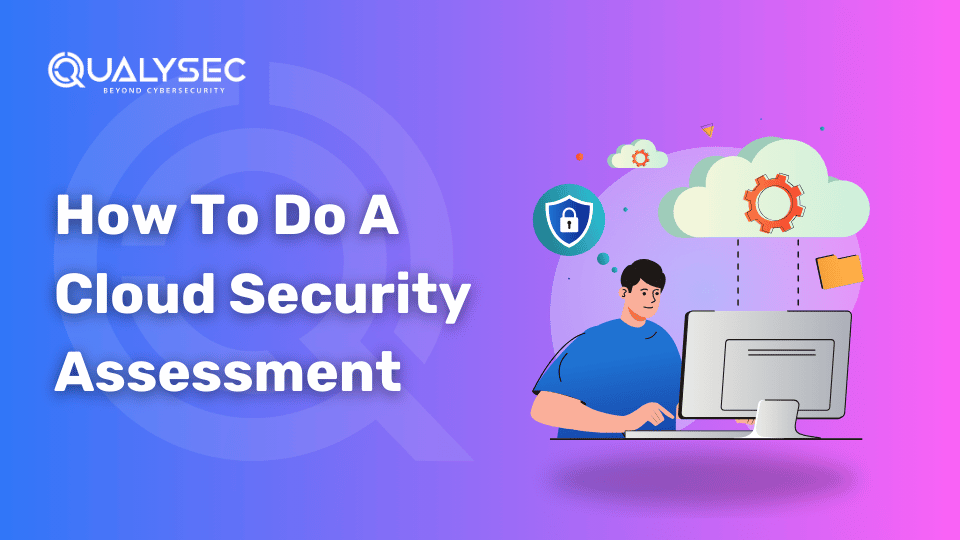
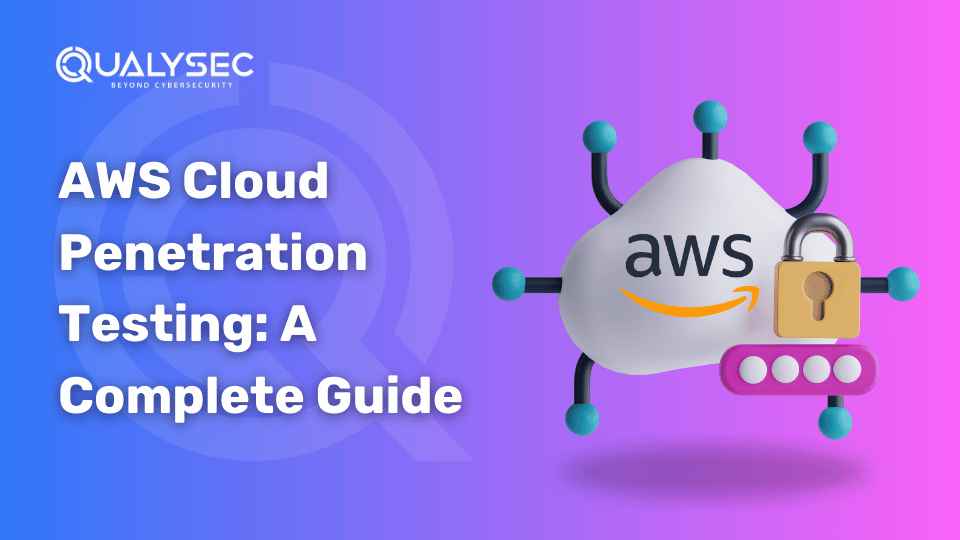

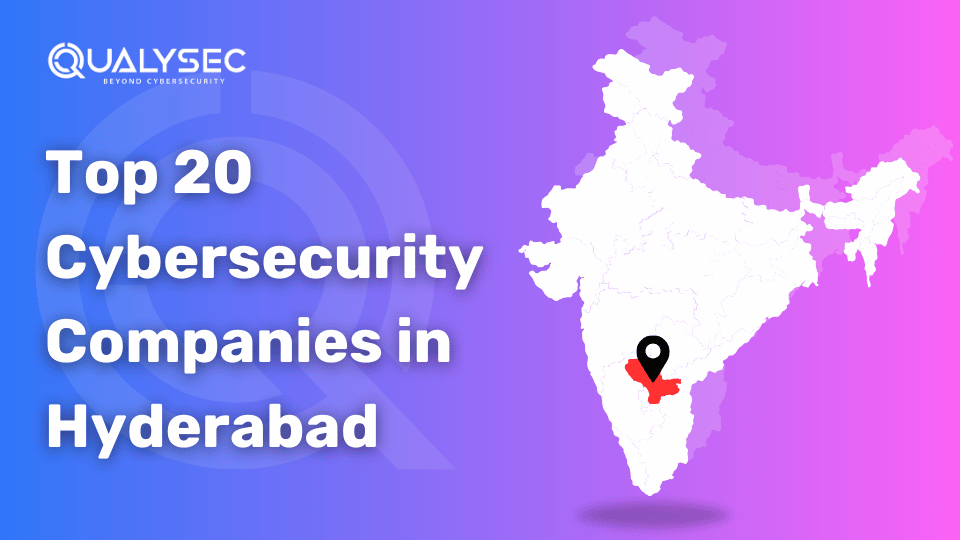


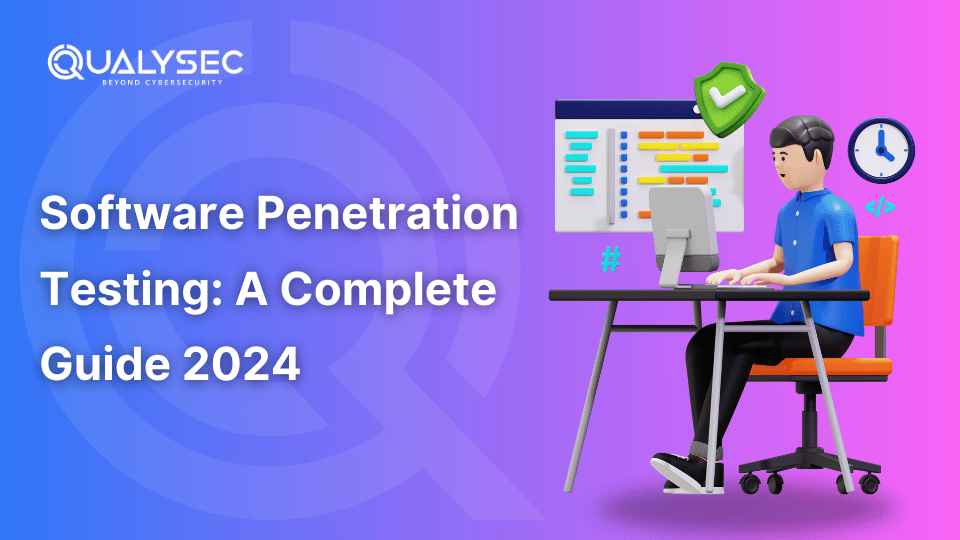

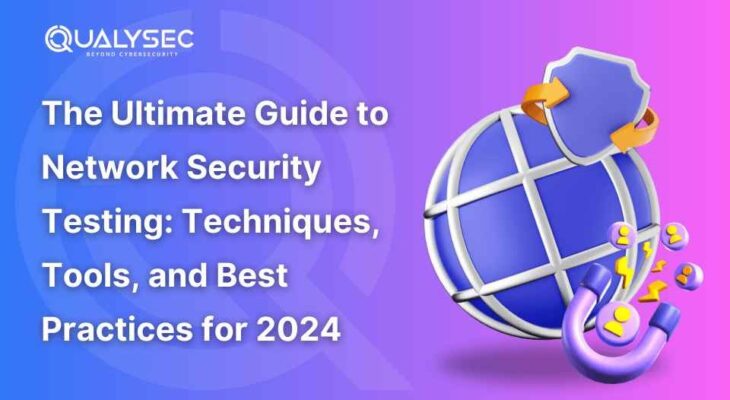


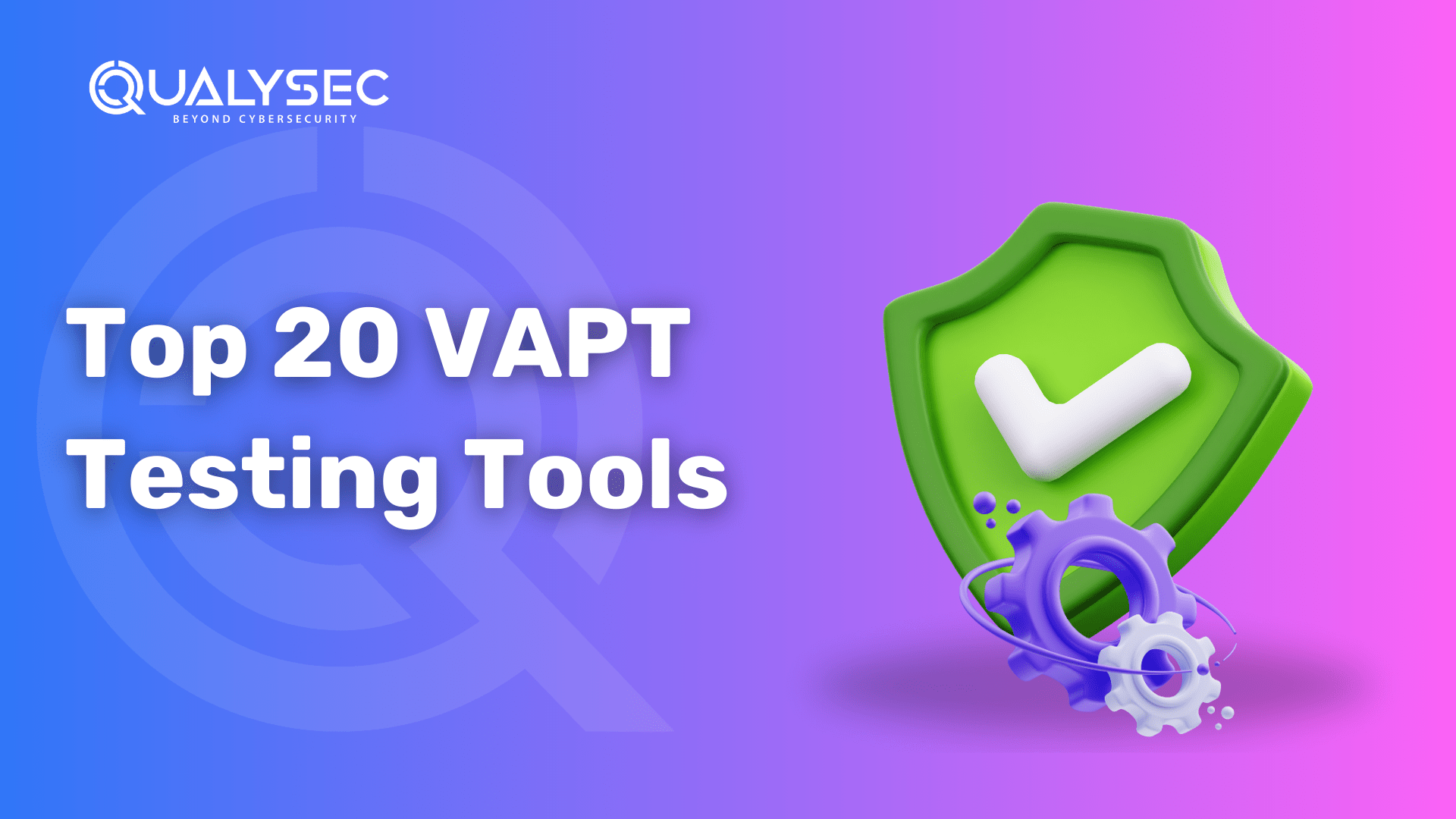
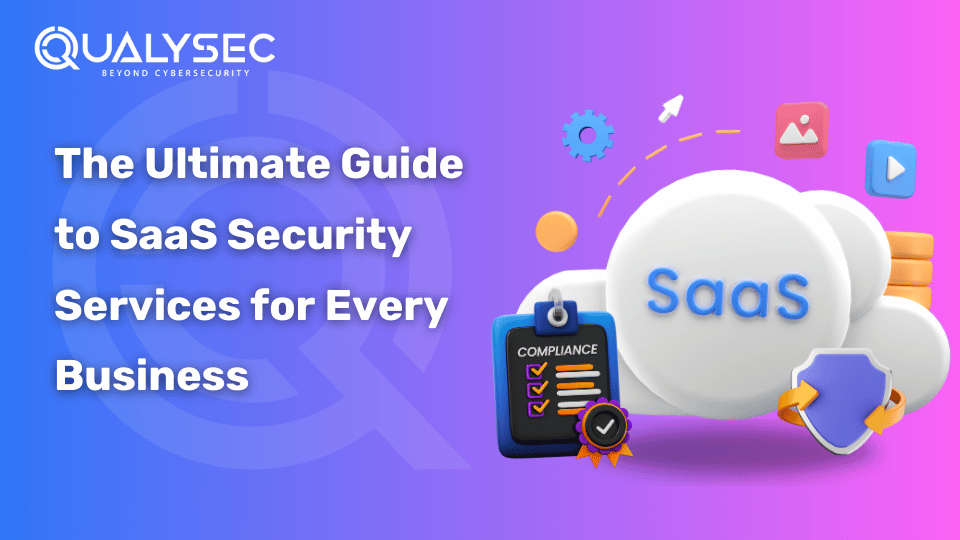

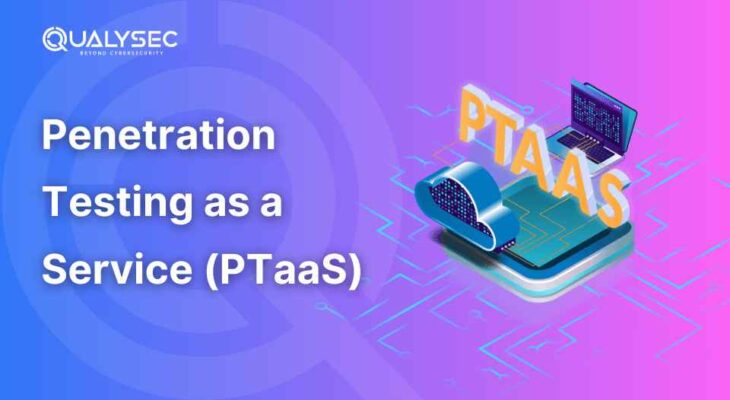
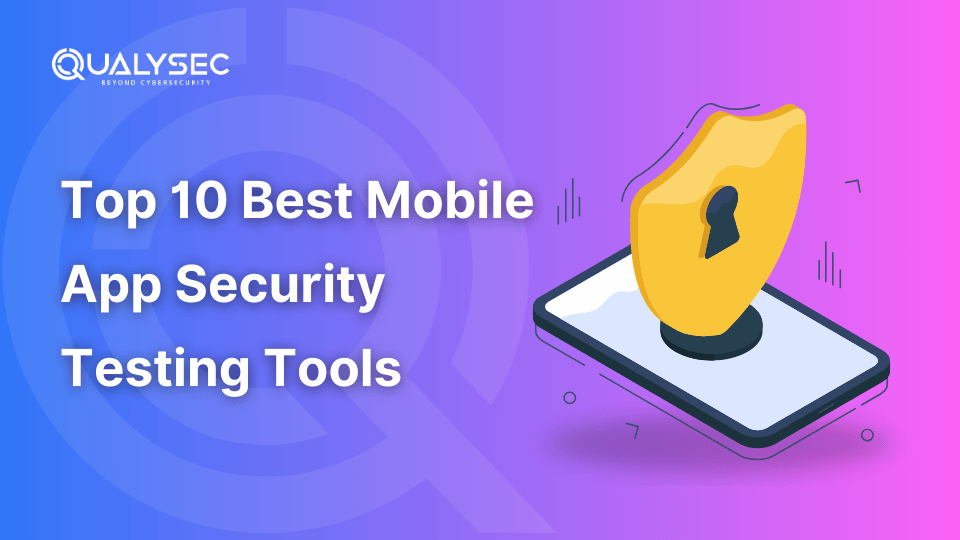


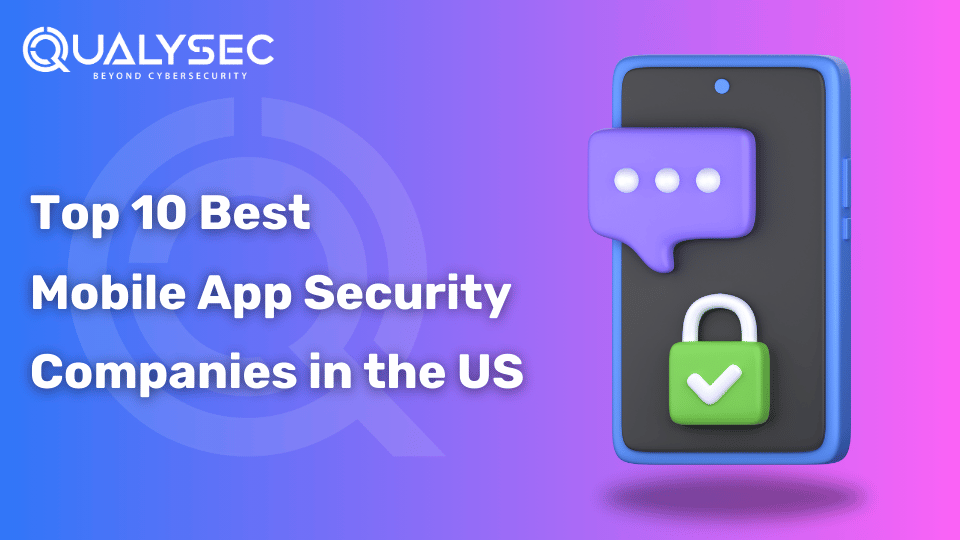
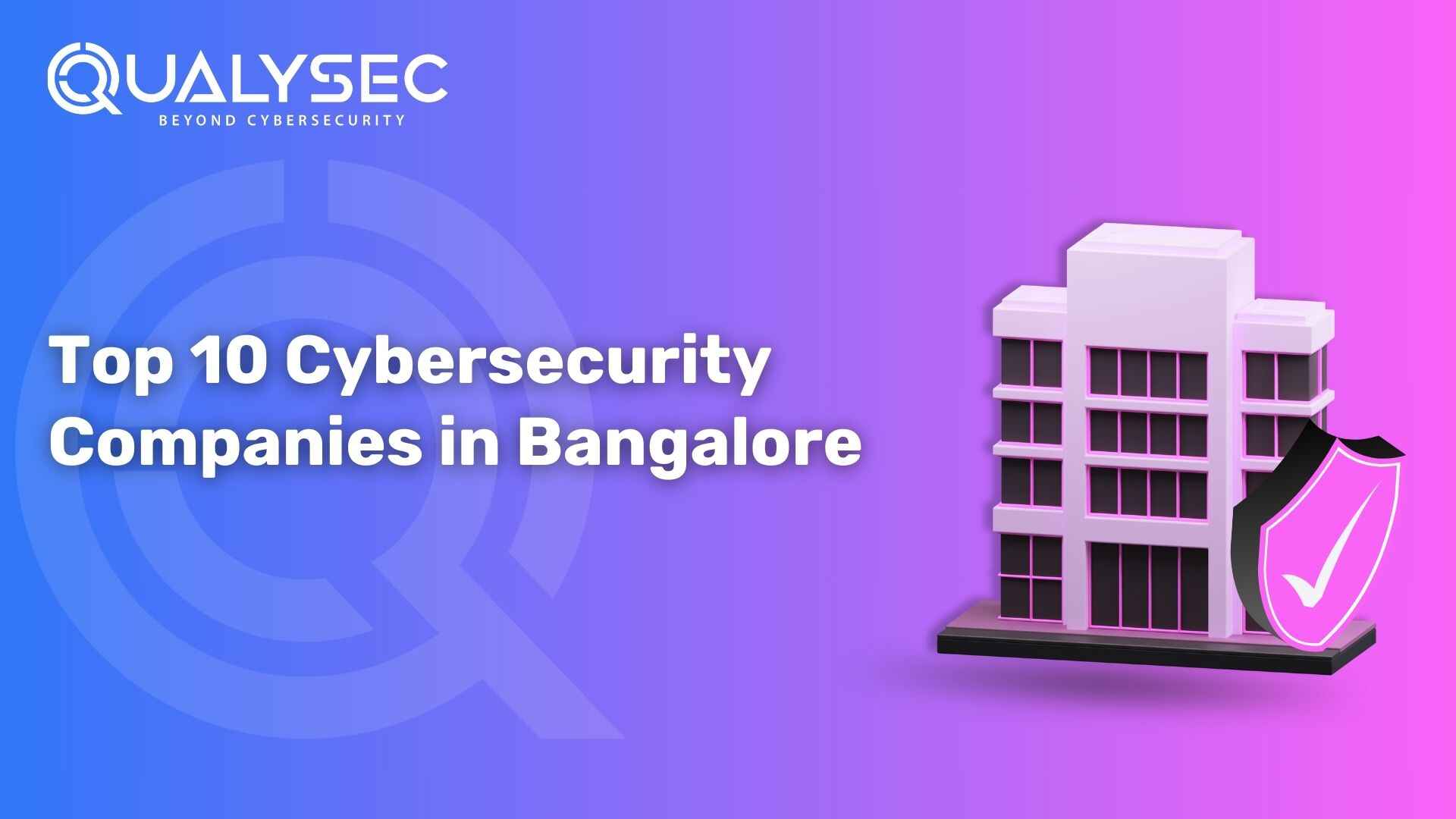
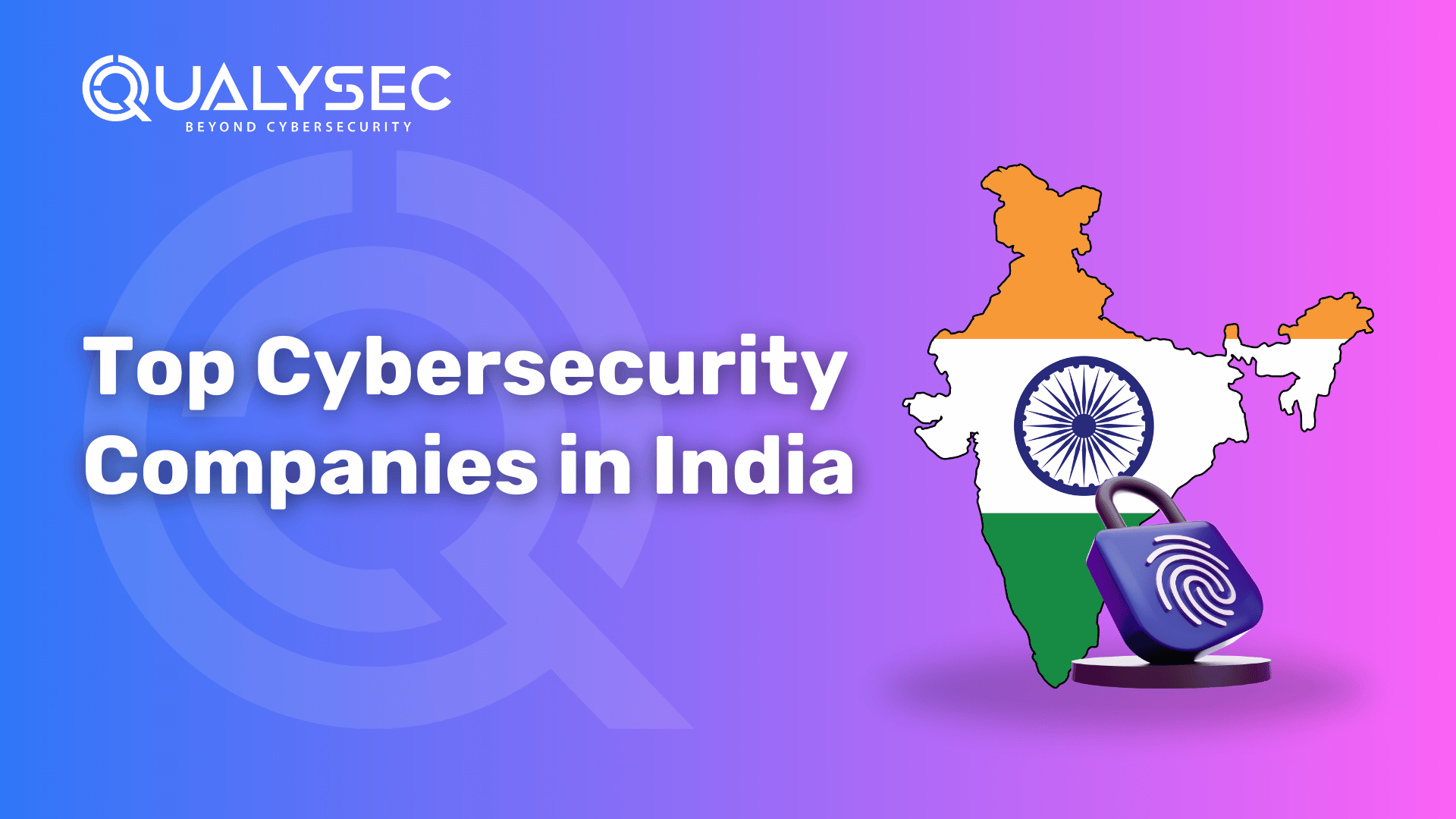
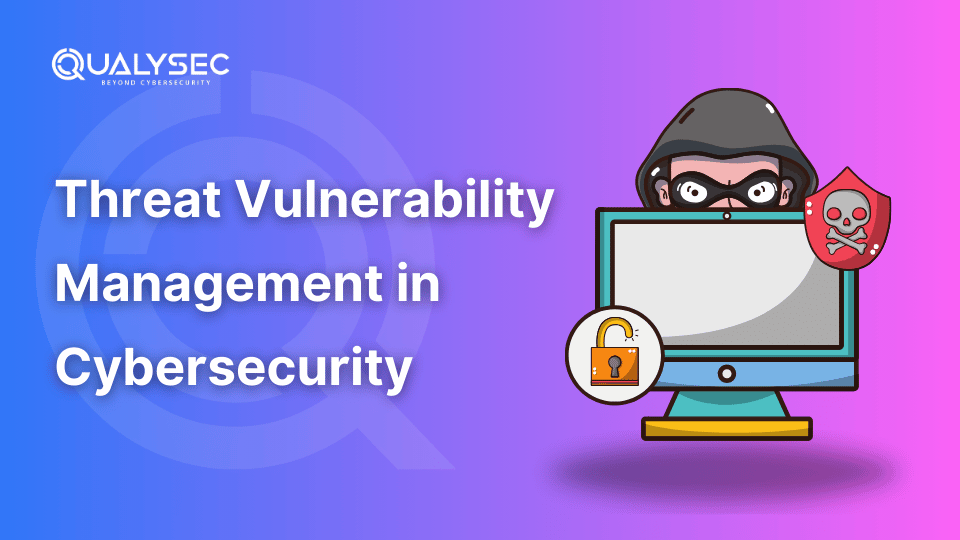
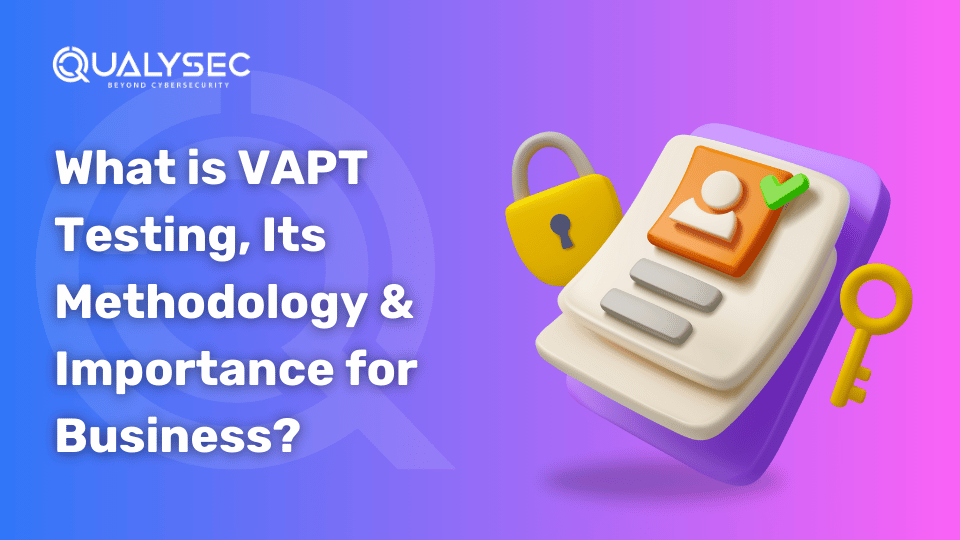
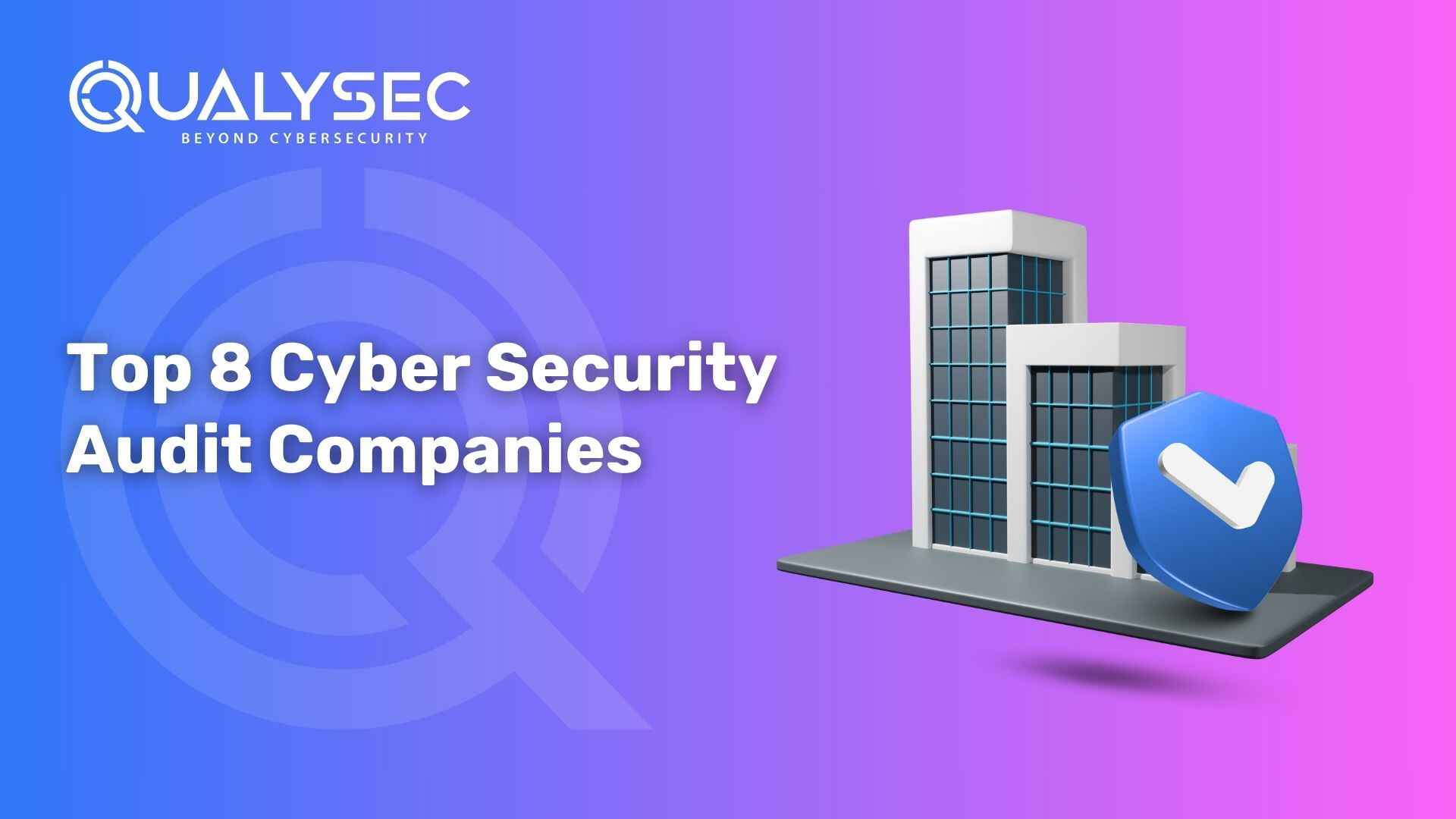
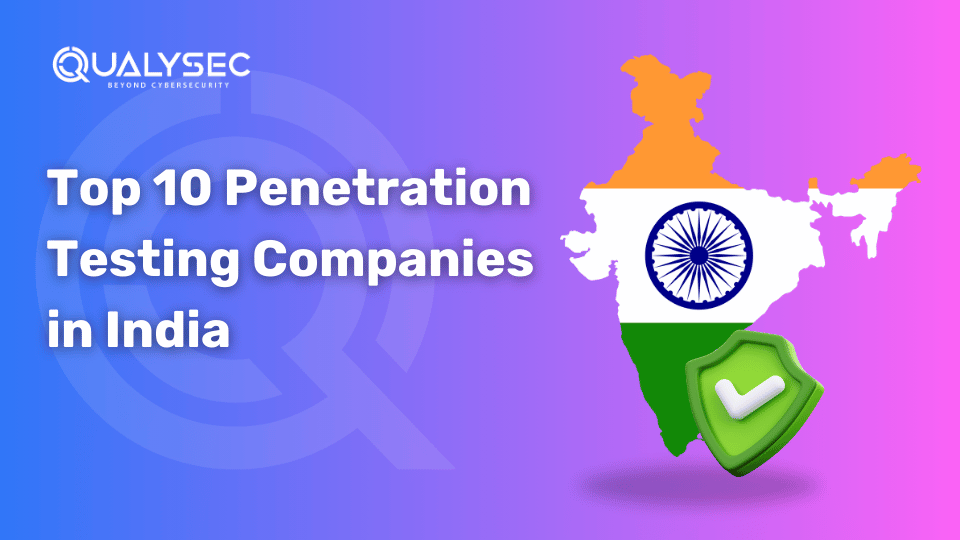

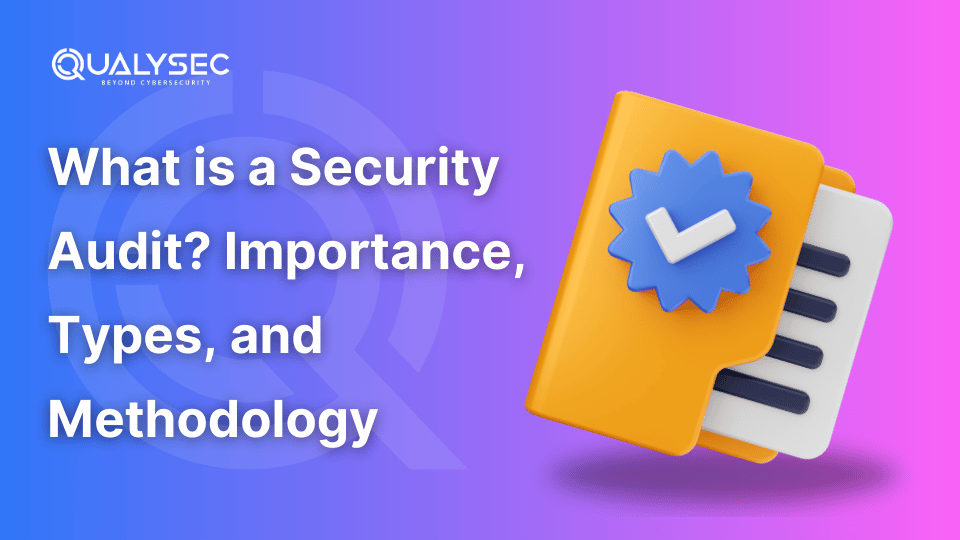
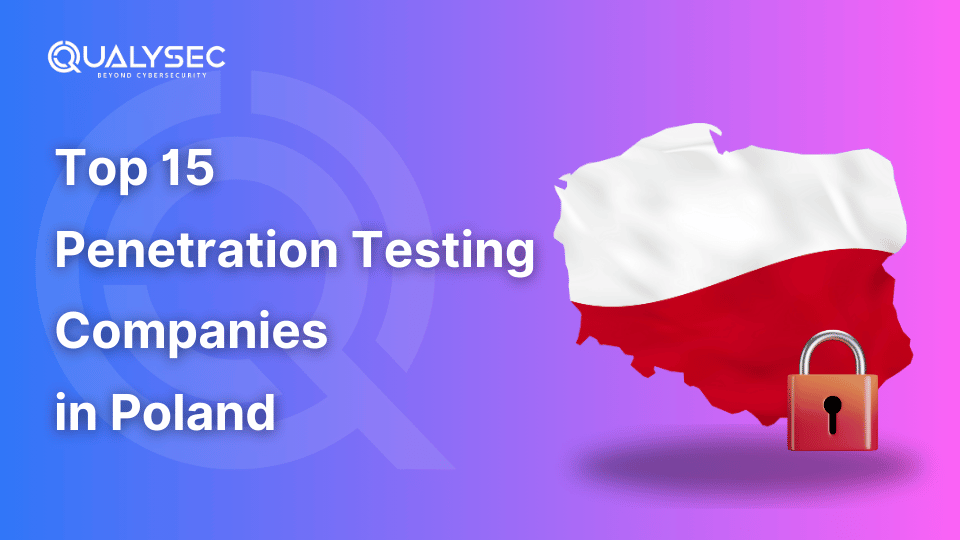
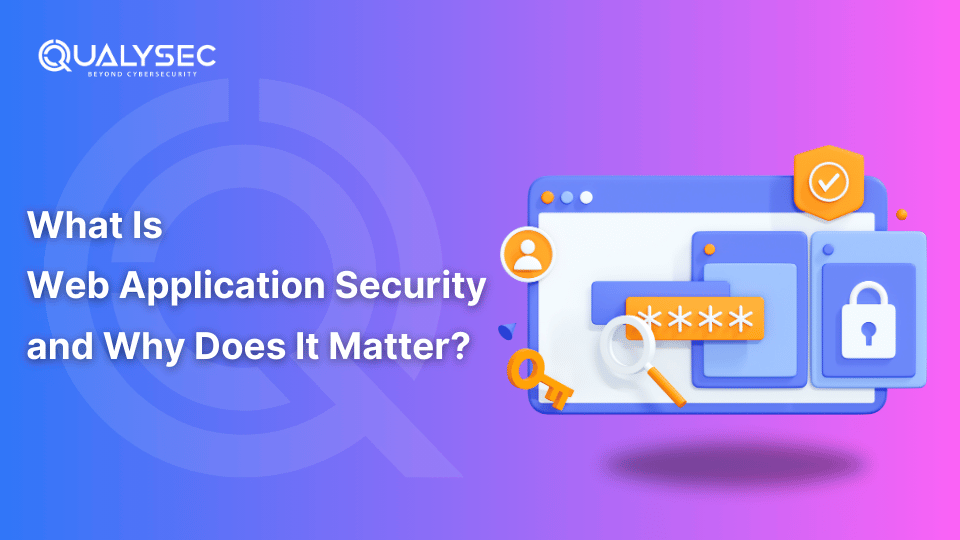
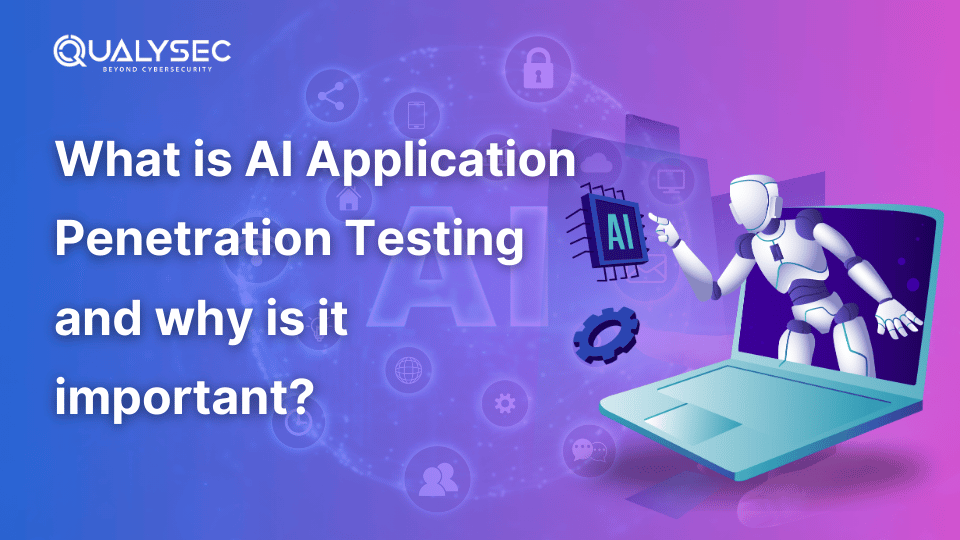

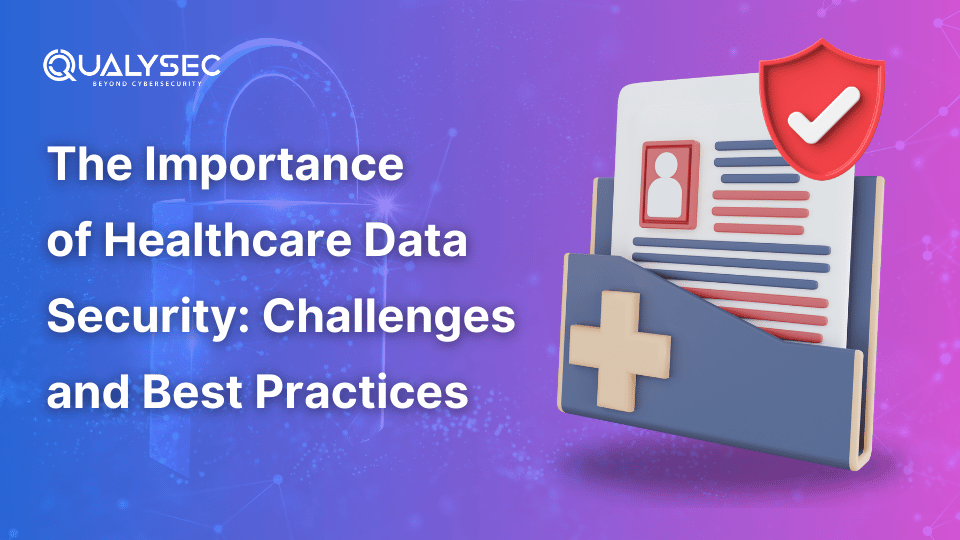
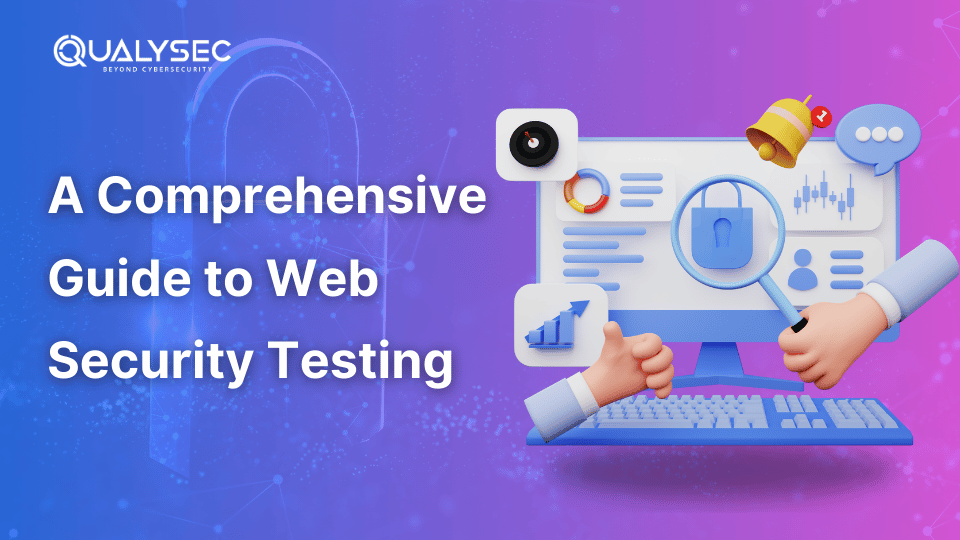
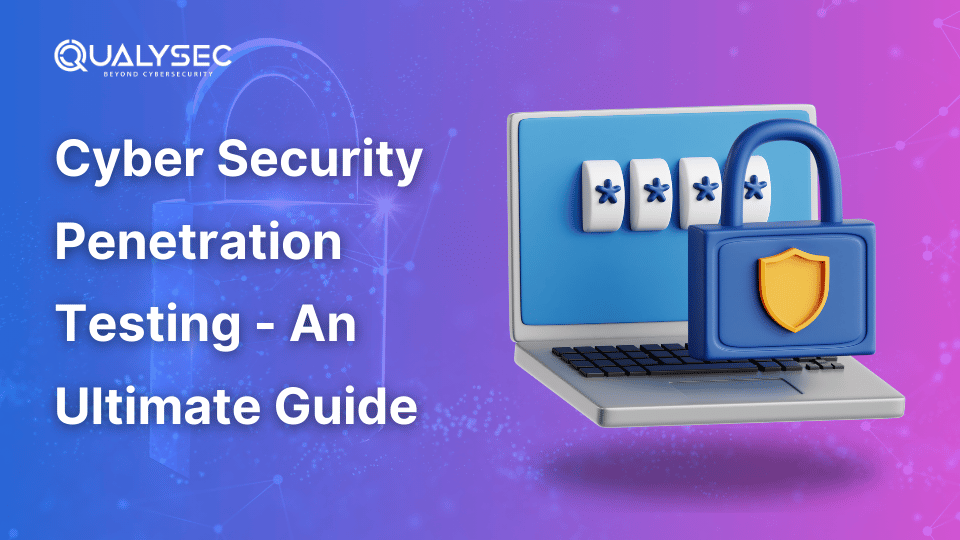
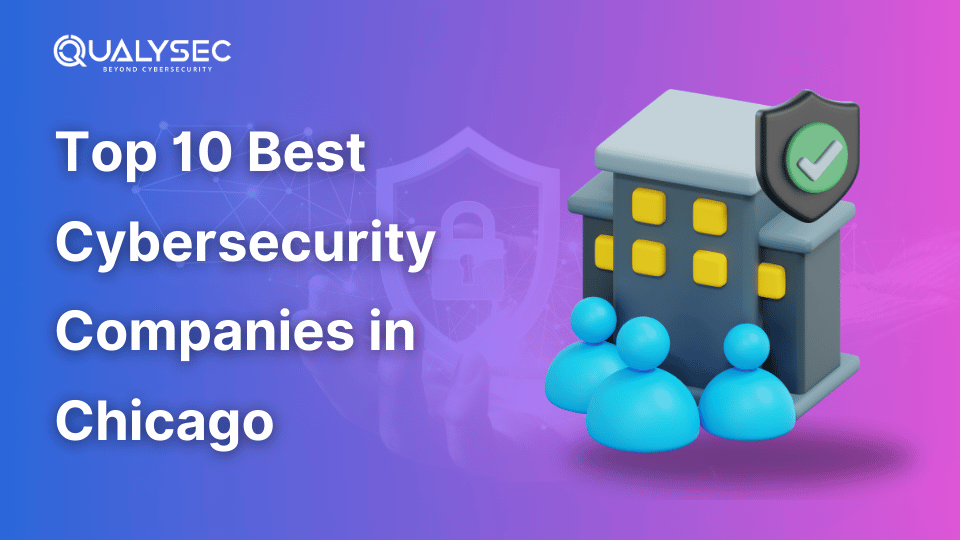
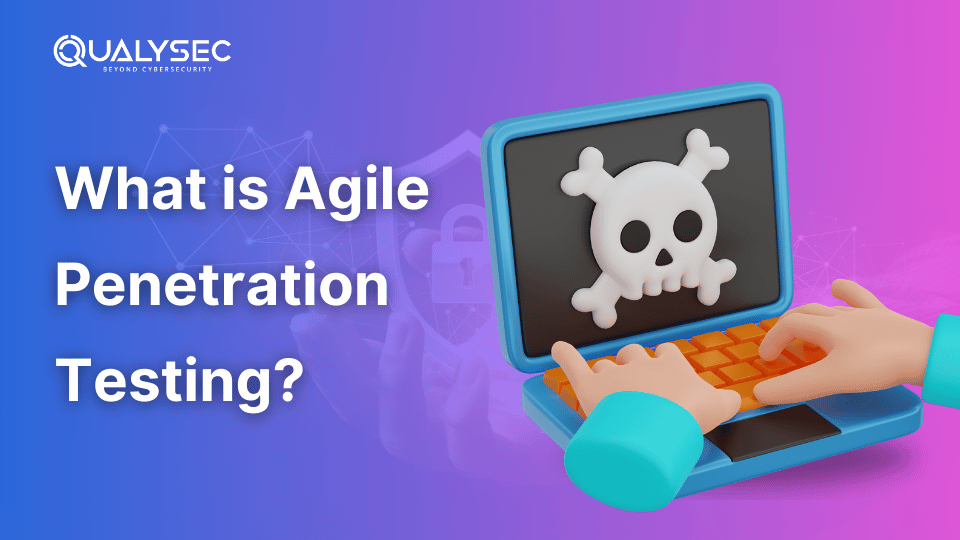
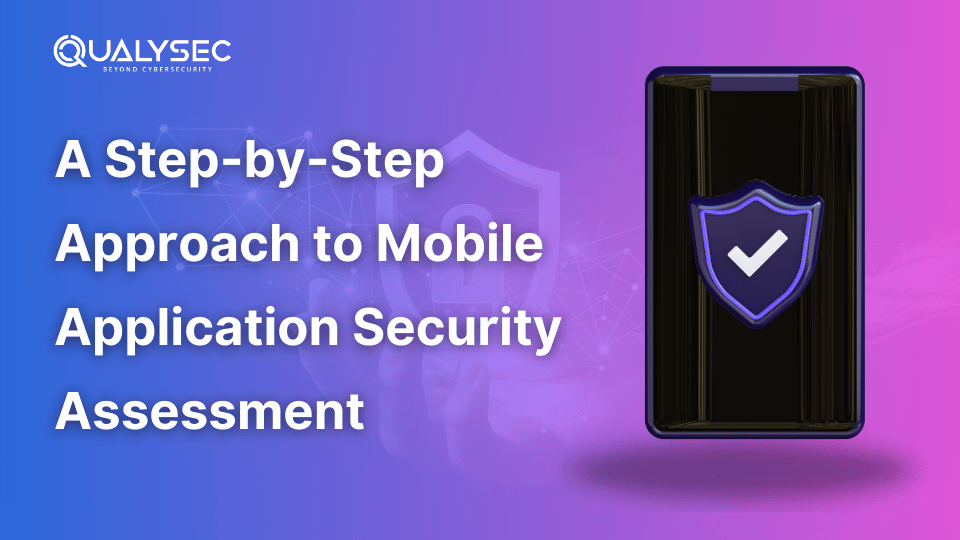
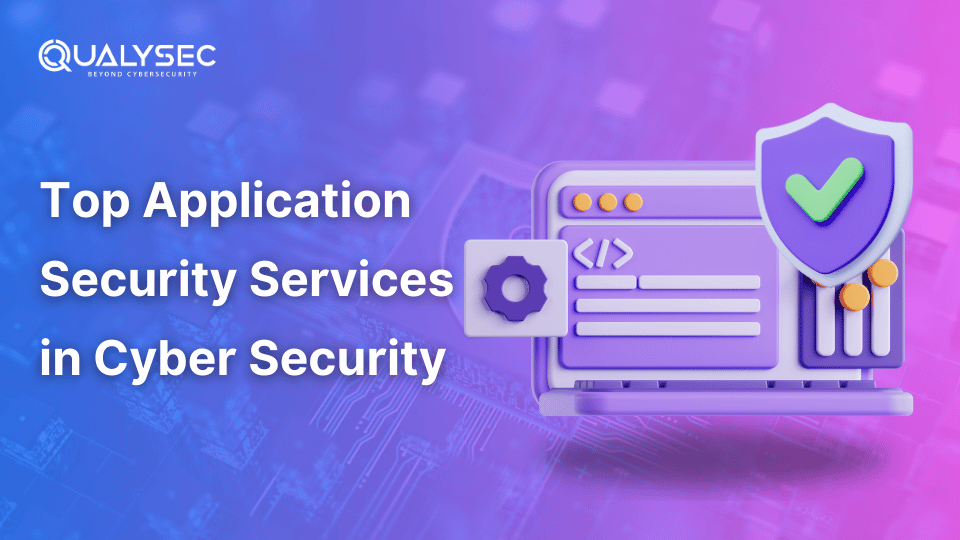

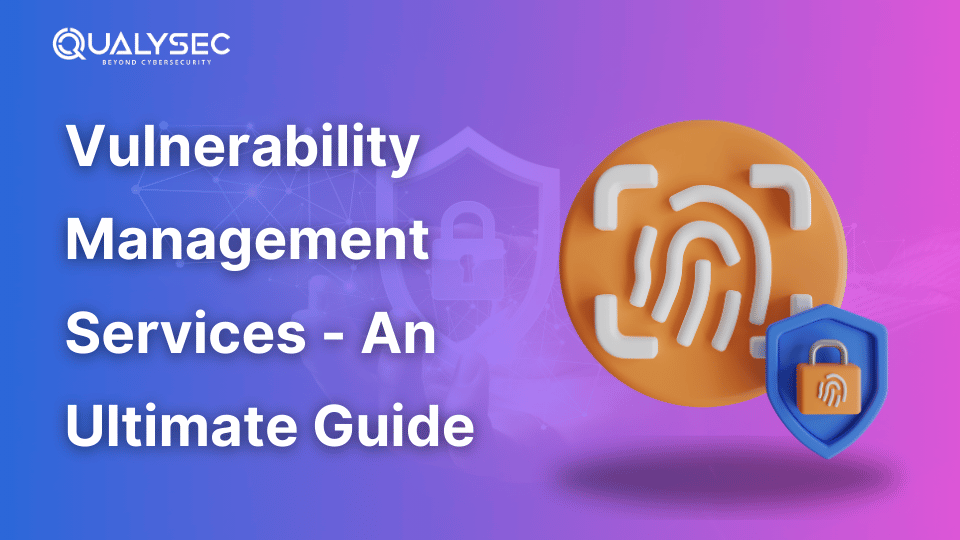
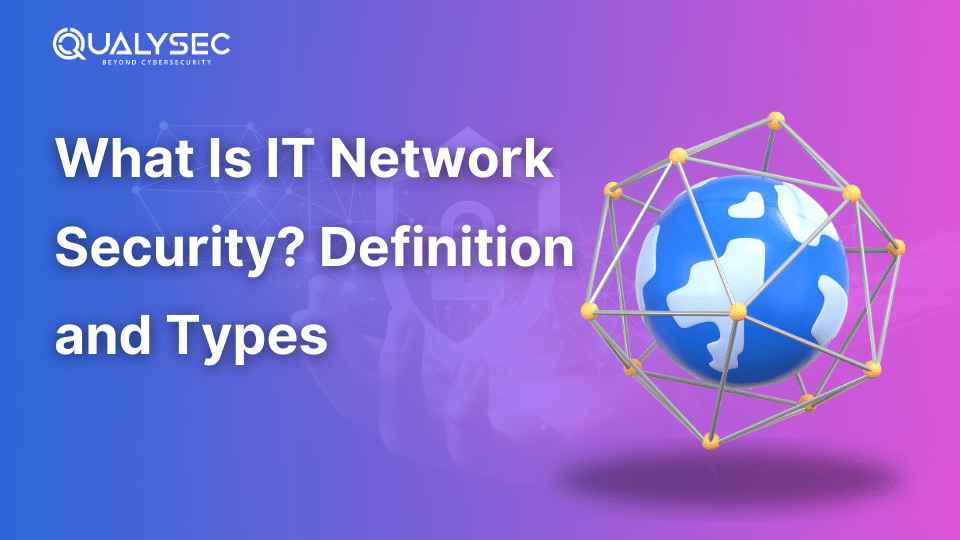

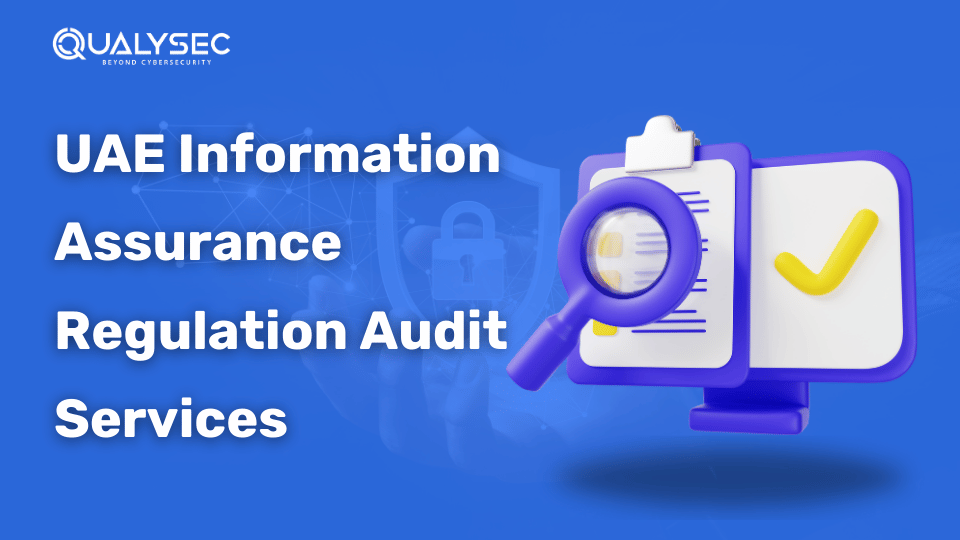

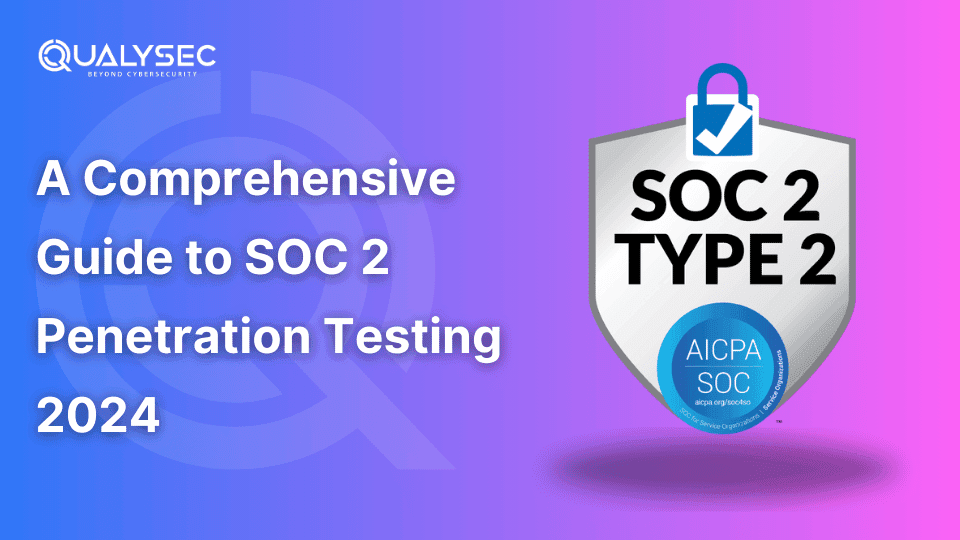
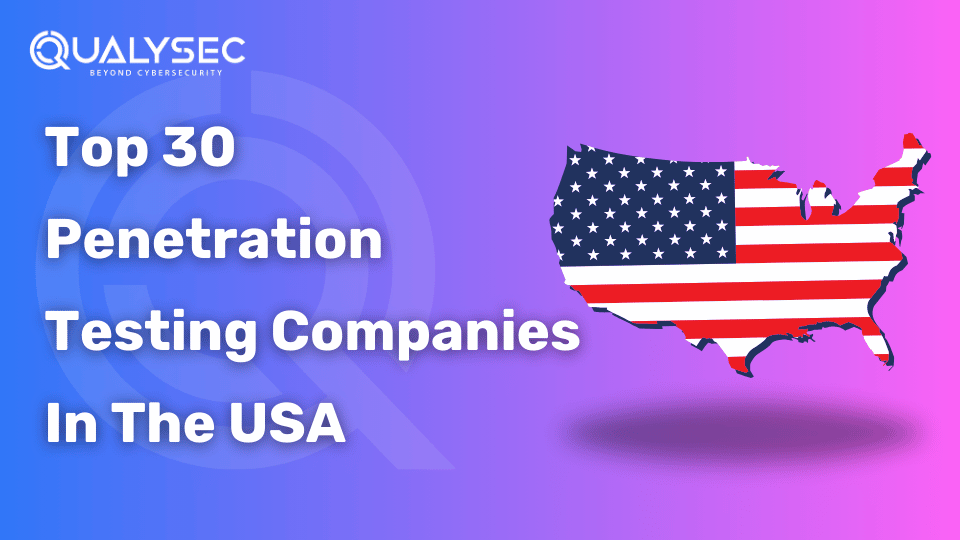
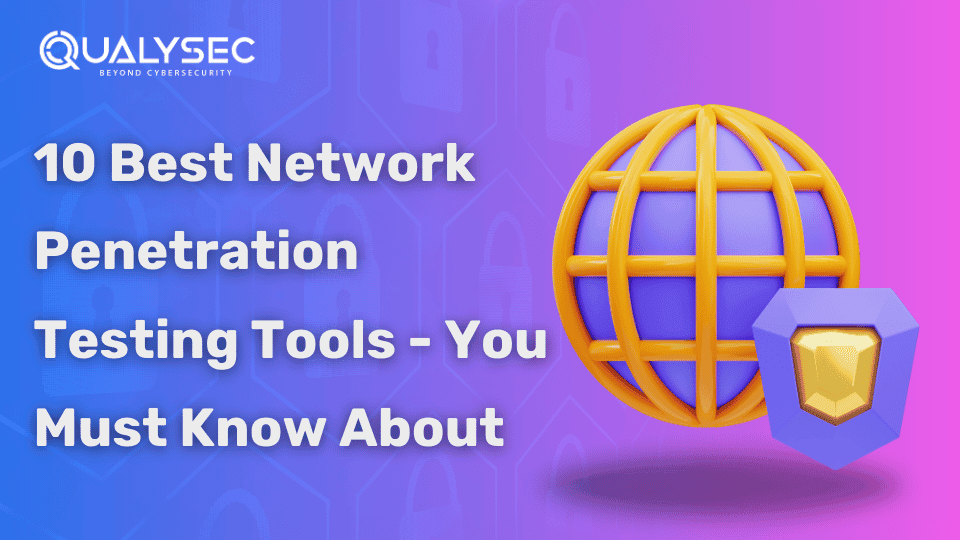
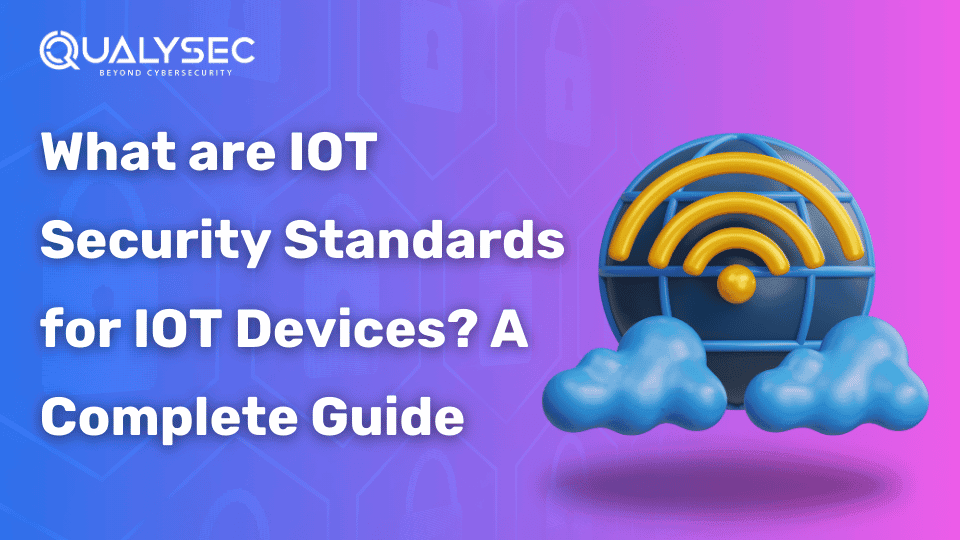
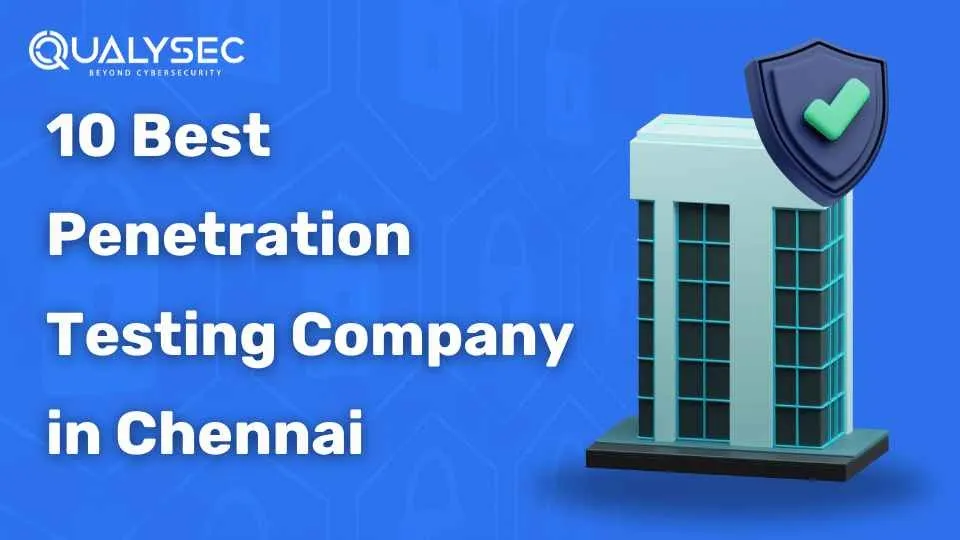
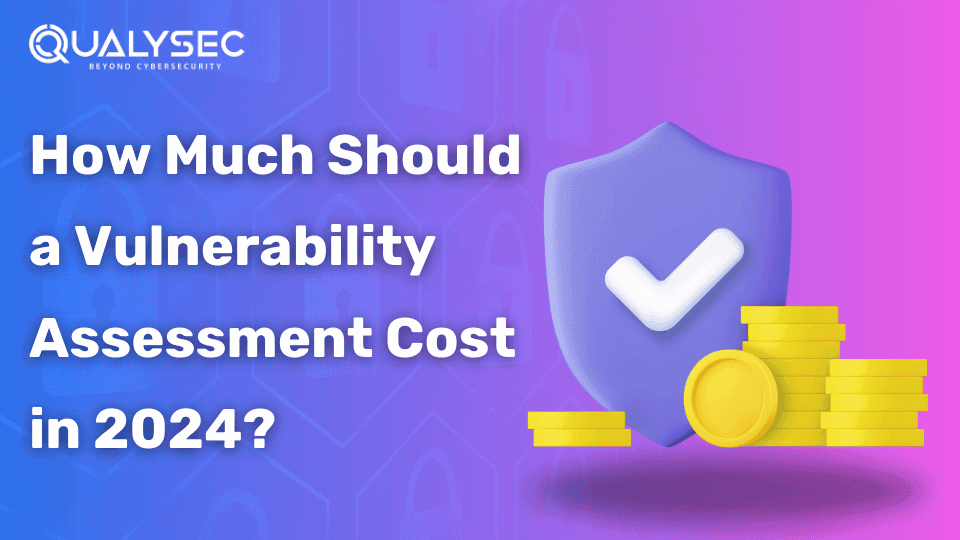

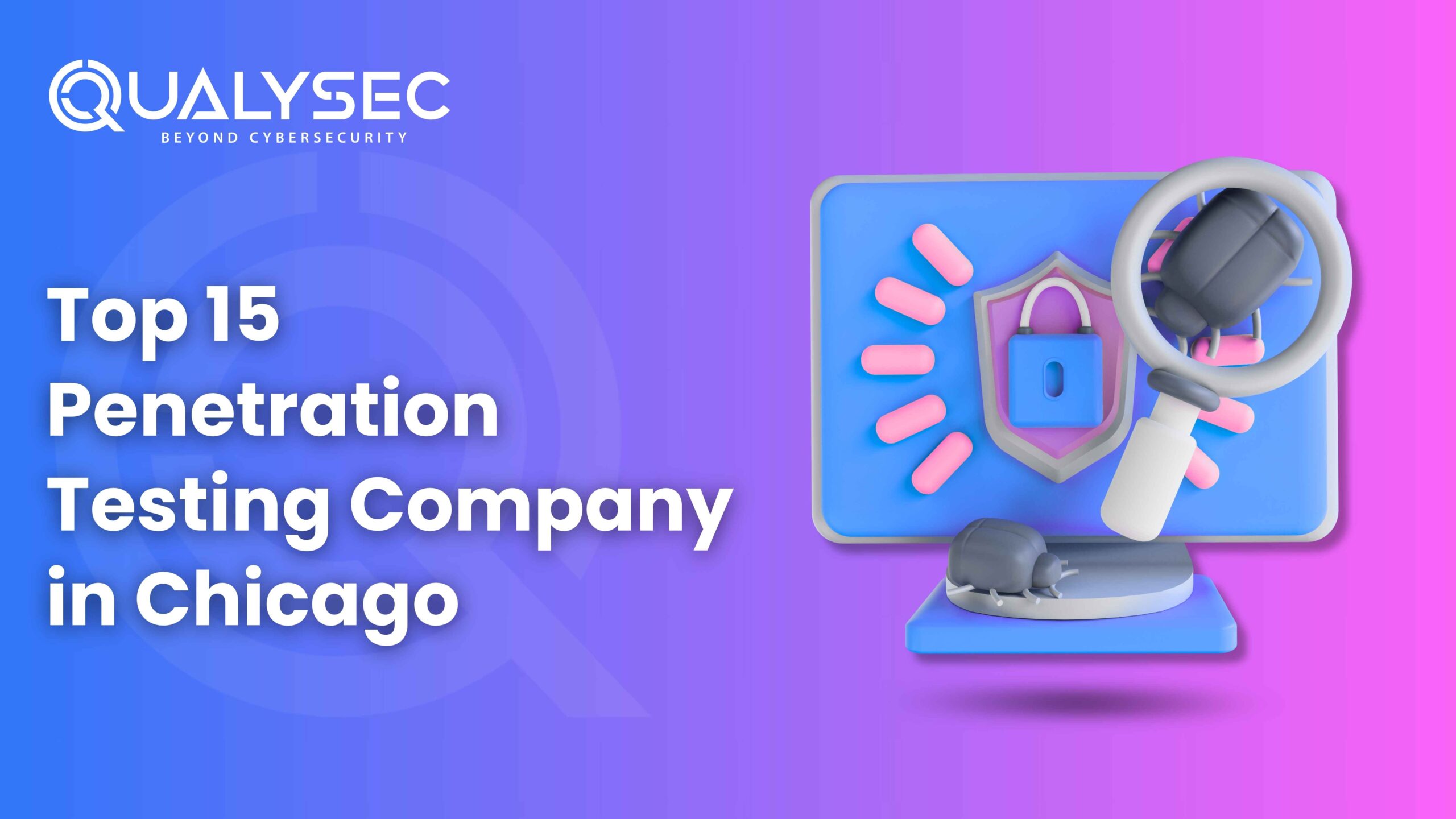
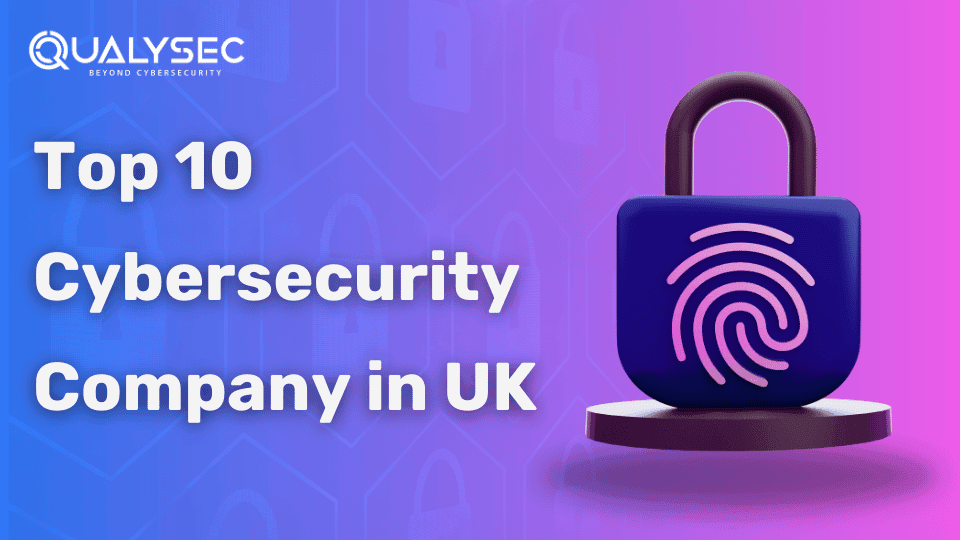
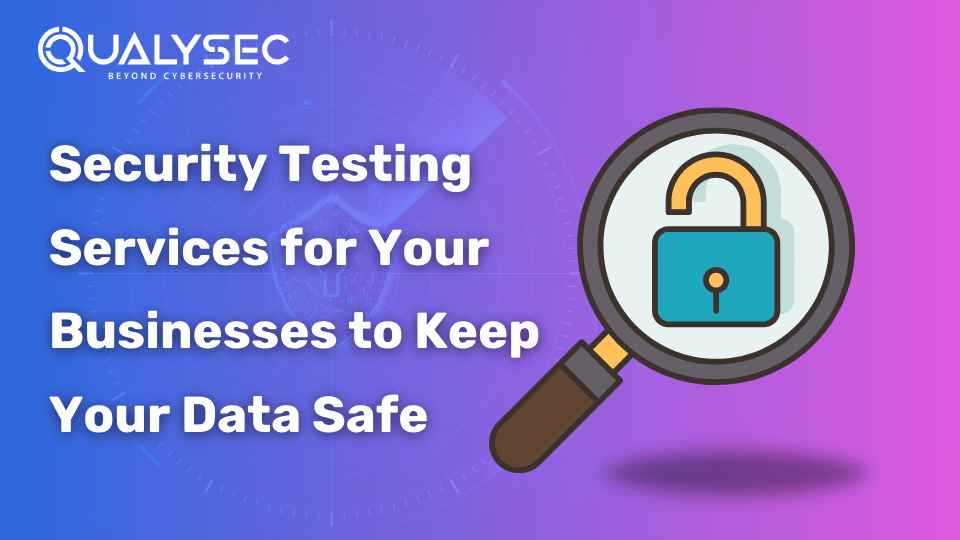

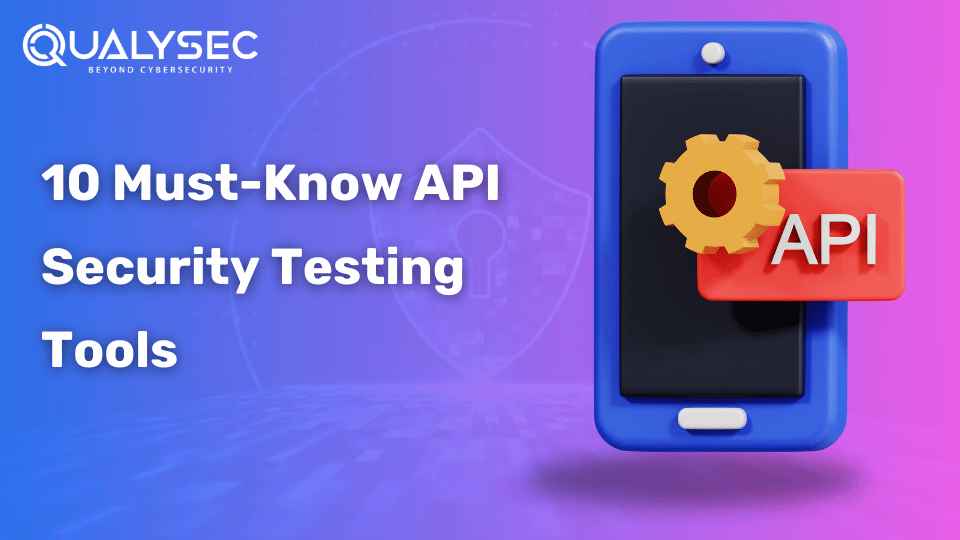
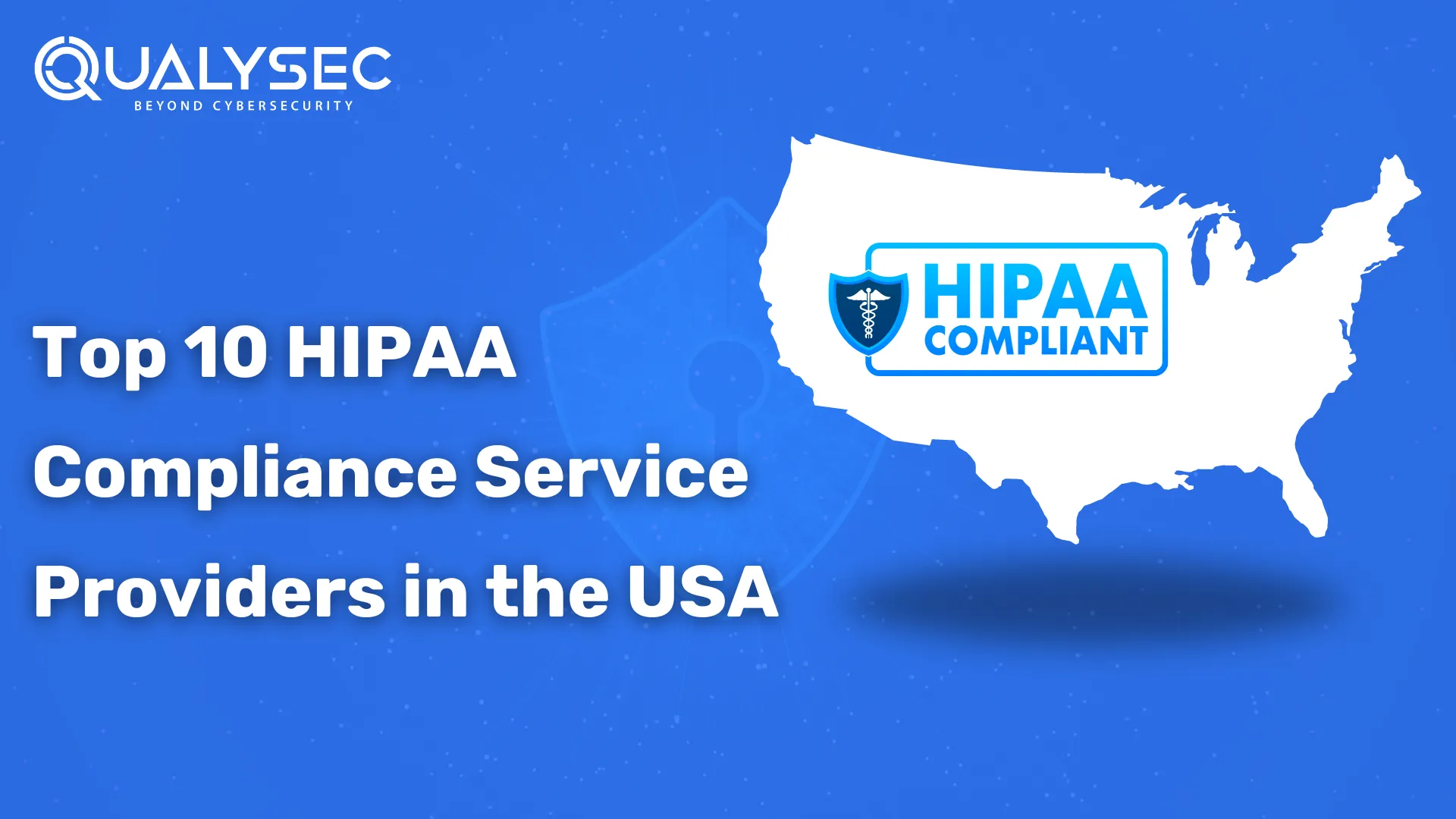
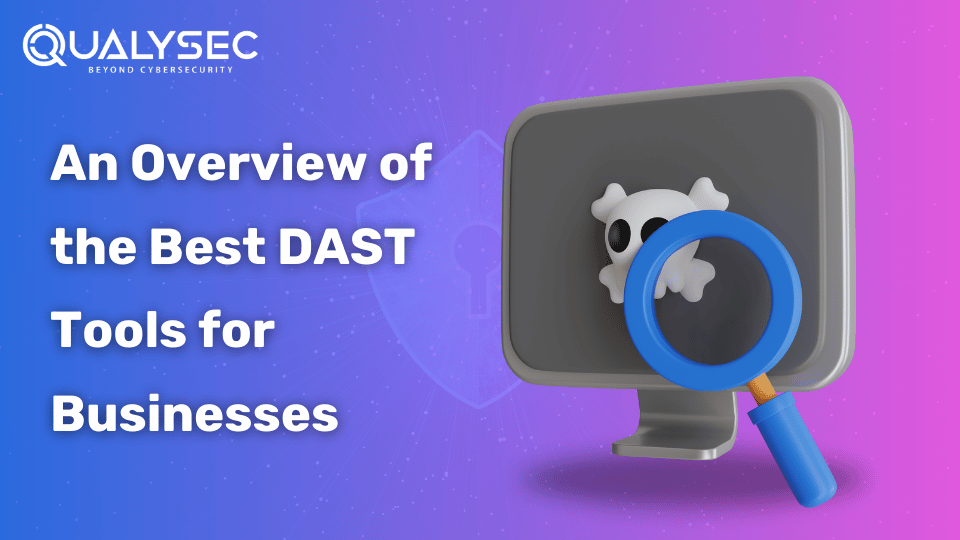
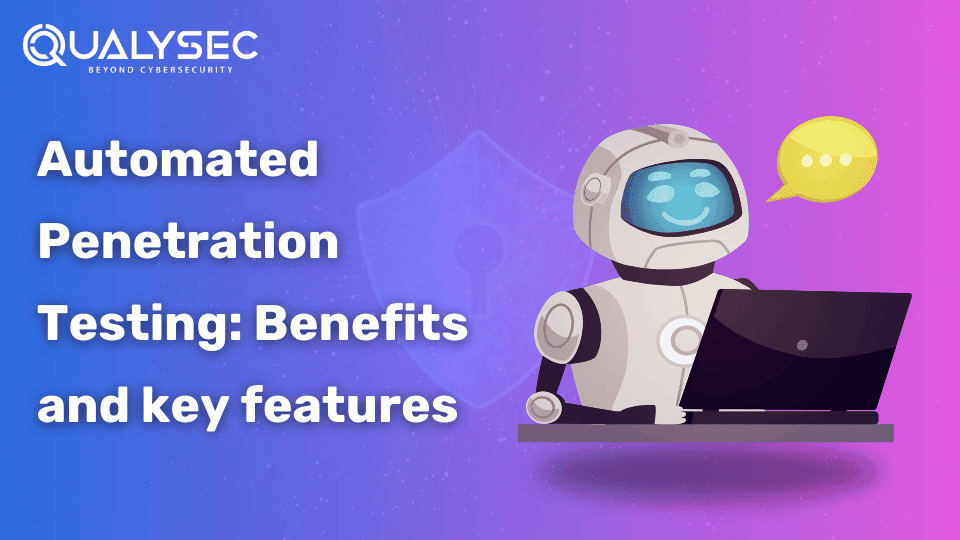
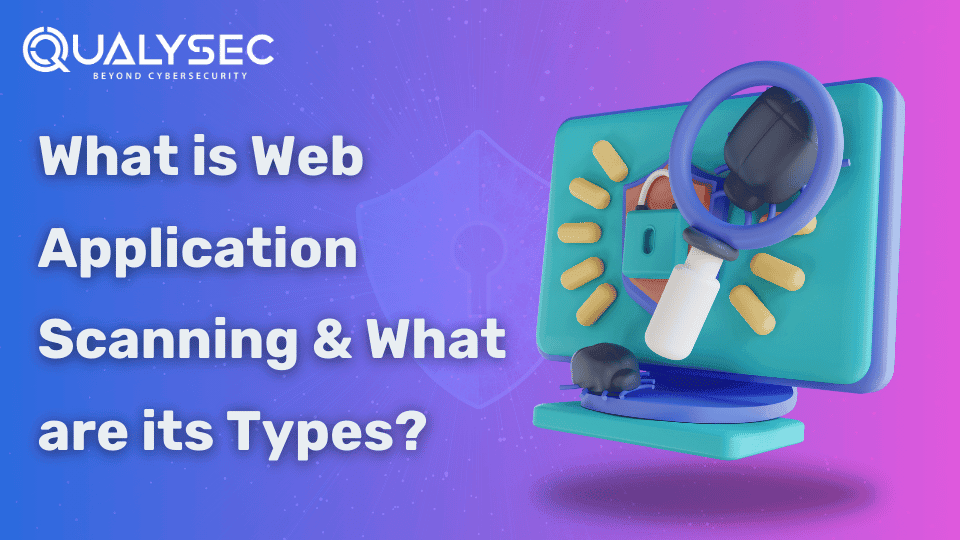
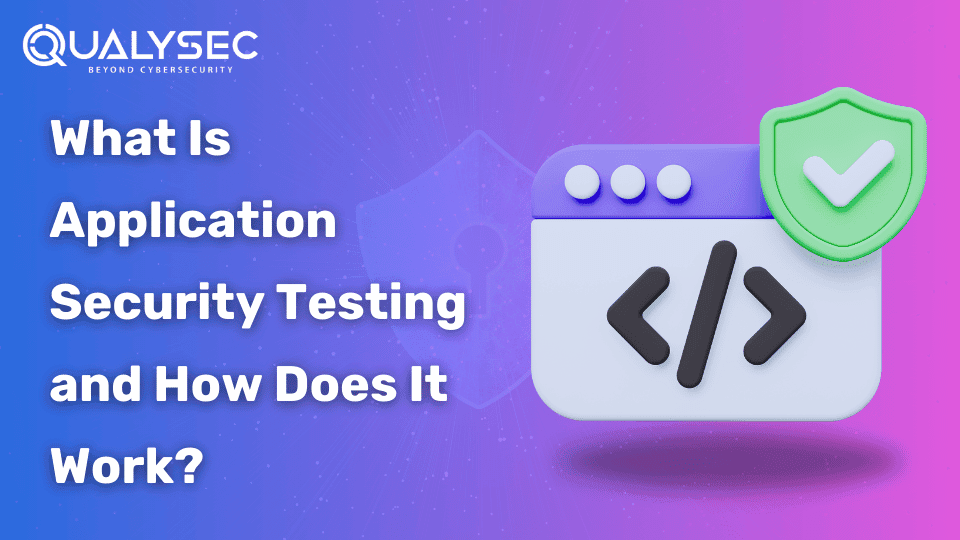
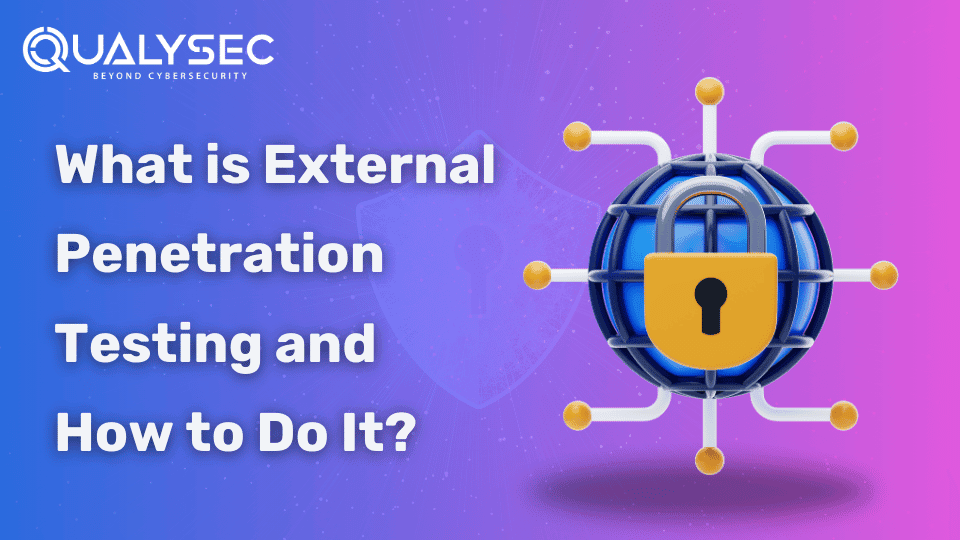
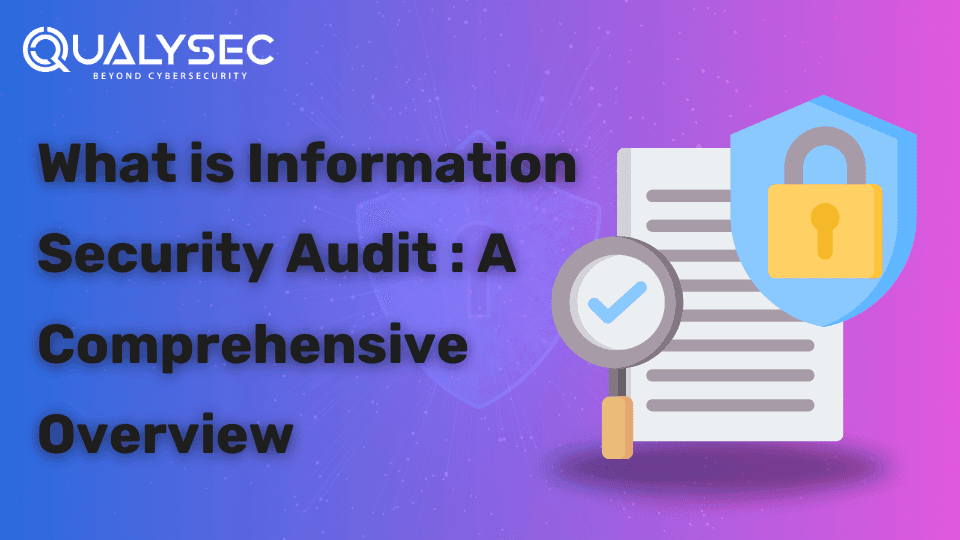
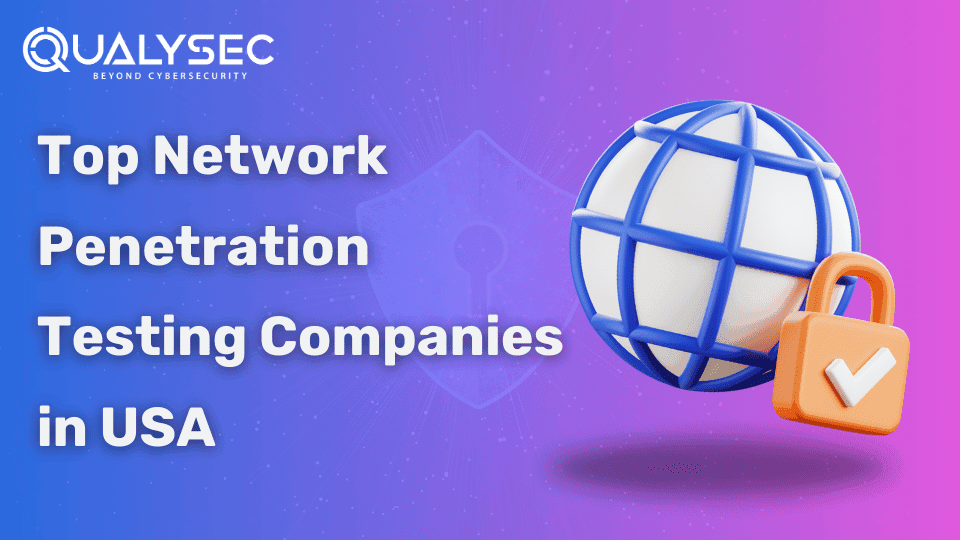
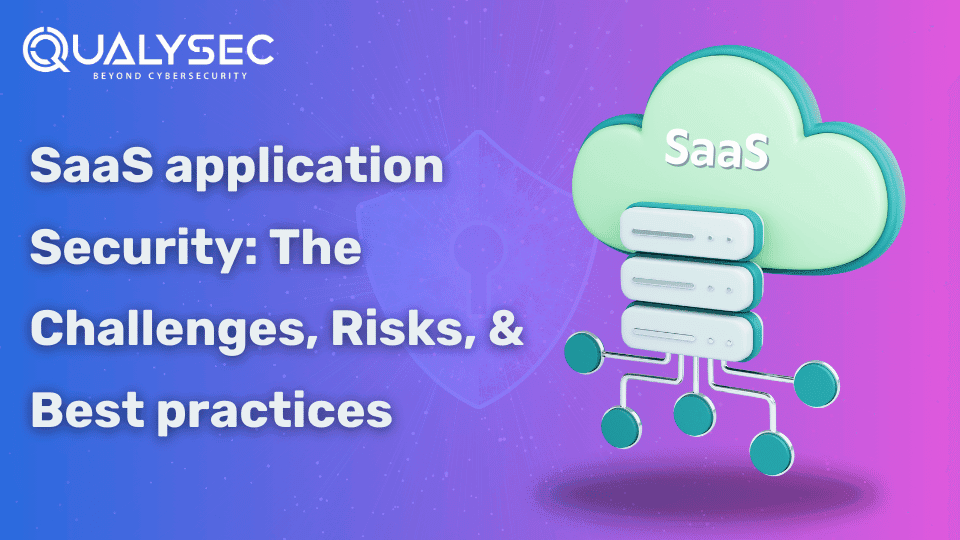
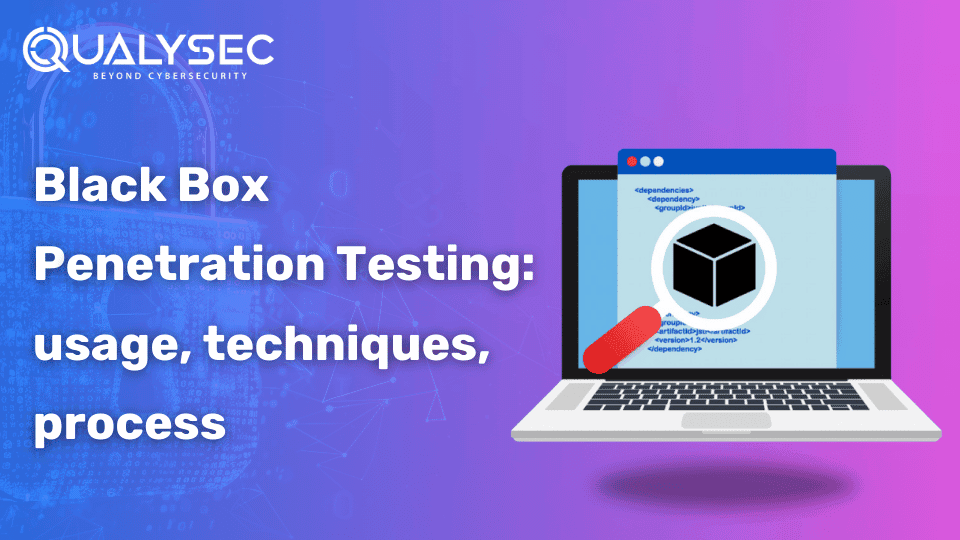


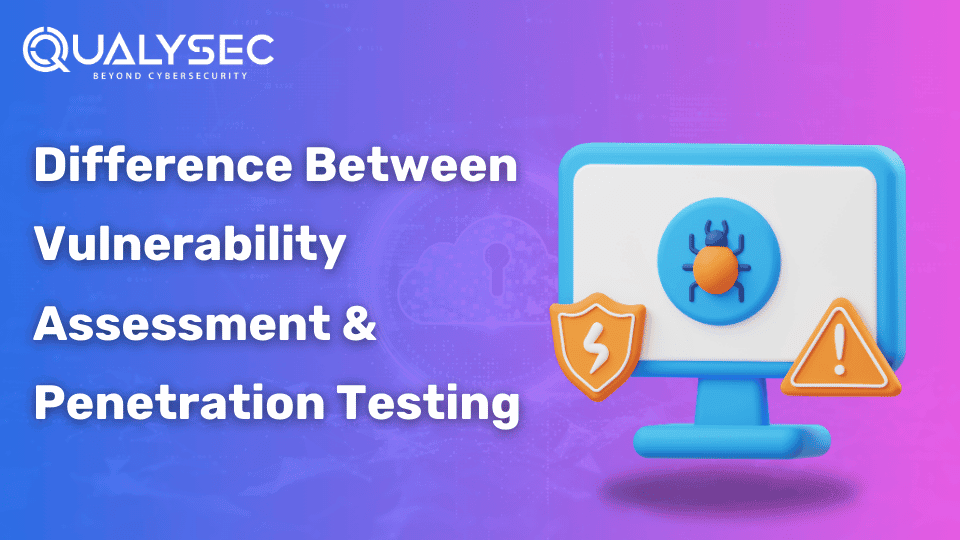
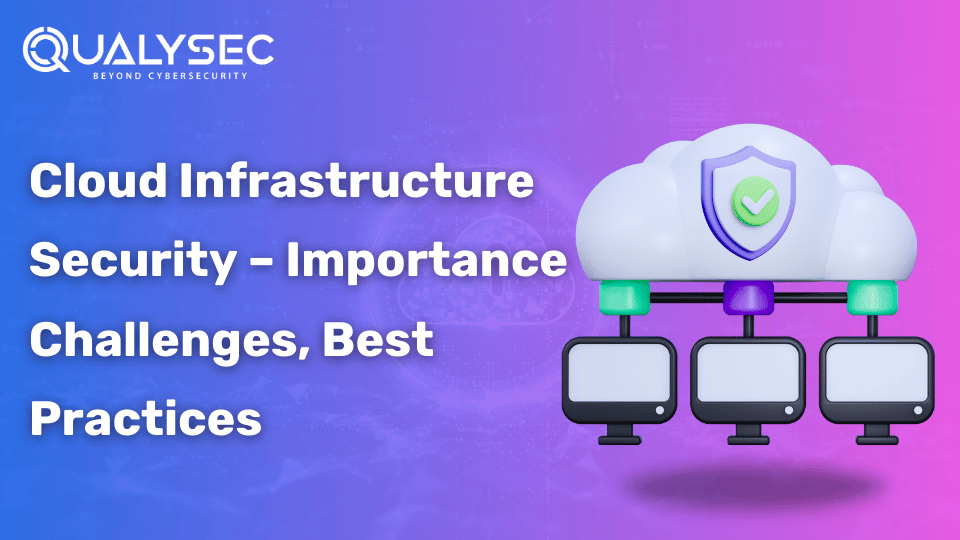
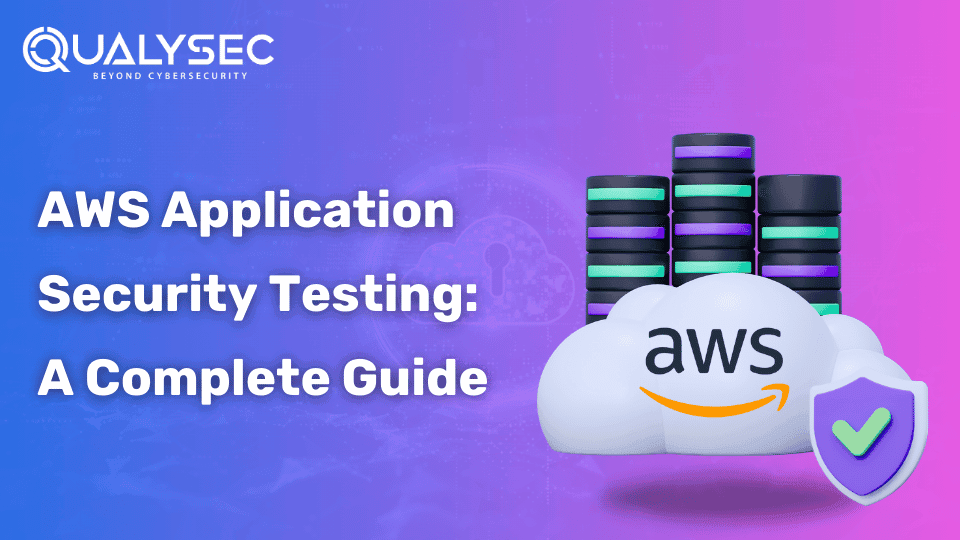


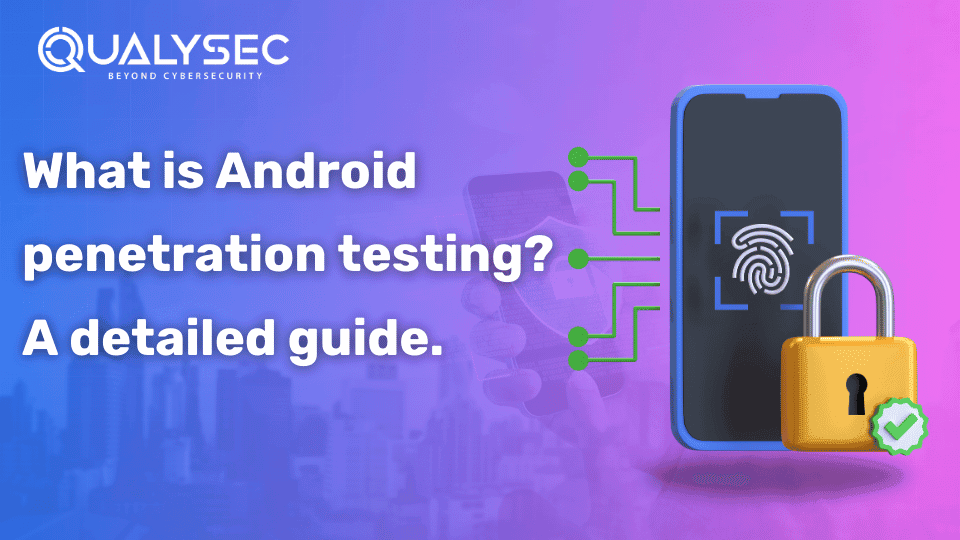


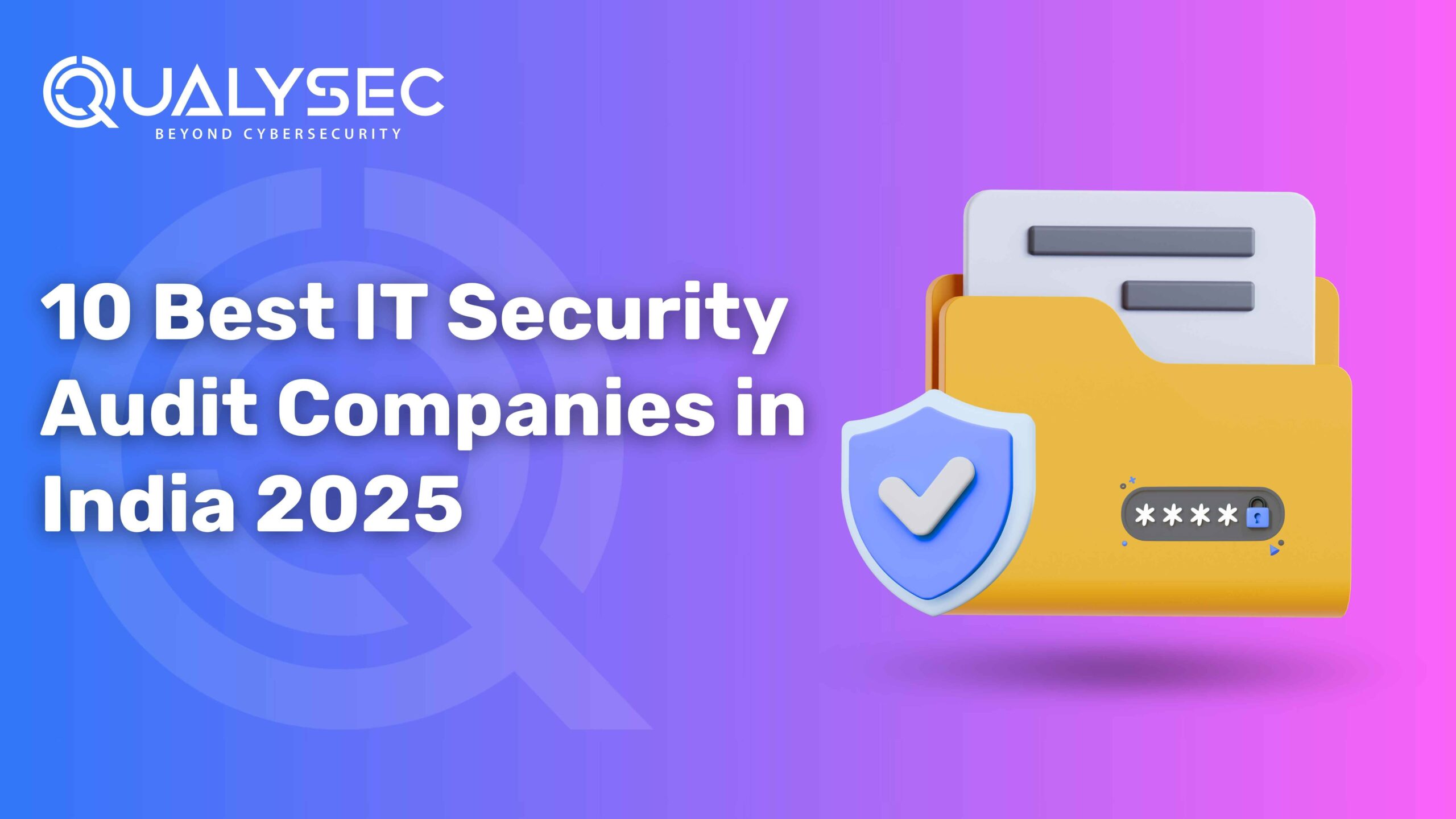
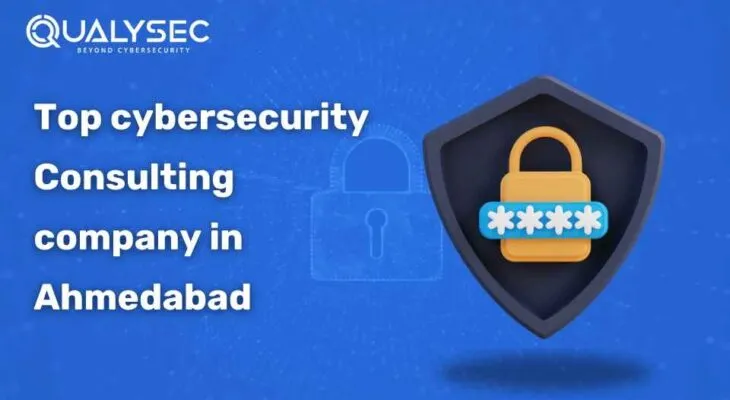


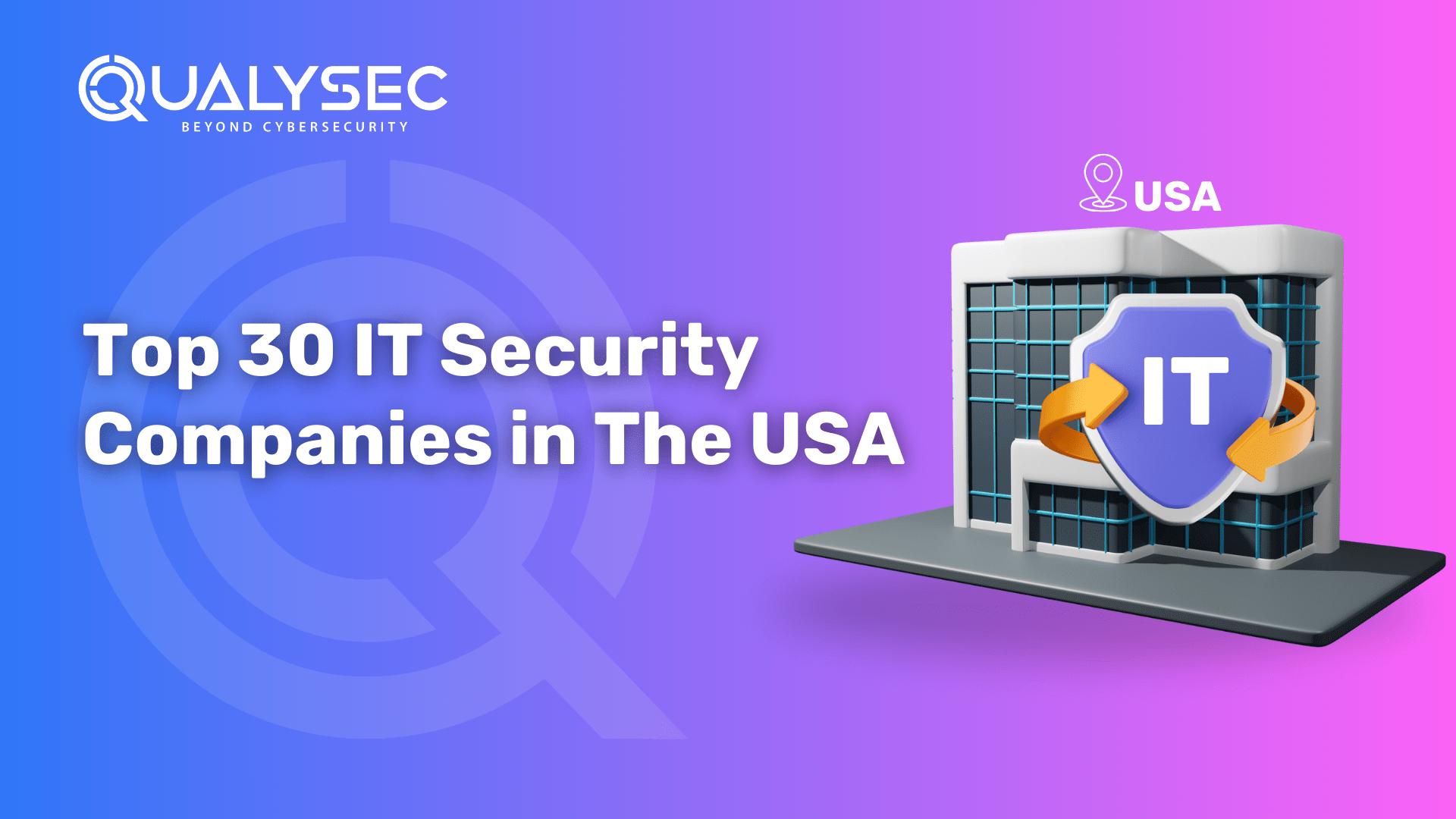
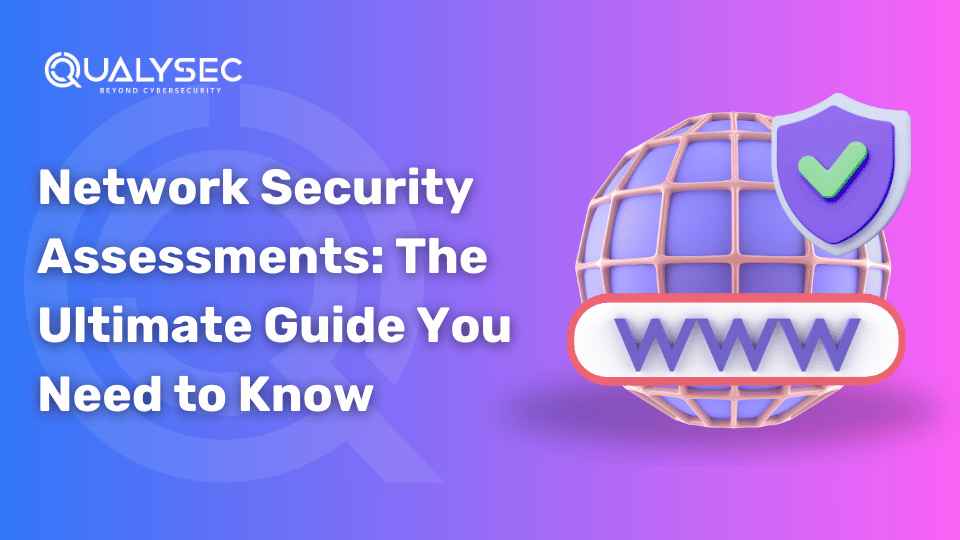
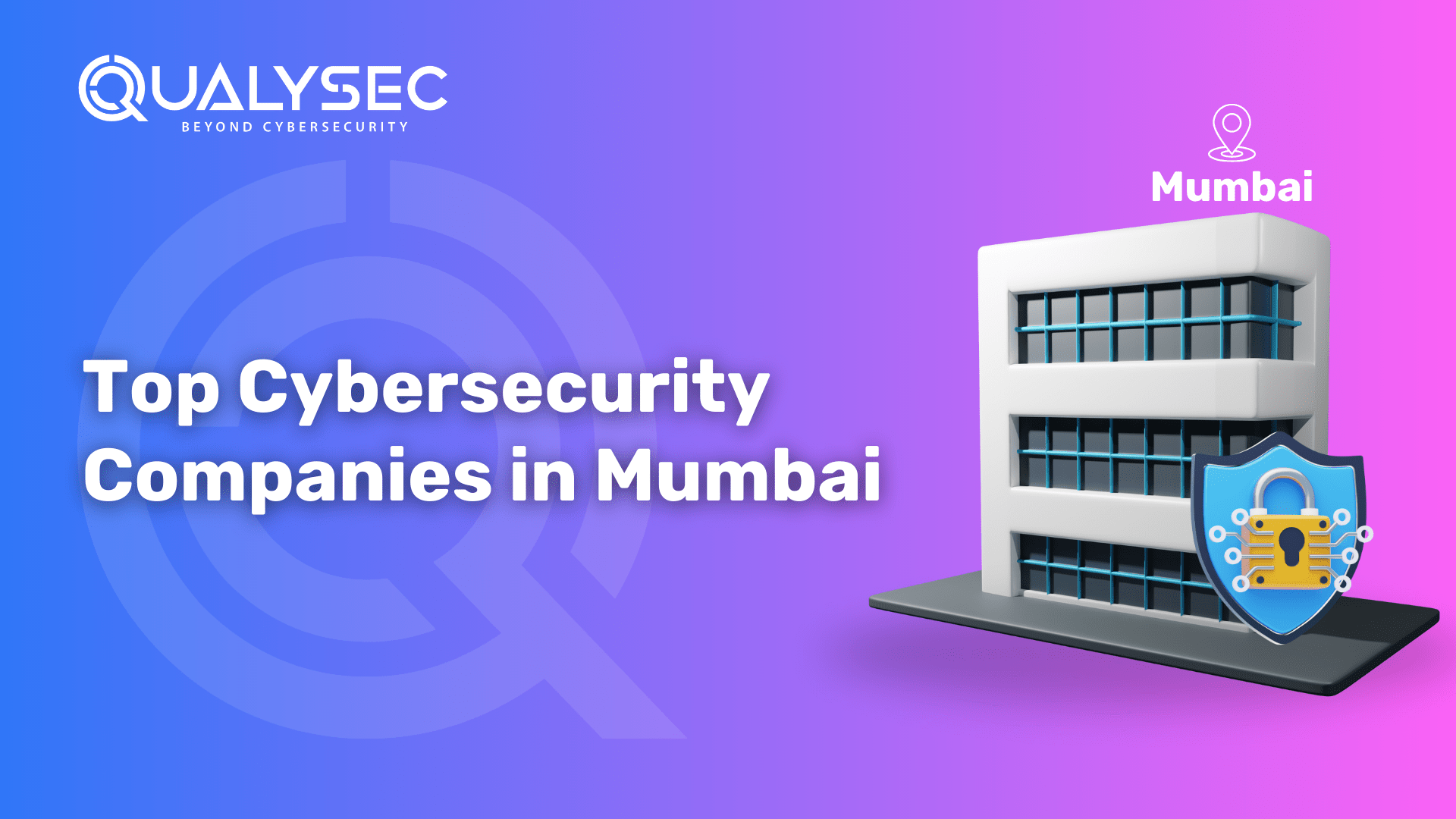

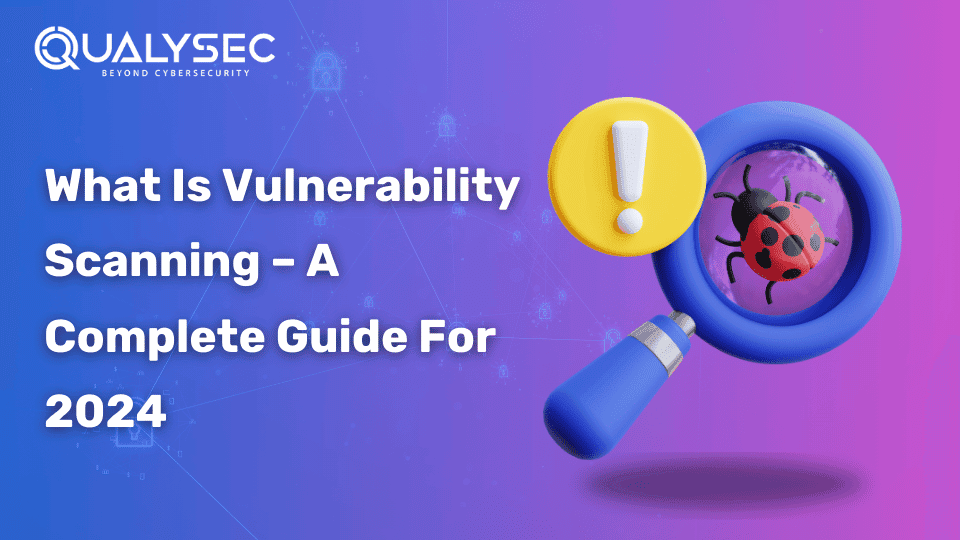
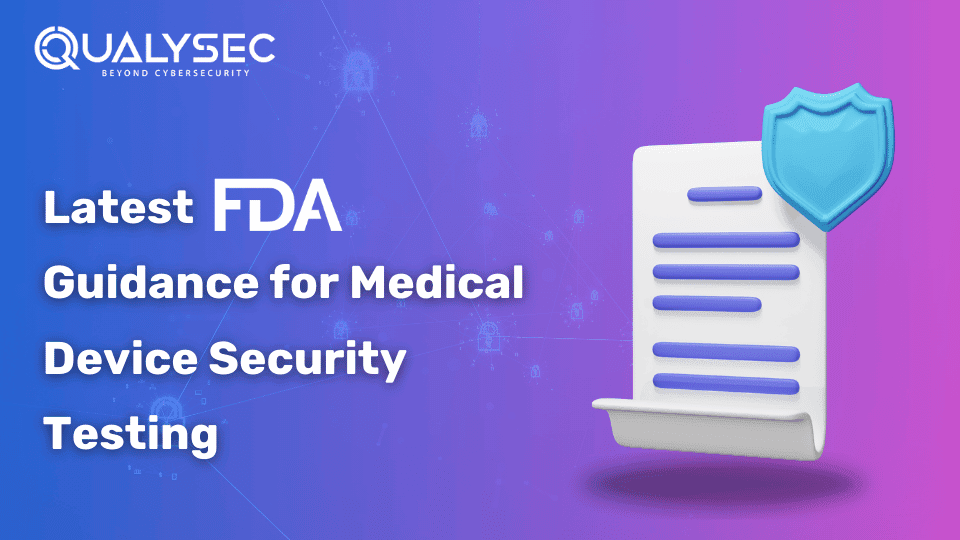
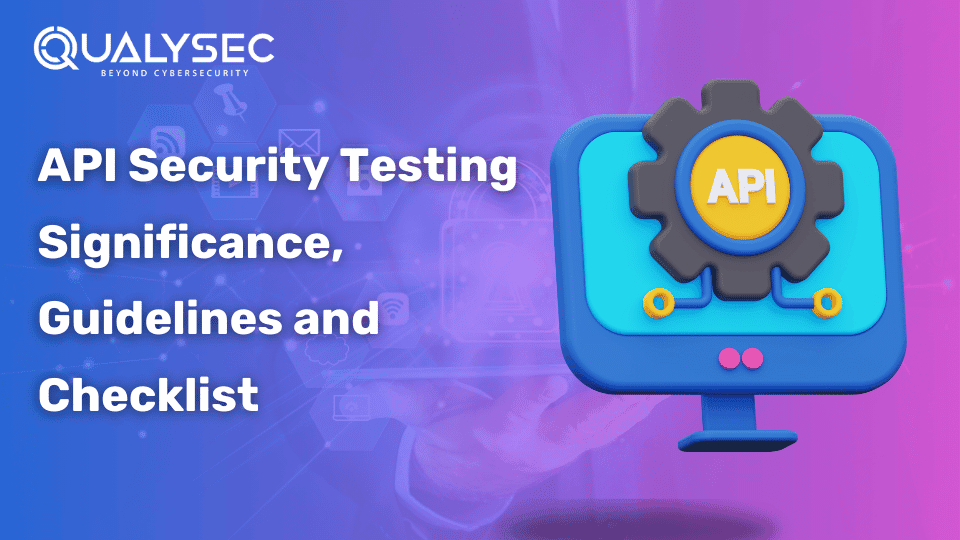
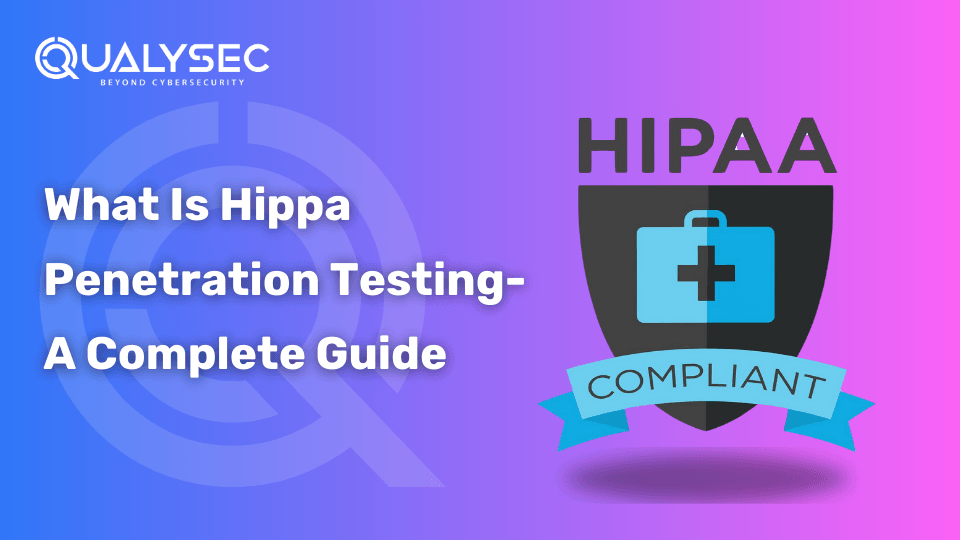


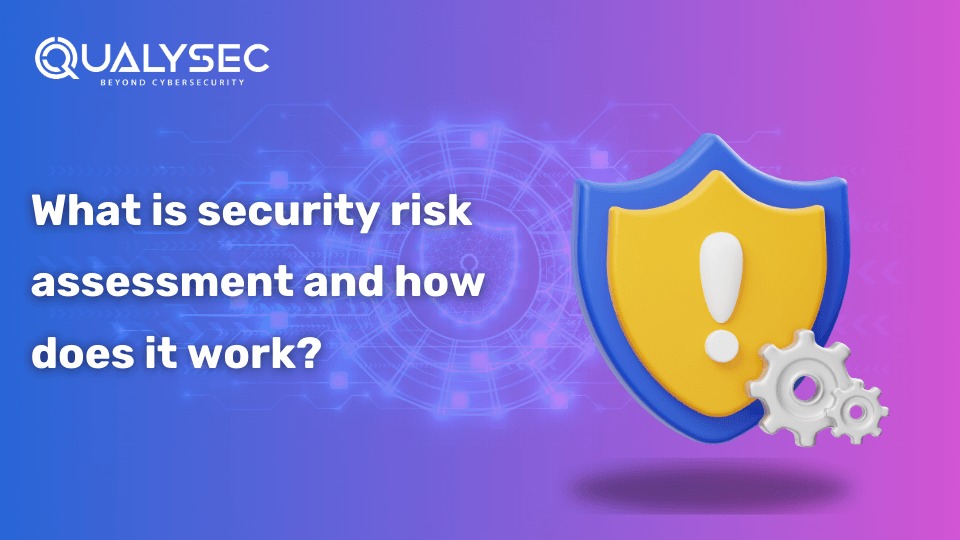
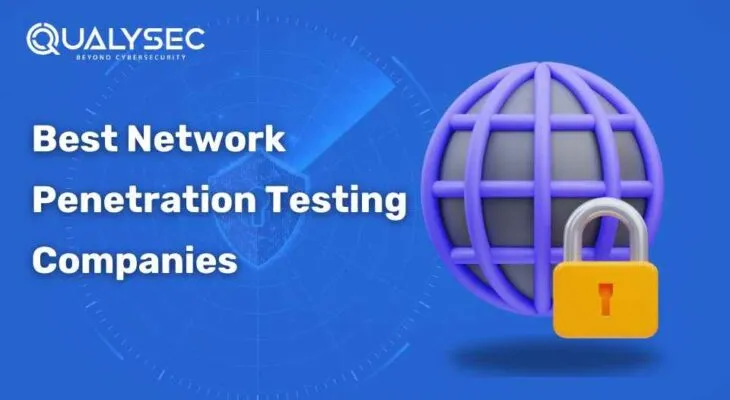
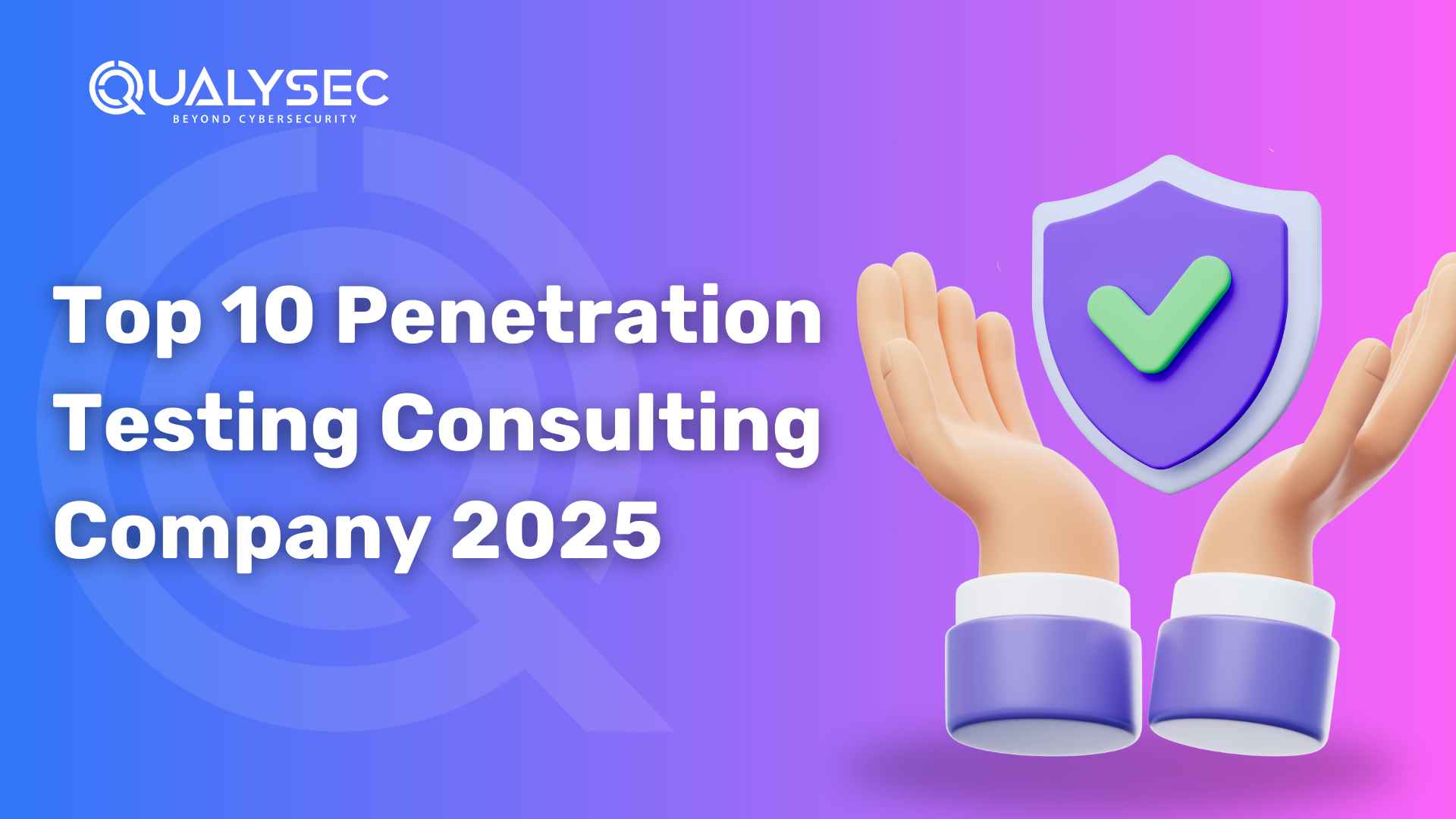
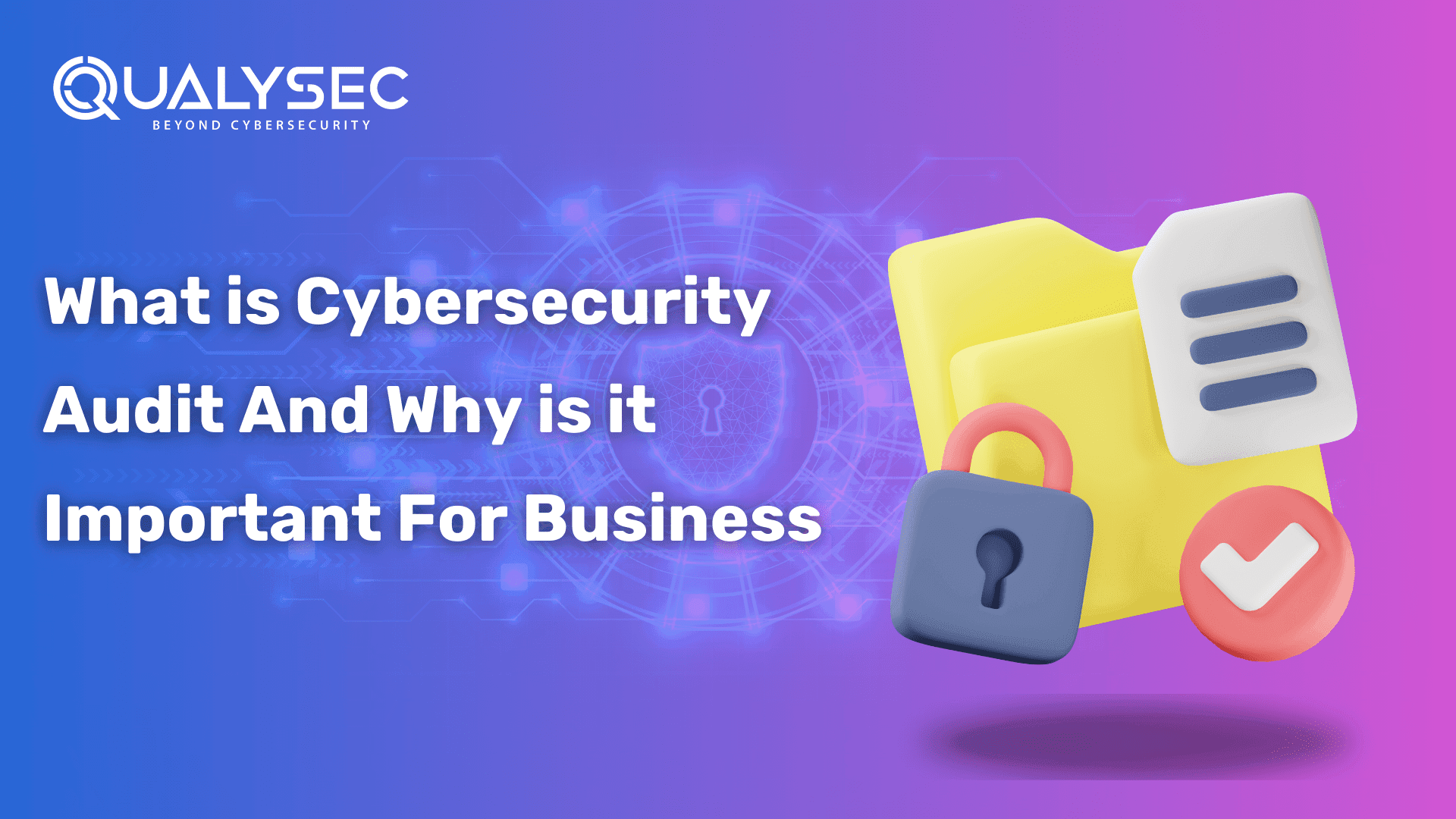
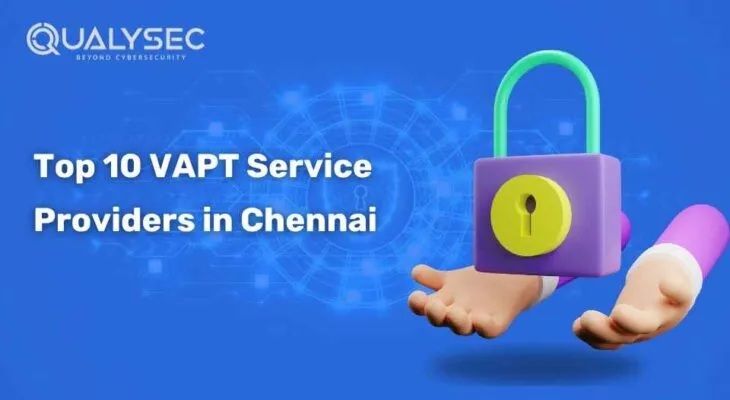
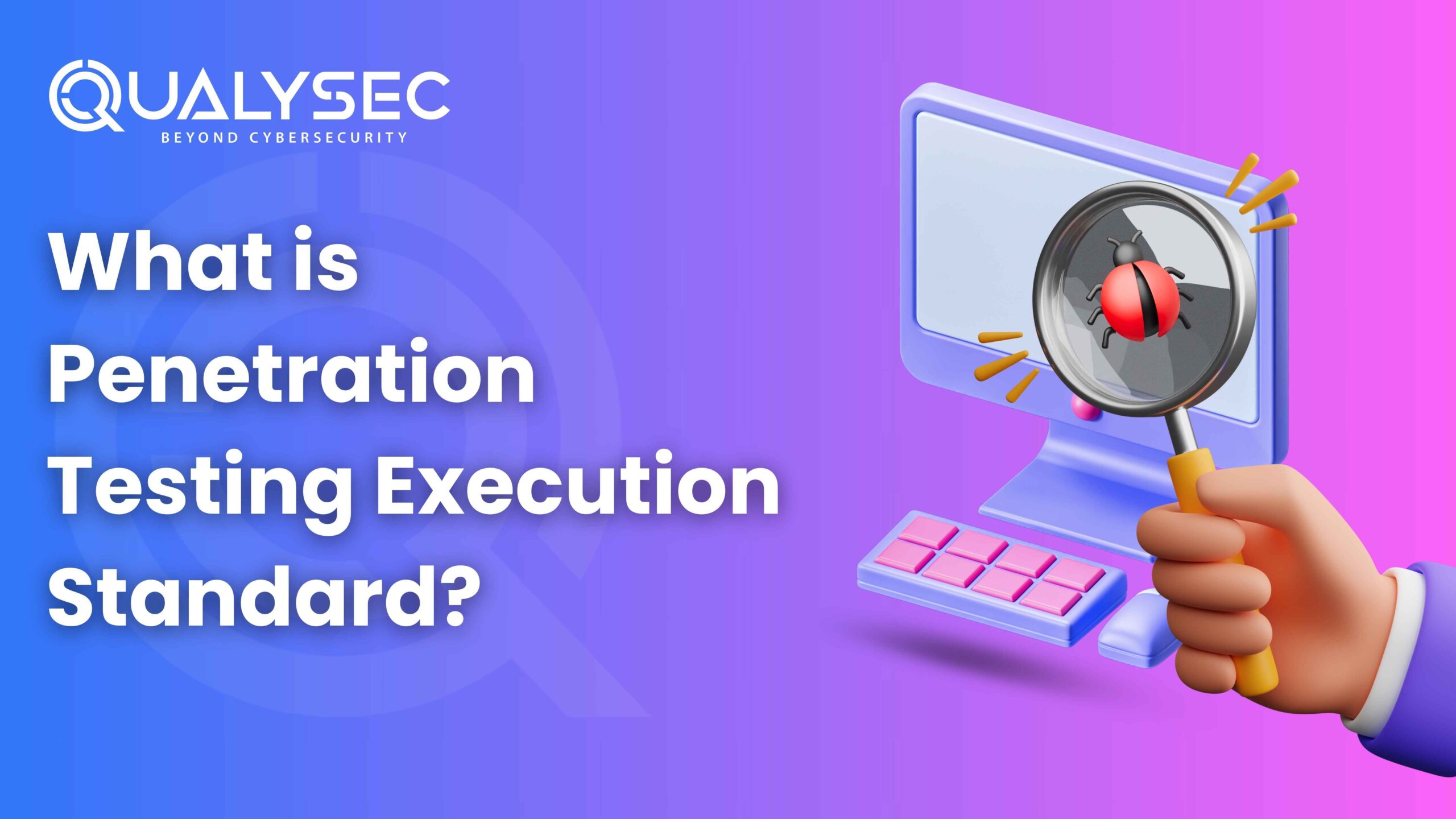
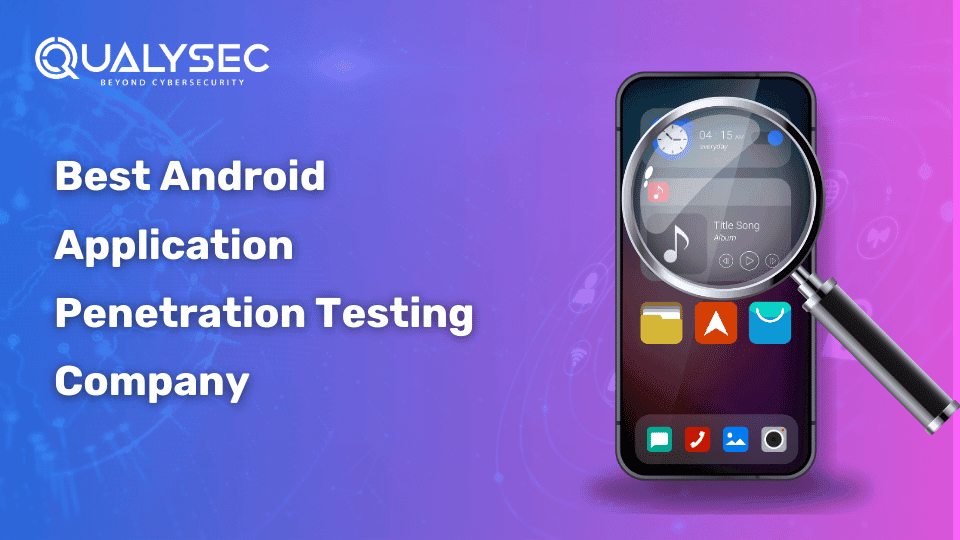
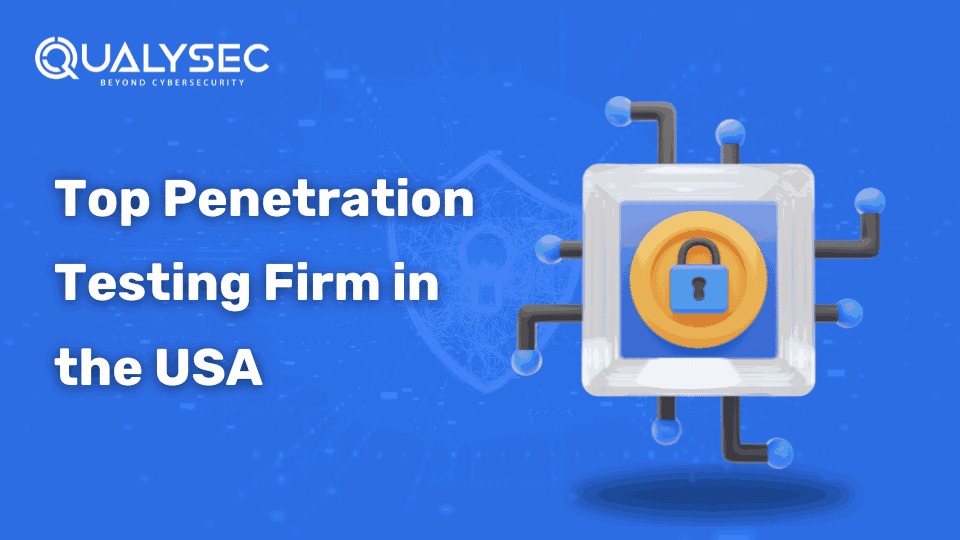

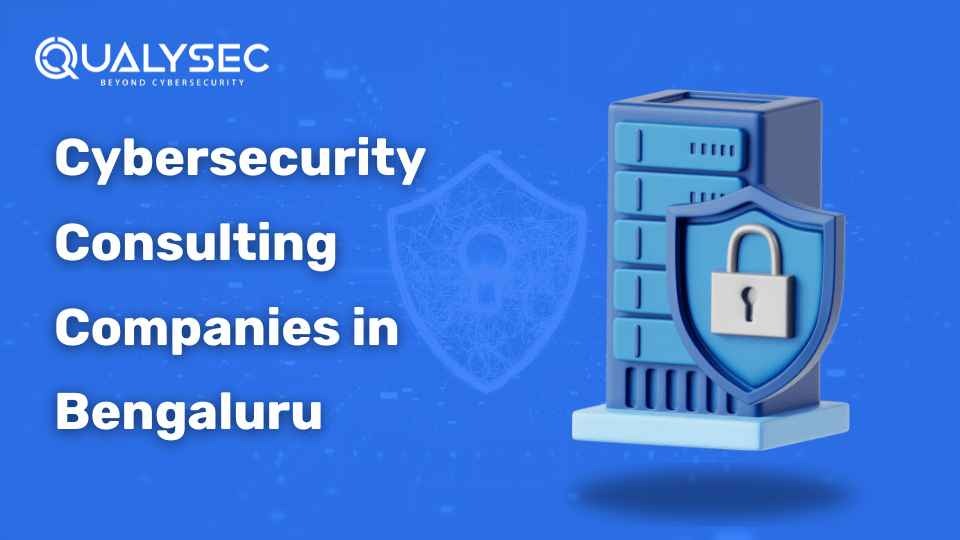


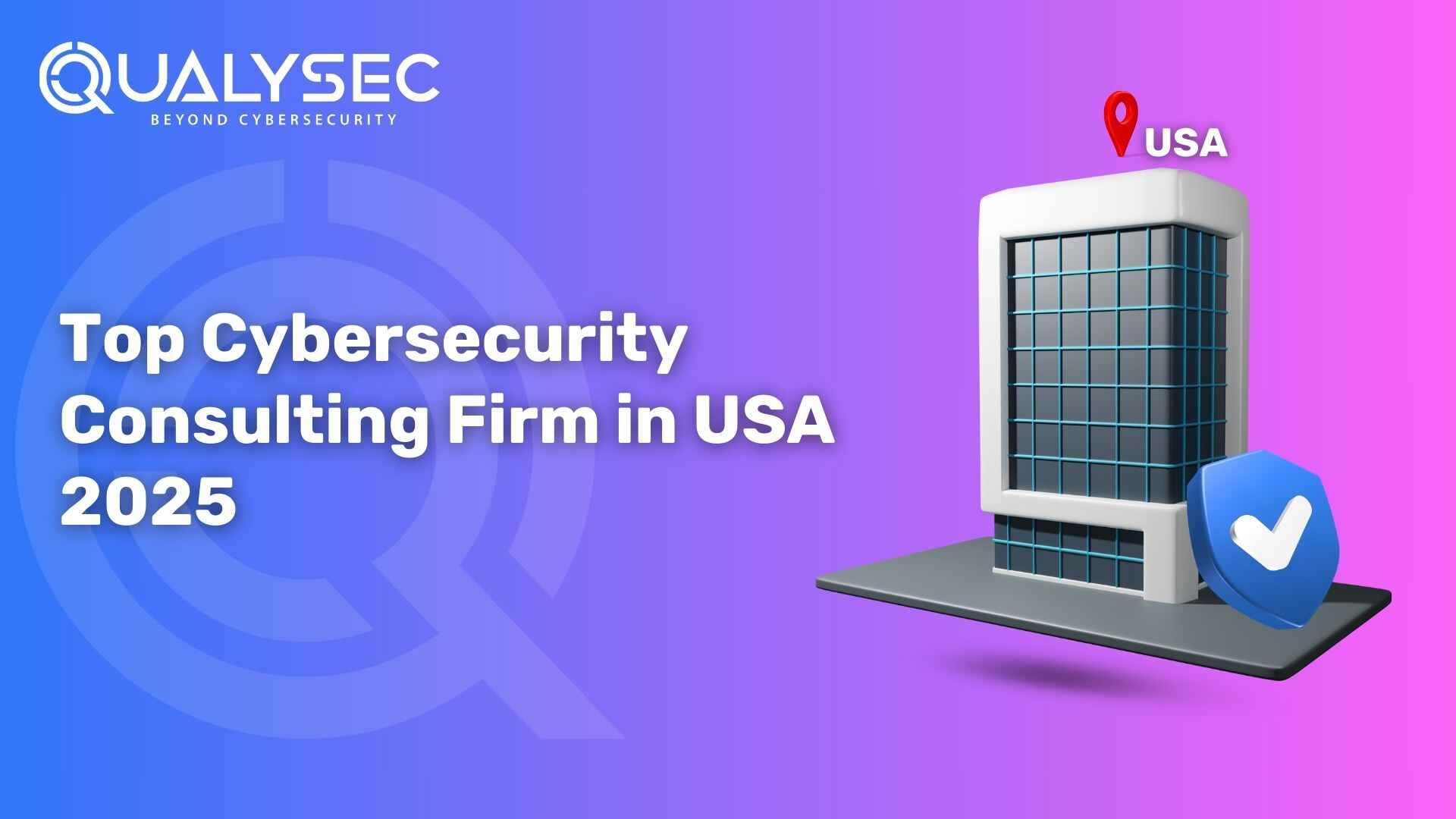
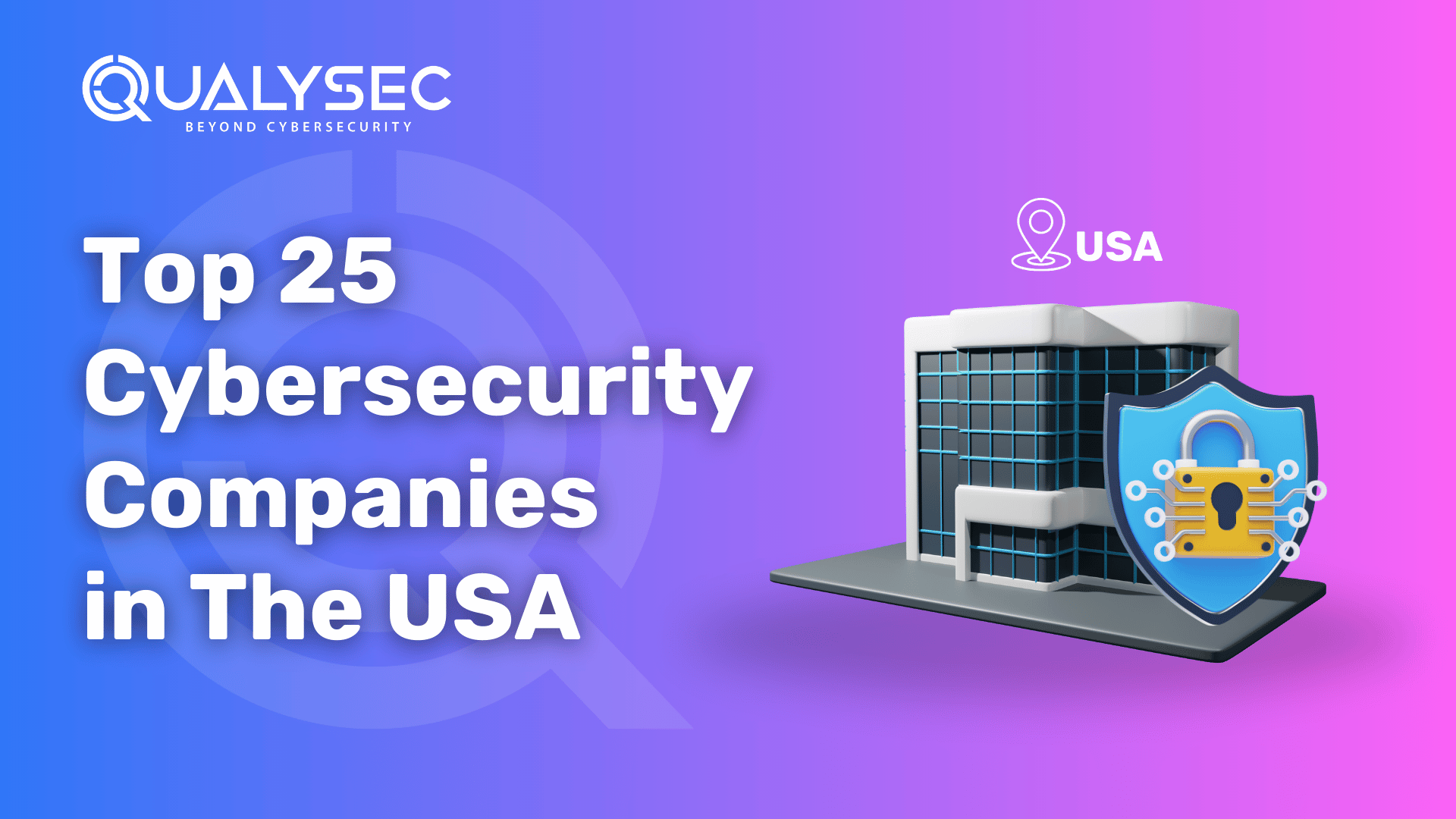
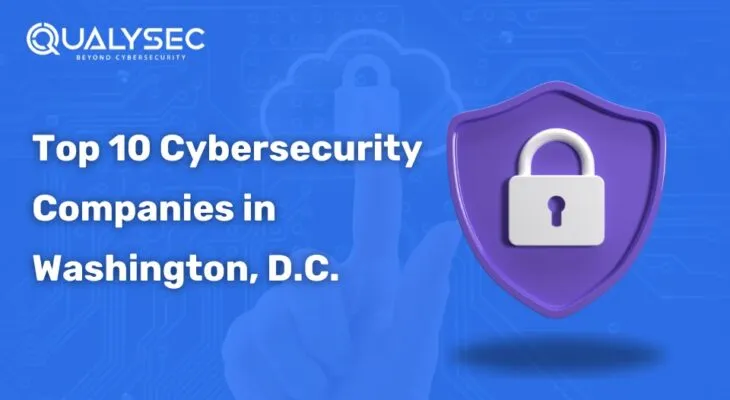
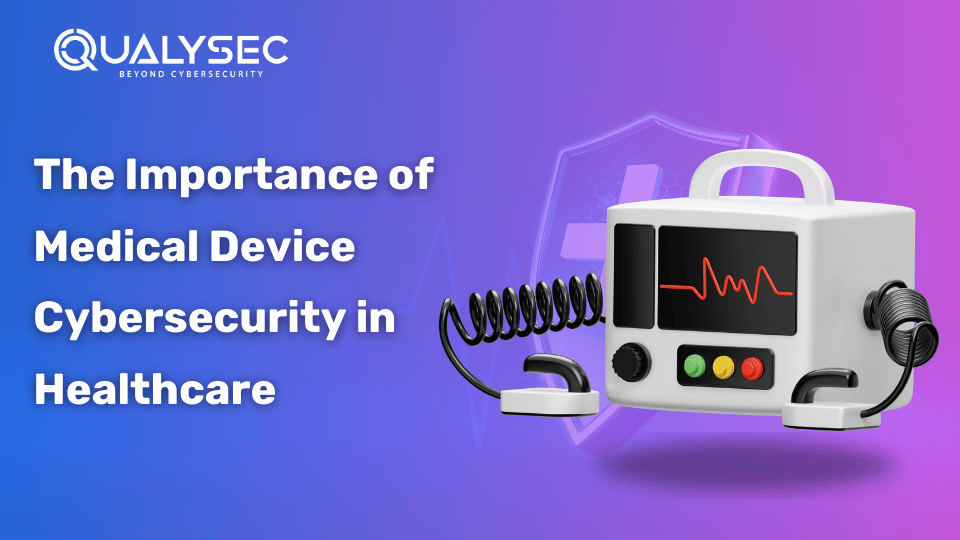

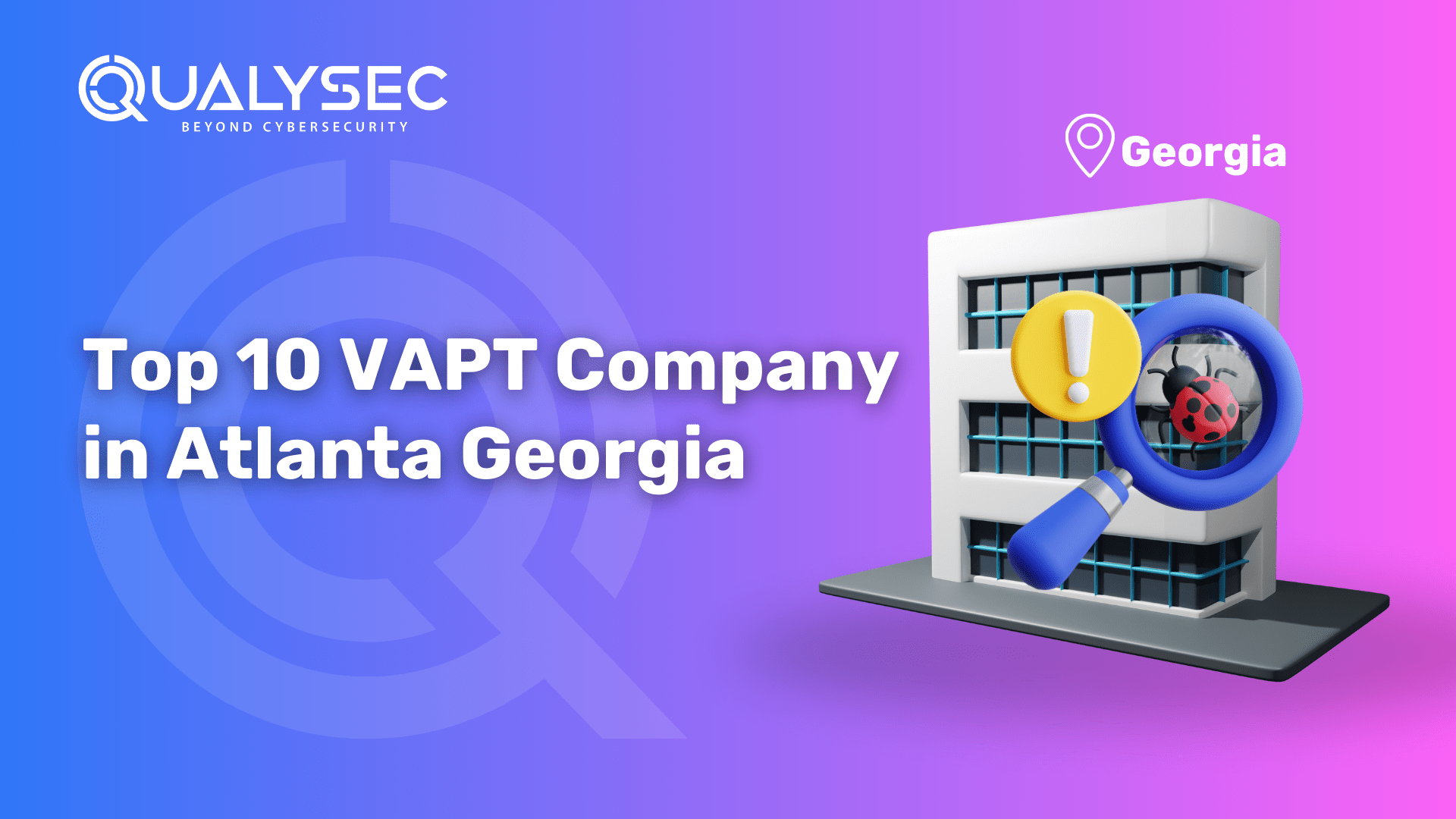
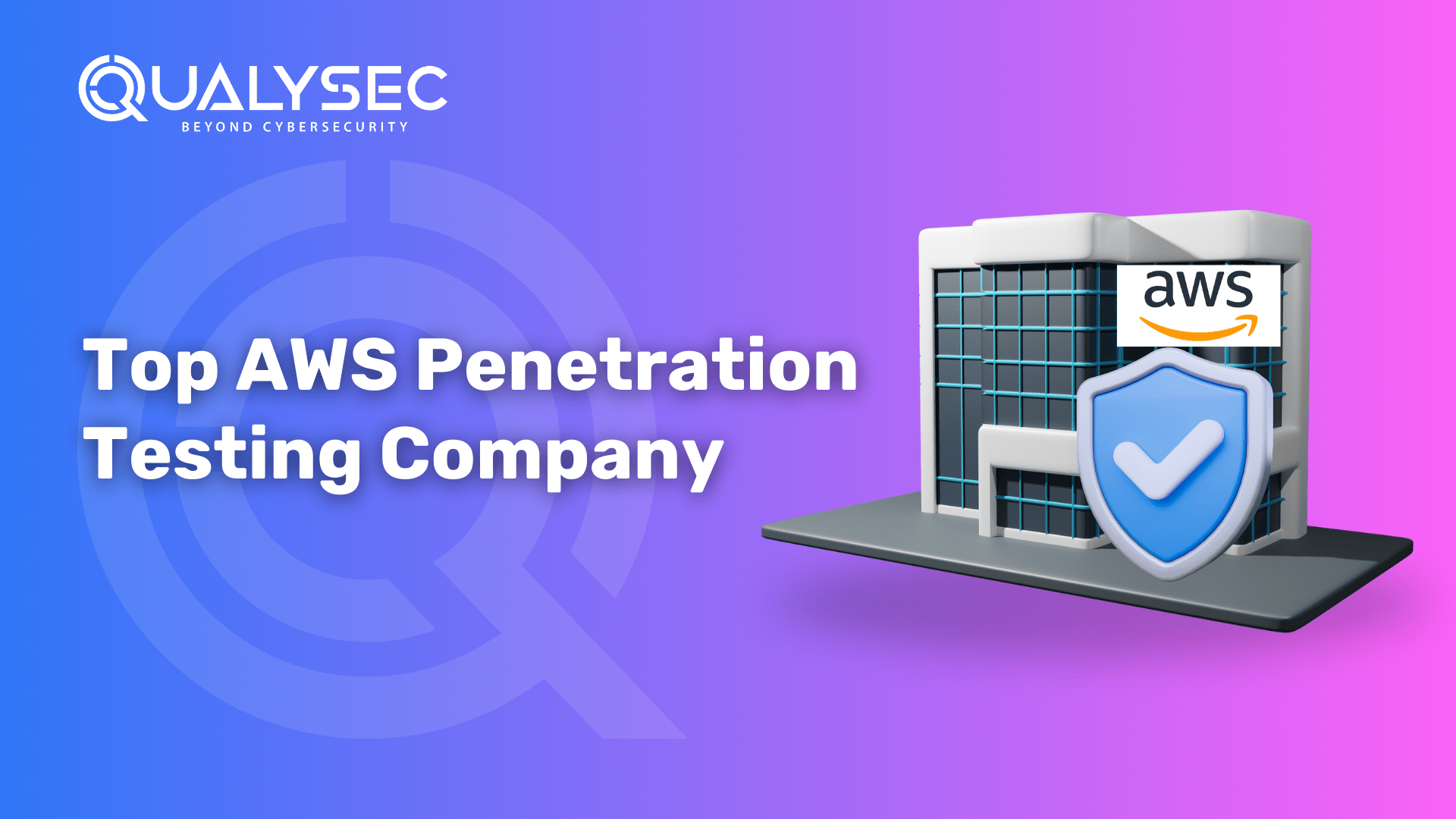
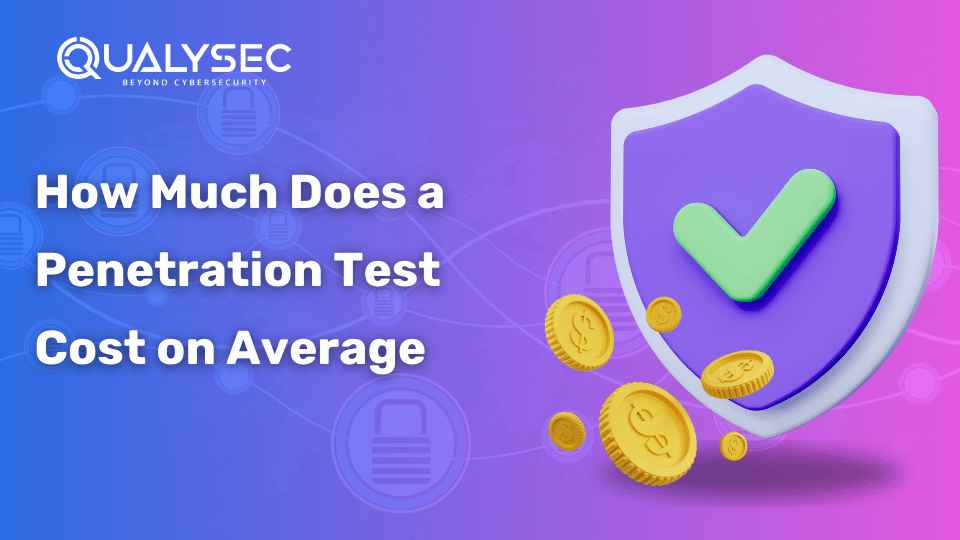
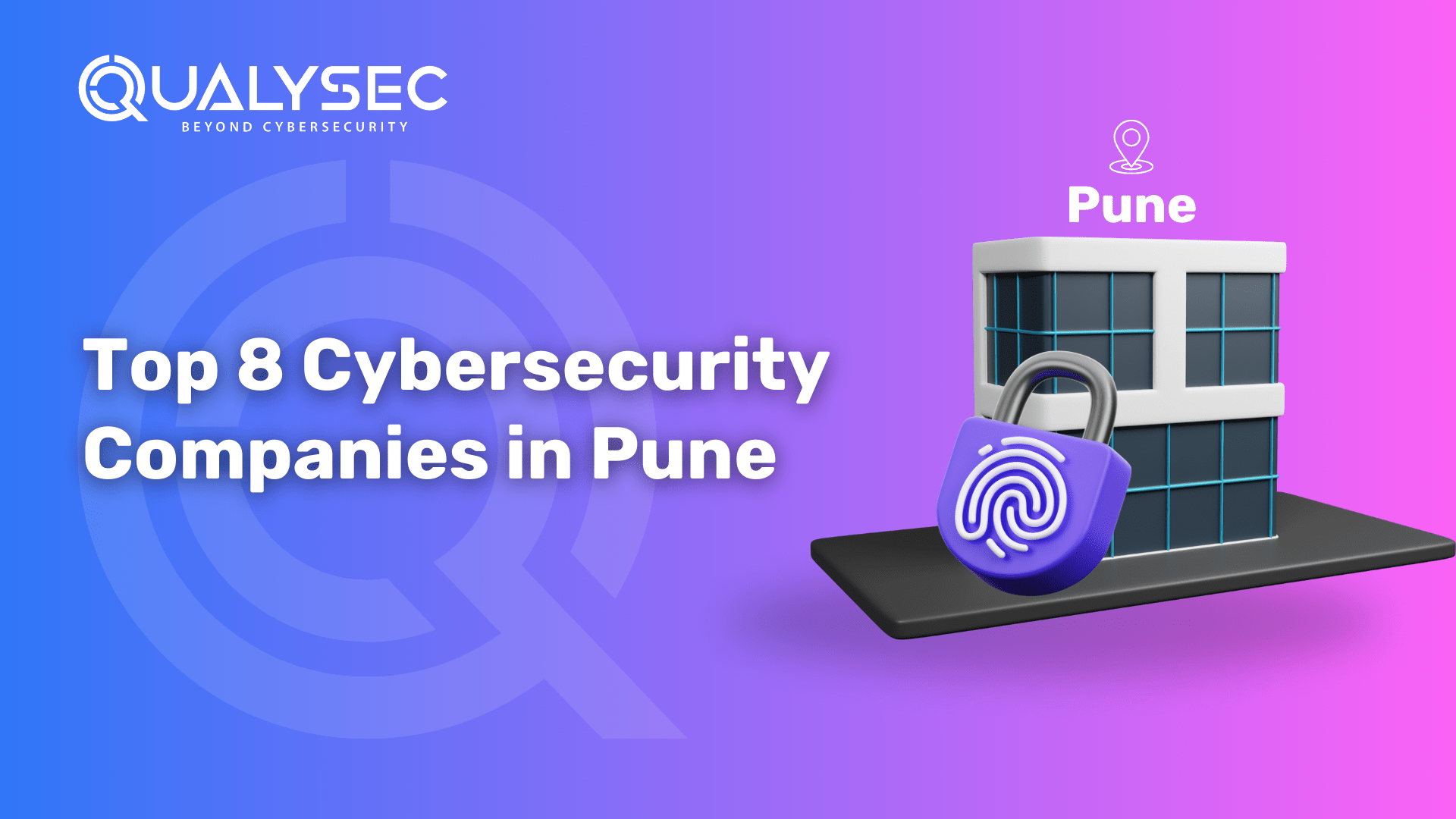
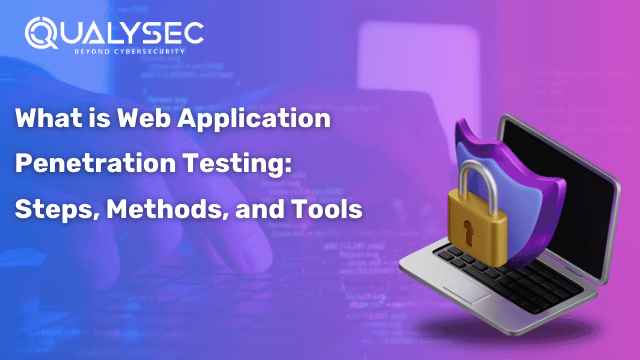

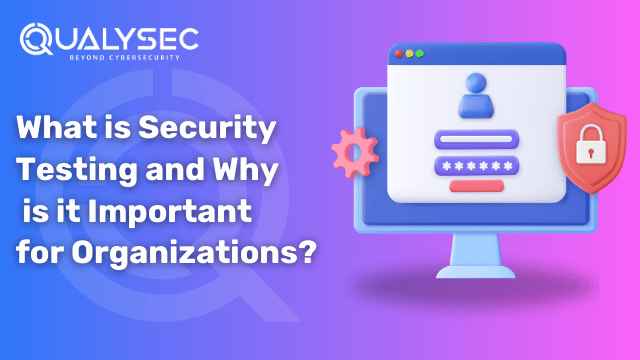

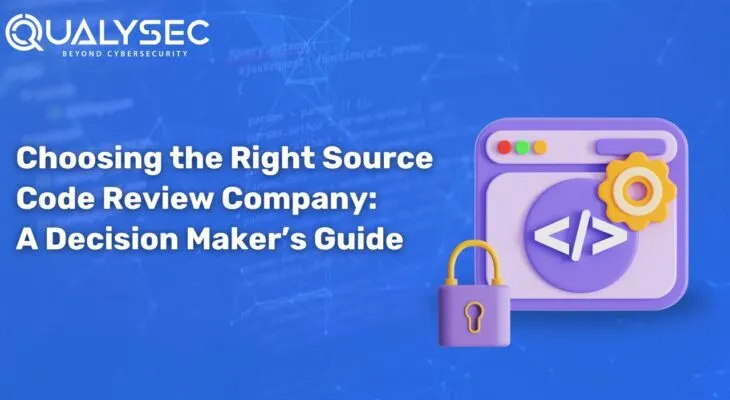
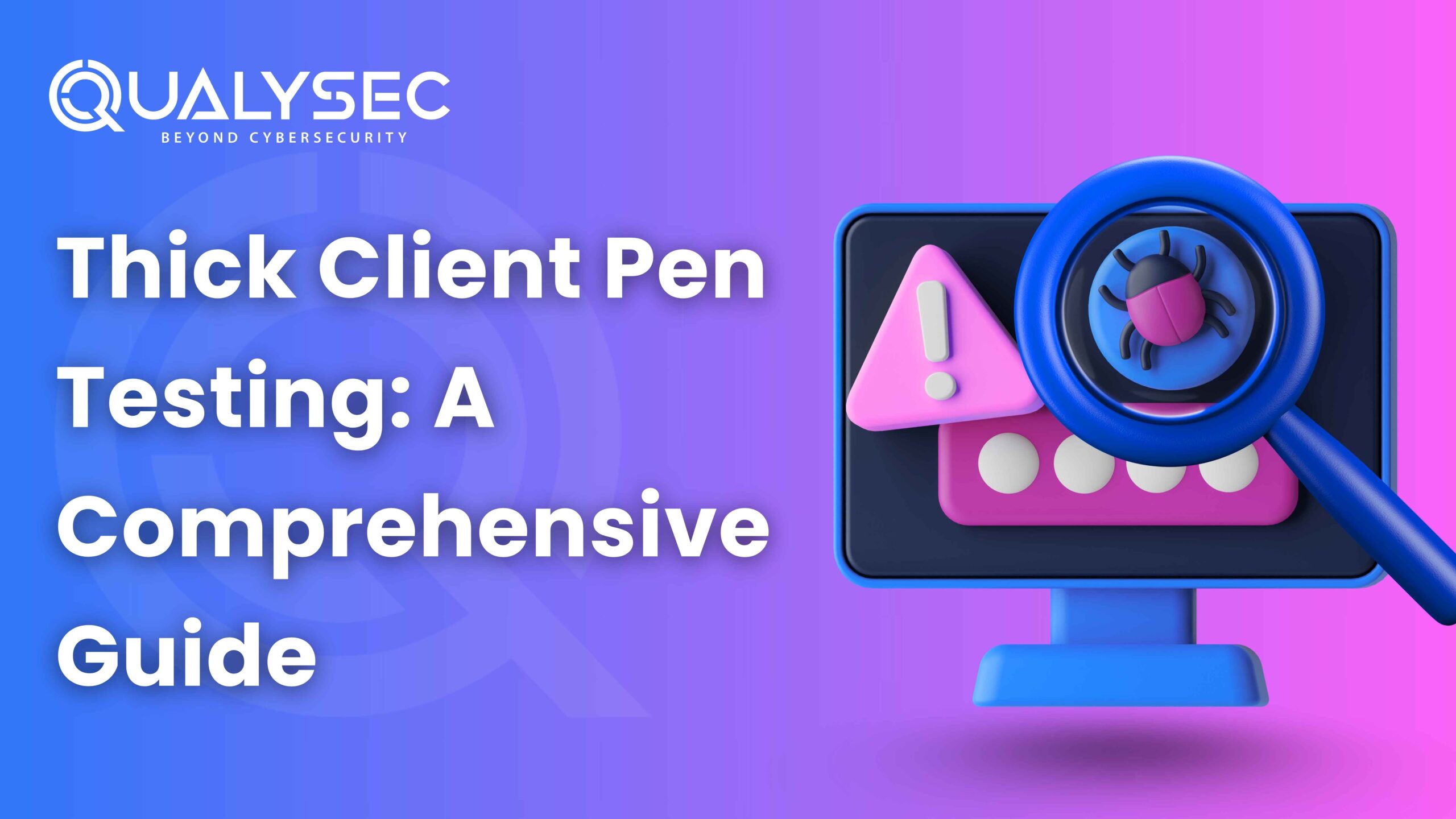
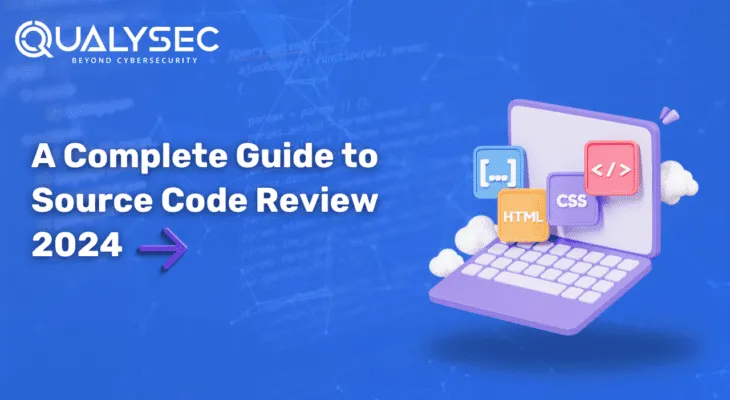
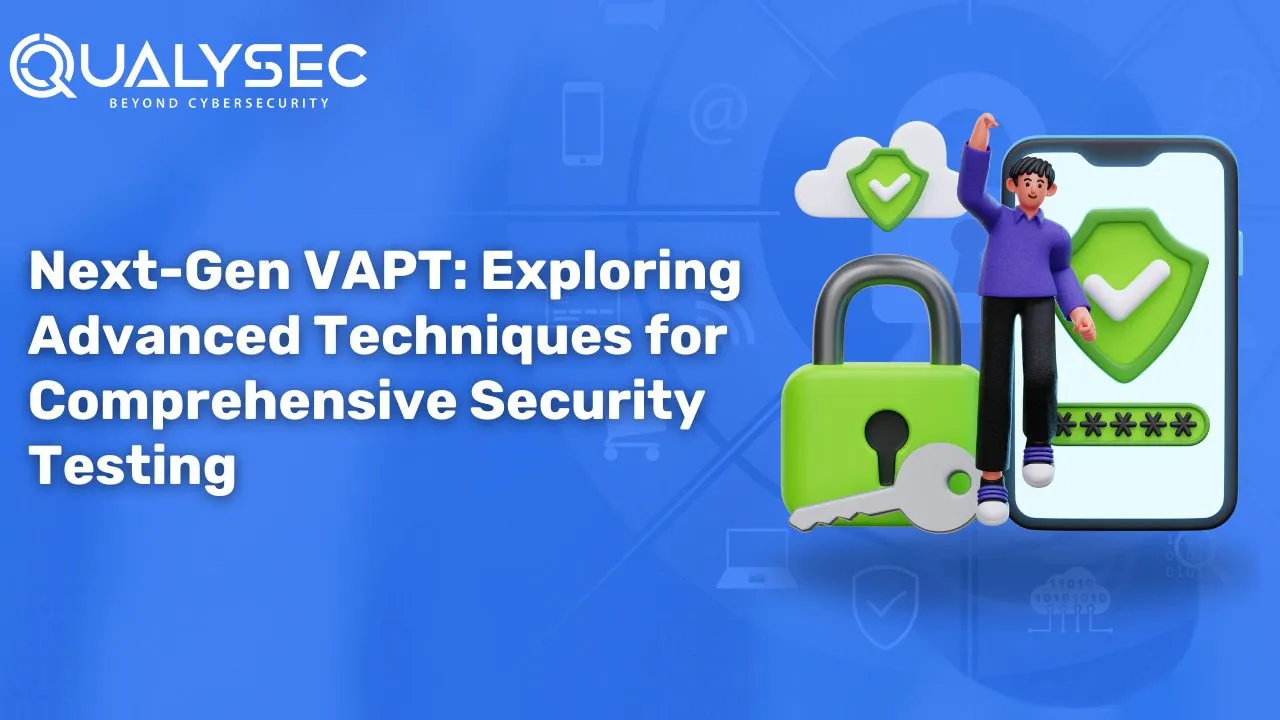
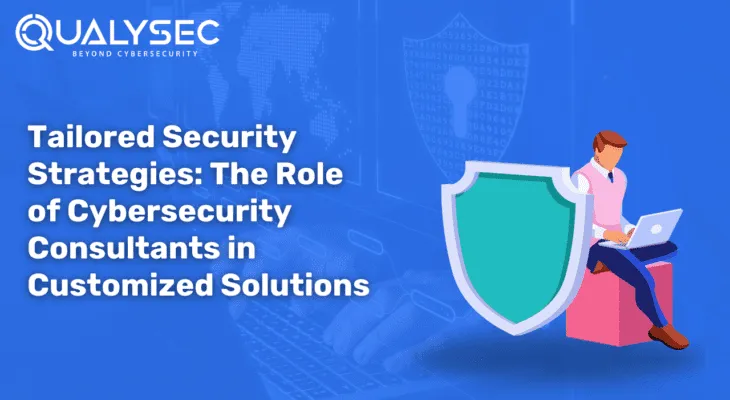

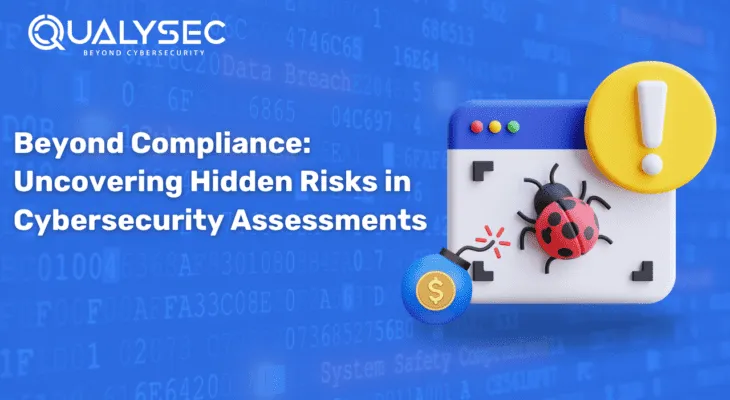
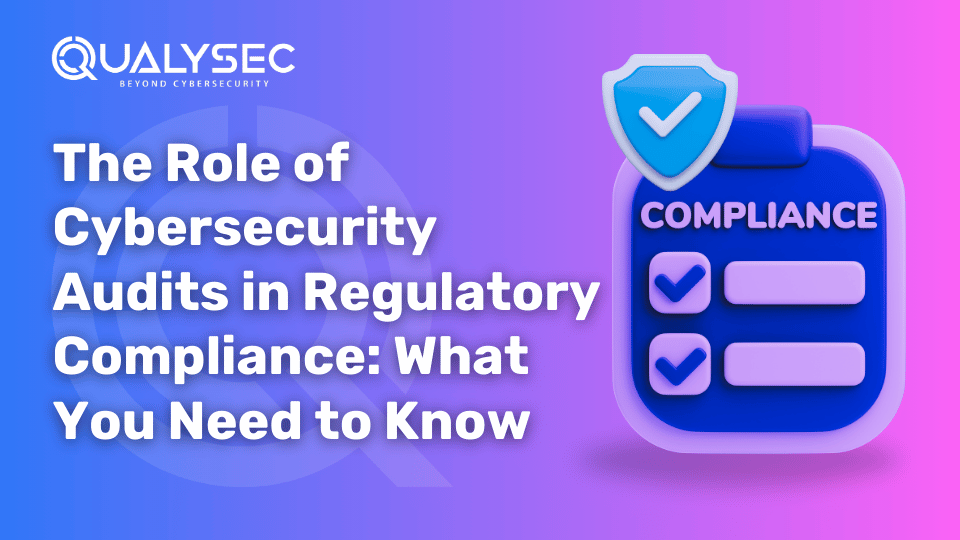
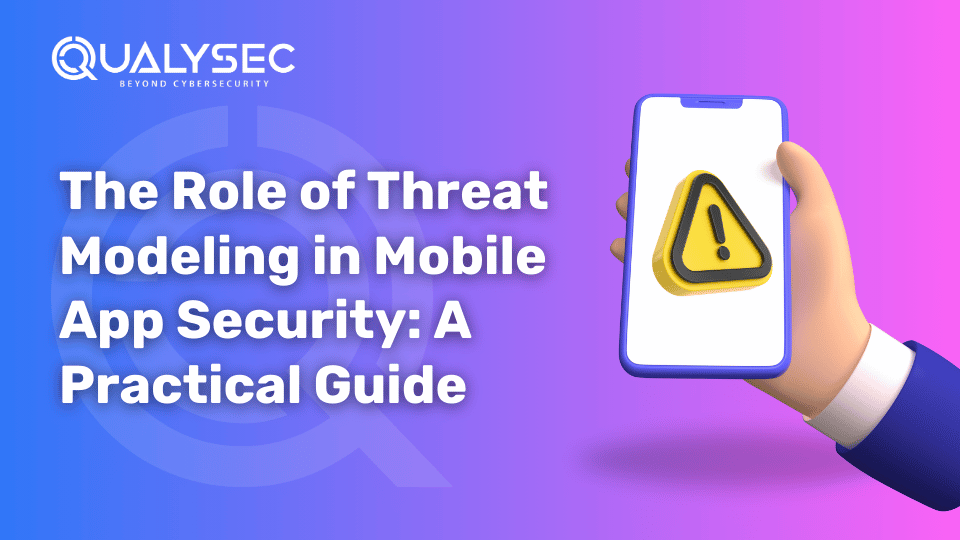
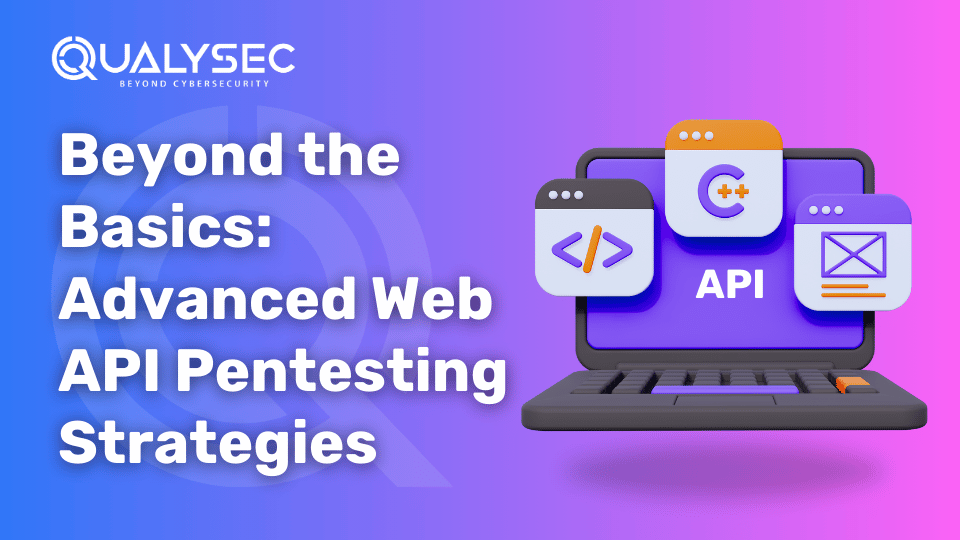
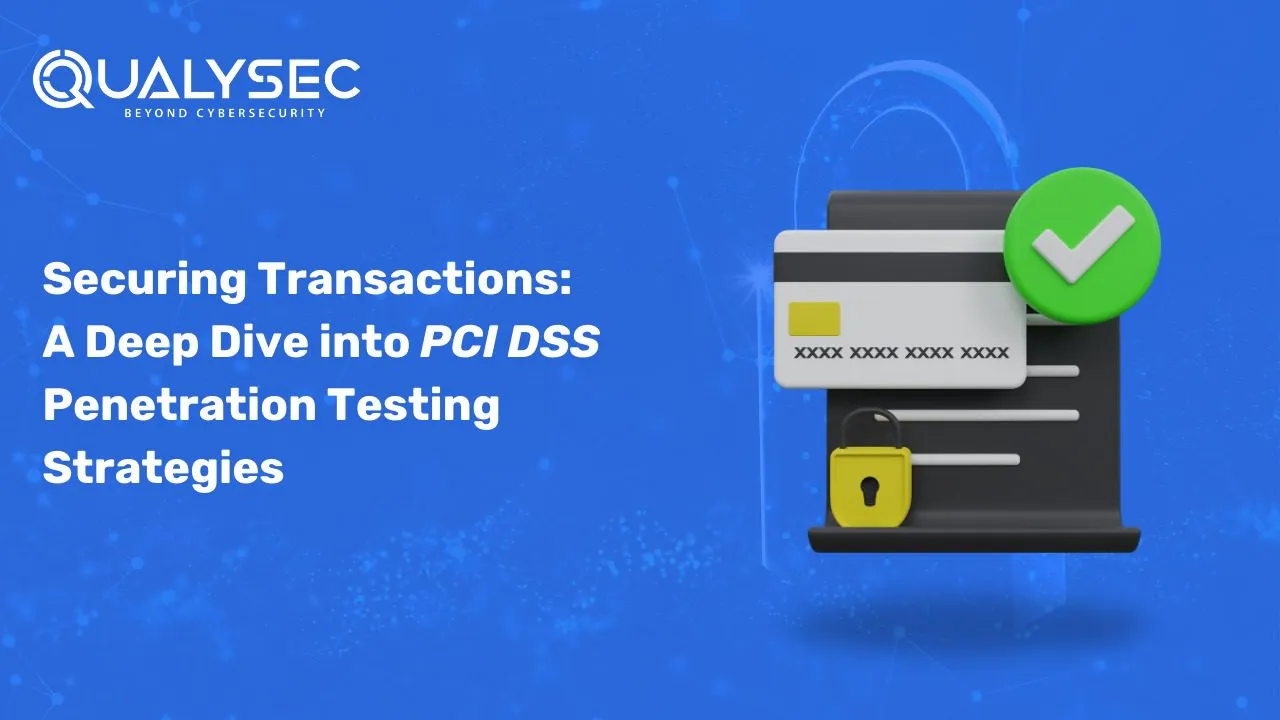
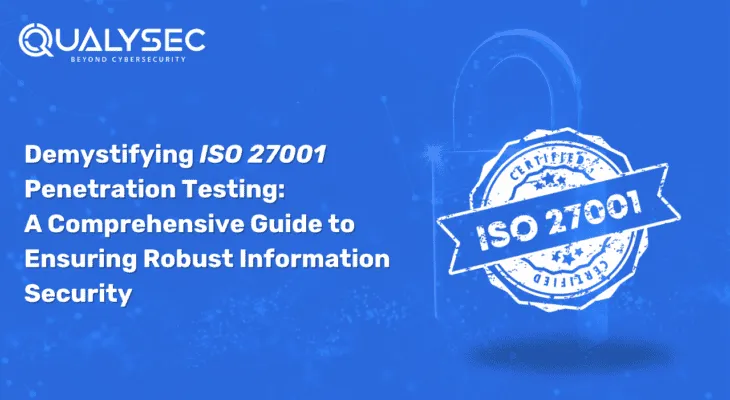

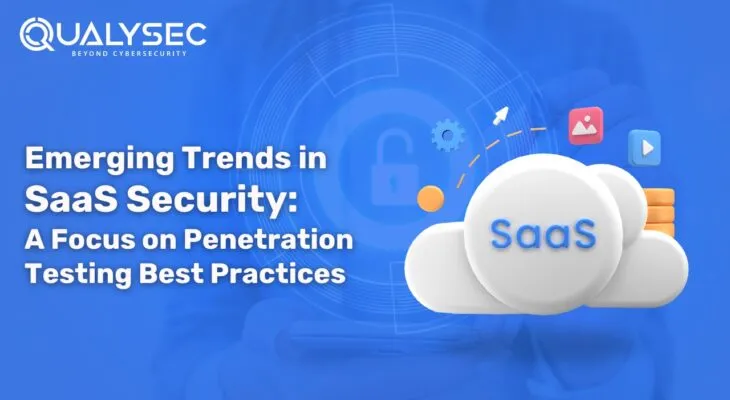
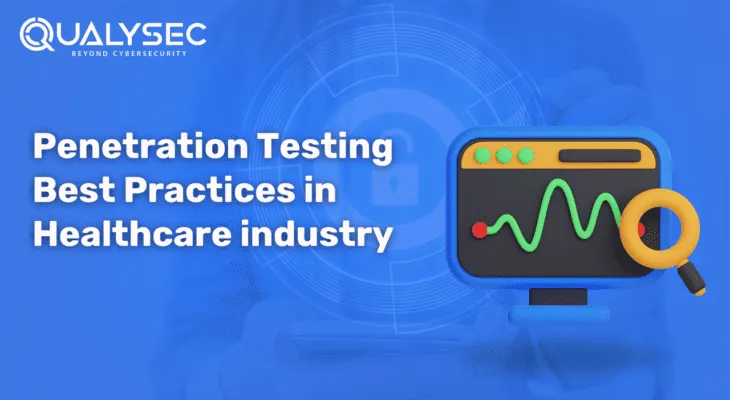
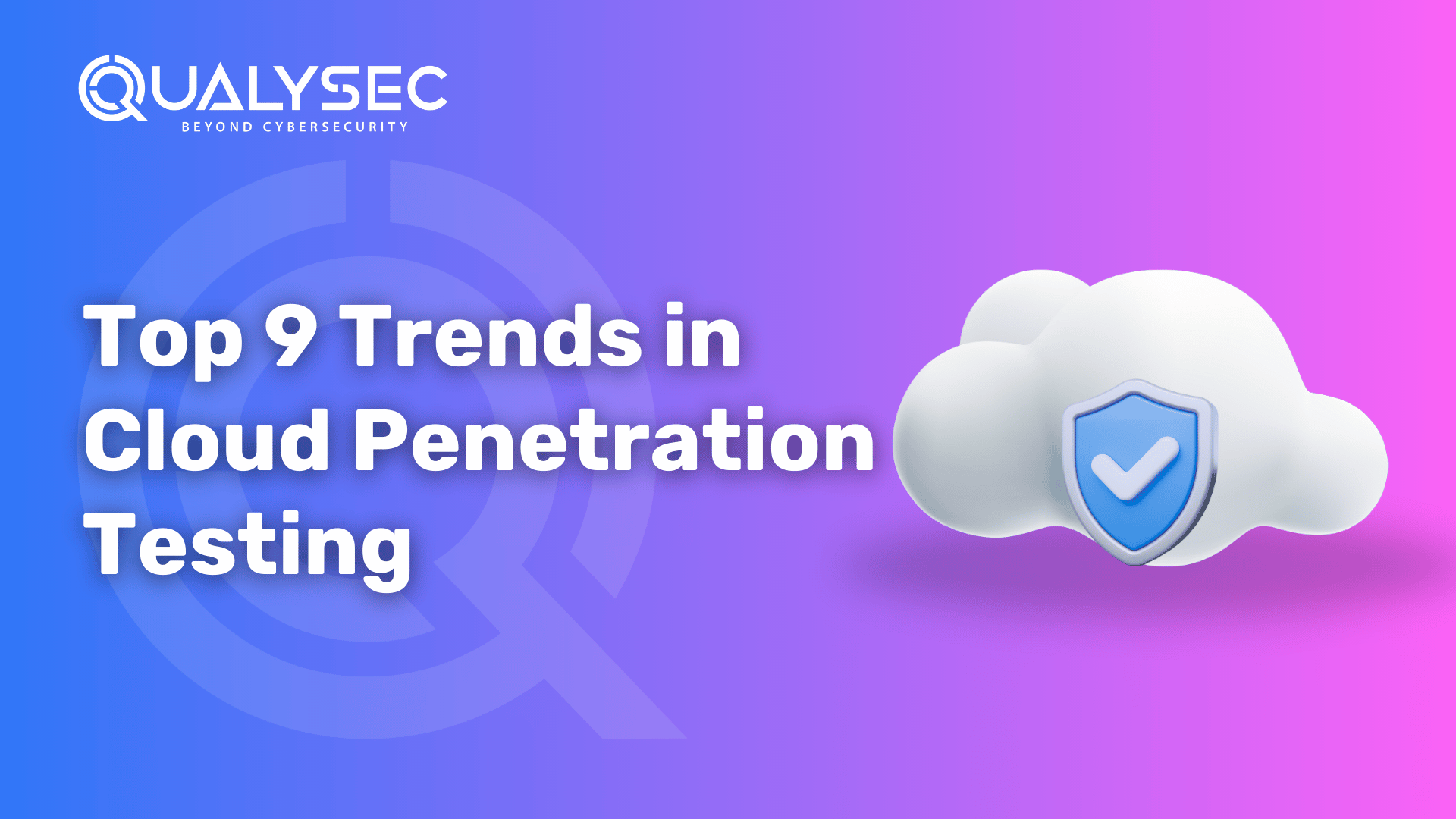
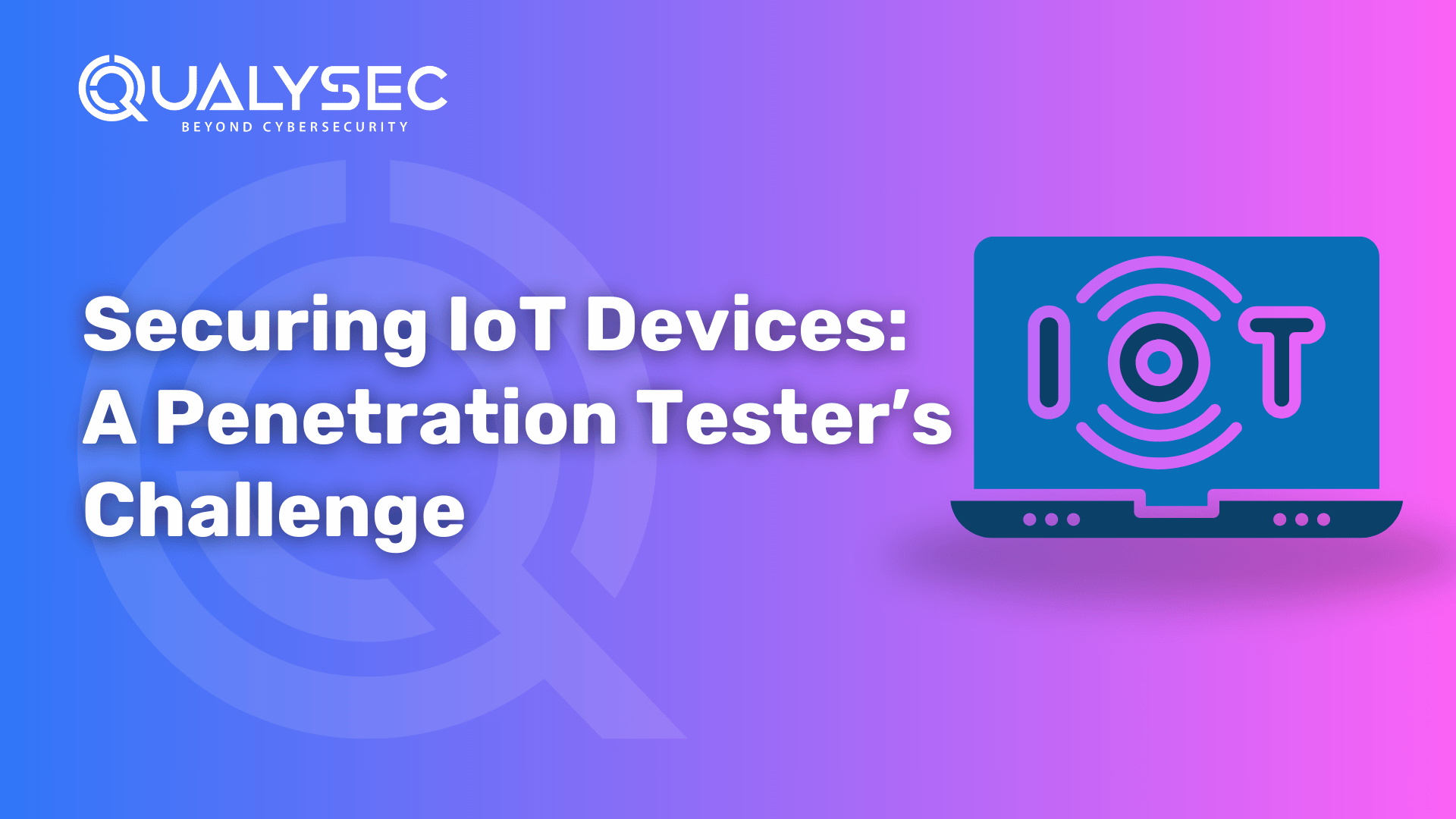
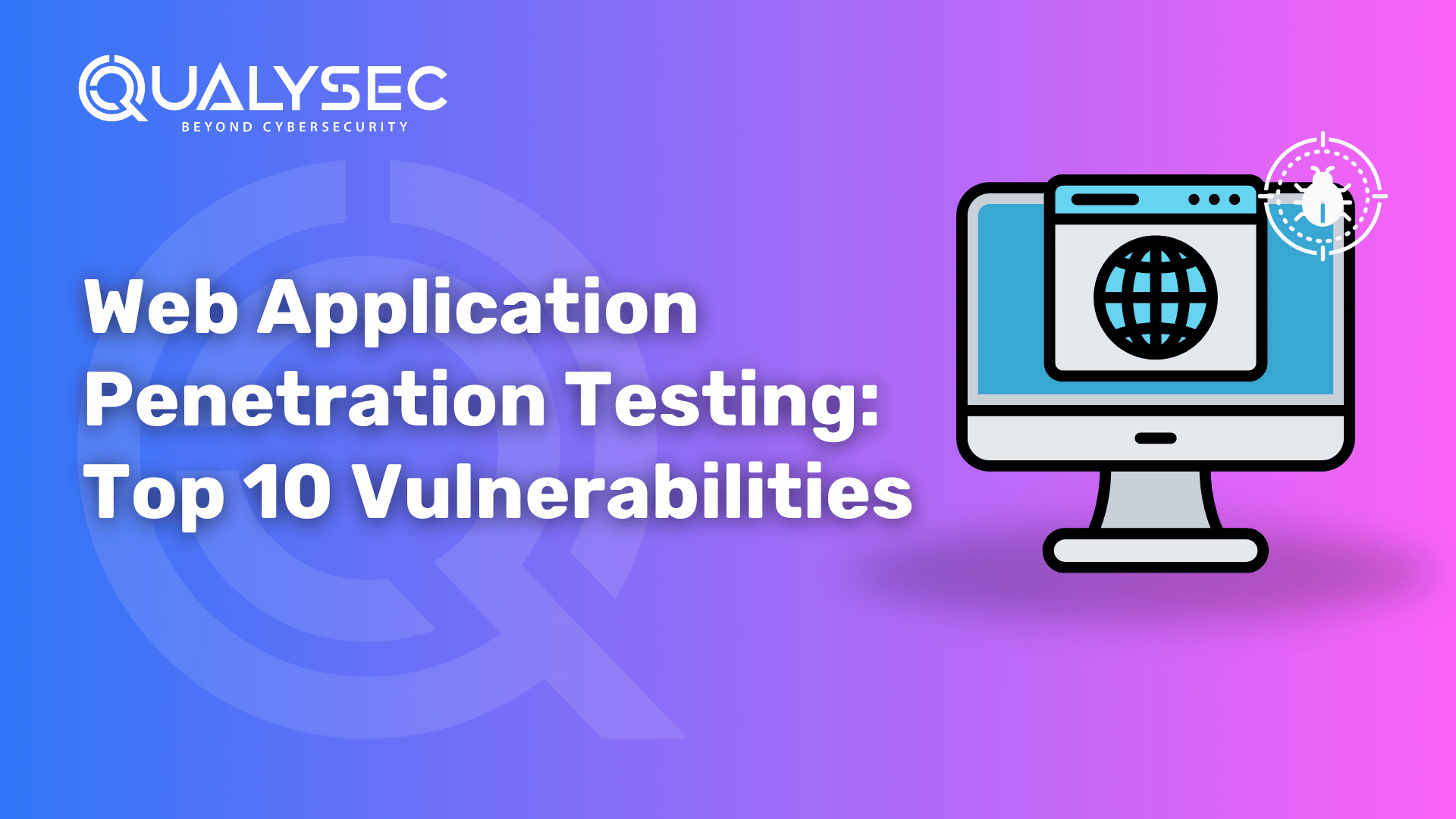
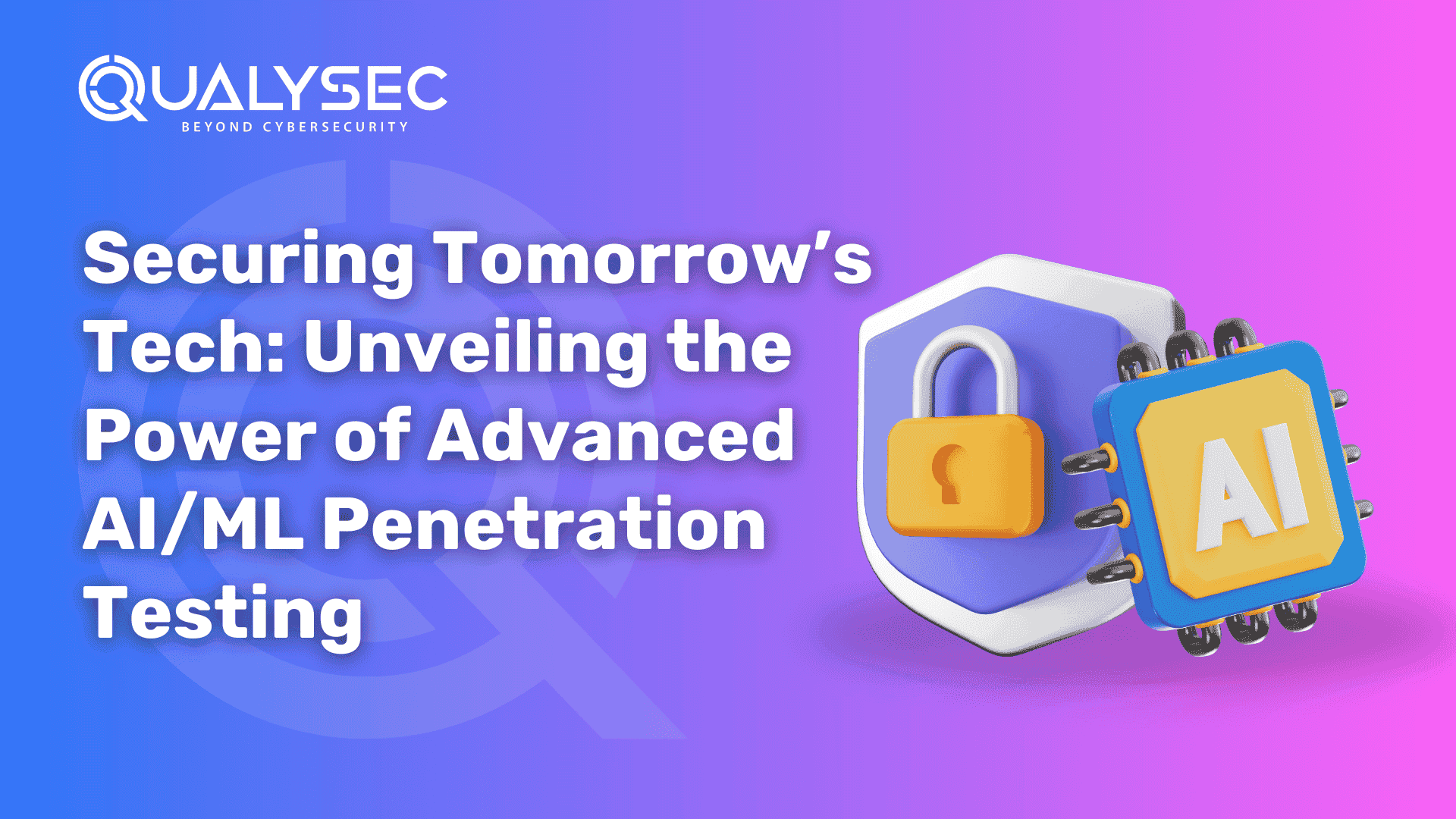
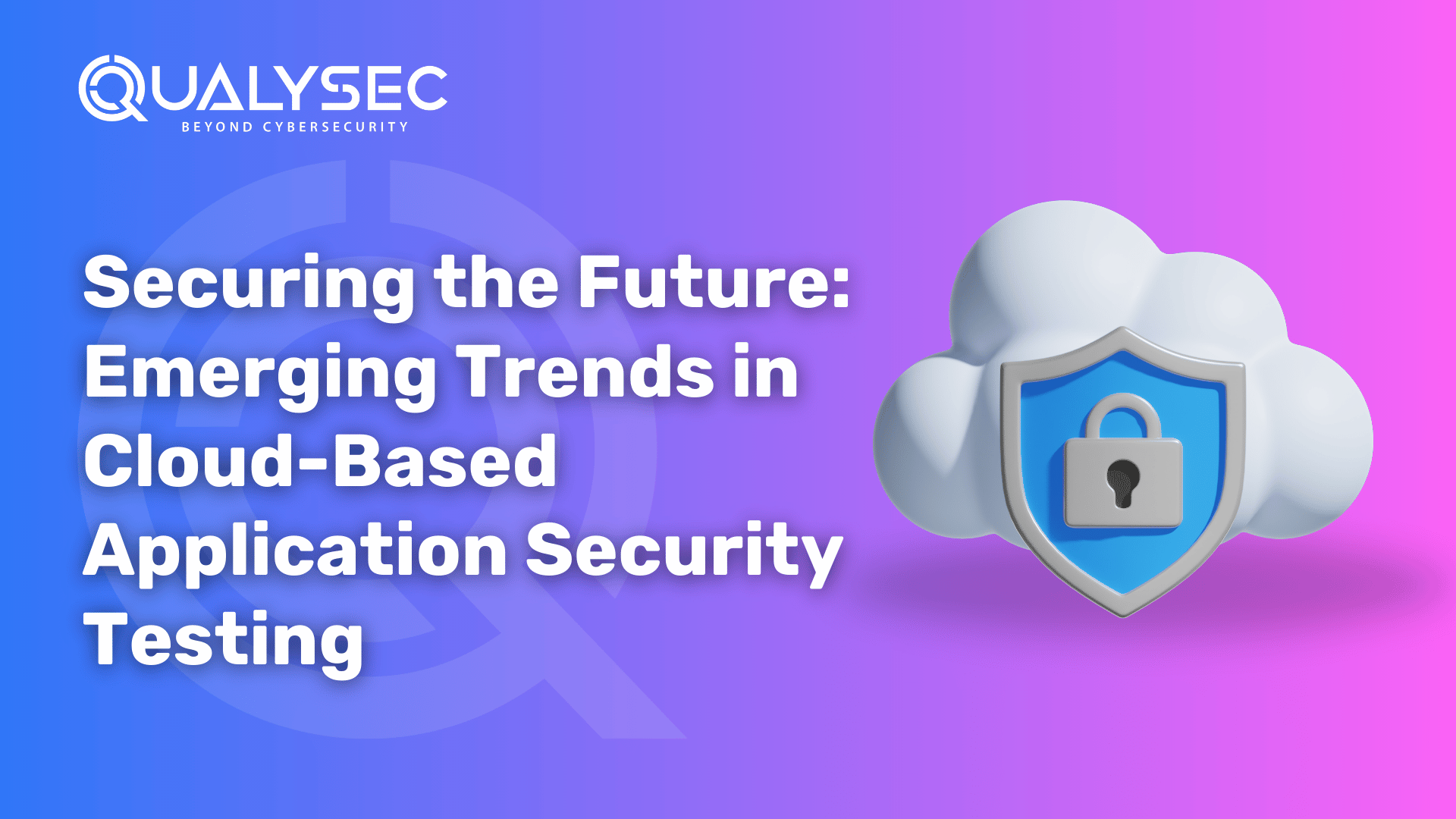
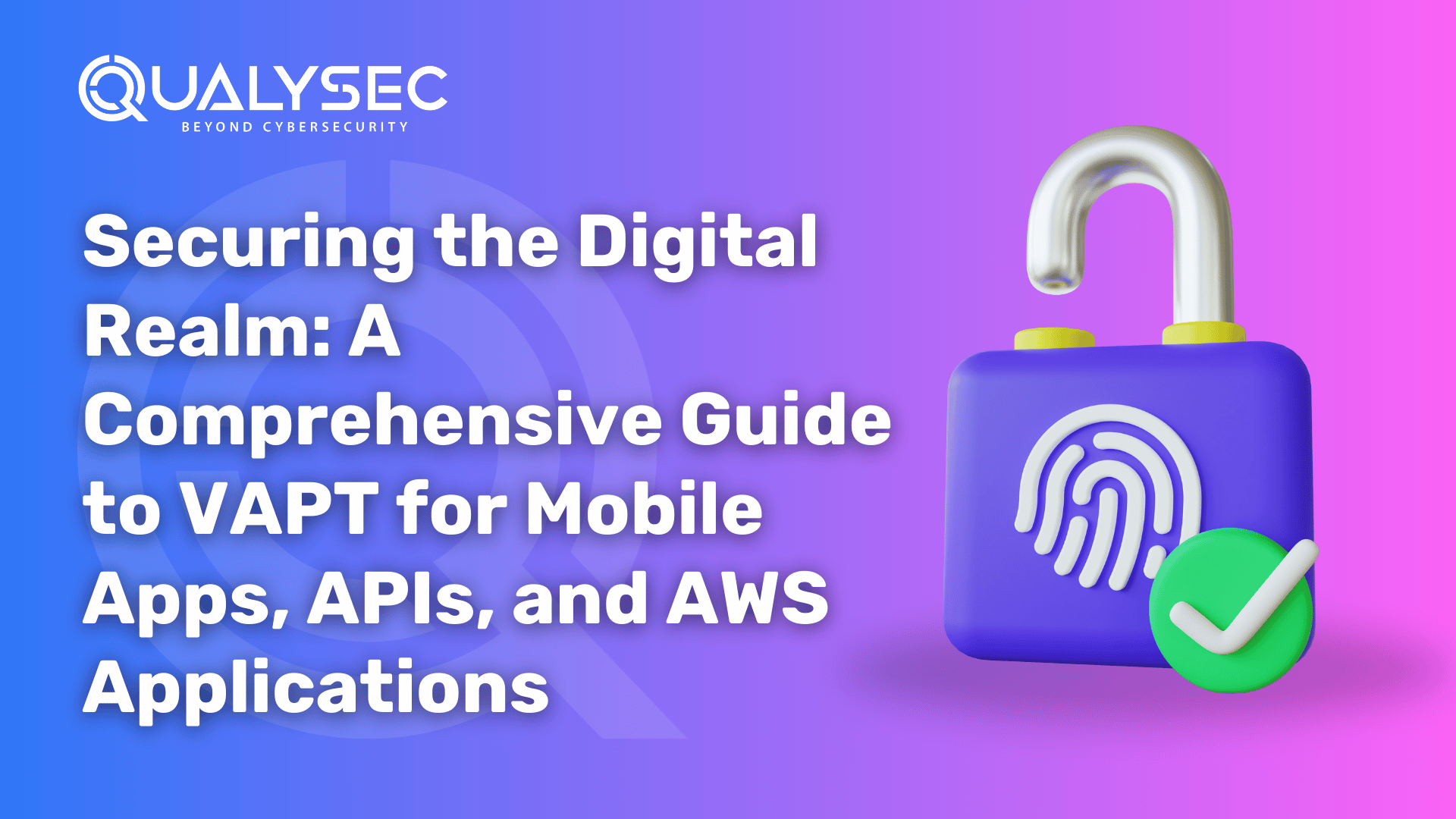
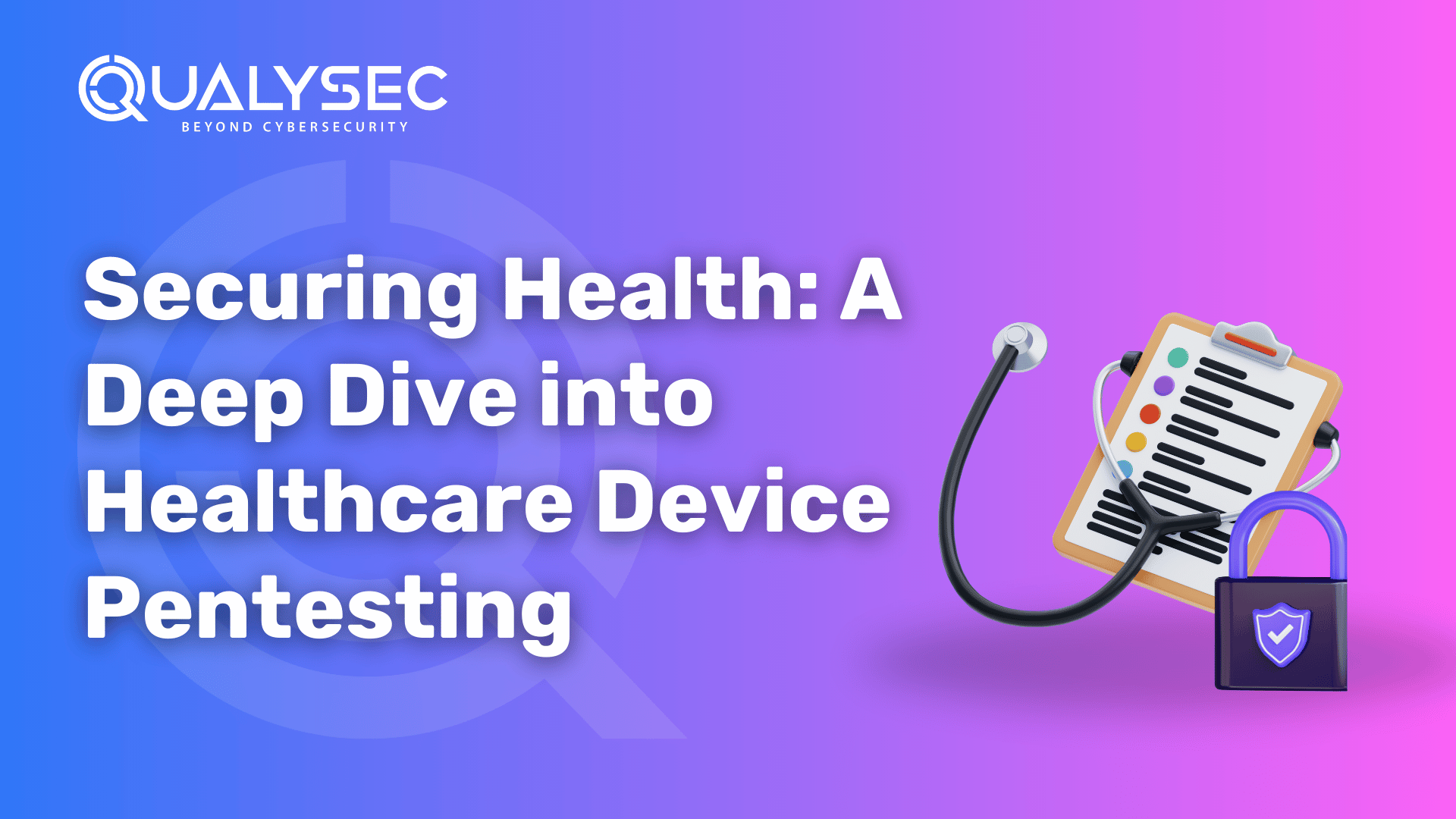
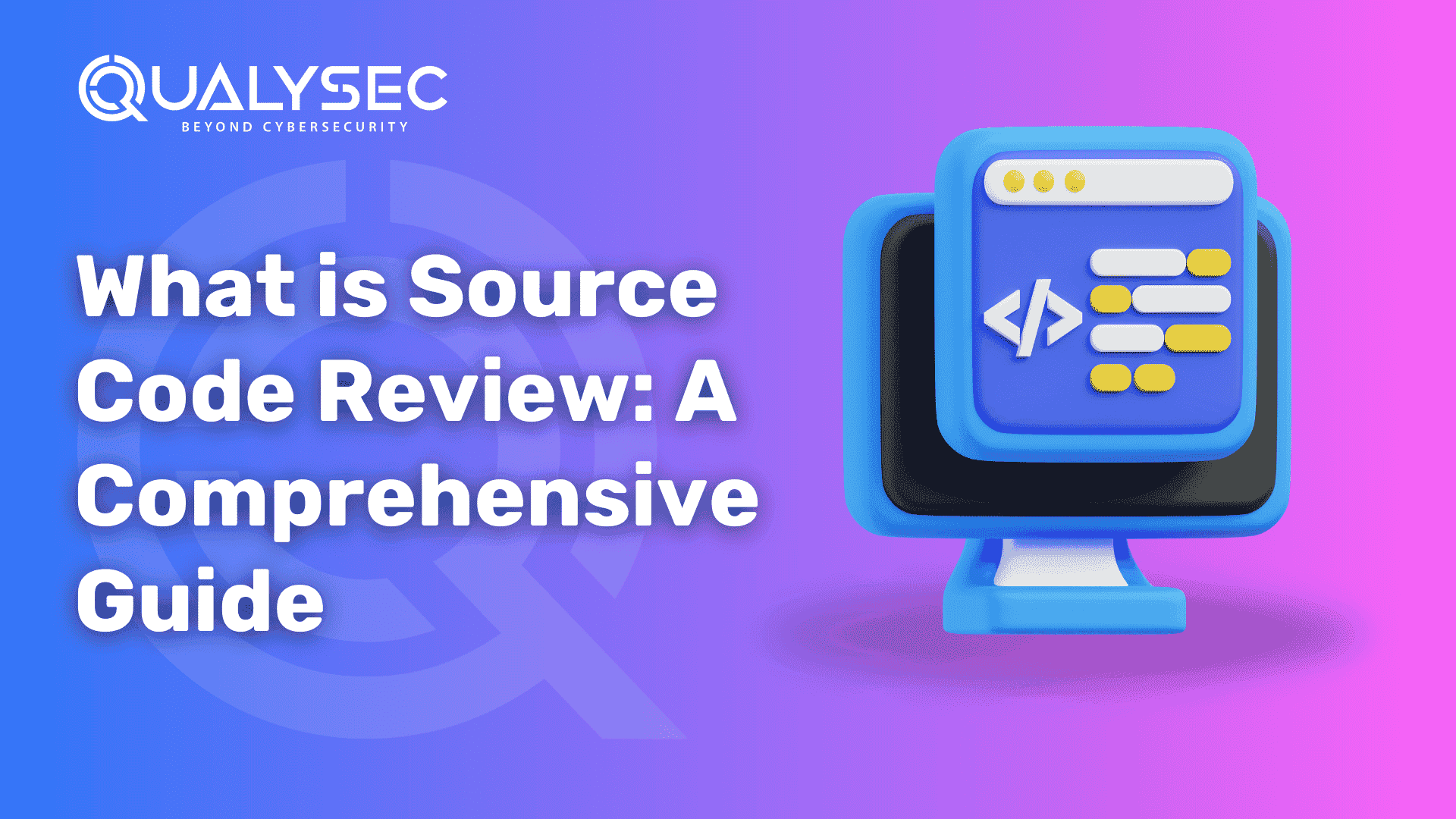
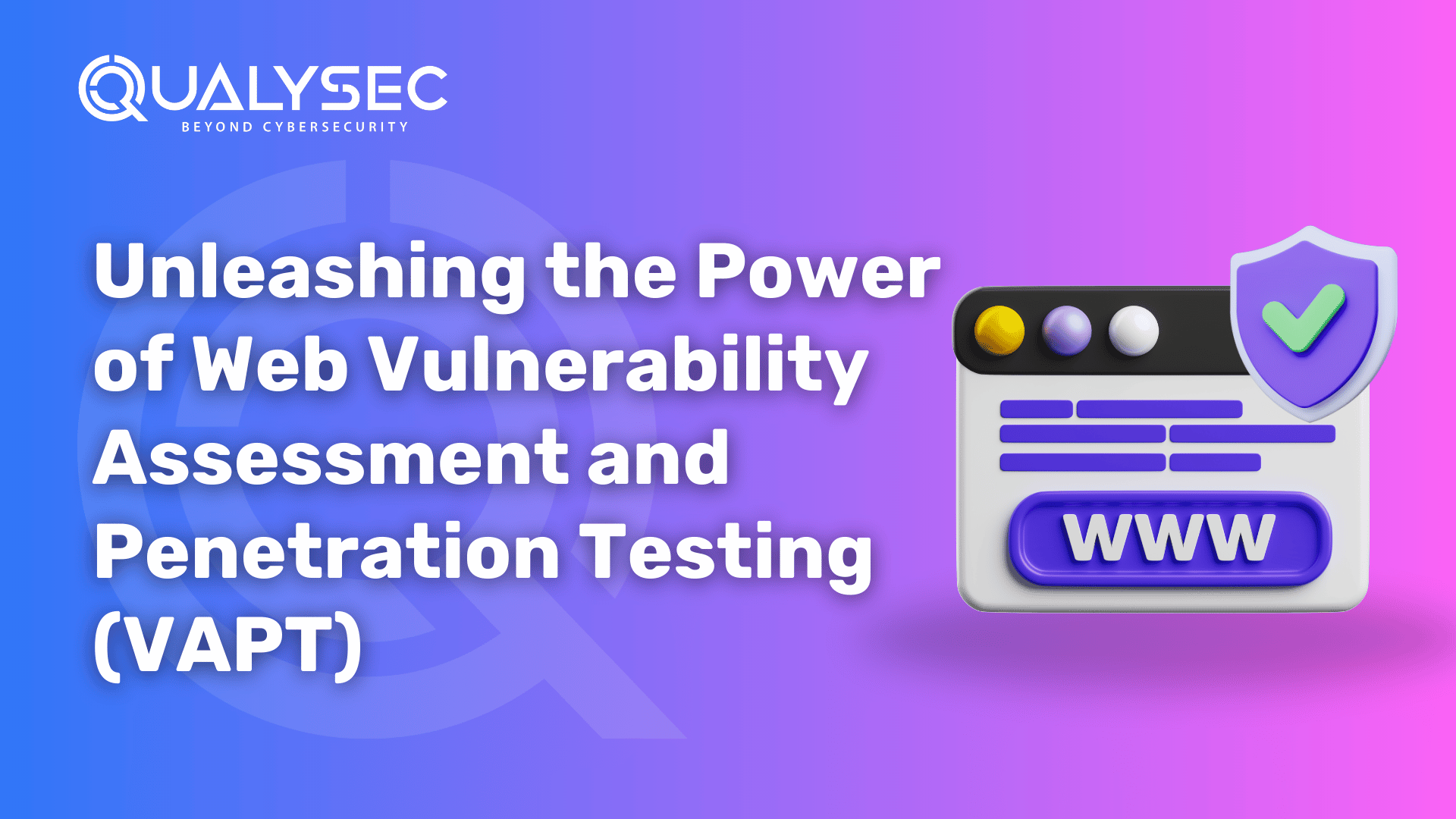
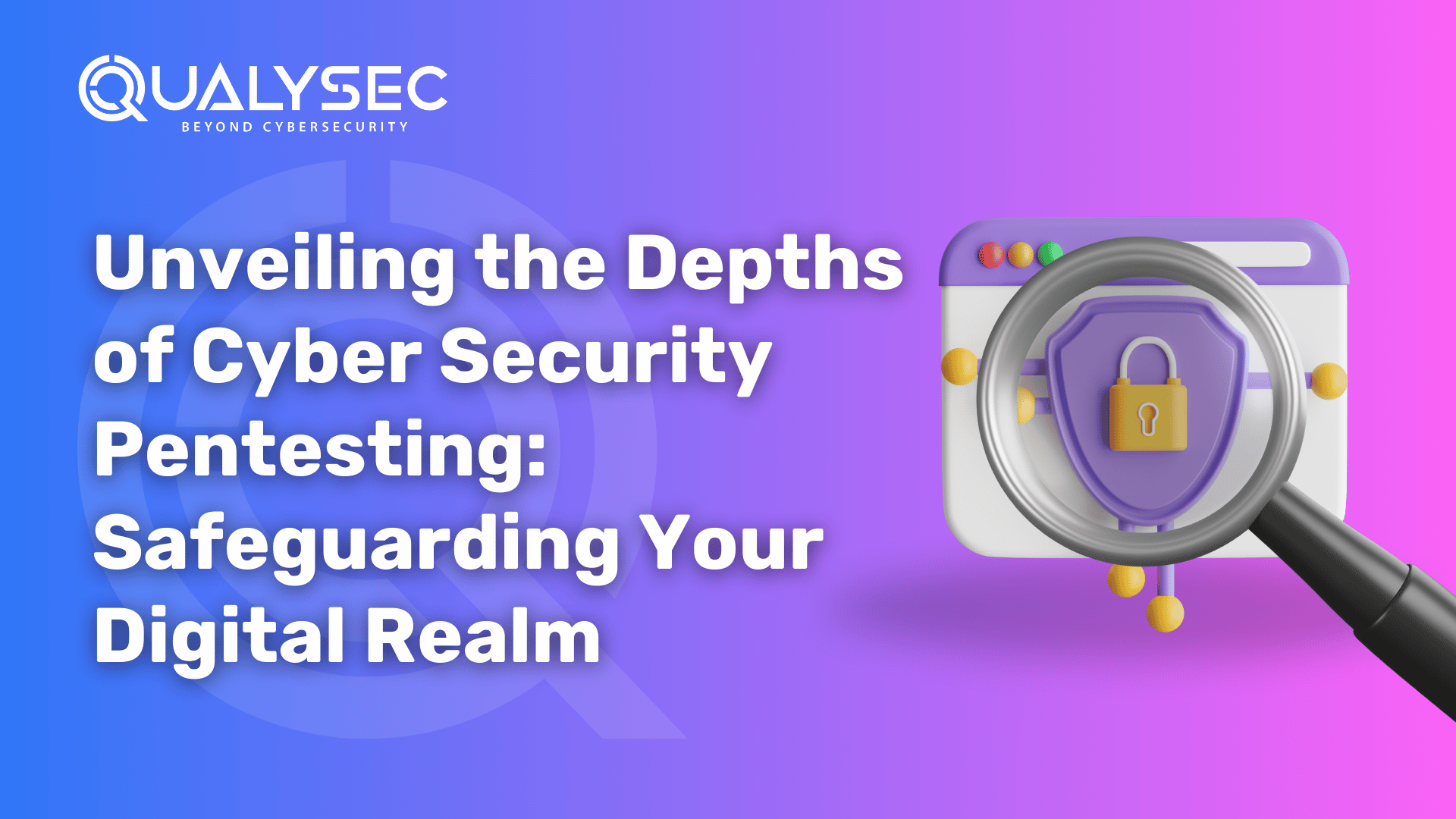
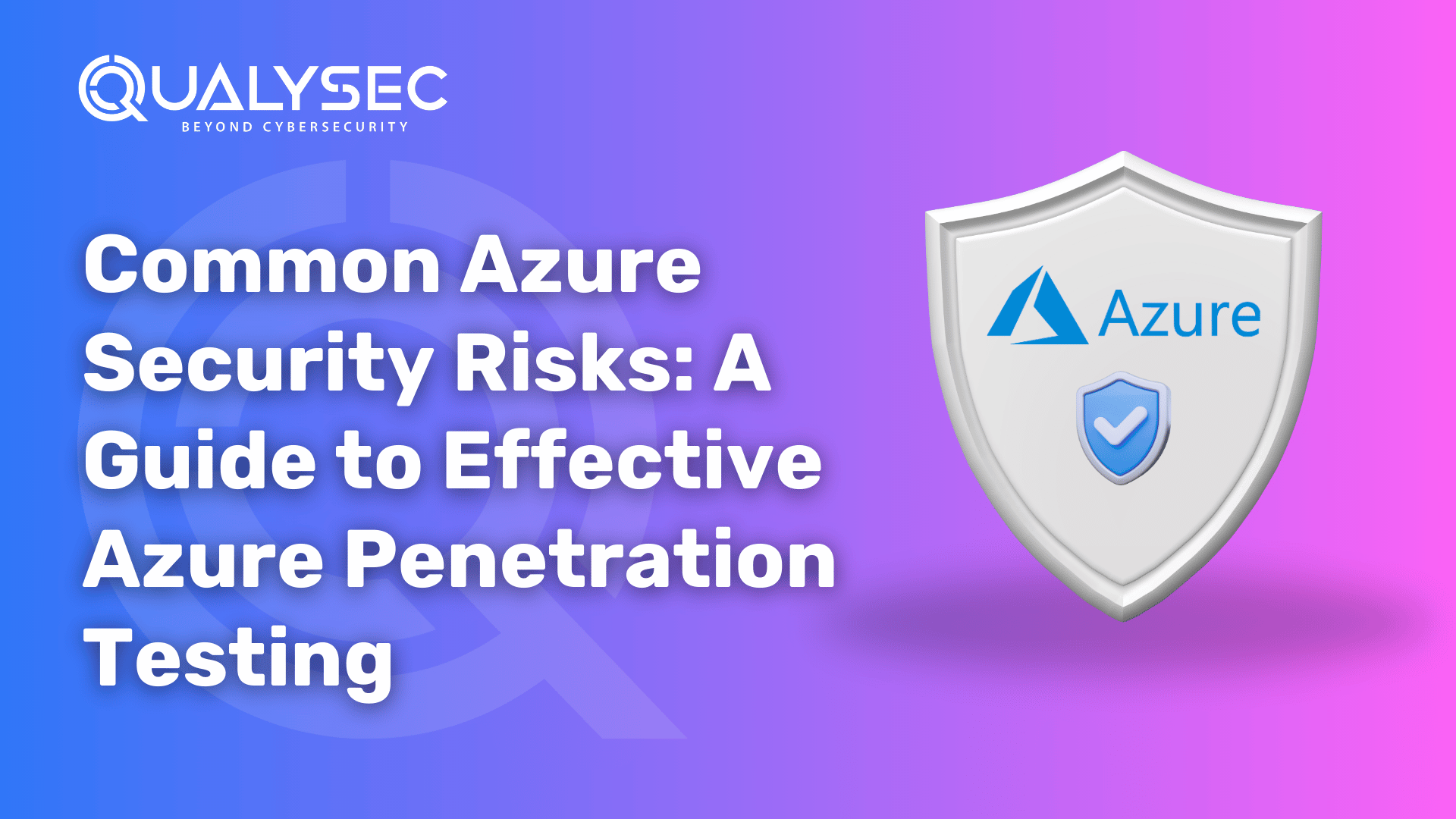
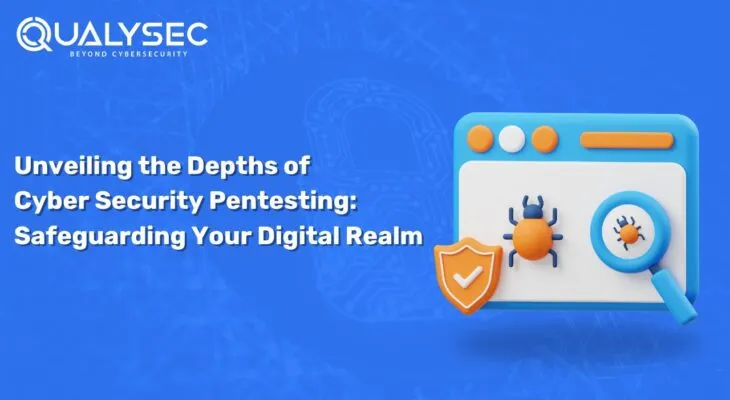
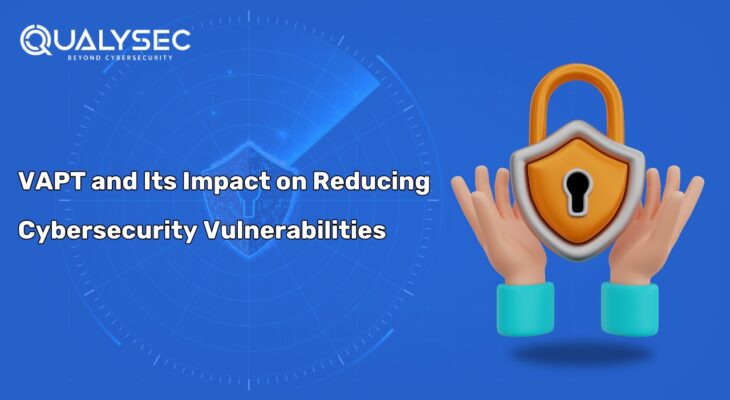
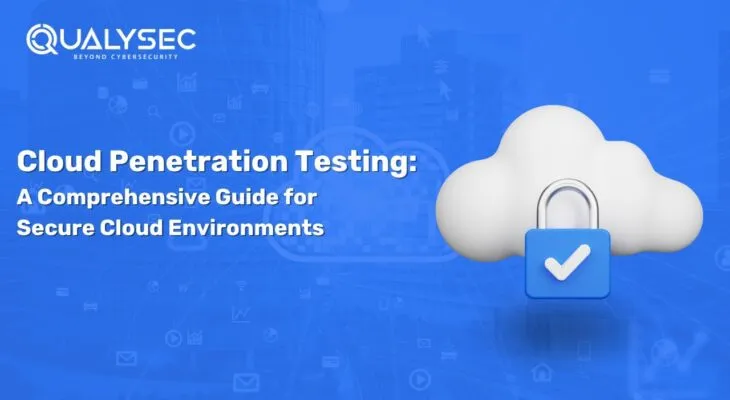
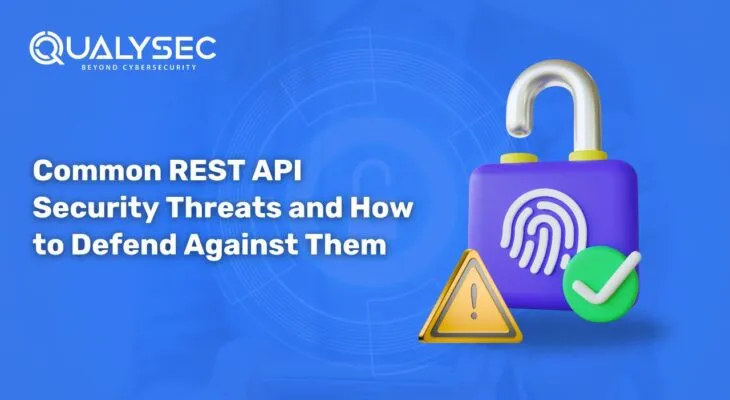
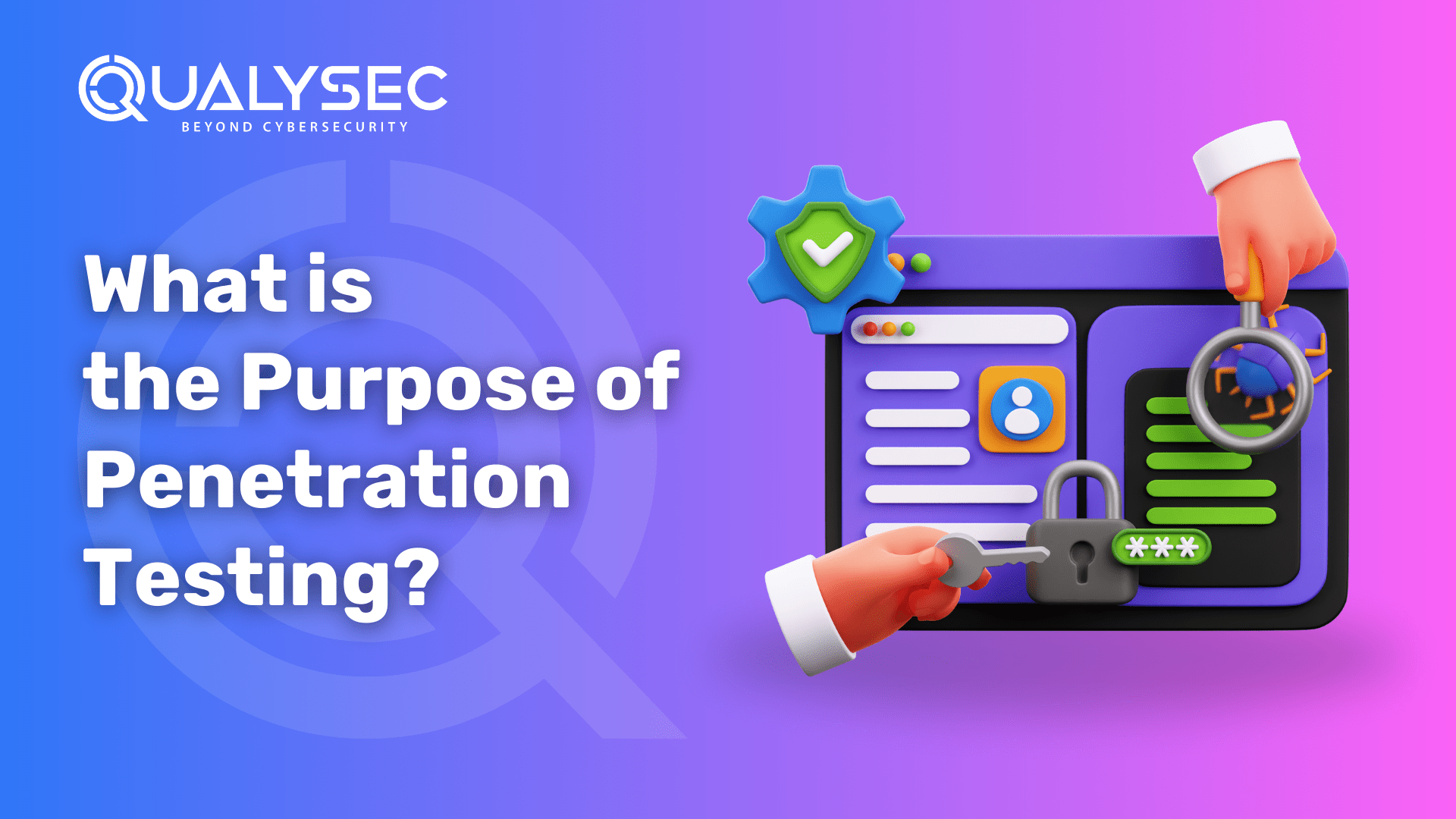
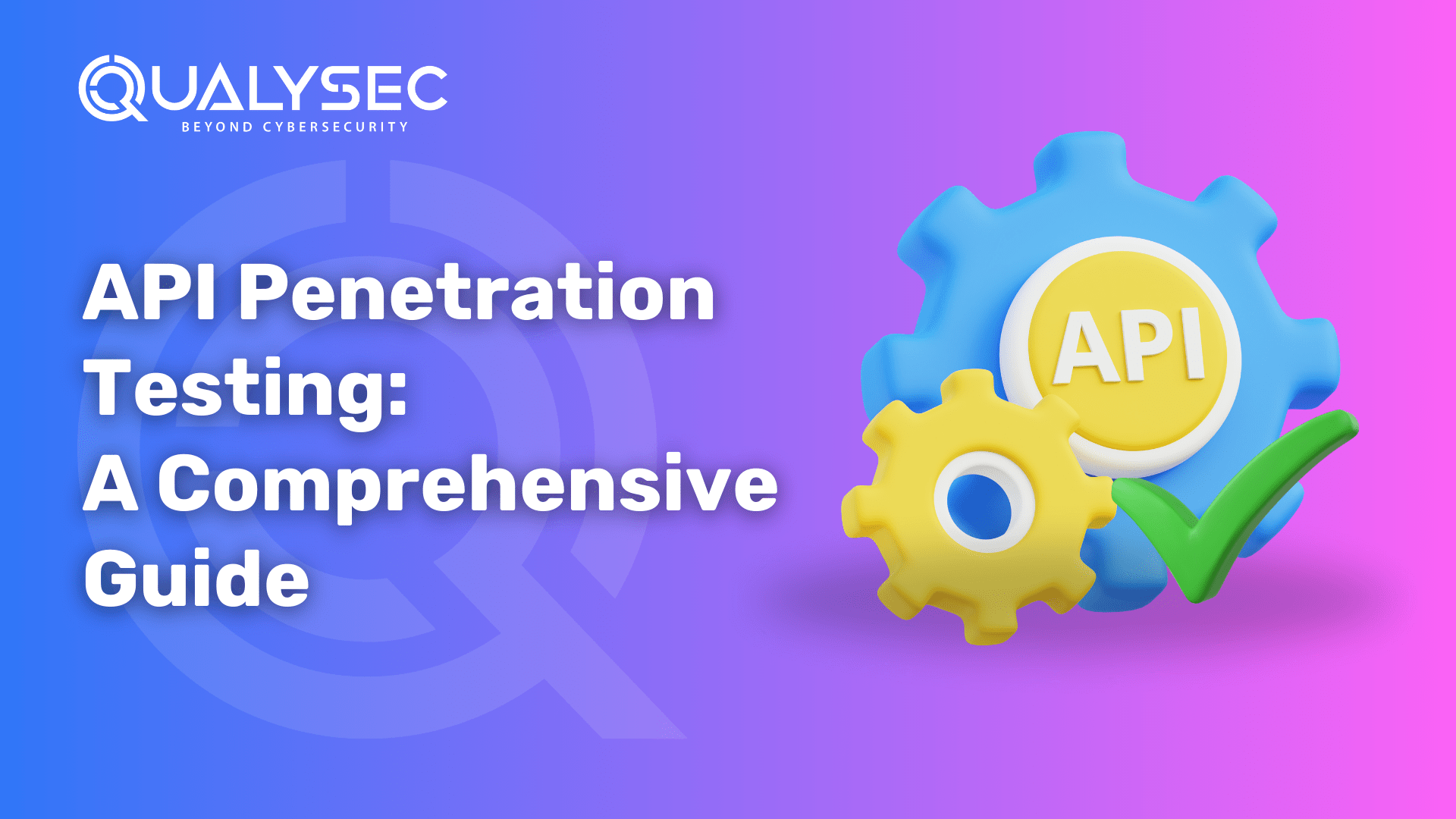
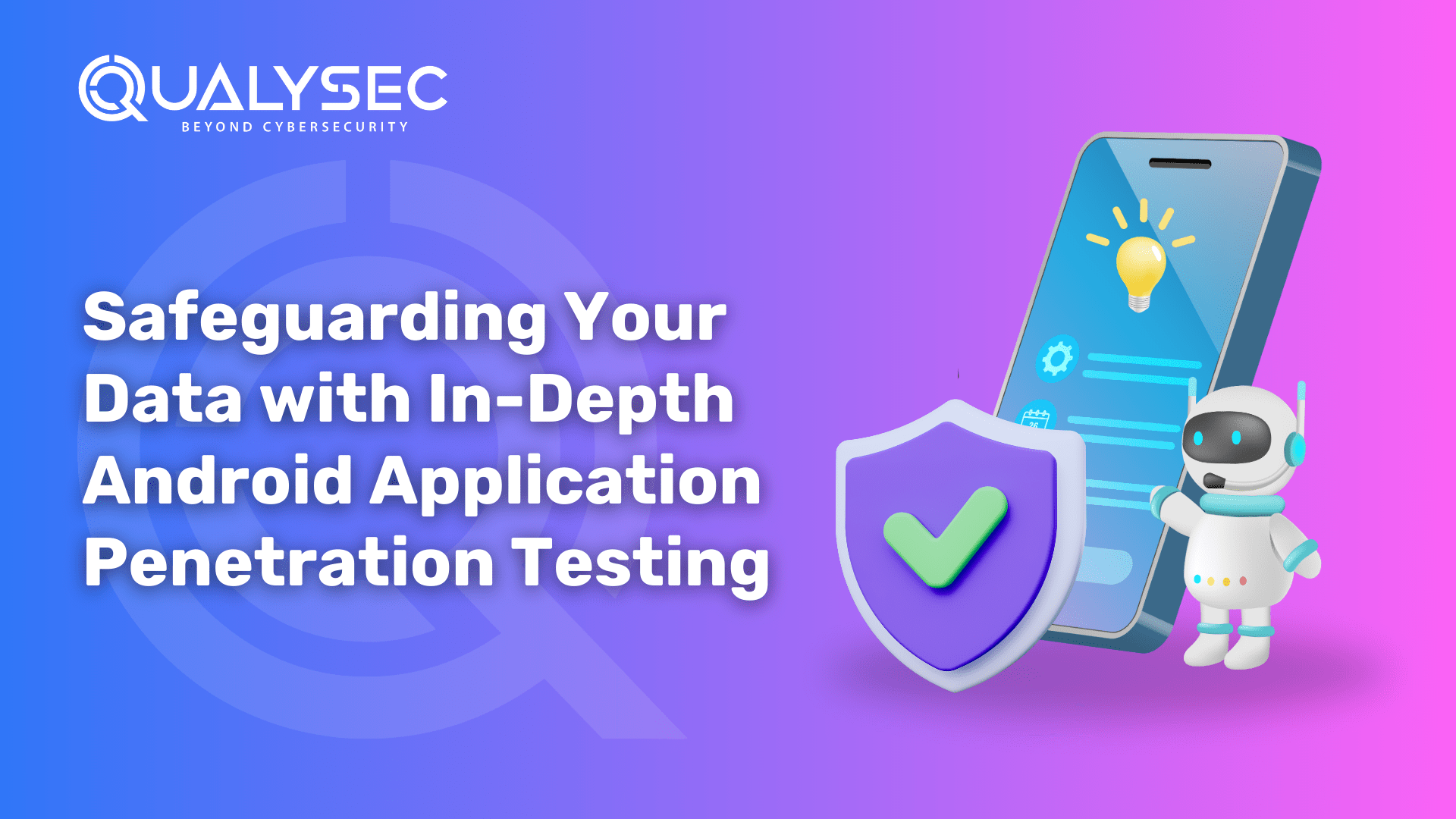

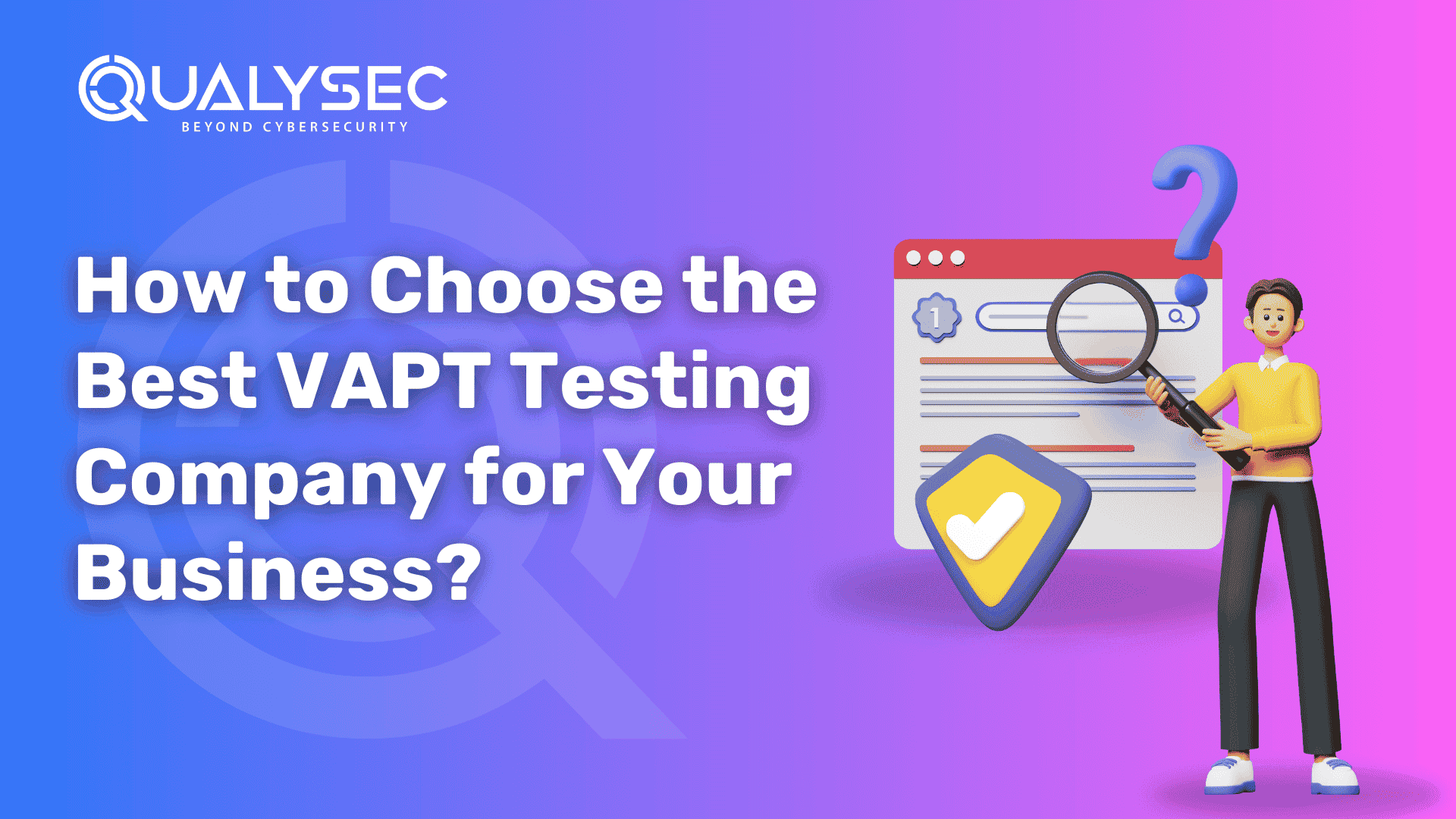
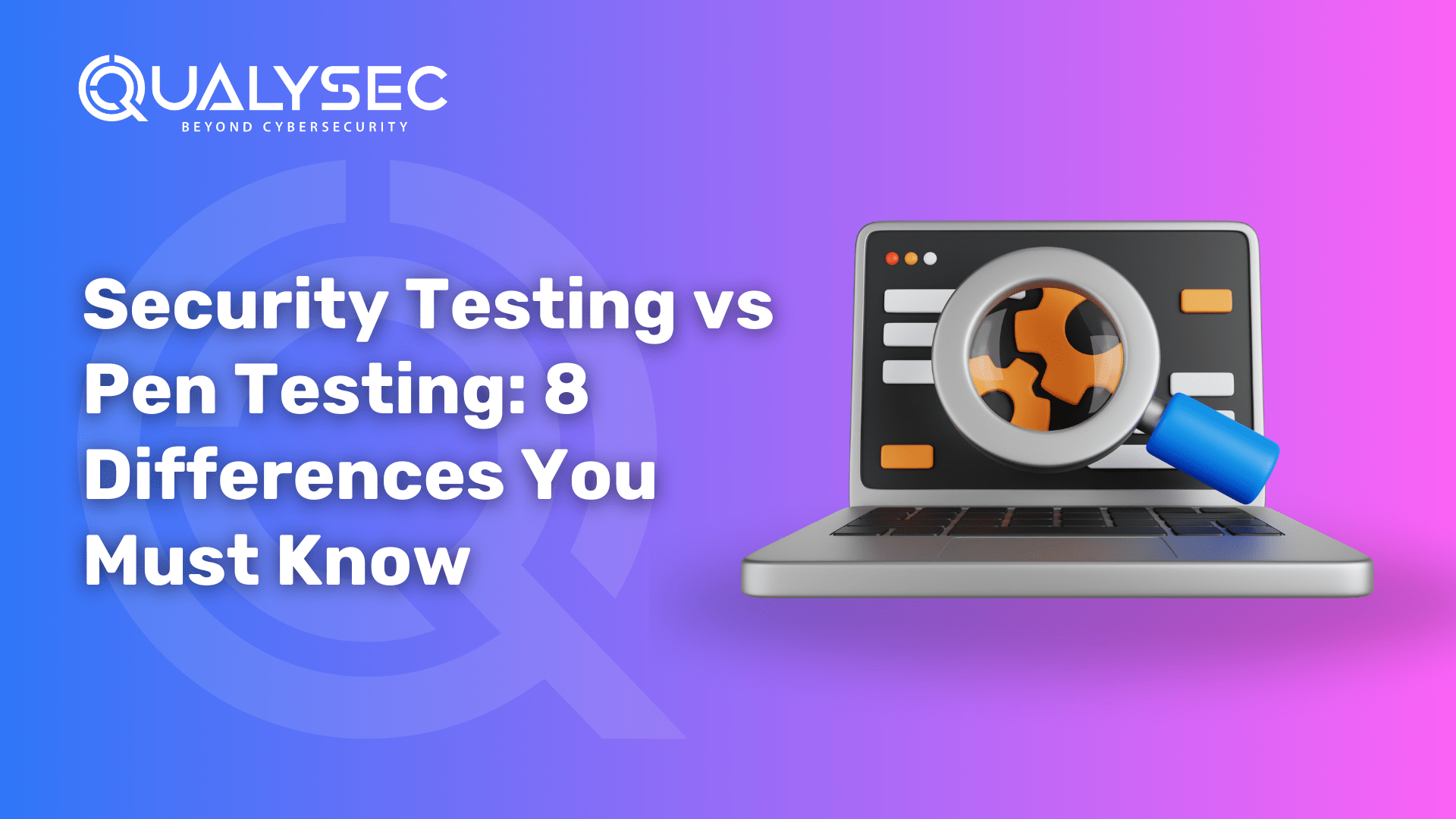
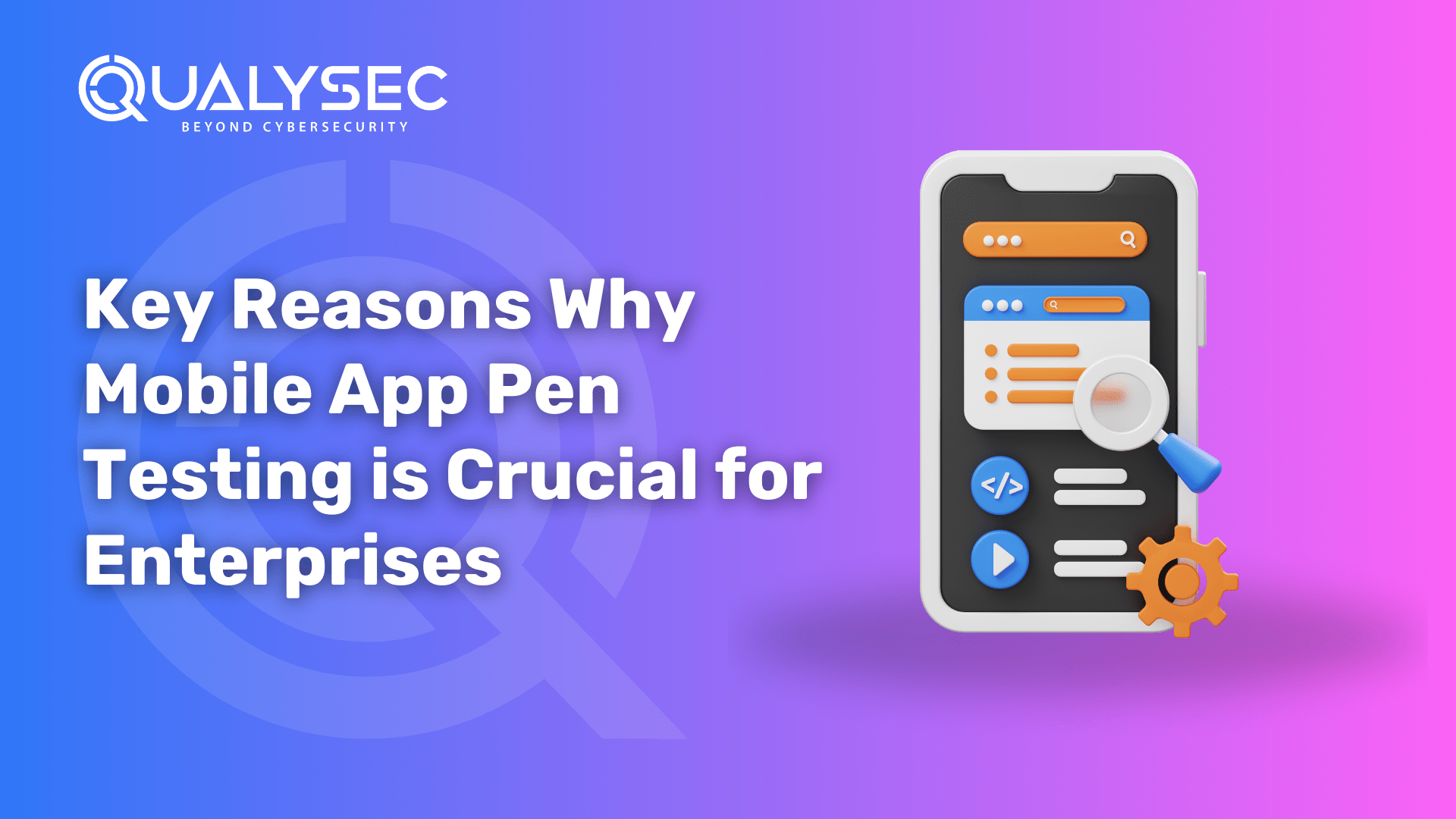
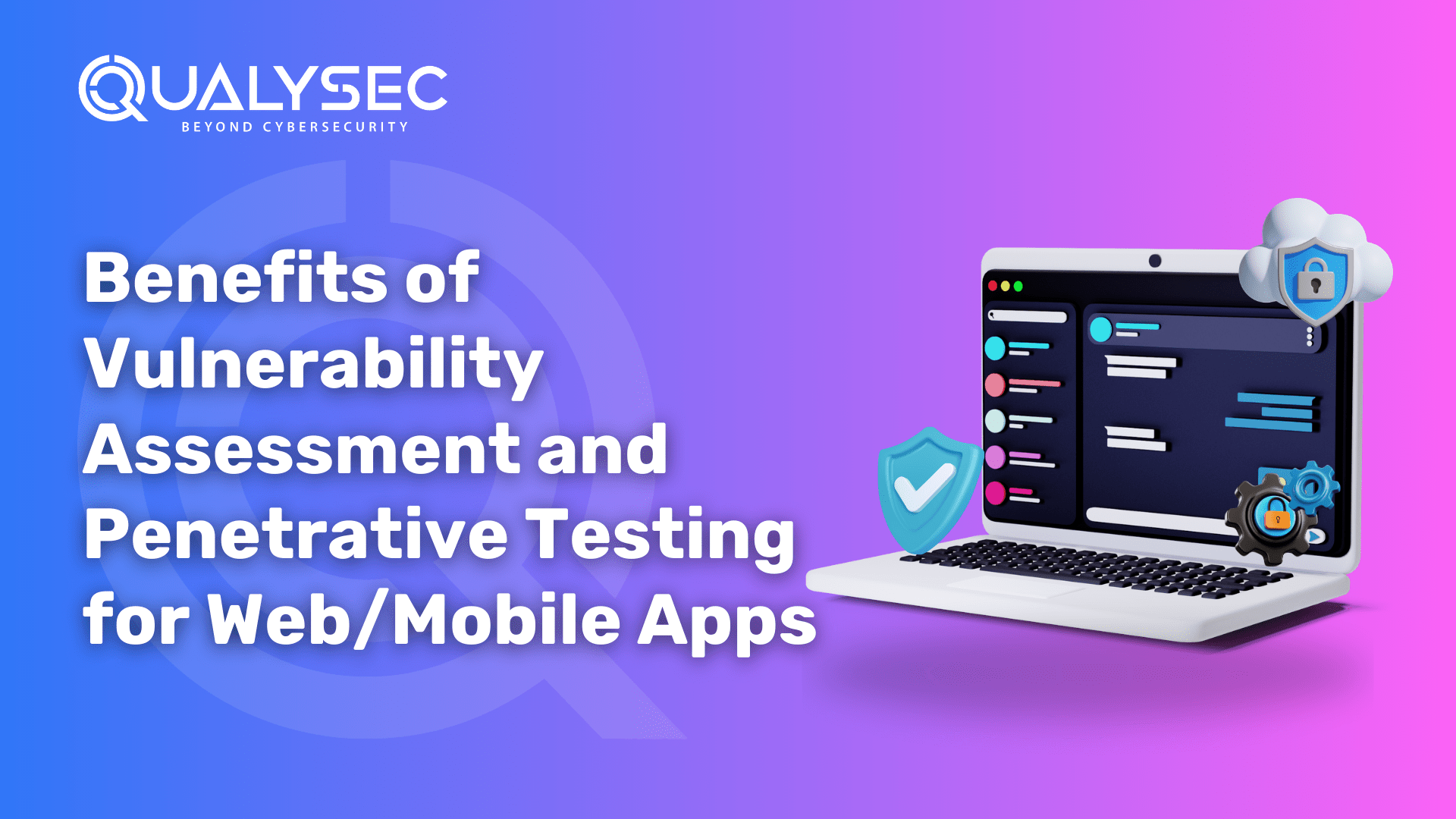
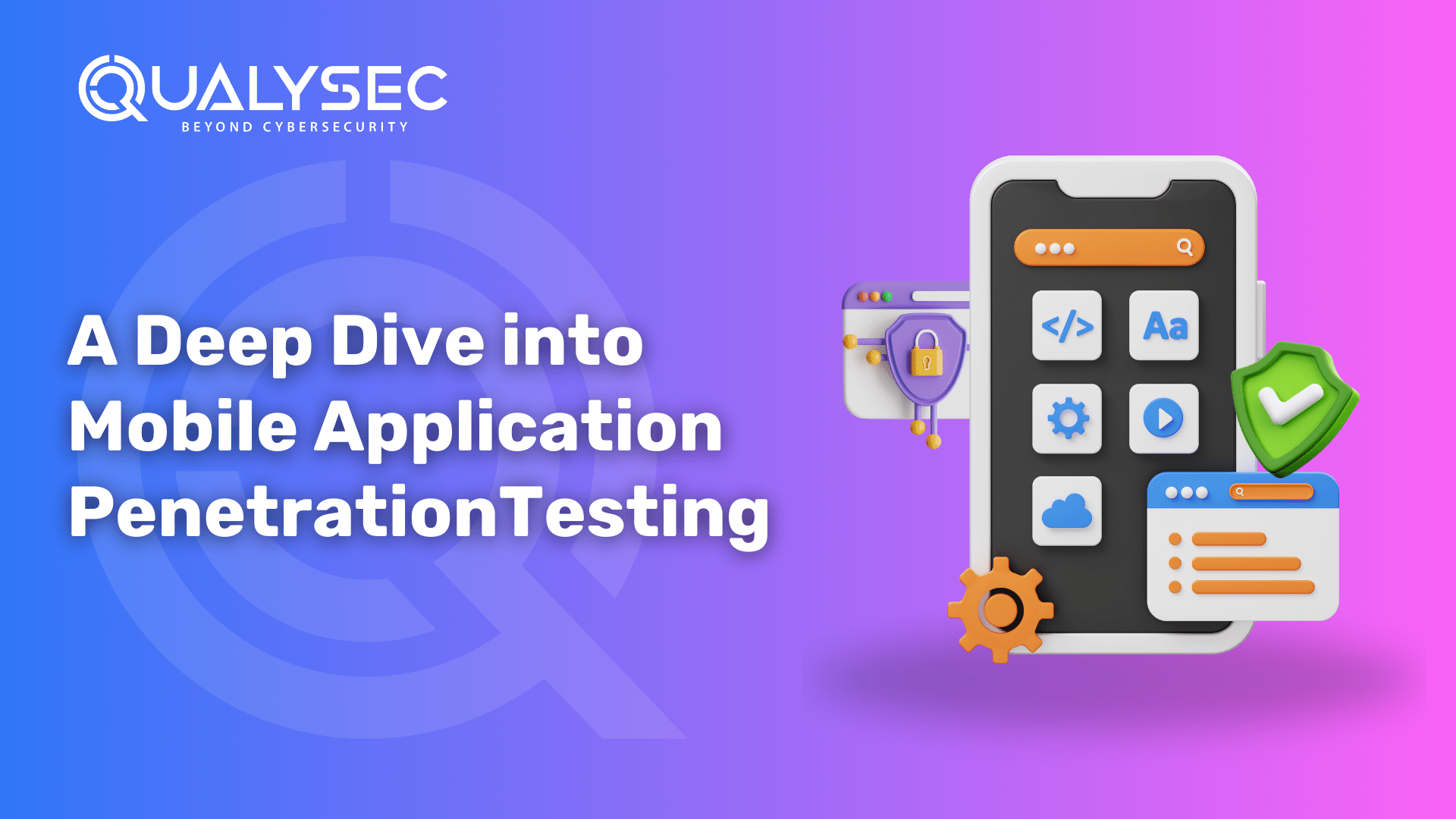

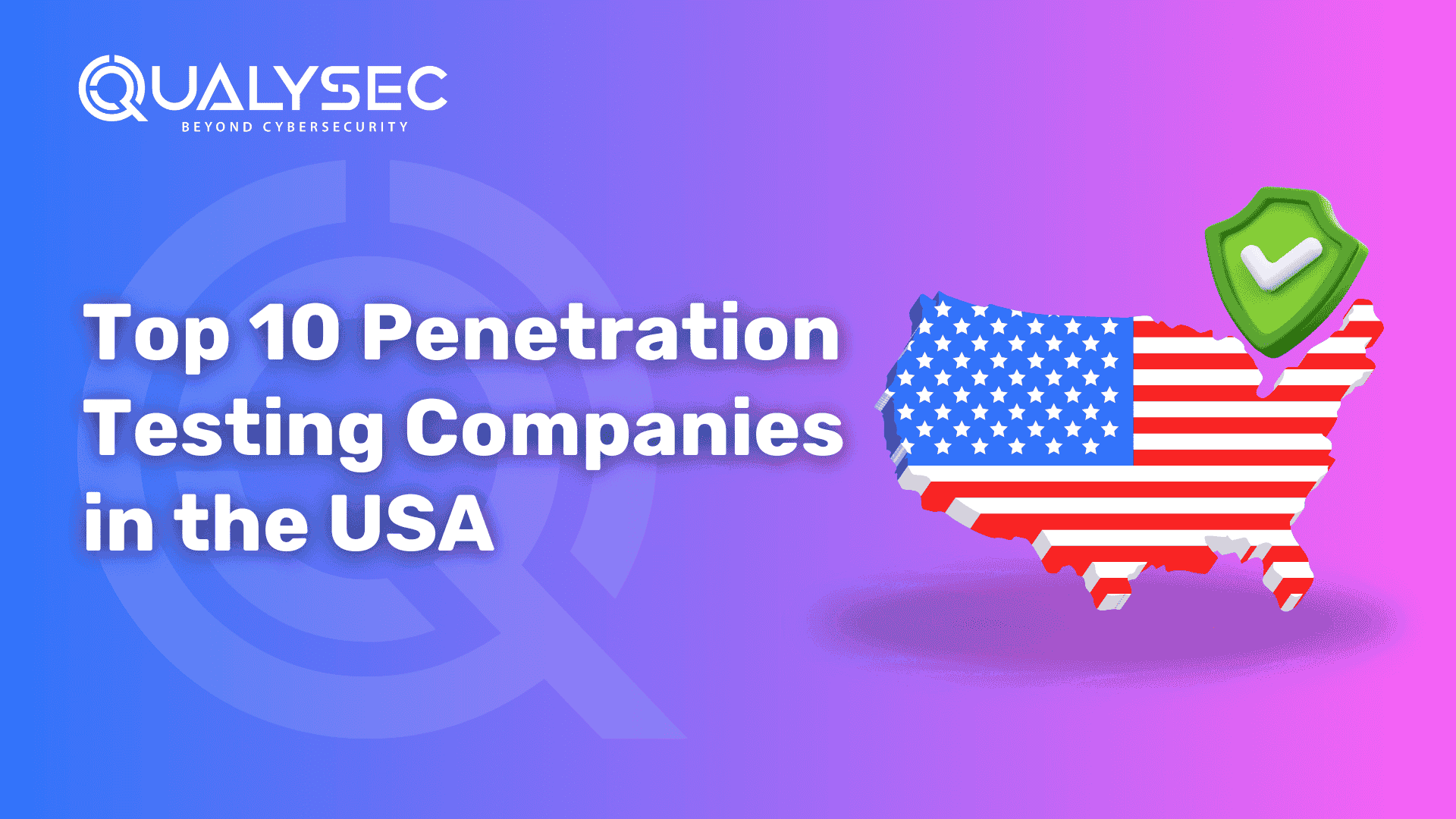
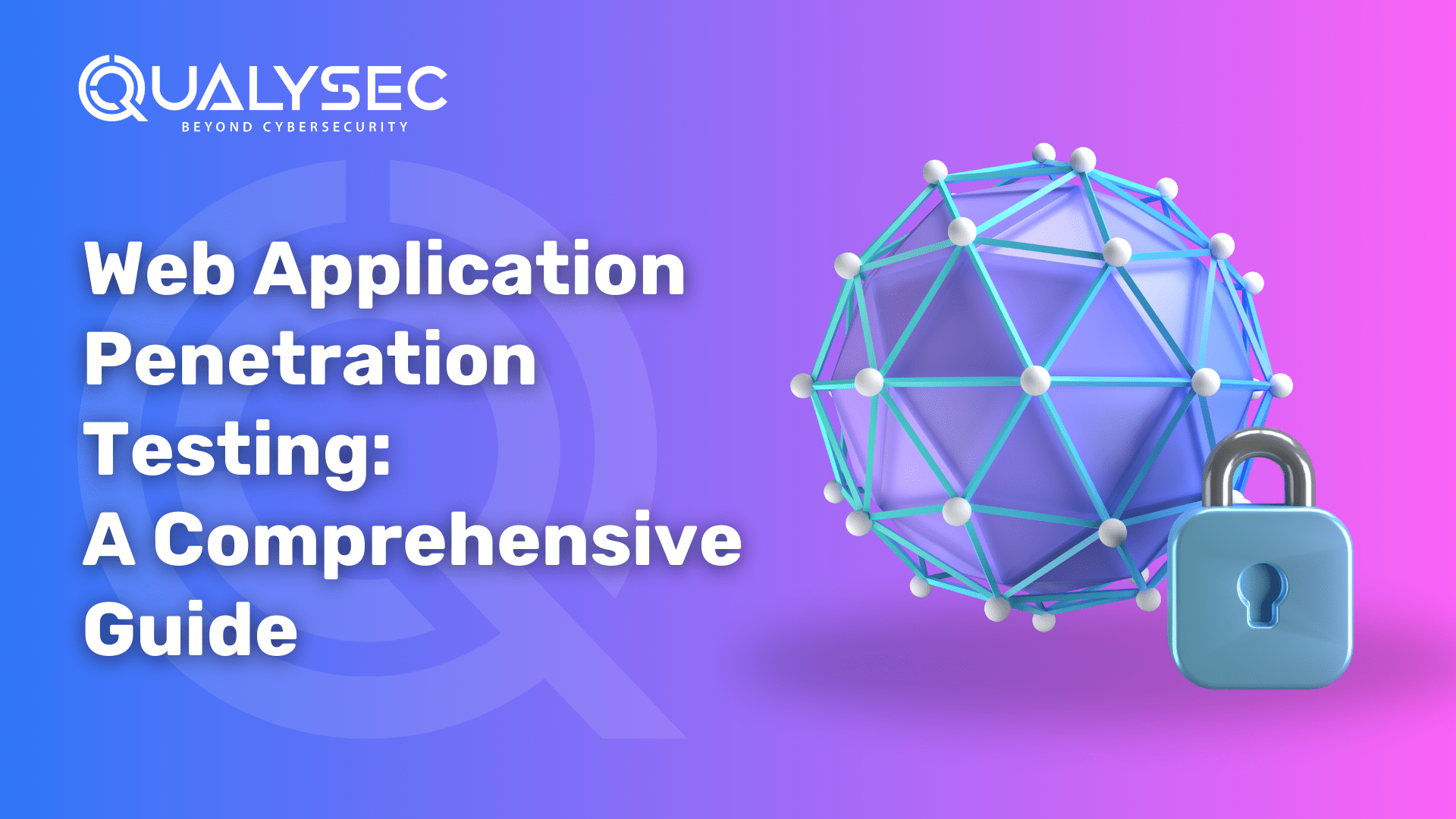


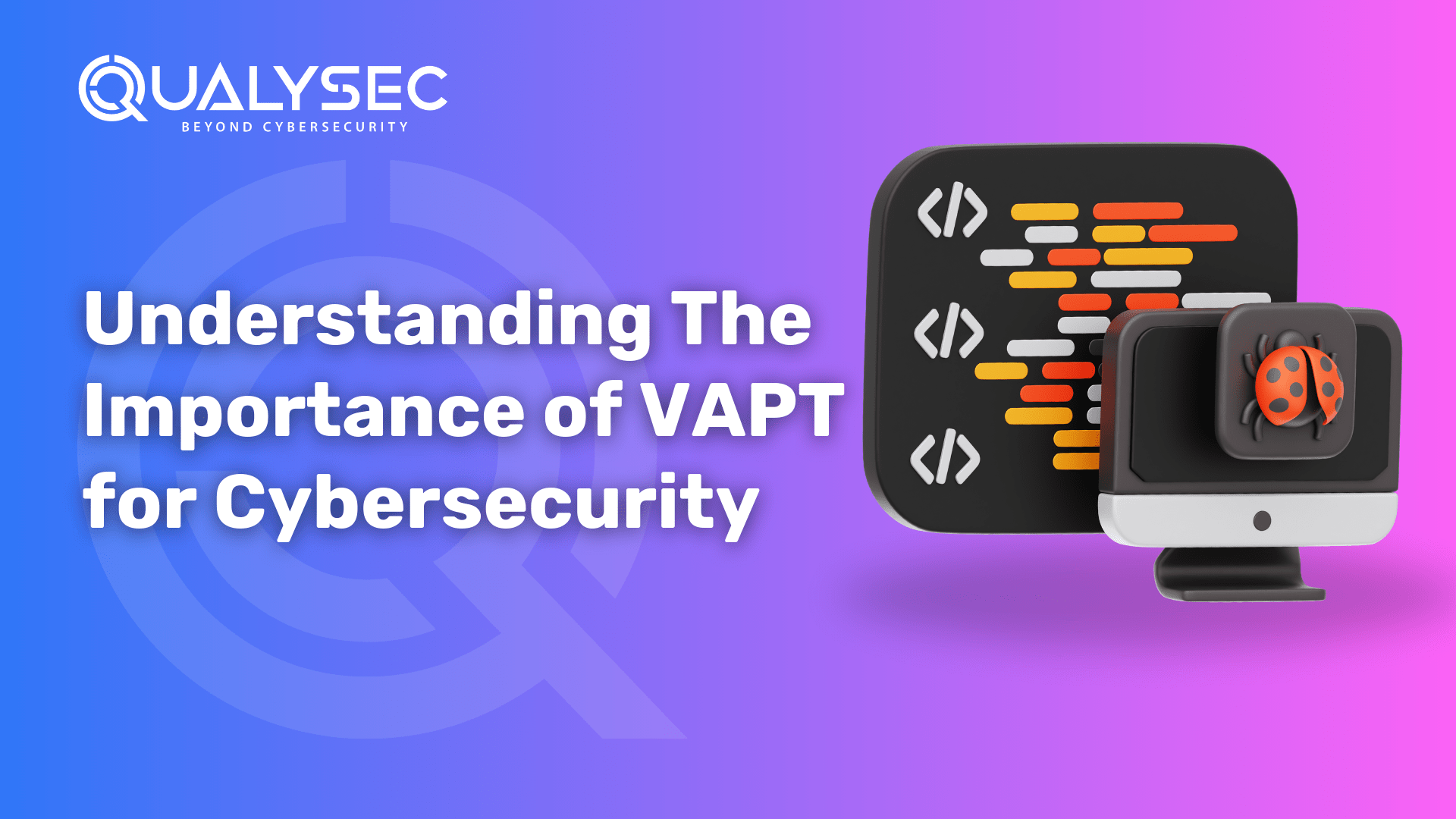
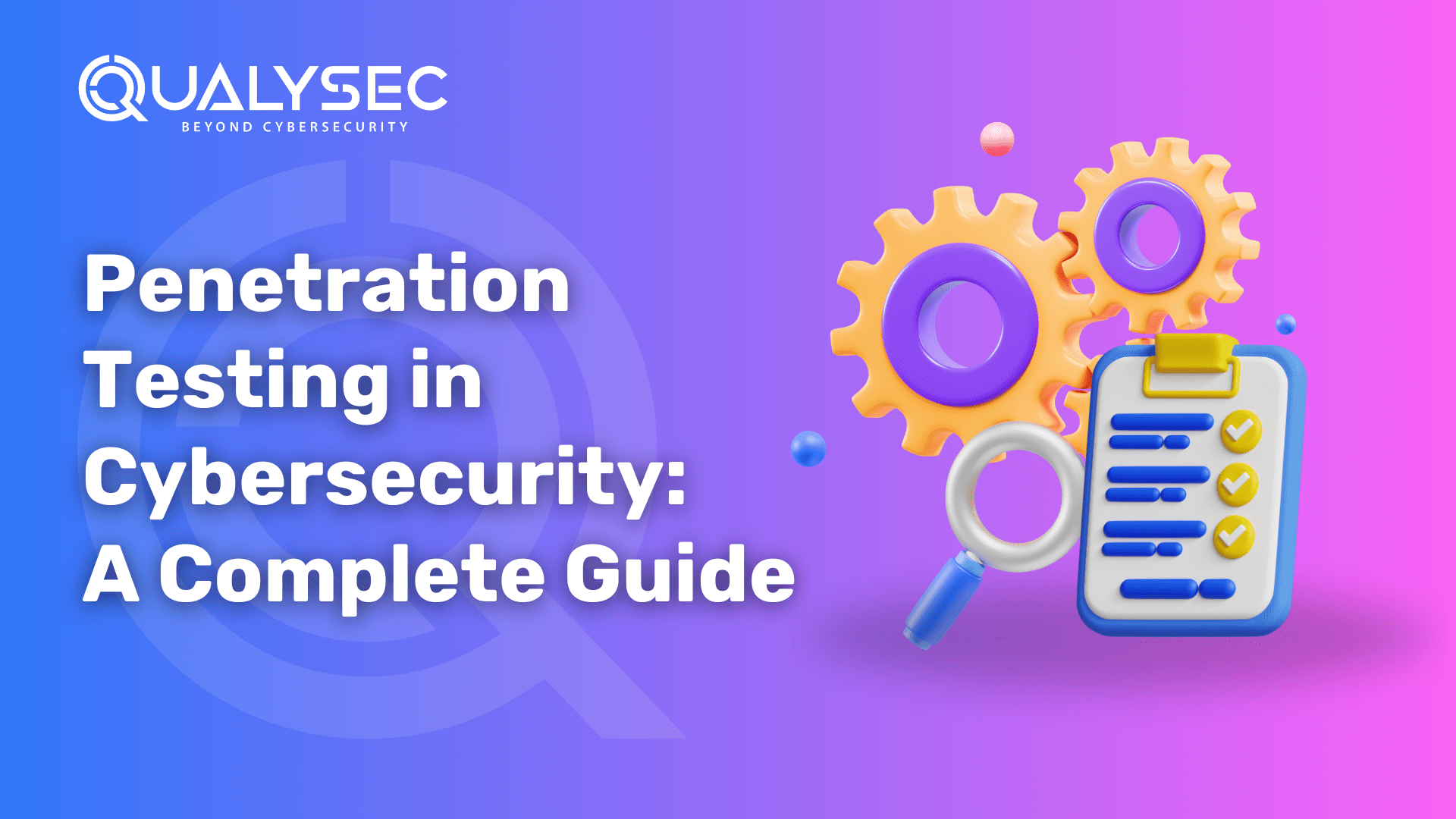


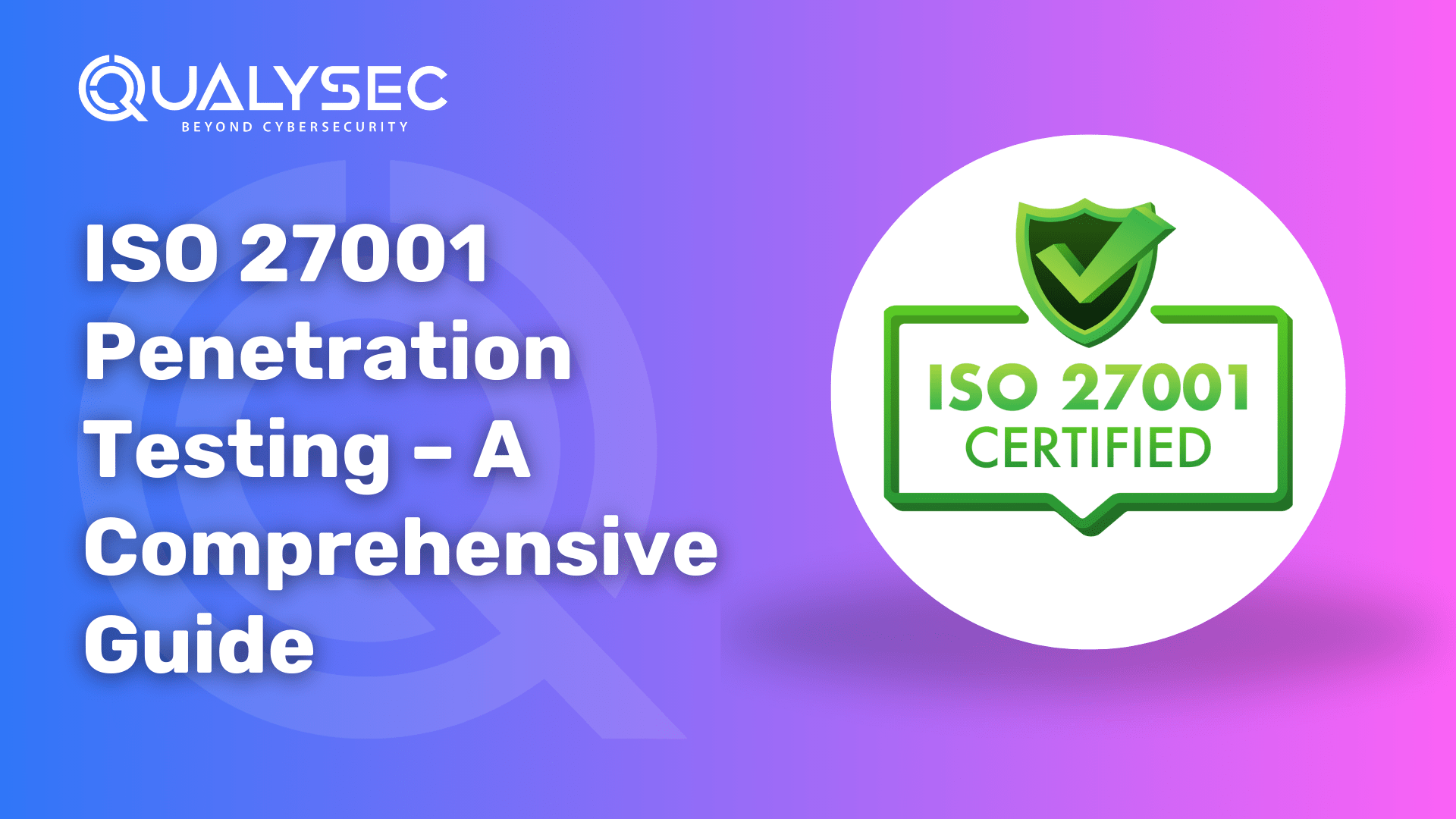
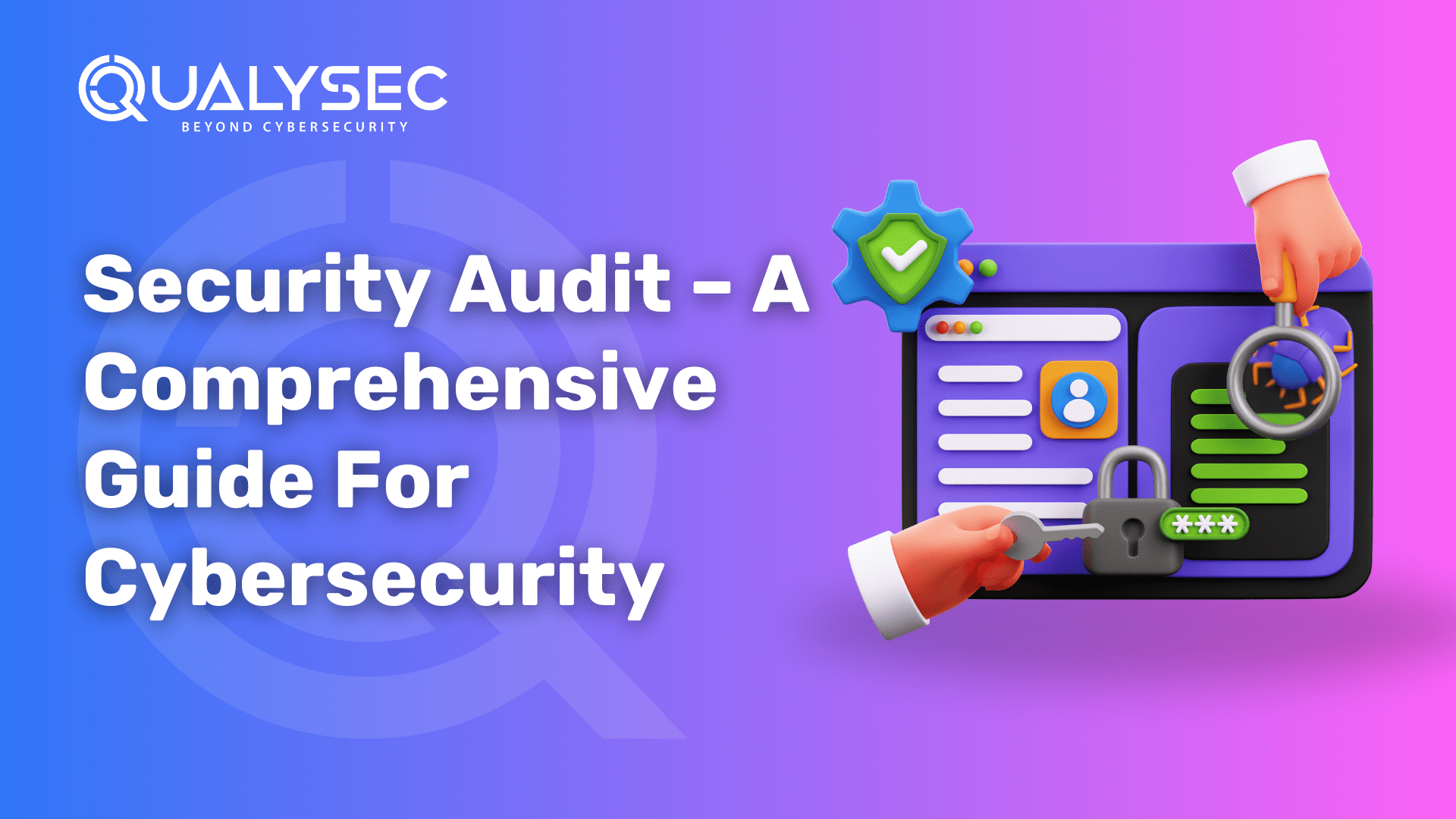
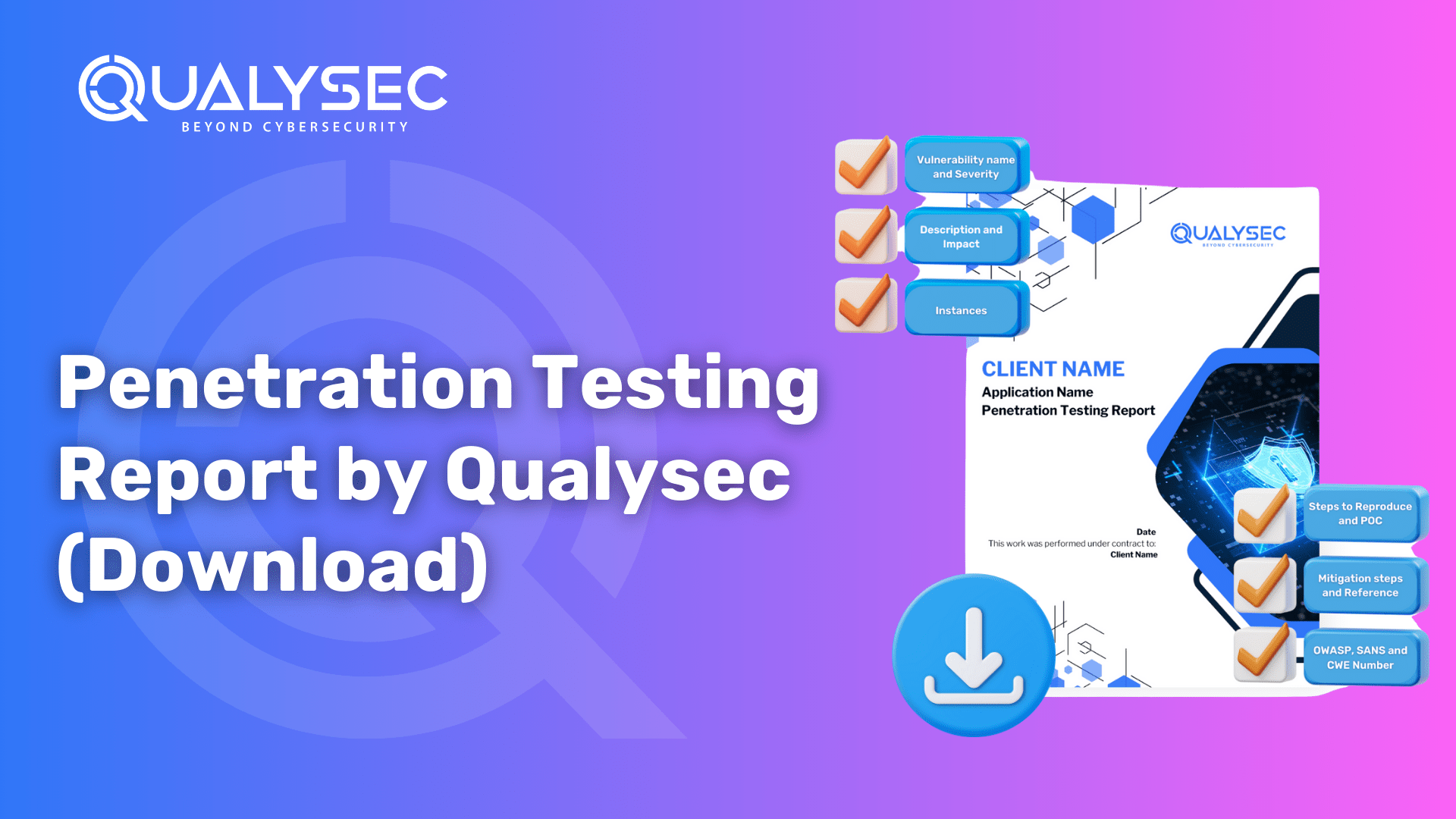
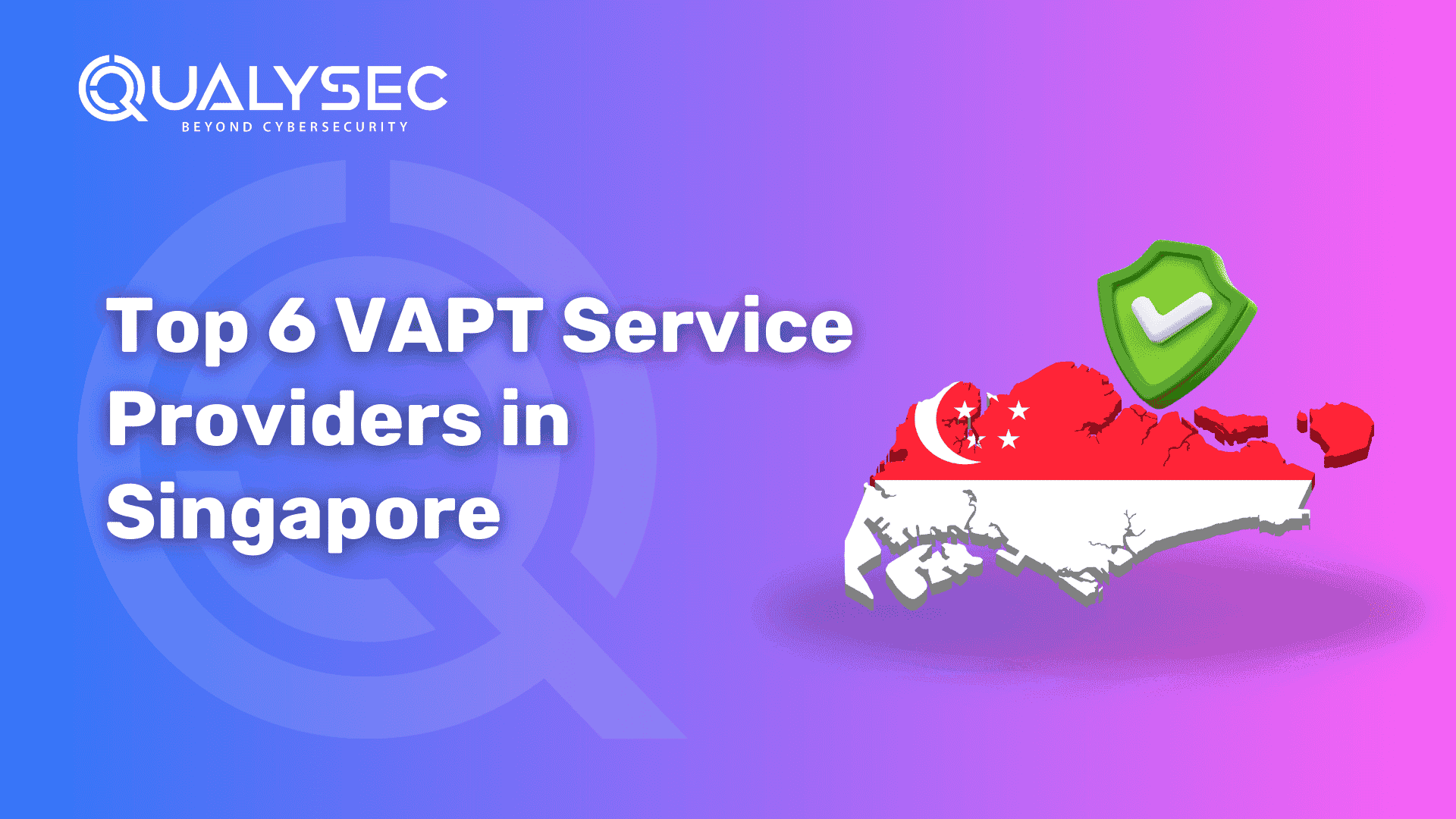



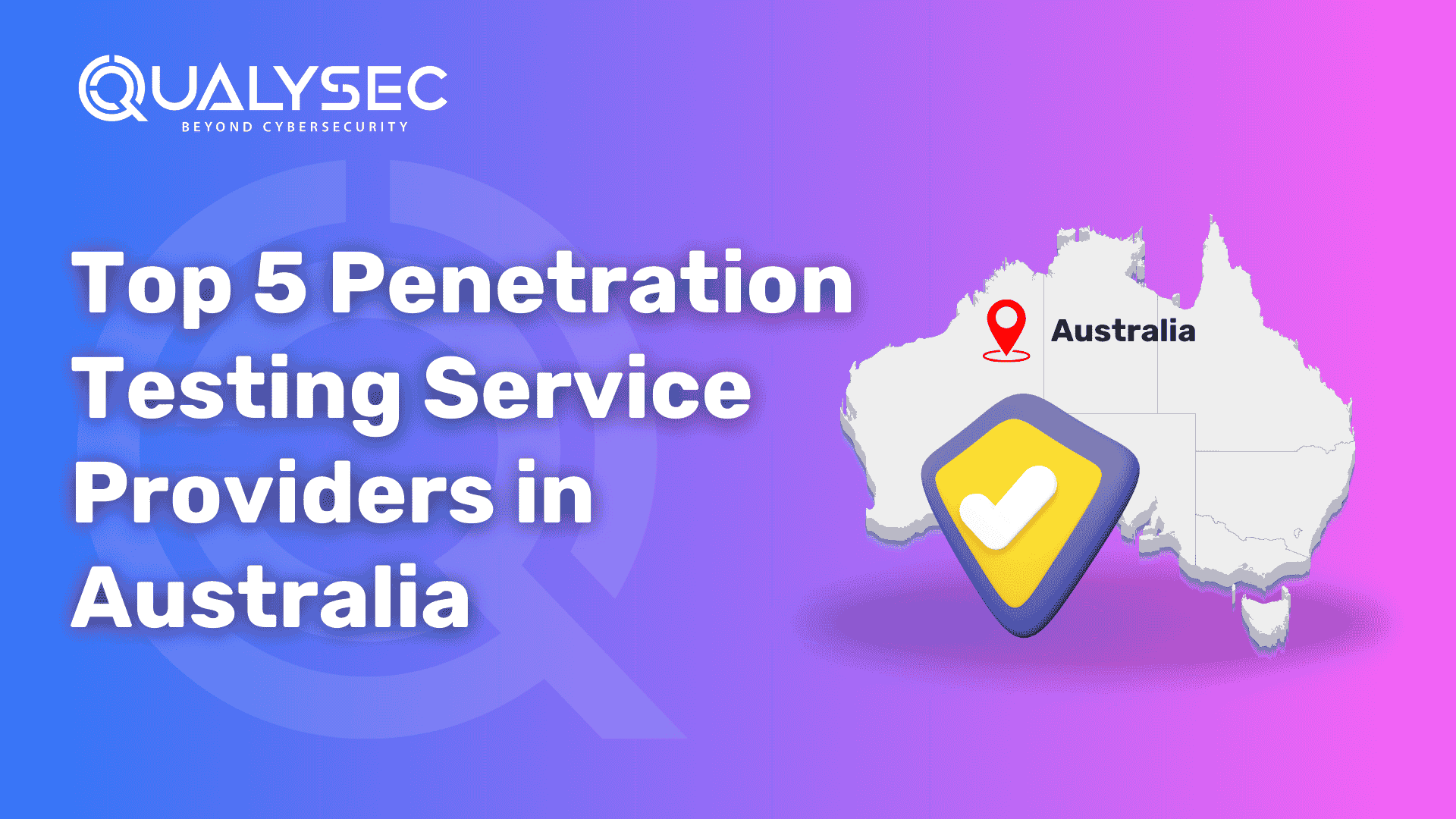
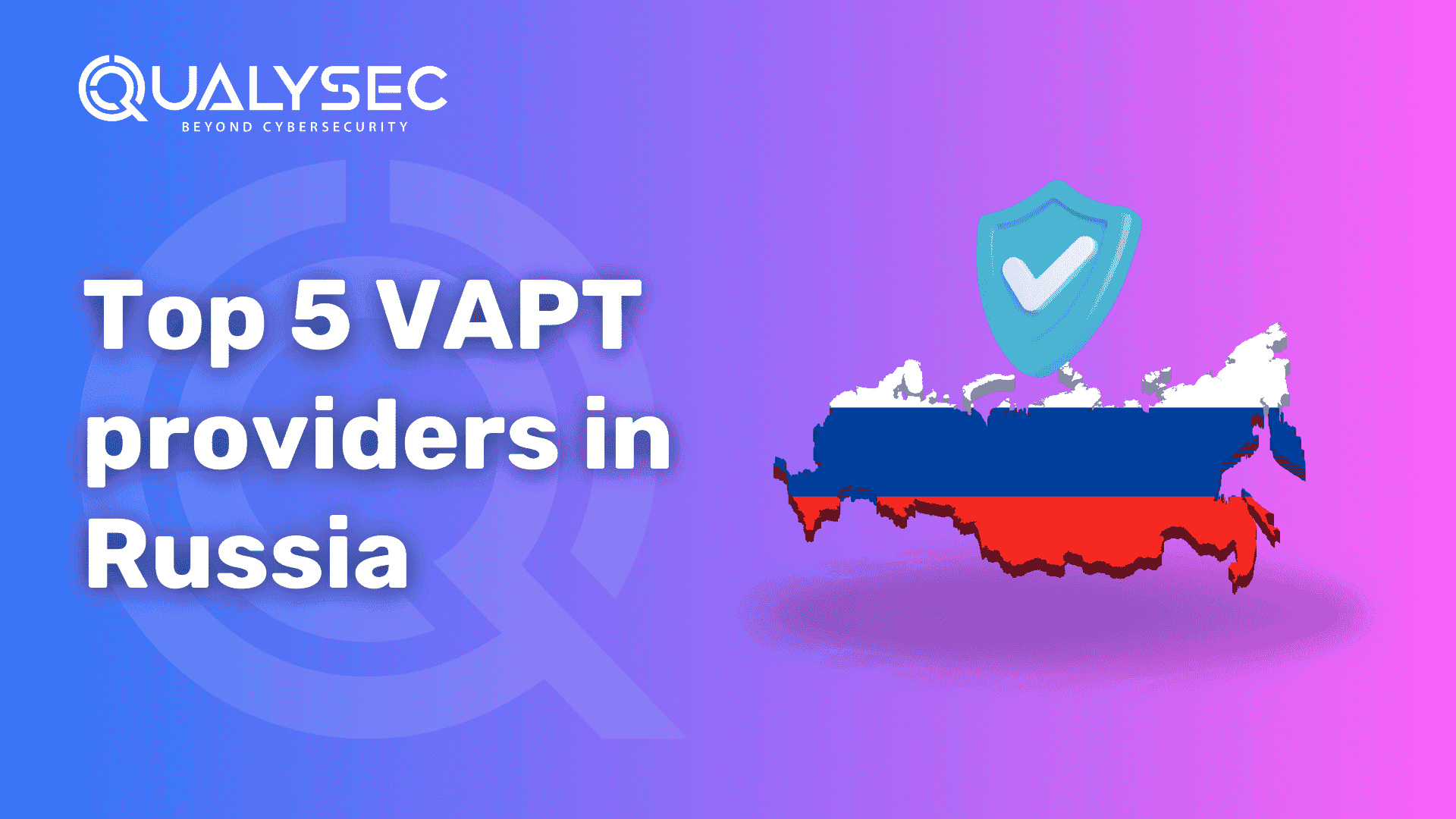
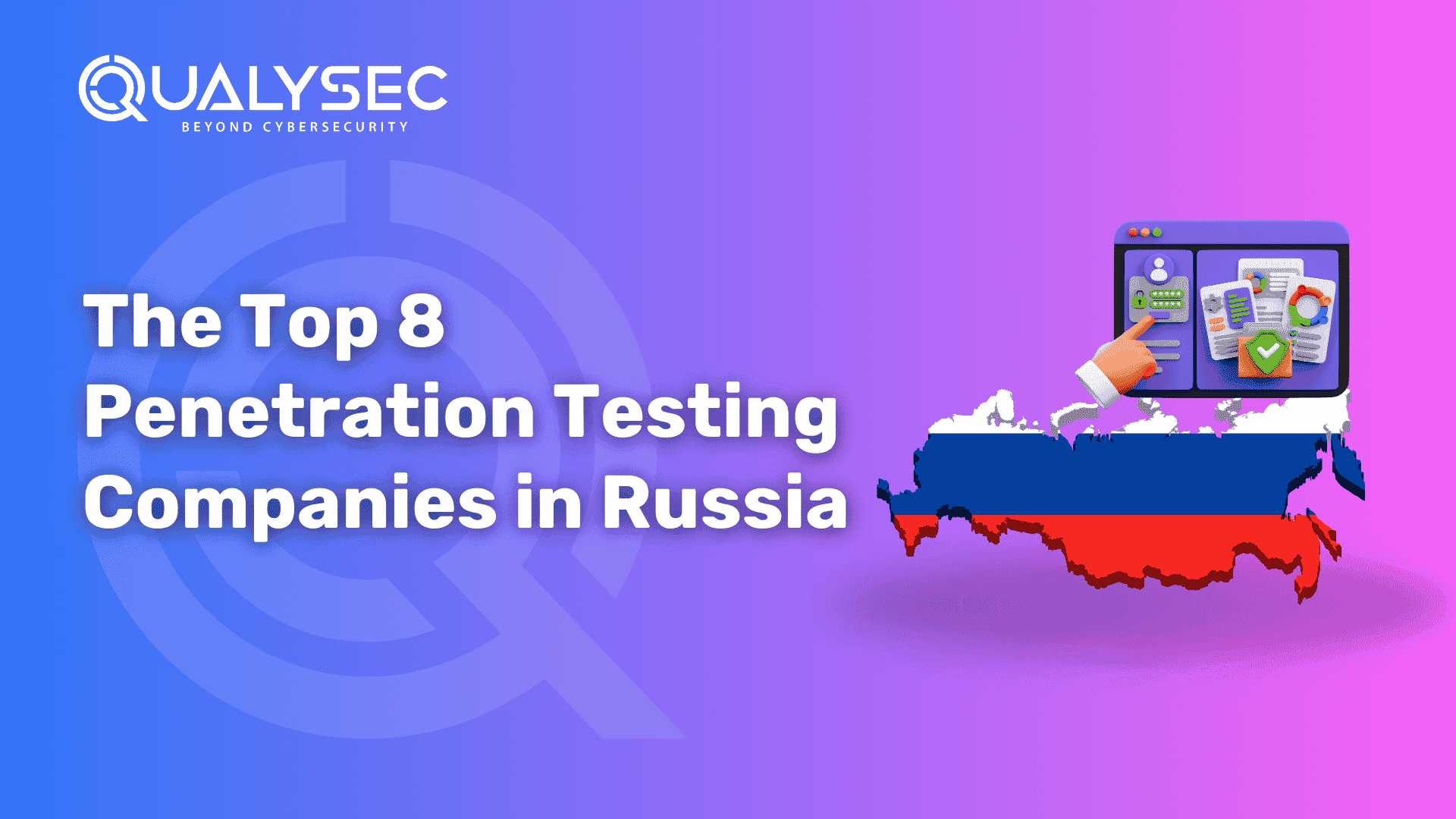
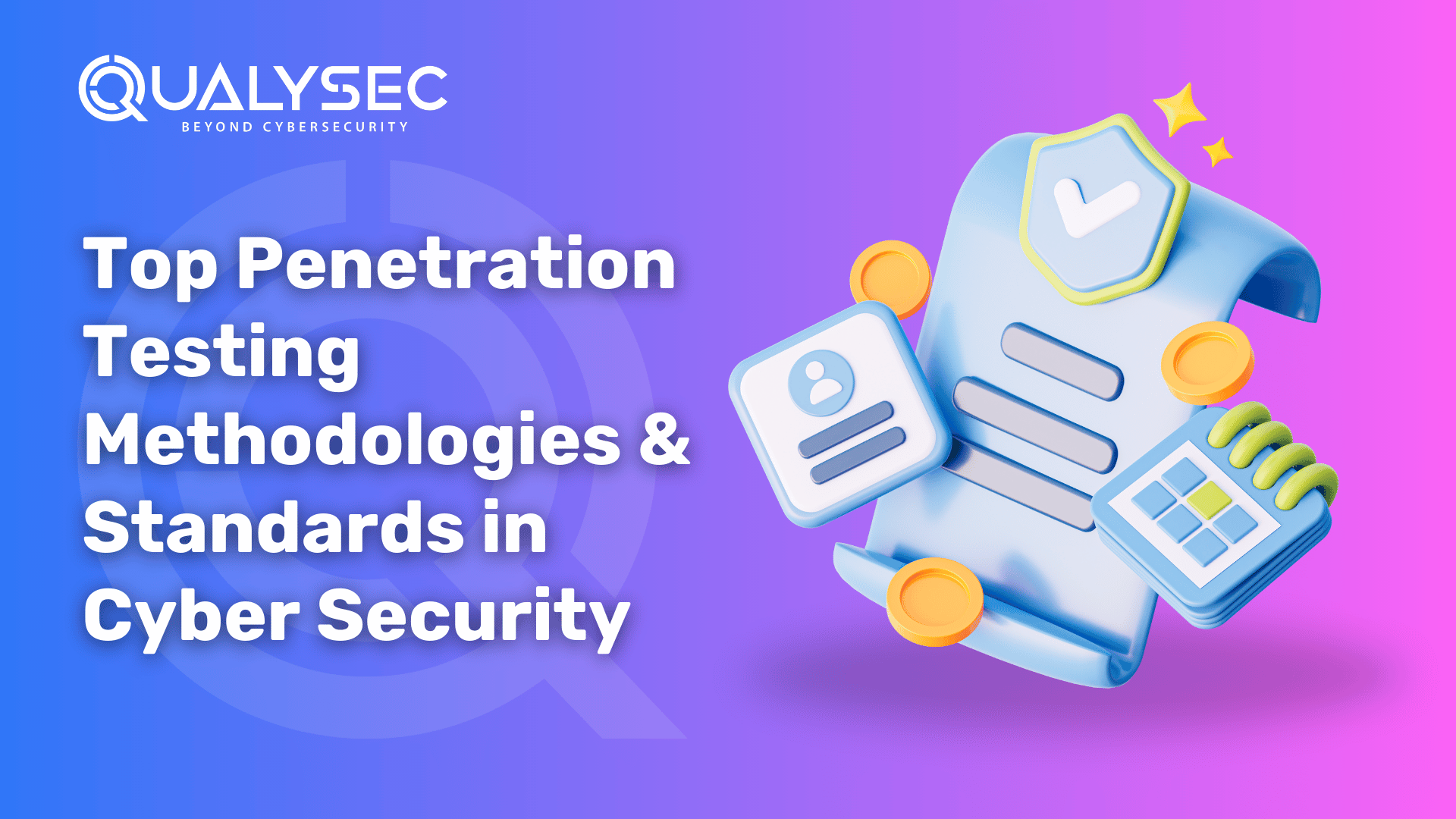
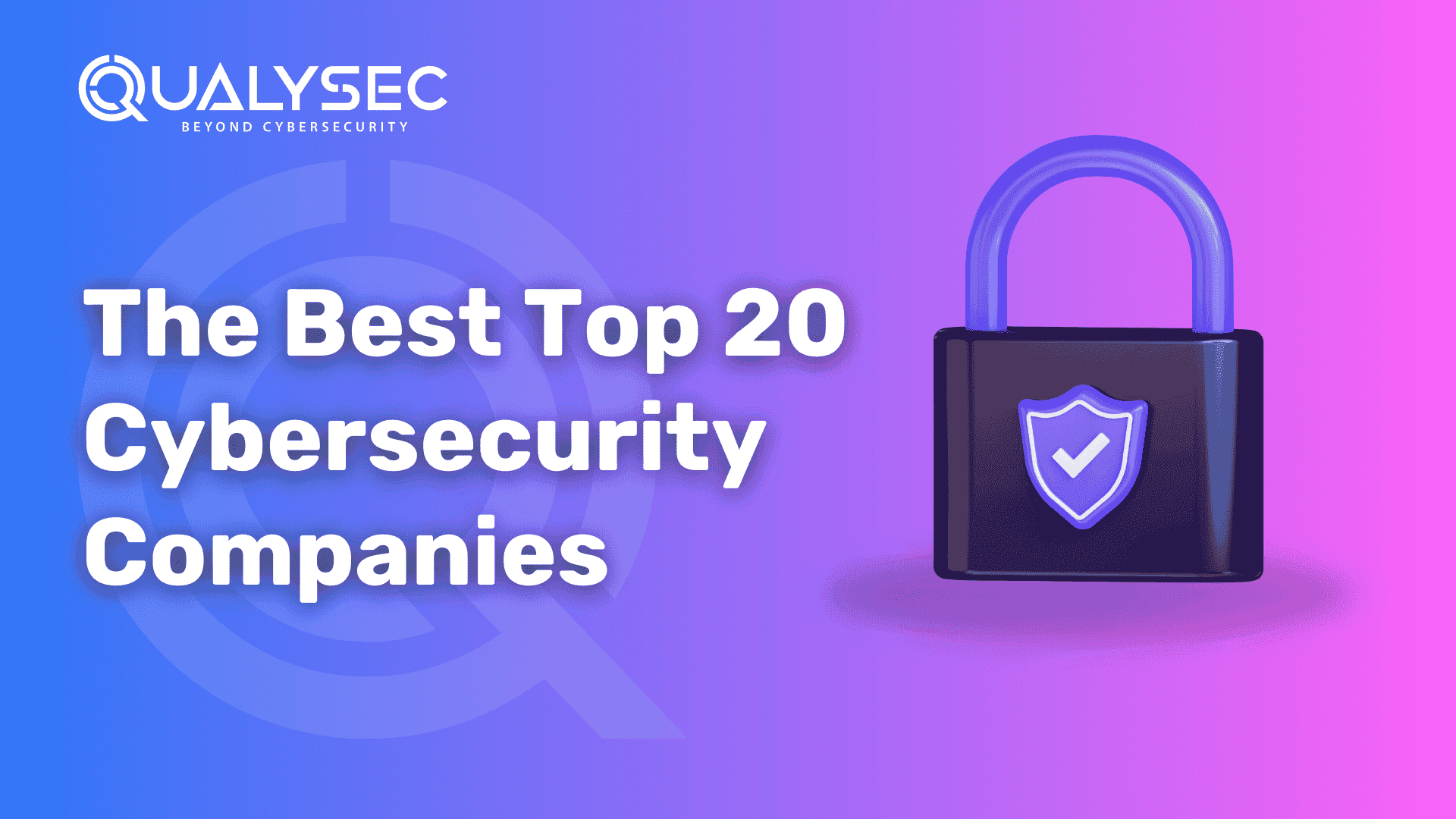
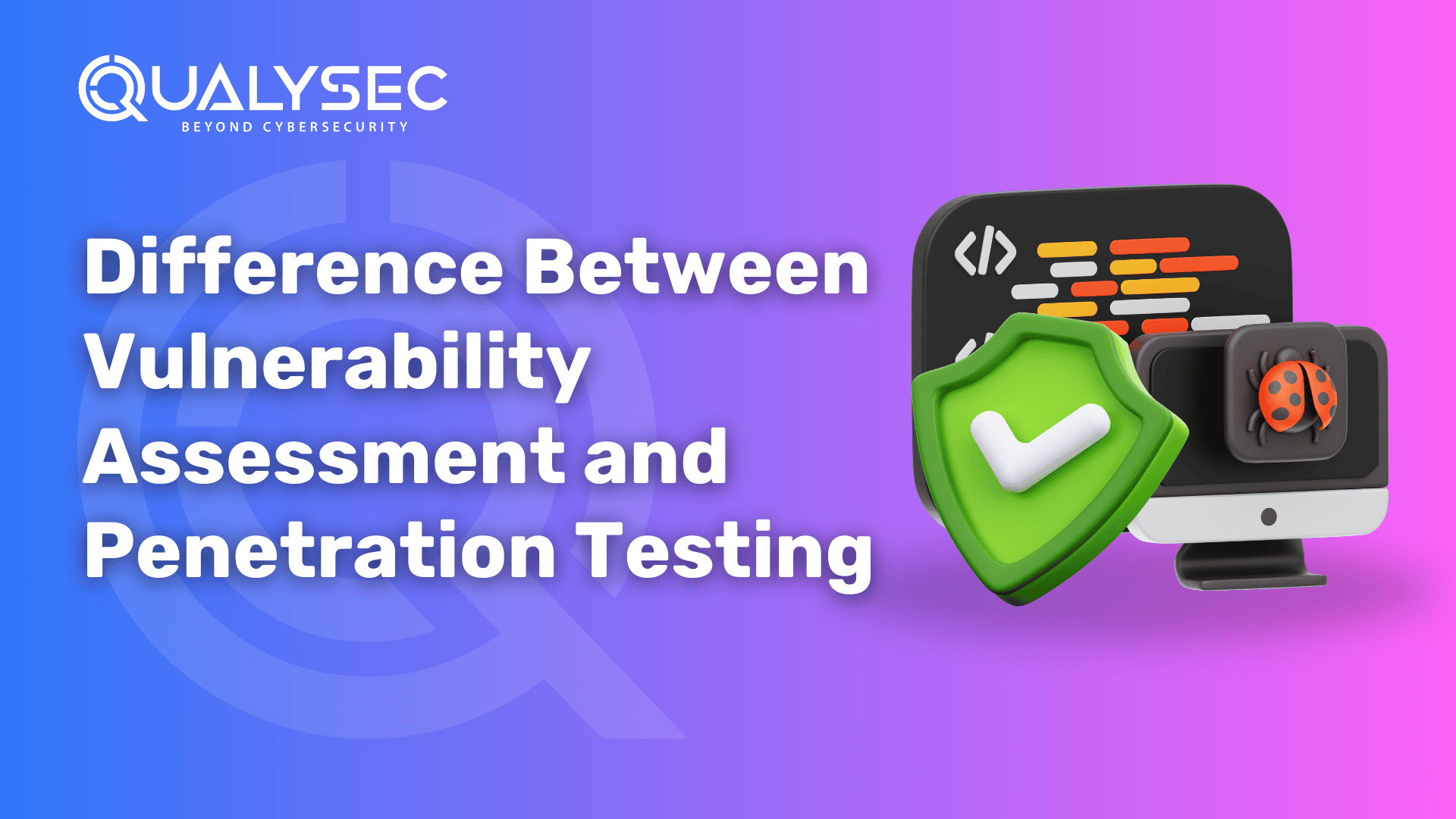
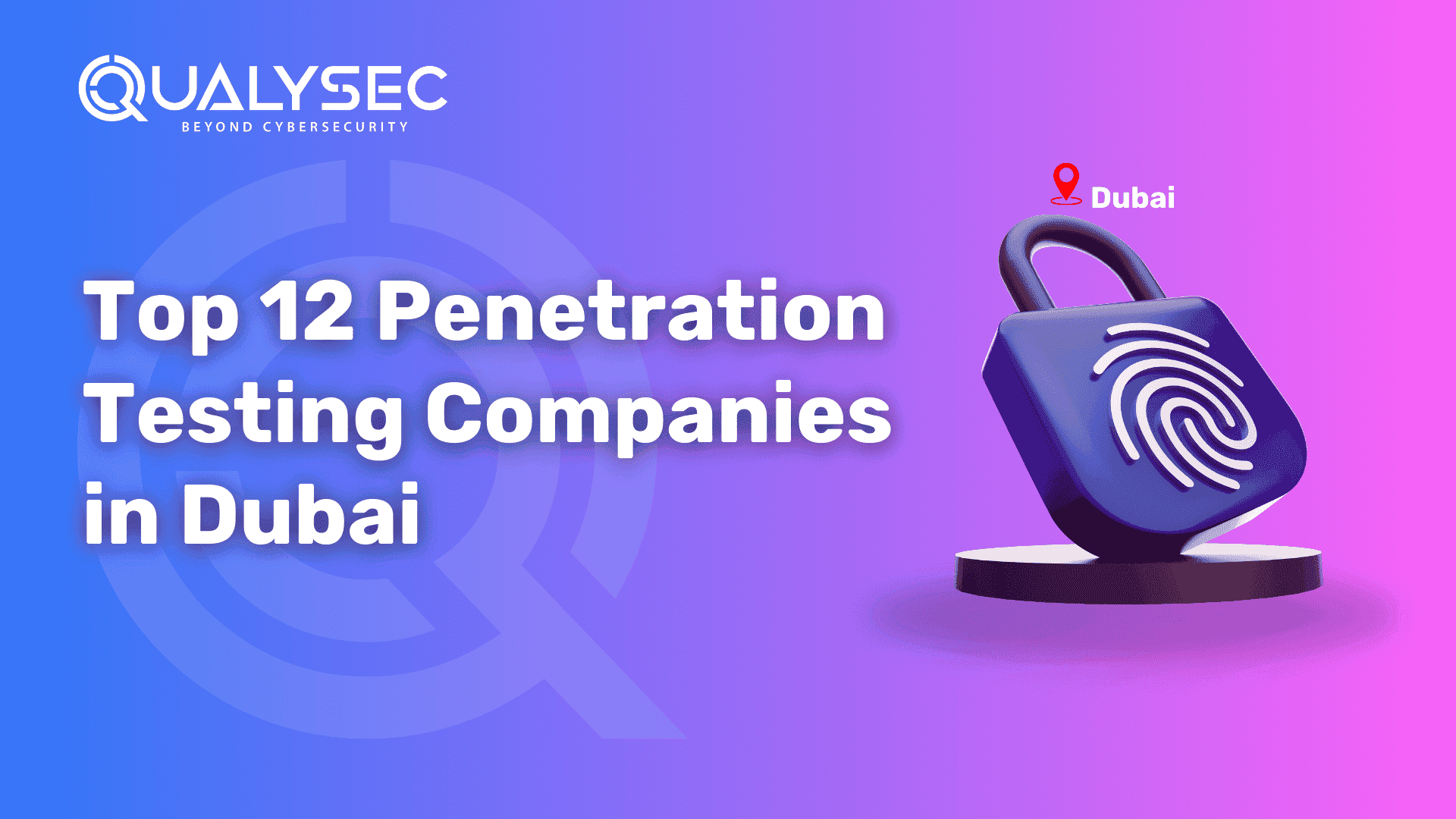

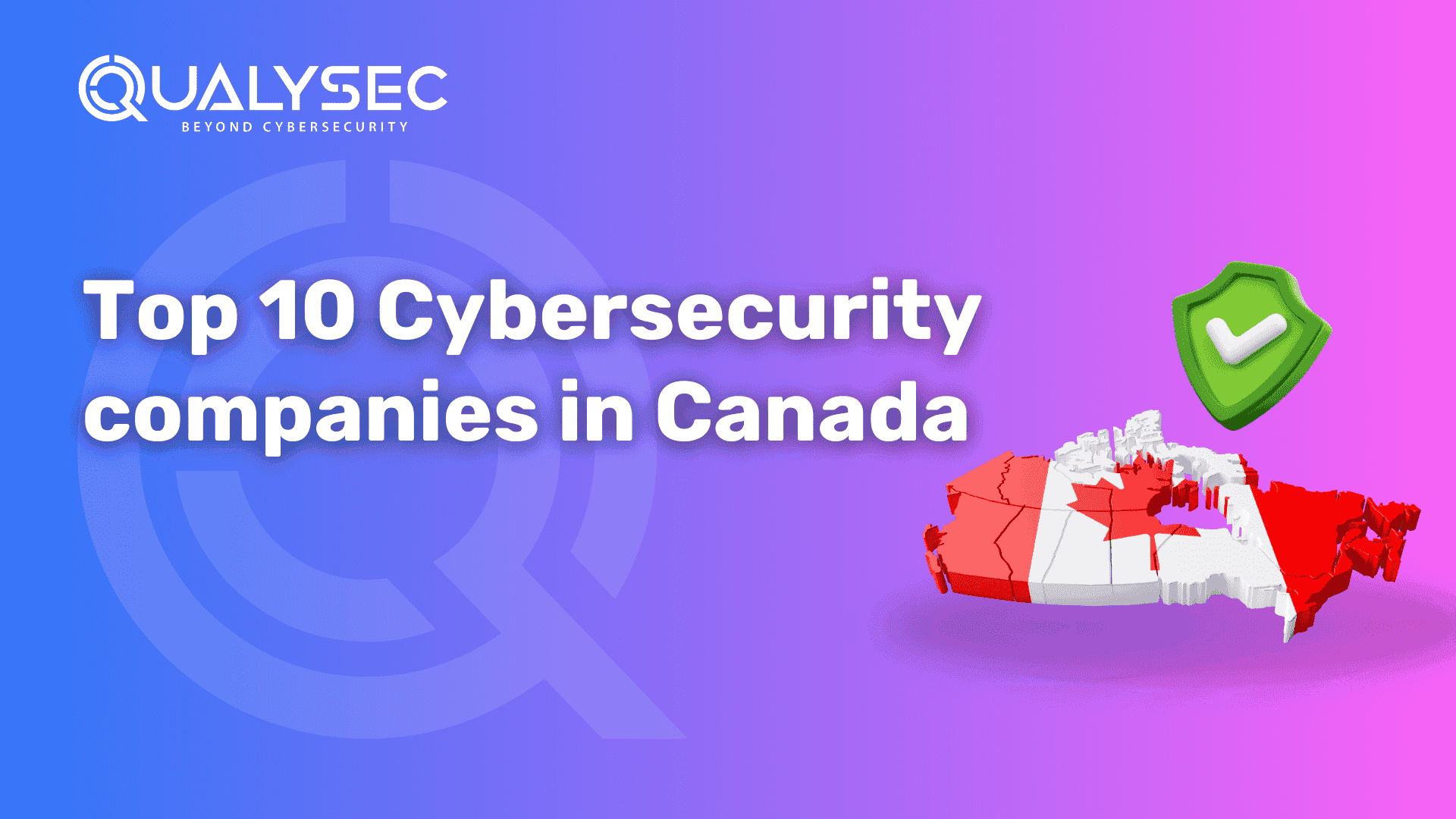




0 Comments